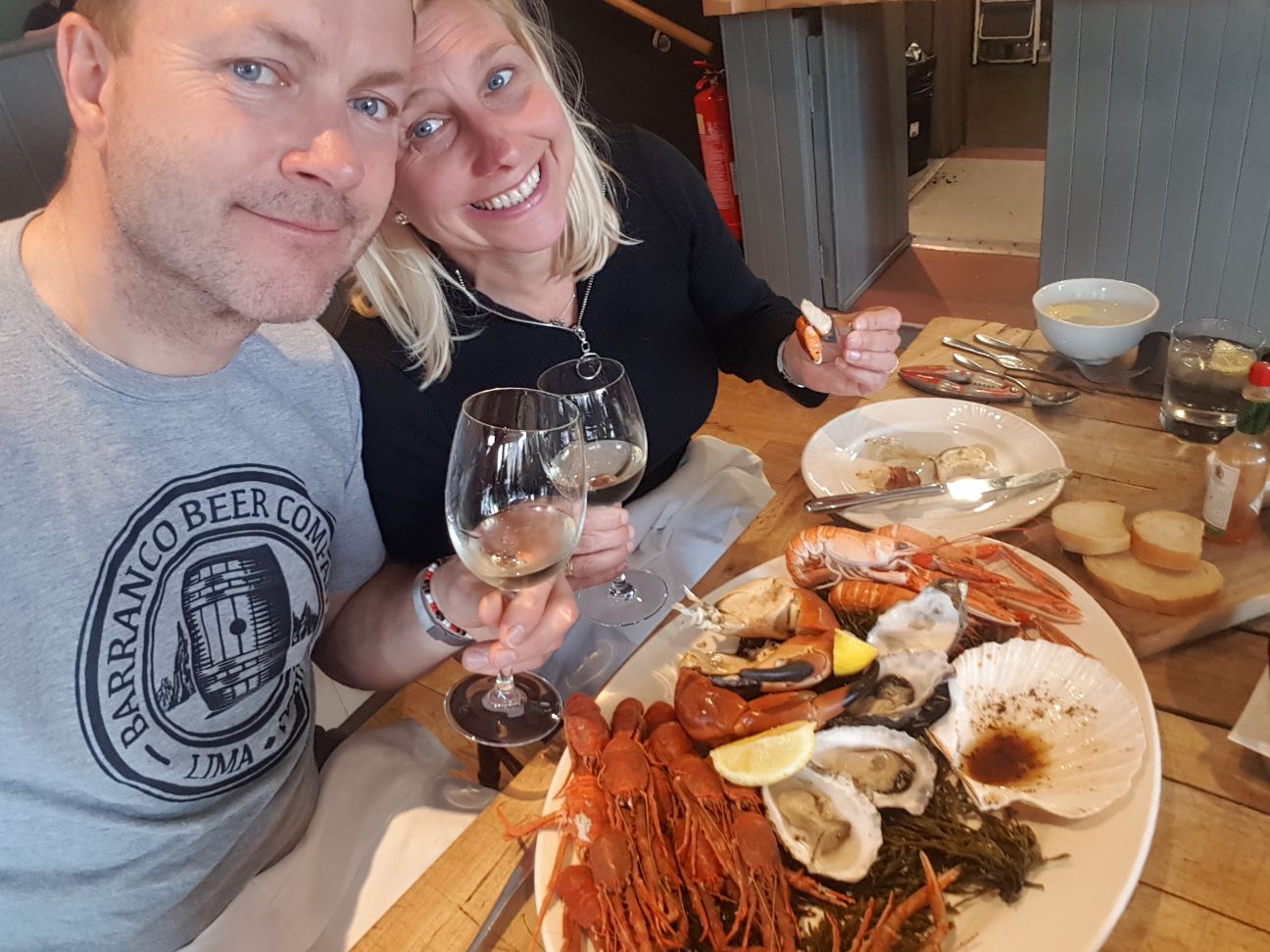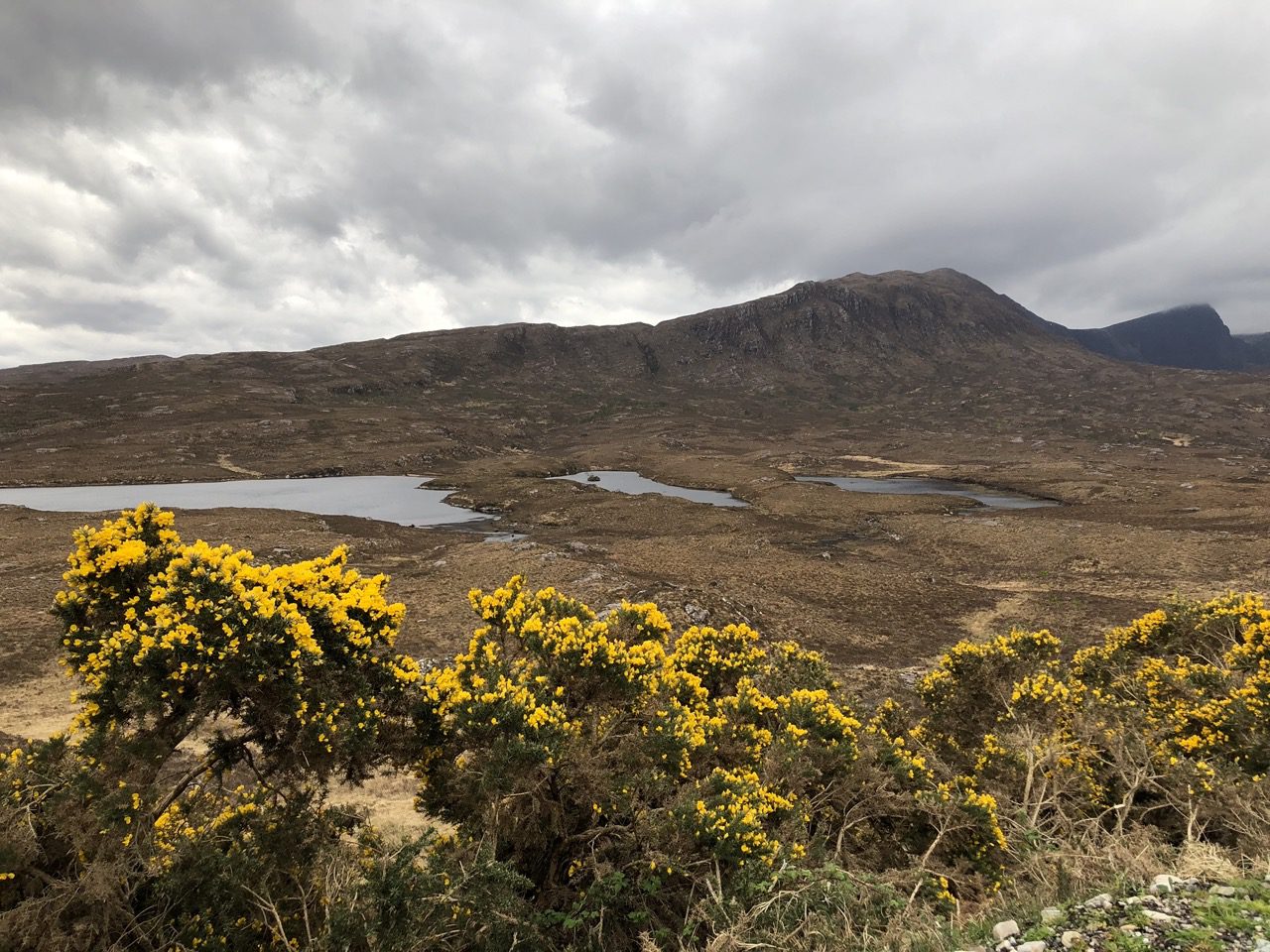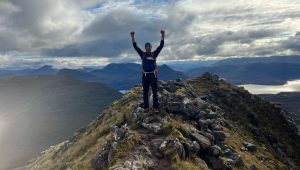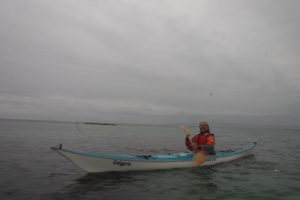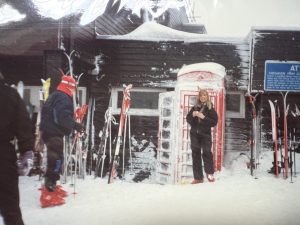🙂 Spectacular Scenery!
Paula and I absolutely love Scotland and decided to drive a portion of the North Coast 500 for our 24th wedding anniversary (which always falls on the early May Bank Holiday). We hired a car on landing at Inverness and did a 5 day Roadtrip with this Itinerary:
Day 1: Inverness – Sruie Hill – Dunrobin Castle – Helmsdale – Castle Sinclair – overnight at Ackergill Tower Castle, Wick (Now a private residence)
Day 2: John O Groats – Duncansby Head – Mey Castle – Dunnet Head Cliff Walk – The Tongue Hotel
Day 3: Cape Wrath – Clo Mor Cliffs – Smoo Cave – The Tongue Hotel
Day 4: Climb Ben Hope – Summer Isles Hotel
Day 5: Boat Trip from Kylesku Hotel – Lochinver – Inverness Airport
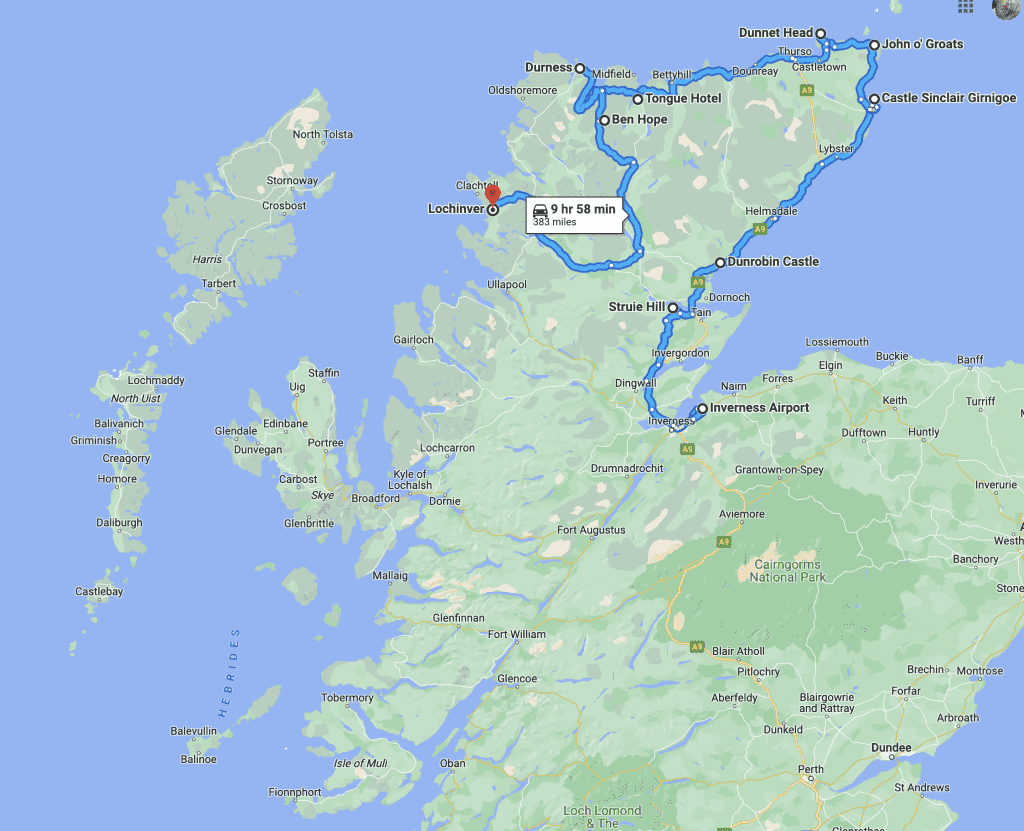
Courtesy of Independent Travel Cats
The North Coast 500 is often called “Scotland’s version of Route 66”, especially by mainstream media. In some ways they are similar in that they are great routes for a road trip and both offer some great scenery and attractions along the way. The best time to drive the North Coast 500 for most people is between May and October as during this period you’ll find most attractions and restaurants open, the greatest variety of lodging, and the best chances for warmer weather. However, this also corresponds with the busiest time along the North Coast 500 which is from early May to late September.
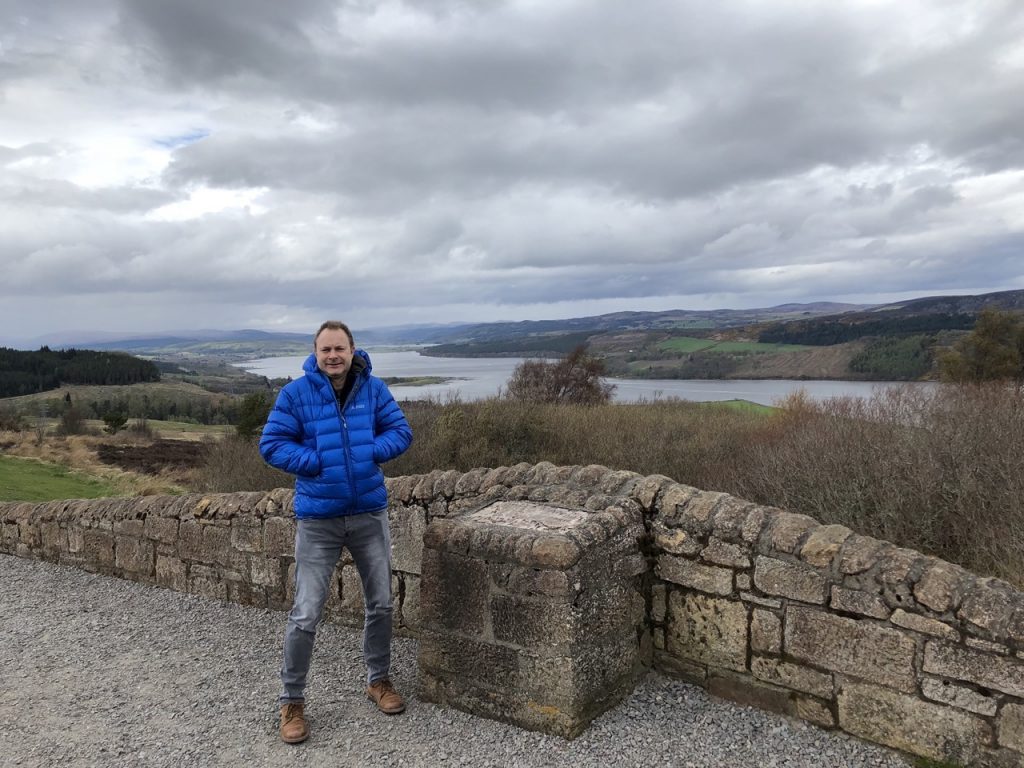
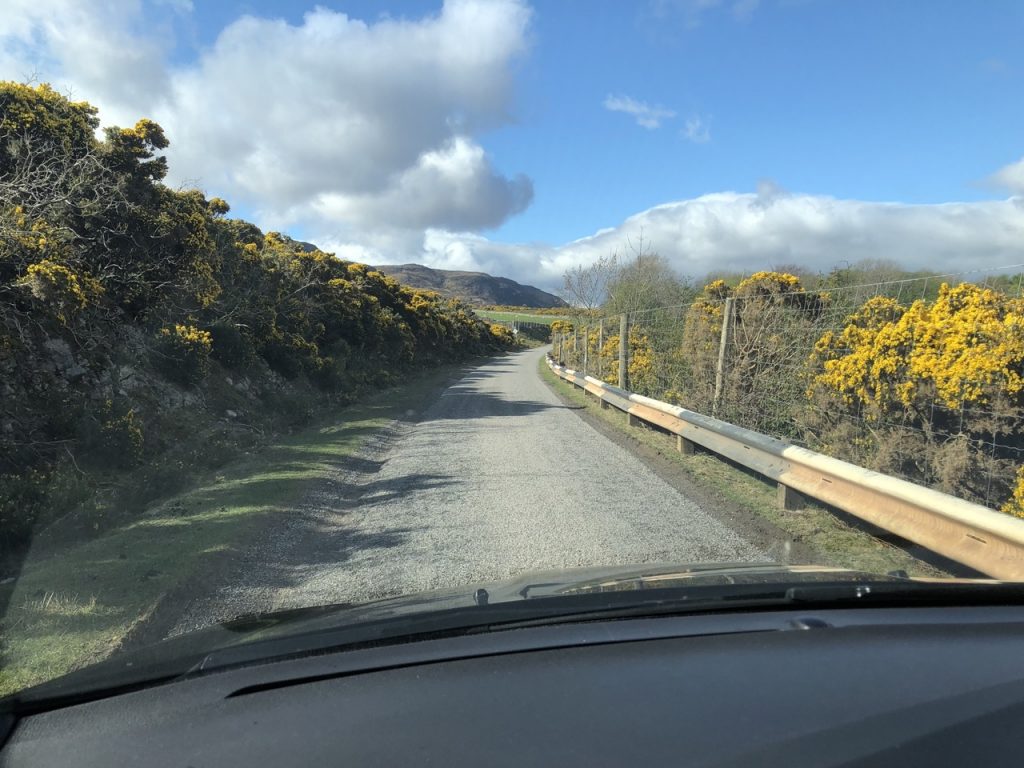
There are two main advantages of driving it counterclockwise (heading towards Invergordon and seeing the east coast first). The first is that if you are not used to single track roads, driving the route counterclockwise helps ease you into them better than driving it clockwise. So we recommend this direction for those tackling single track roads for the first time. The other advantage of driving the route in the counterclockwise direction is that the most dramatic portions (to us anyway) are along the north and west coasts so you save those towards the end of the trip. So the ruggedness continues to increase along the drive which is nice. However there is no right way to drive the route so head in the direction that makes the most sense for you! Saying that – we did the opposite as time was short and we were doing the last bit on our trip.
The NC500 route officially begins and ends in the city of Inverness at Inverness Castle, forming a loop. However, you can begin and end the route anywhere you choose although Inverness, as the largest city along the route, is a convenient place to start and stop. Recently North Coast 500 brown tourist signs are posted along the route to help people stay on the route.
There are a number of castles along the route, ranging from crumbled ruins to the former home of Queen Elizabeth, The Queen Mother to picturesque Disney-like castles. Some that you might want to consider visiting along or near the route (all open to the public, although some have seasonal hours) are Cawdor Castle, Dunrobin Castle, Castle Sinclair Girnigoe ruins, and the Castle of Mey which all lay along the eastern part of the route between Inverness and the small village of Mey.
Our first stop was Dunrobin Castle. Dunrobin Castle is a stately home in Sutherland, in the Highland area of Scotland, as well as the family seat of the Earl of Sutherland and the Clan Sutherland. It is located one mile north of Golspie and approximately five miles south of Brora, overlooking the Dornoch Firth. Splendid – but their lust of blood sport was a bit over the top!
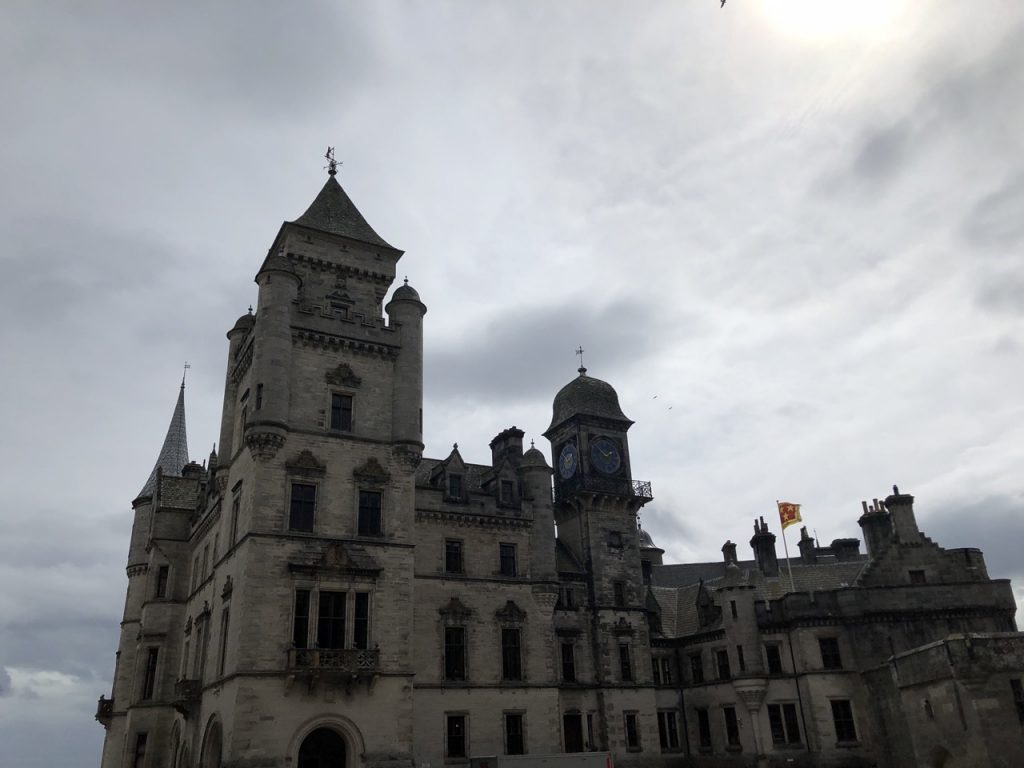
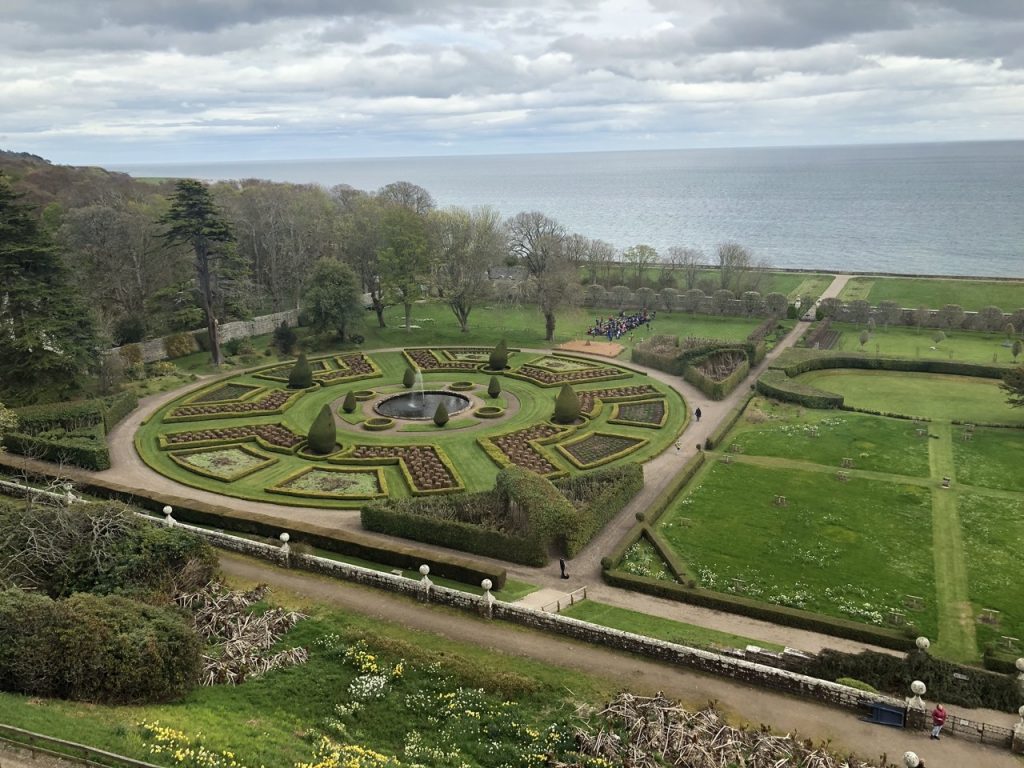
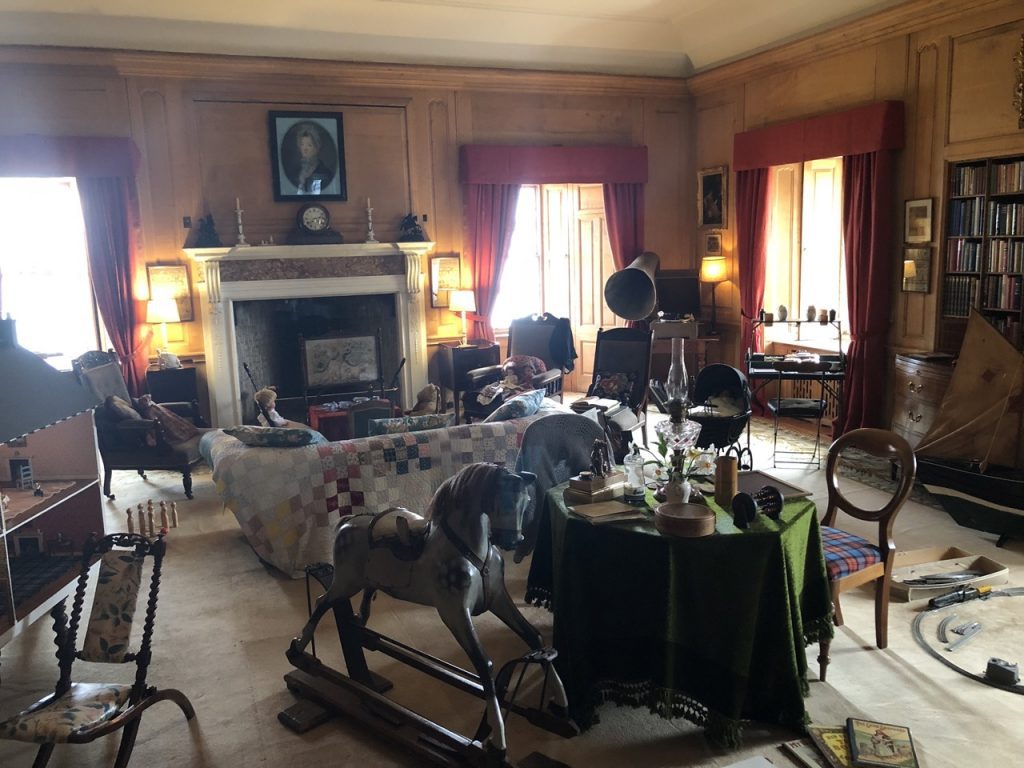
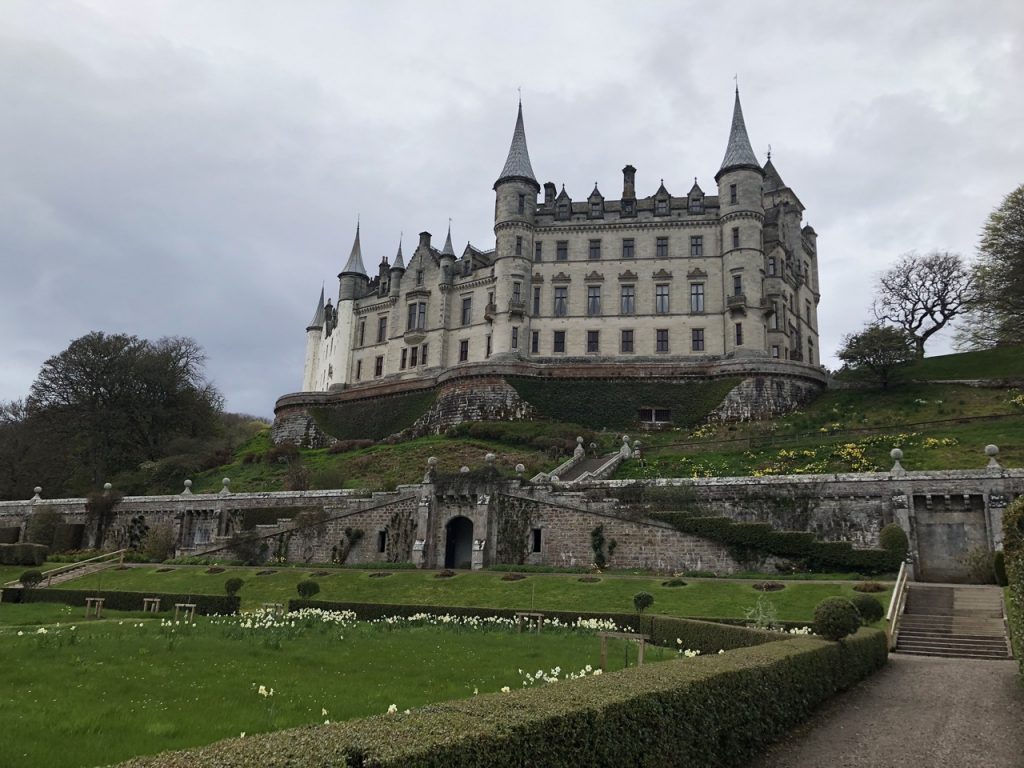
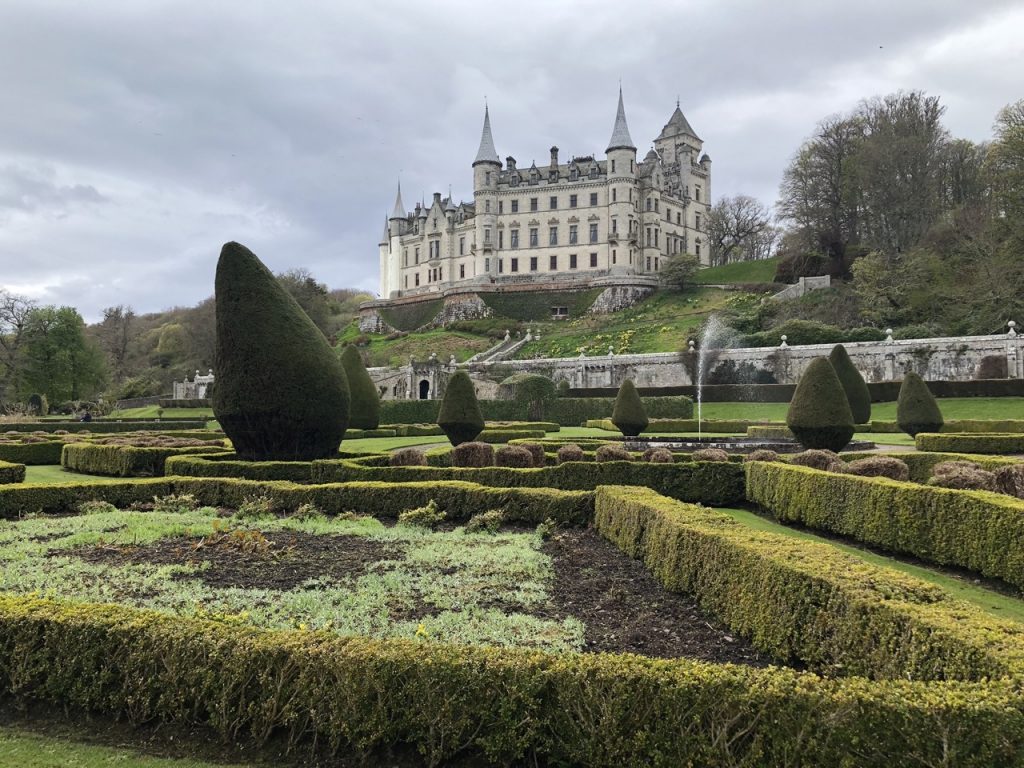
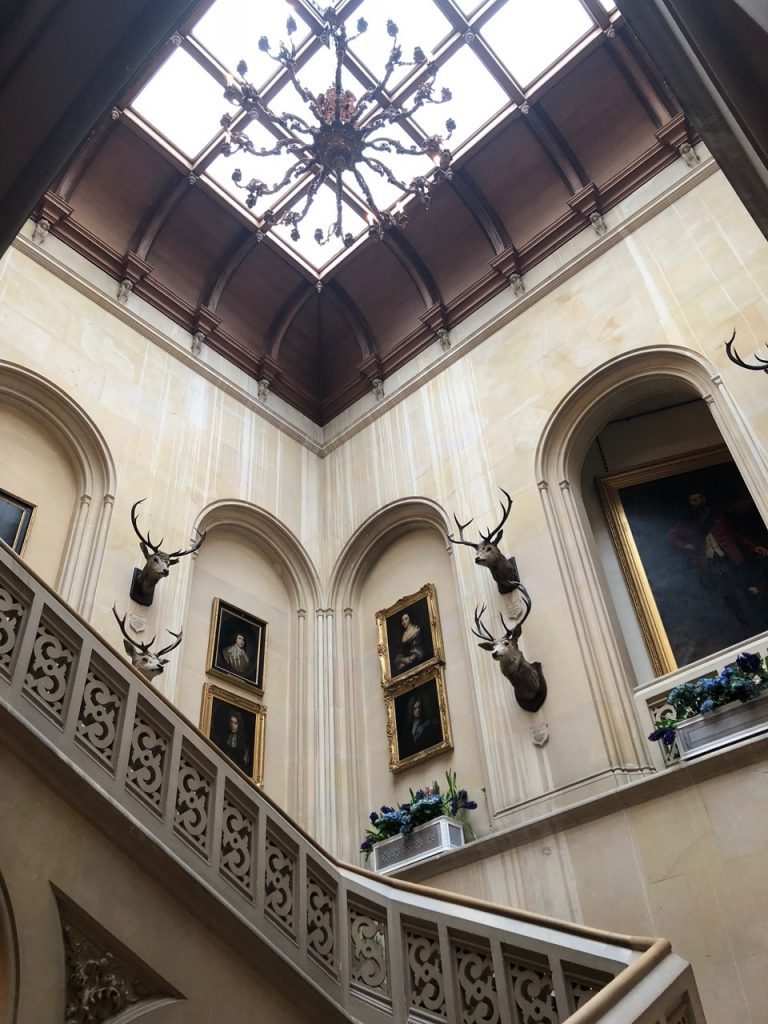
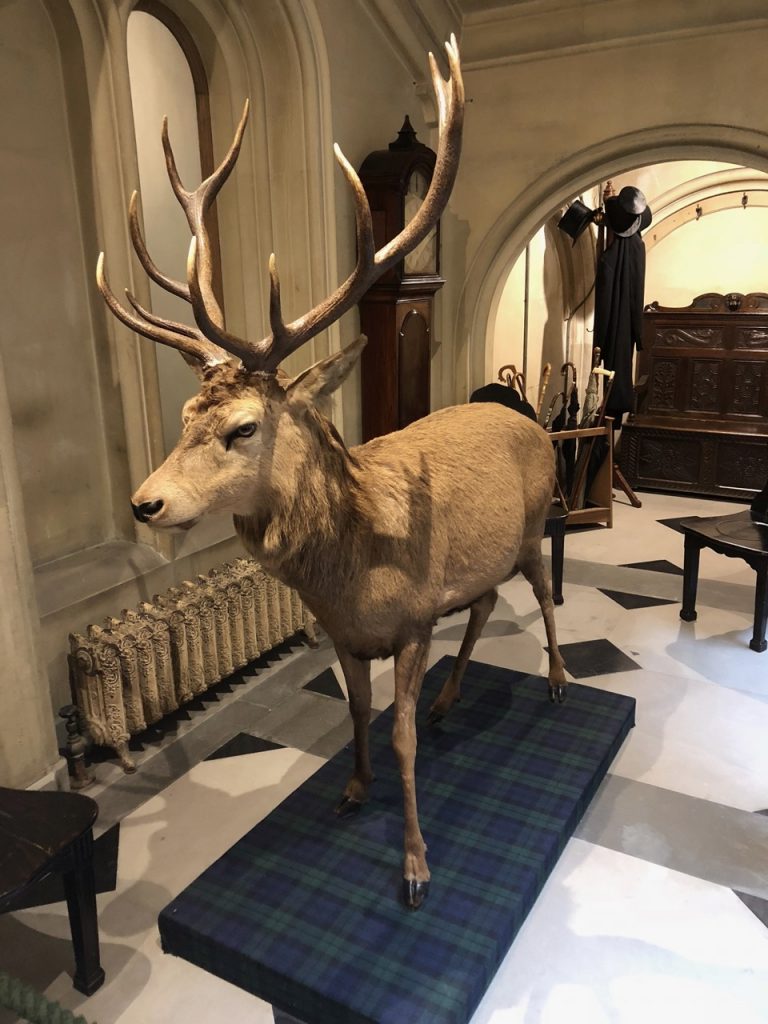
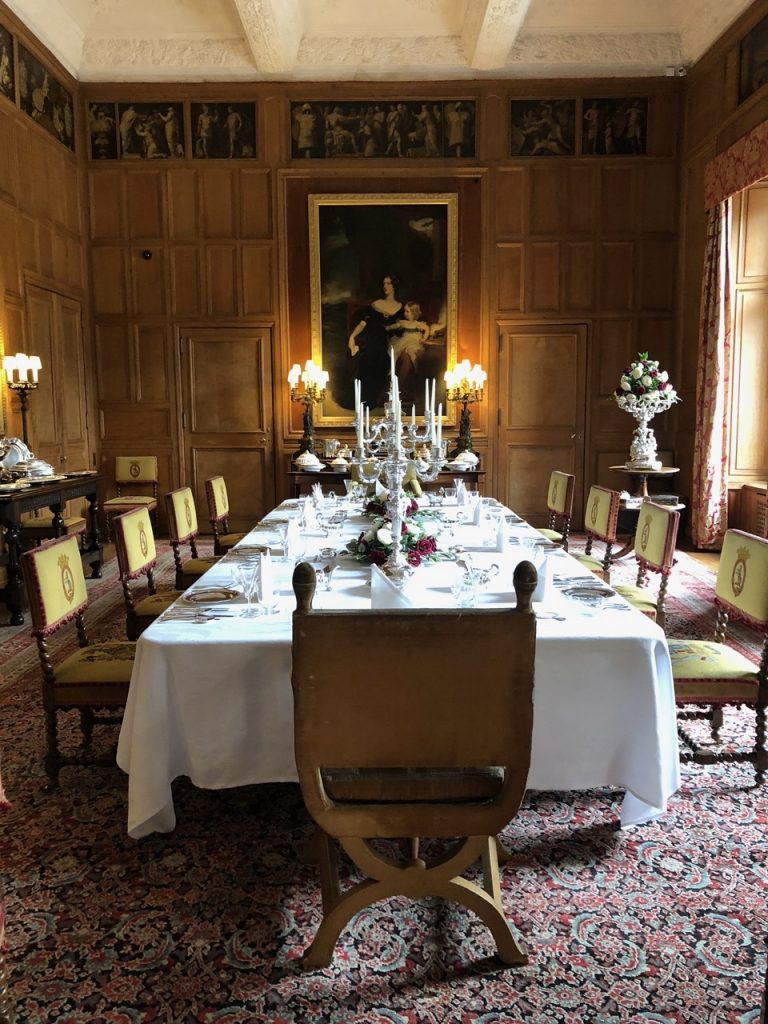
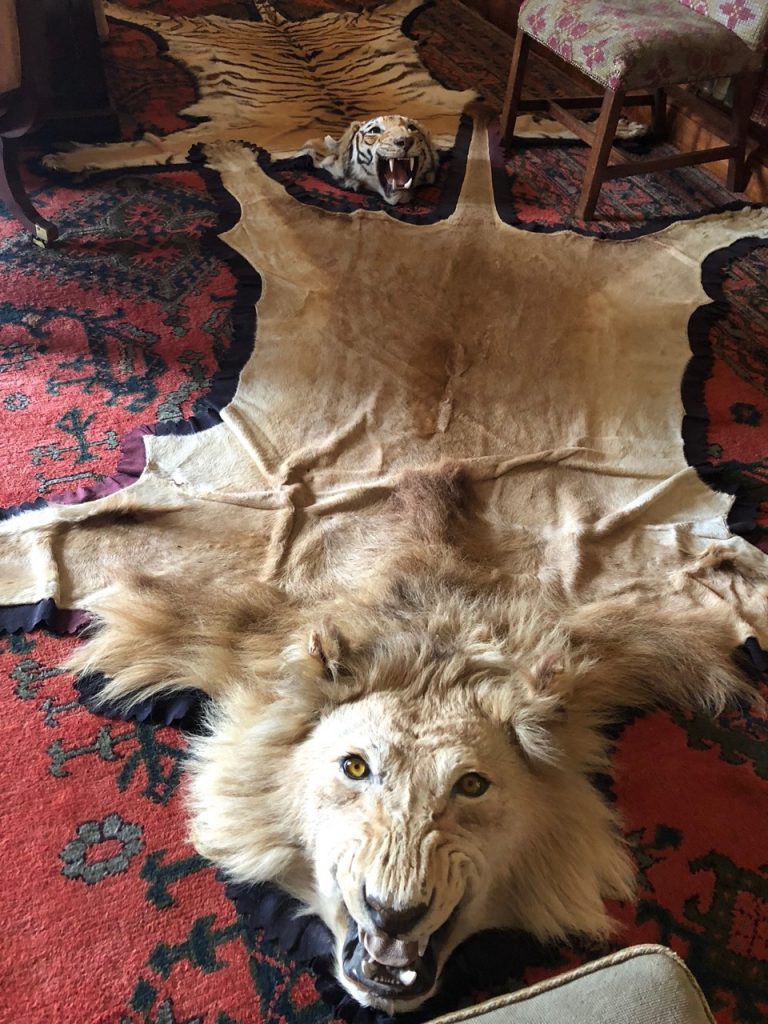
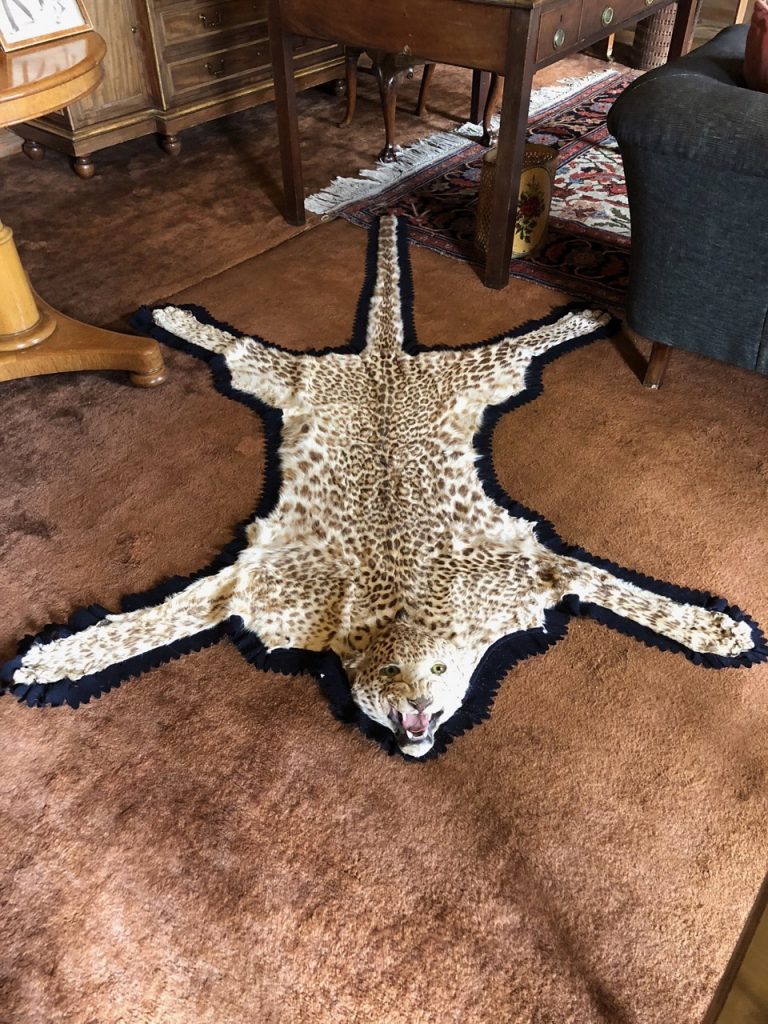
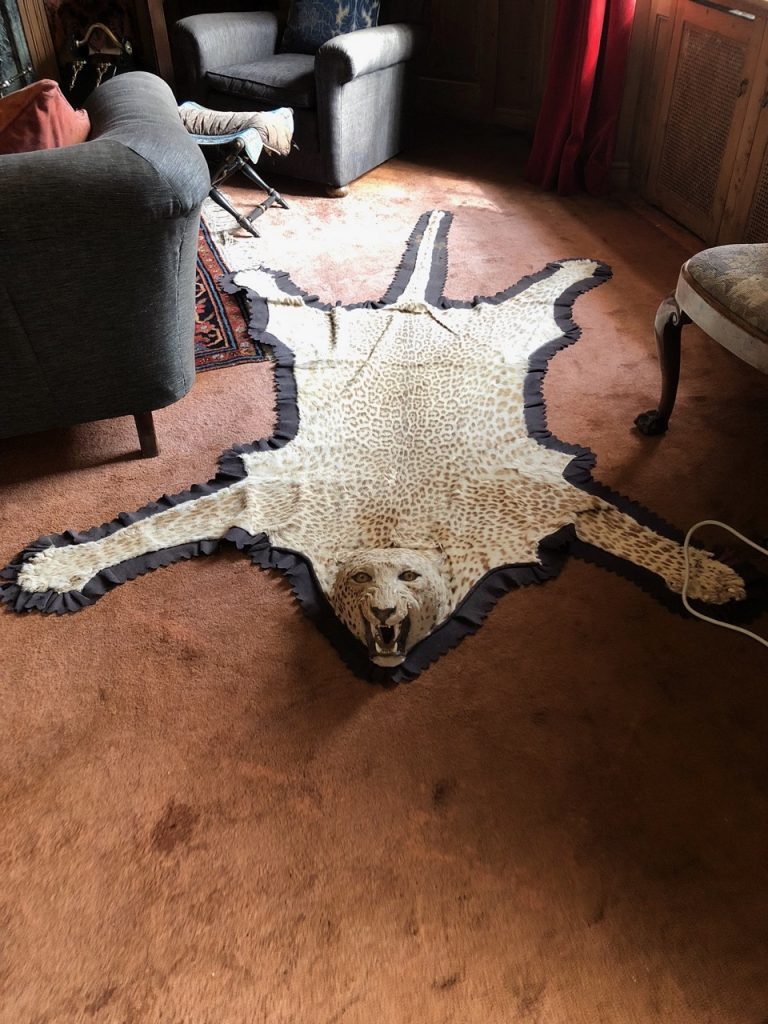
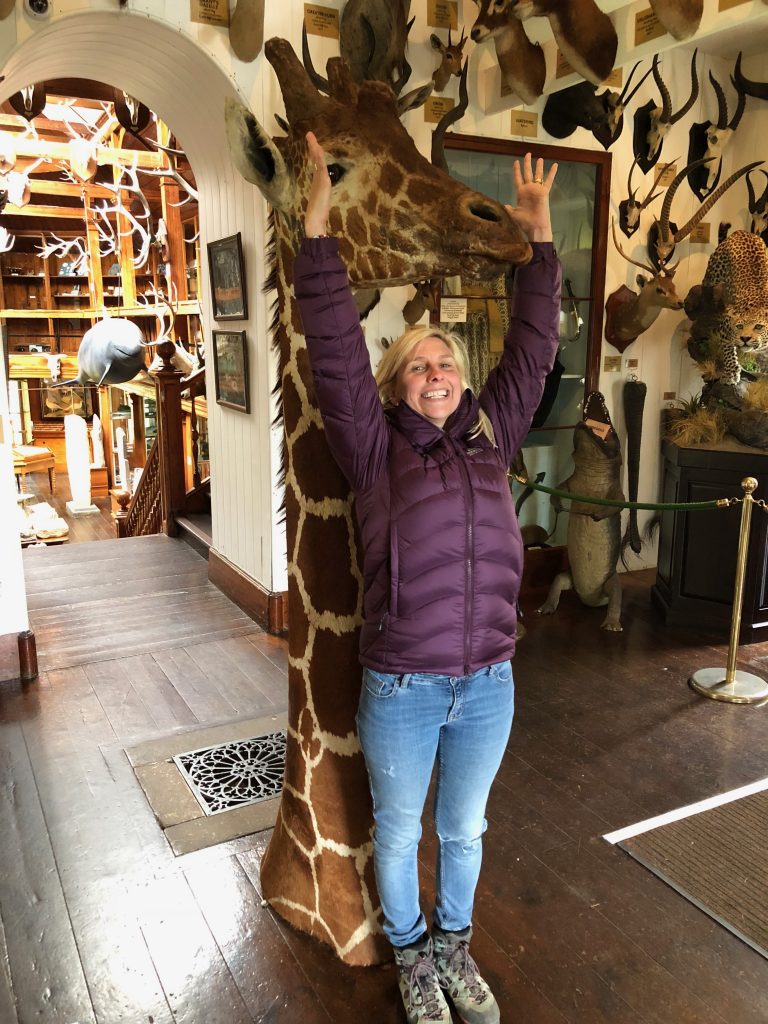
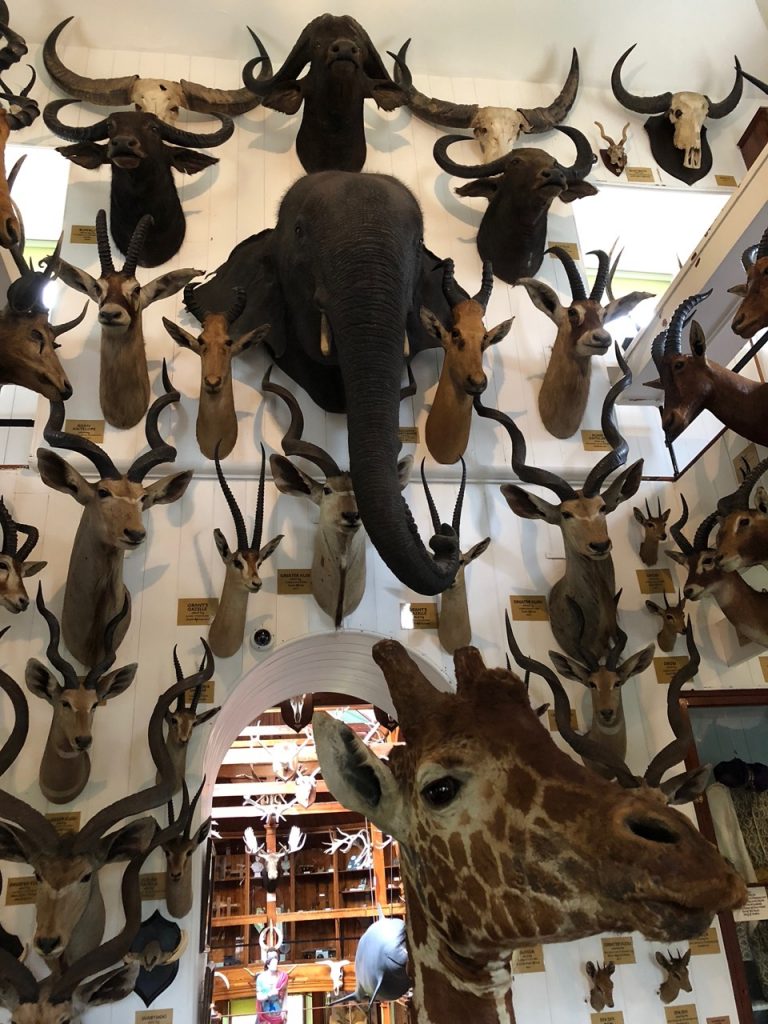
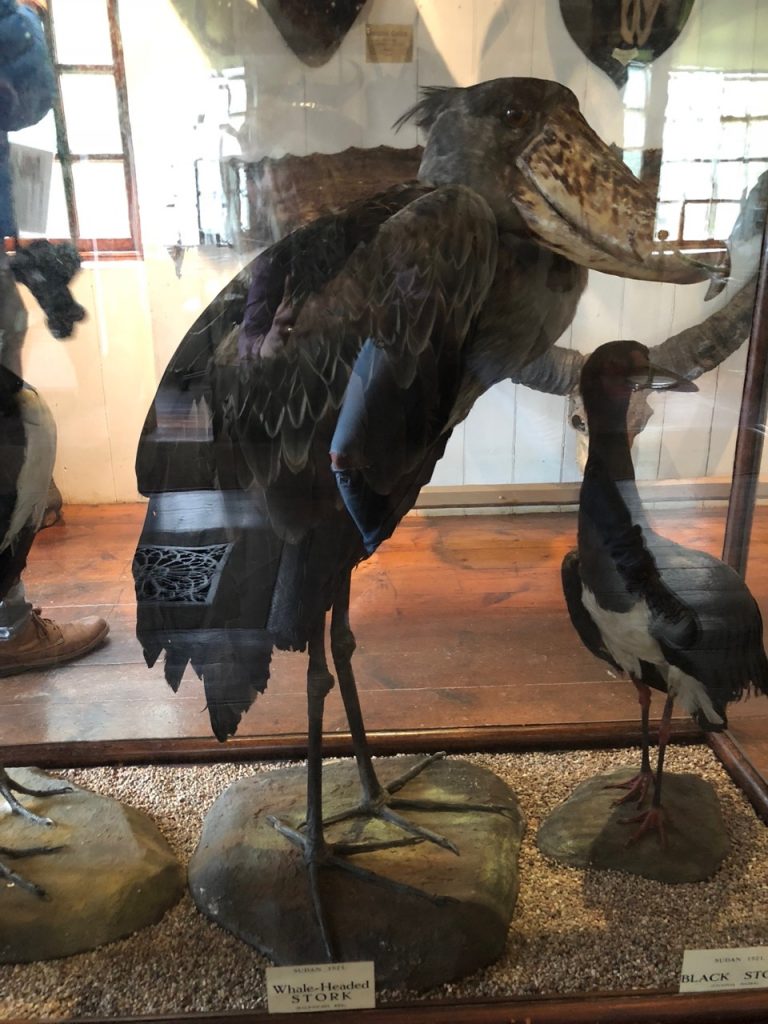
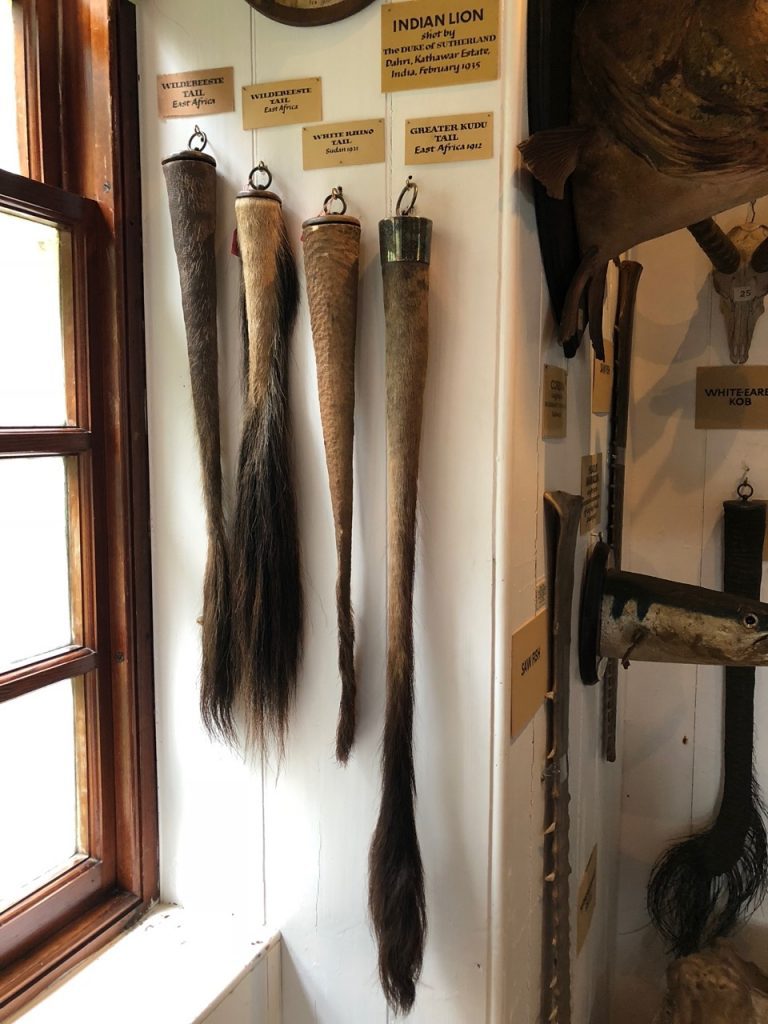
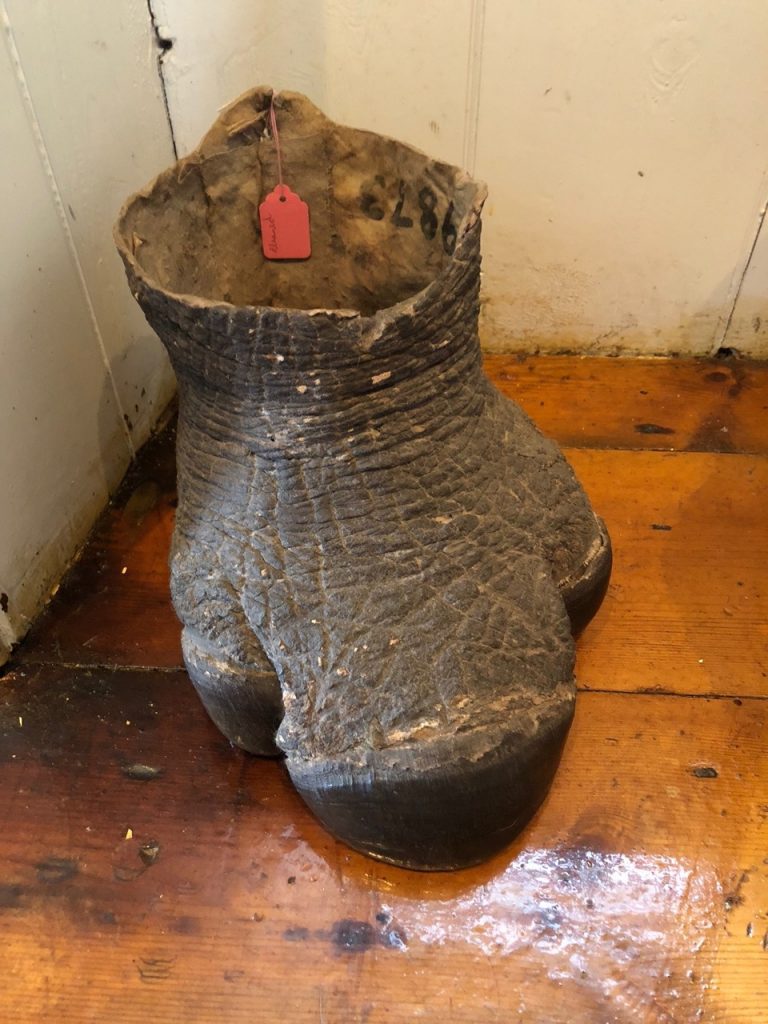
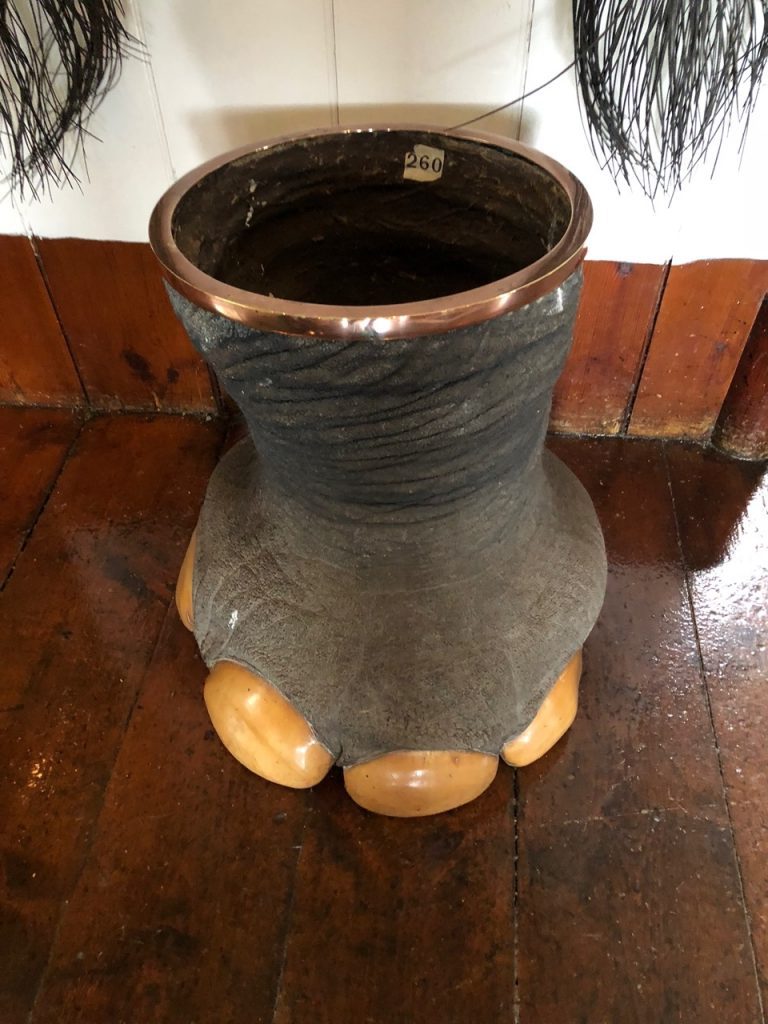
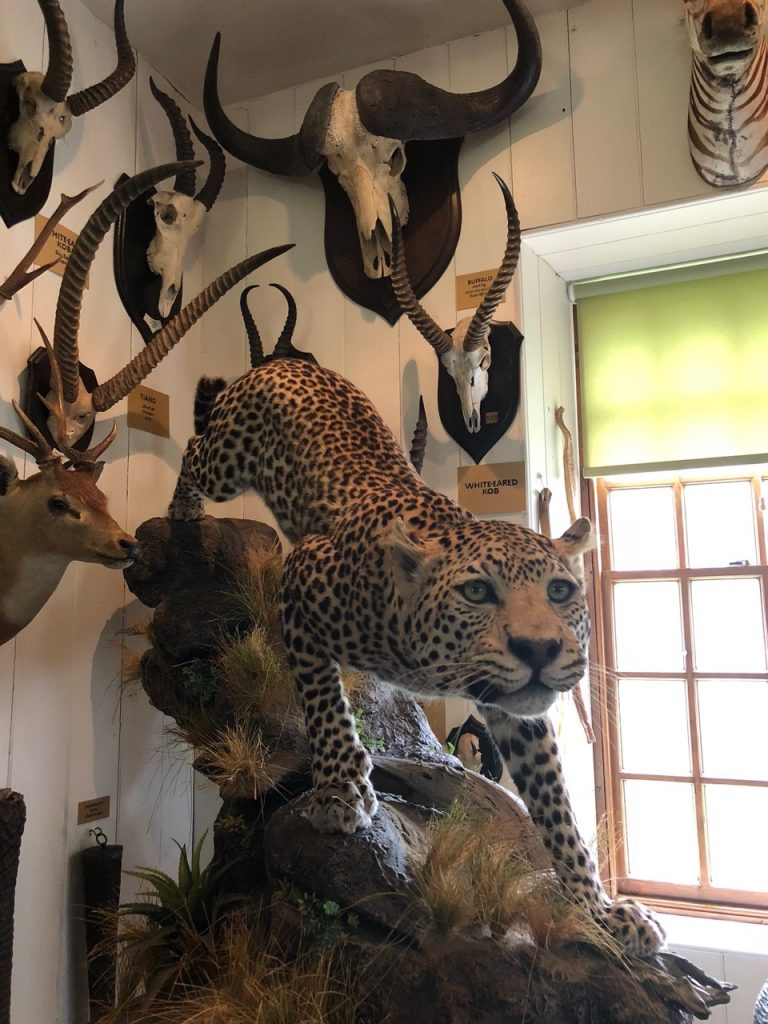
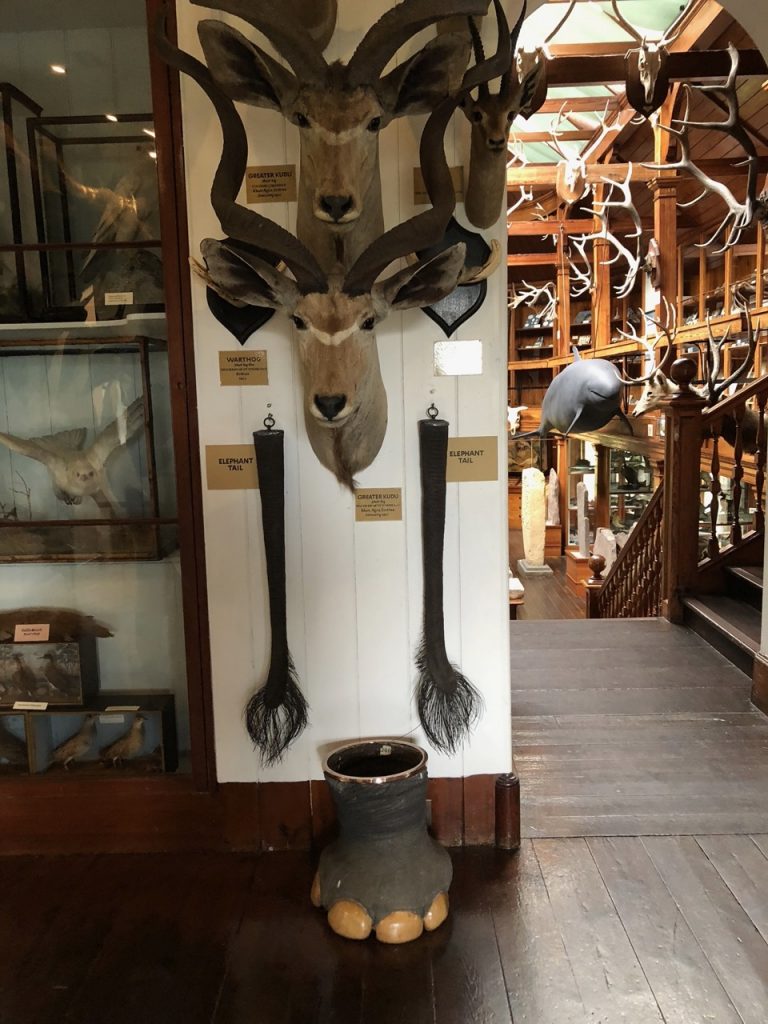
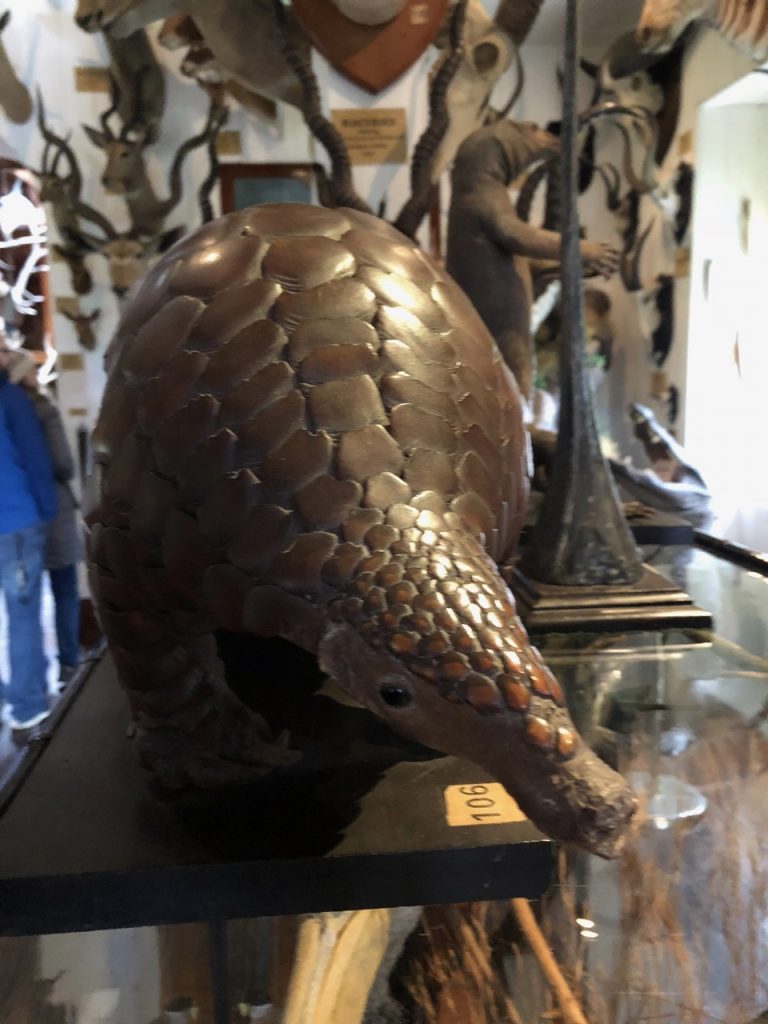
You can enhance your stay by staying at a castle hotel such as Kincraig Castle Hotel, Tulloch Castle Hotel, or Dornoch Castle Hotel which are all also along the eastern part of the route.
Feeling hungry we stopped off at La Mirage in Helmsdale. It was opened by Nancy Sinclair and become very famous with pink decor and novelist Barbara Cartland as seen on TV.
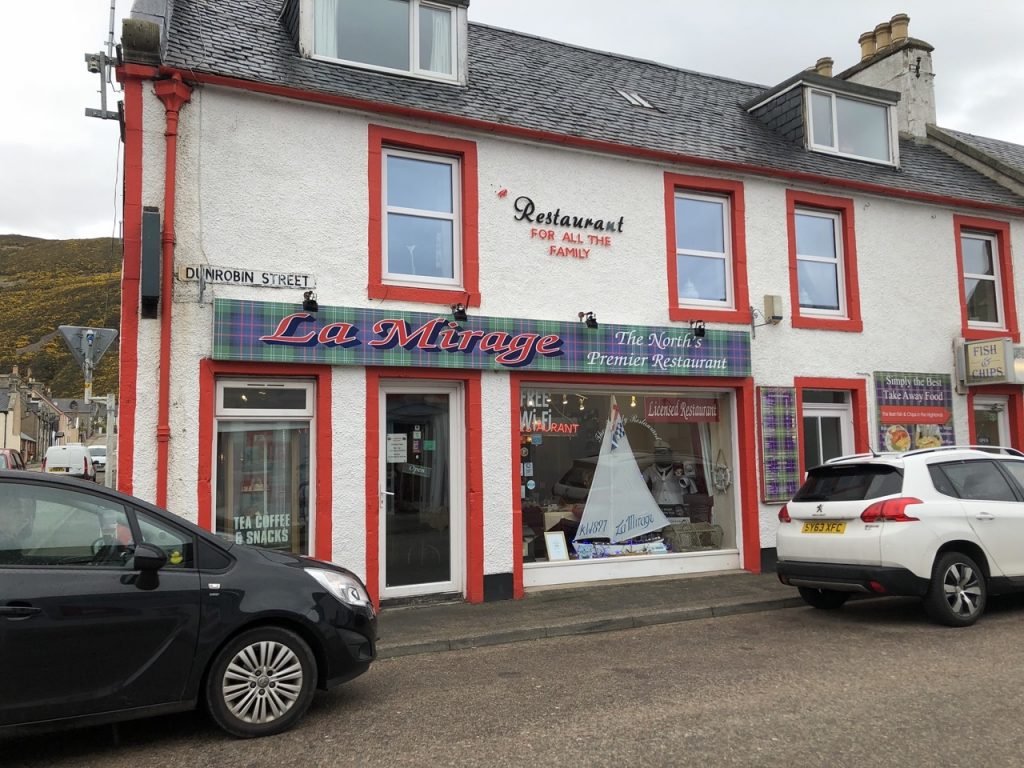
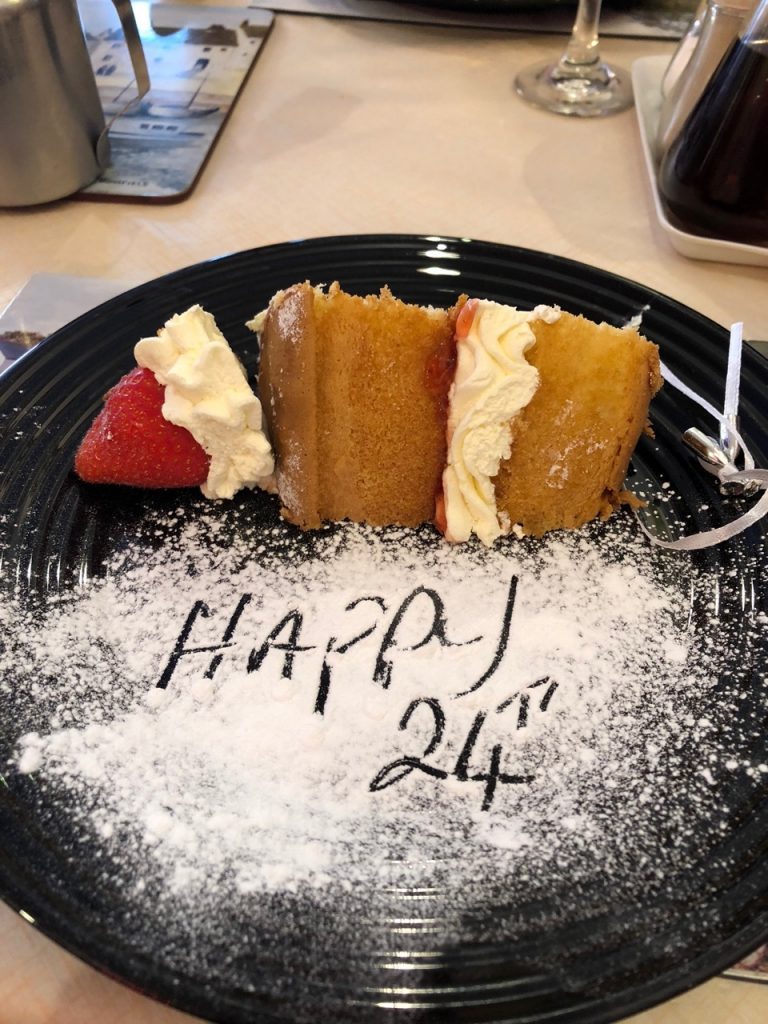
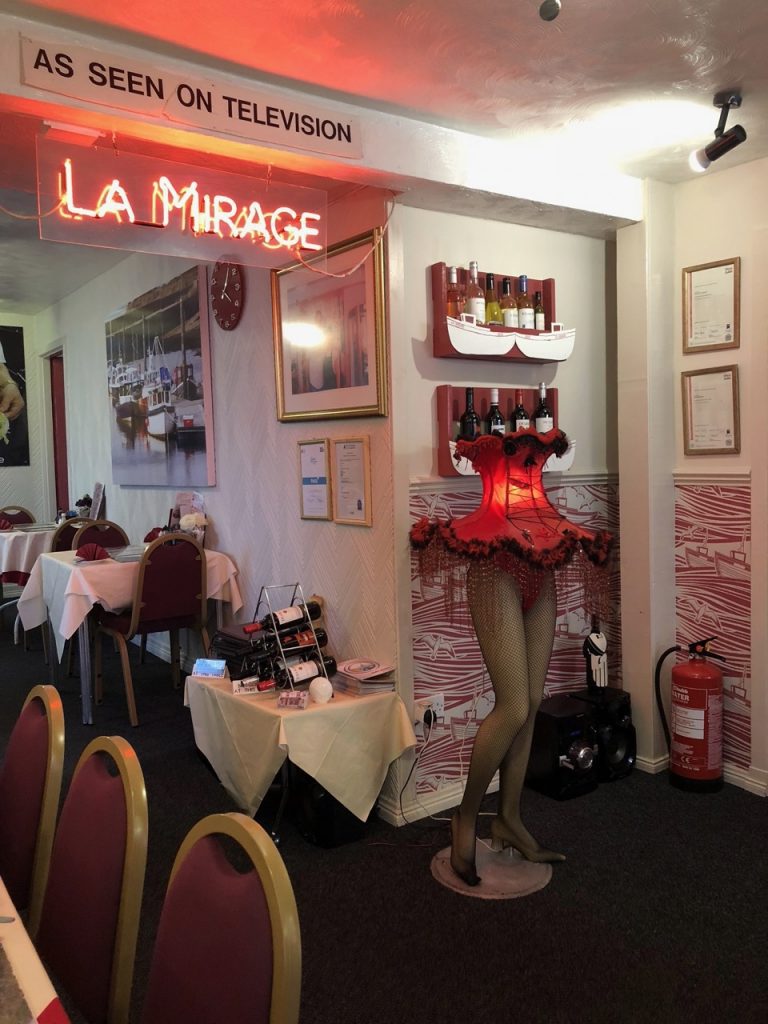
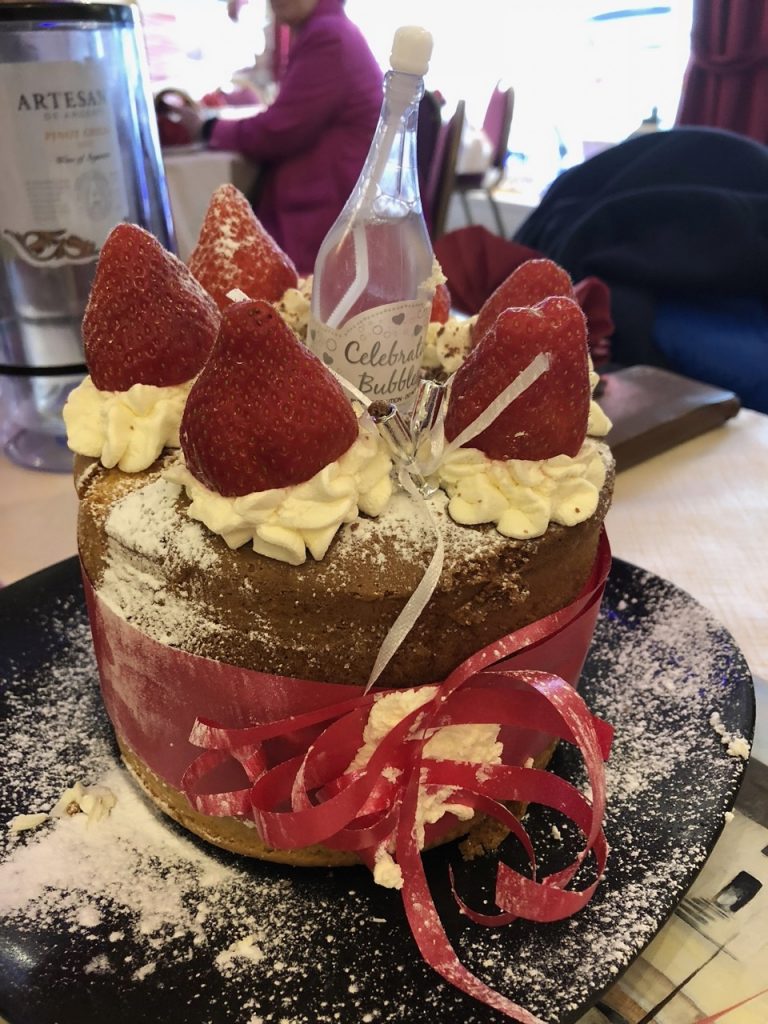
Castle Sinclair Girnigoe is located about 3 miles north of Wick on the east coast of Caithness, Scotland. It is considered to be one of the earliest seats of Clan Sinclair. It comprises the ruins of two castles: the 15th-century Castle Girnigoe; and the early 17th-century Castle Sinclair.
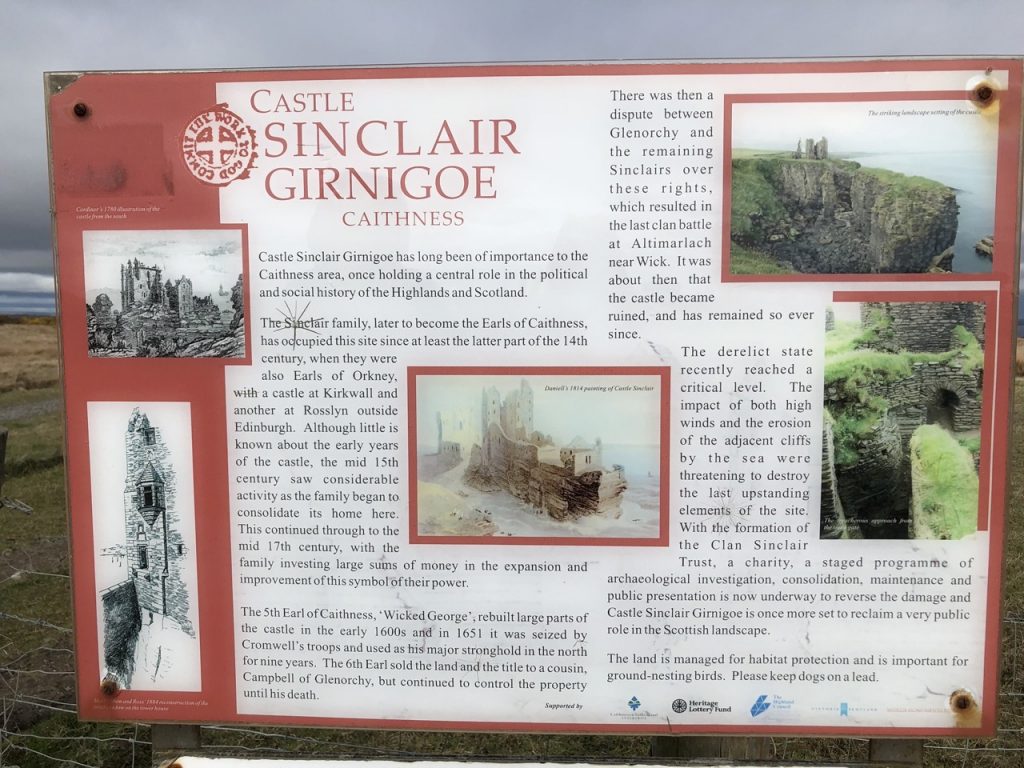
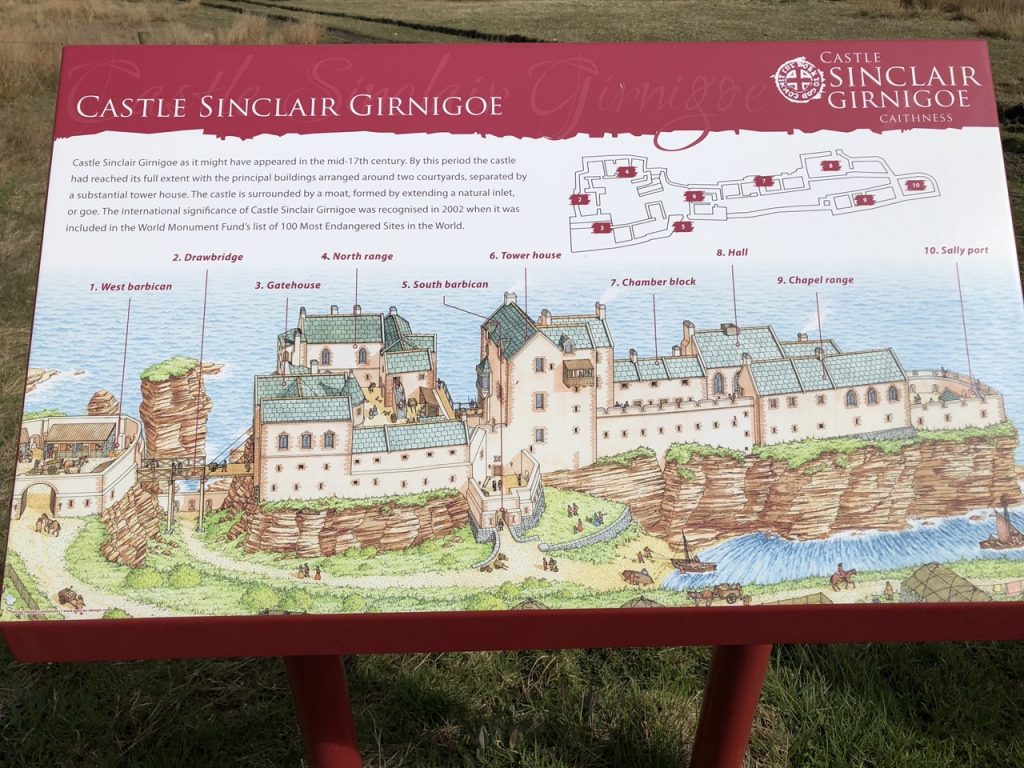
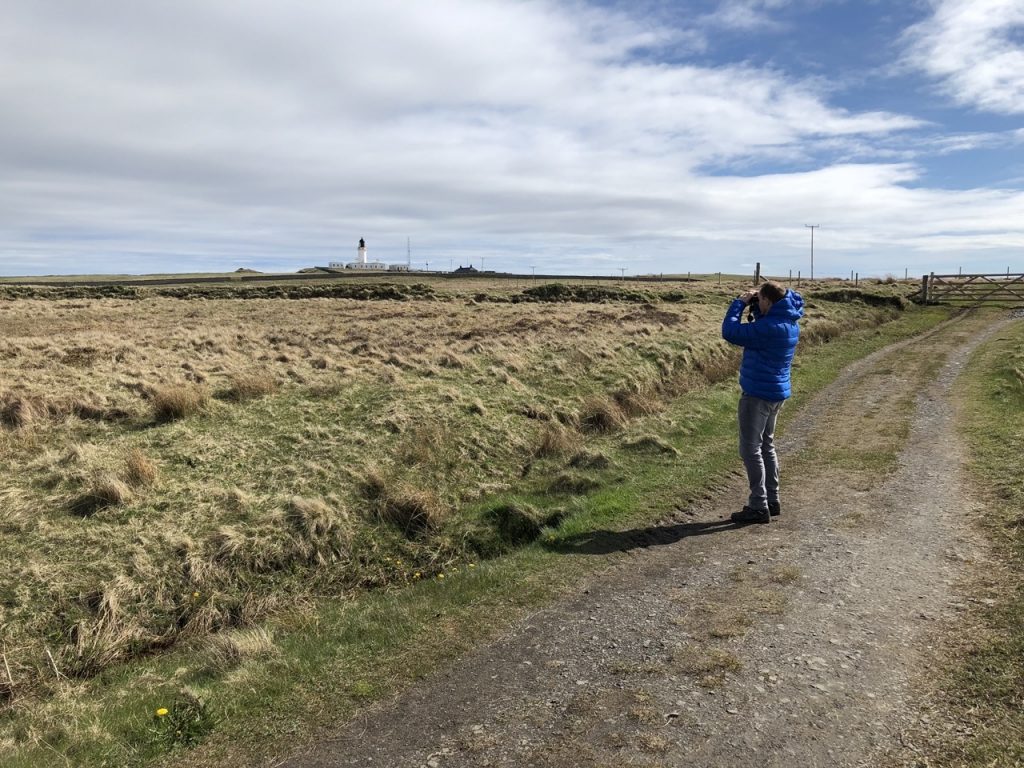
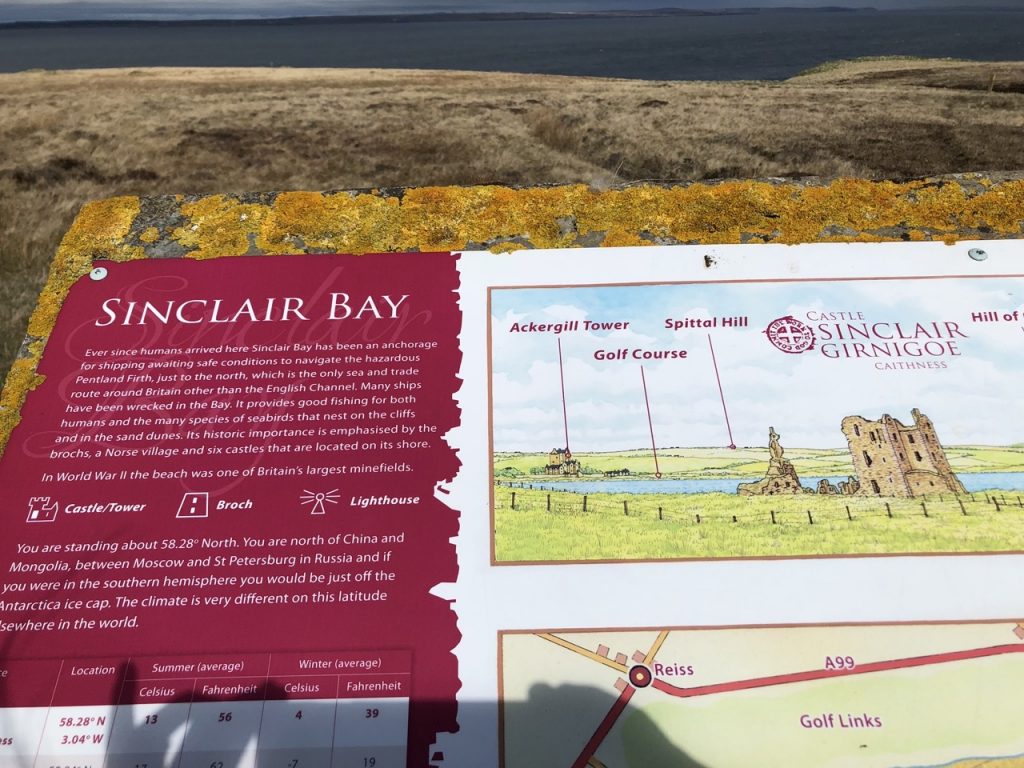
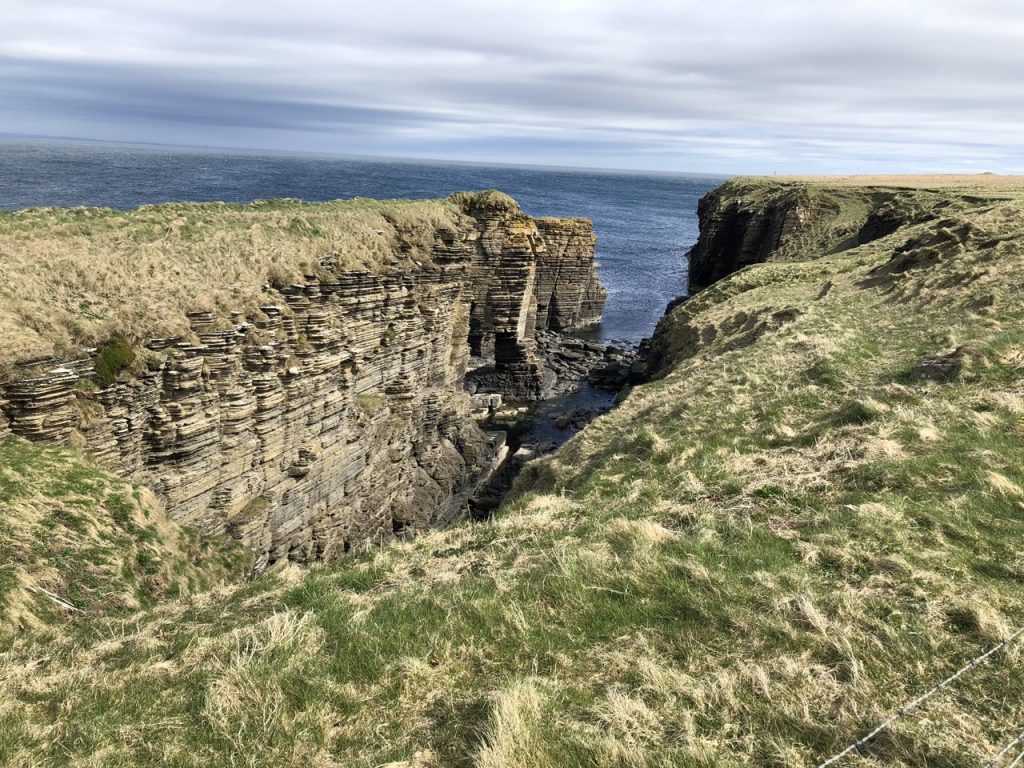
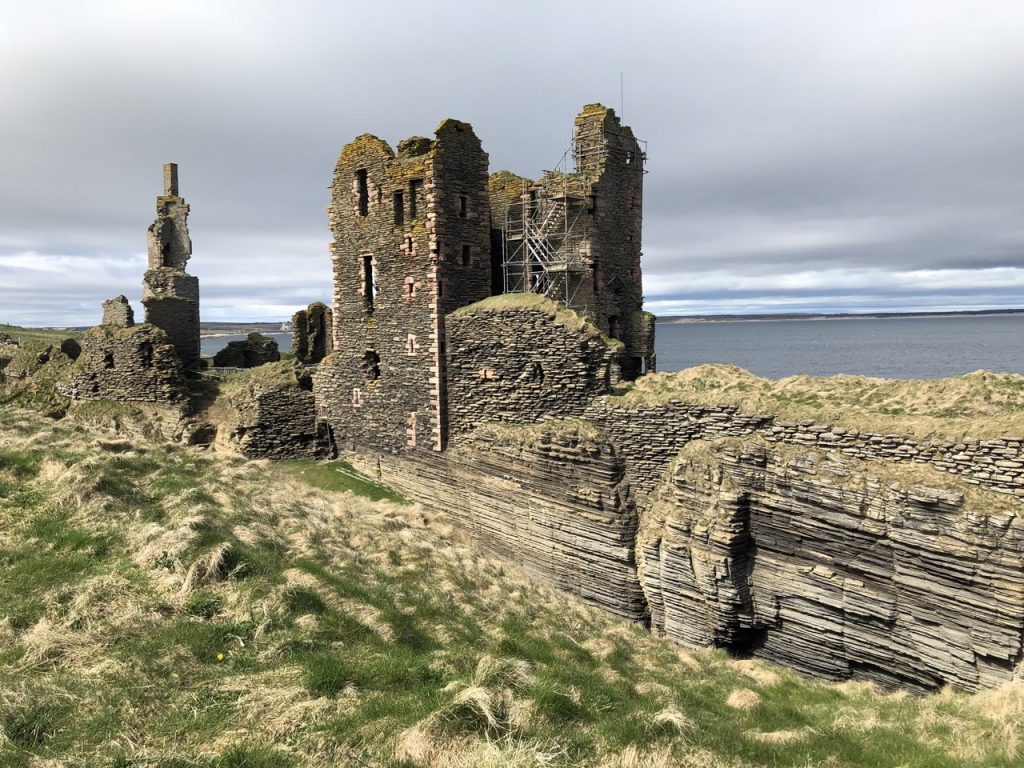
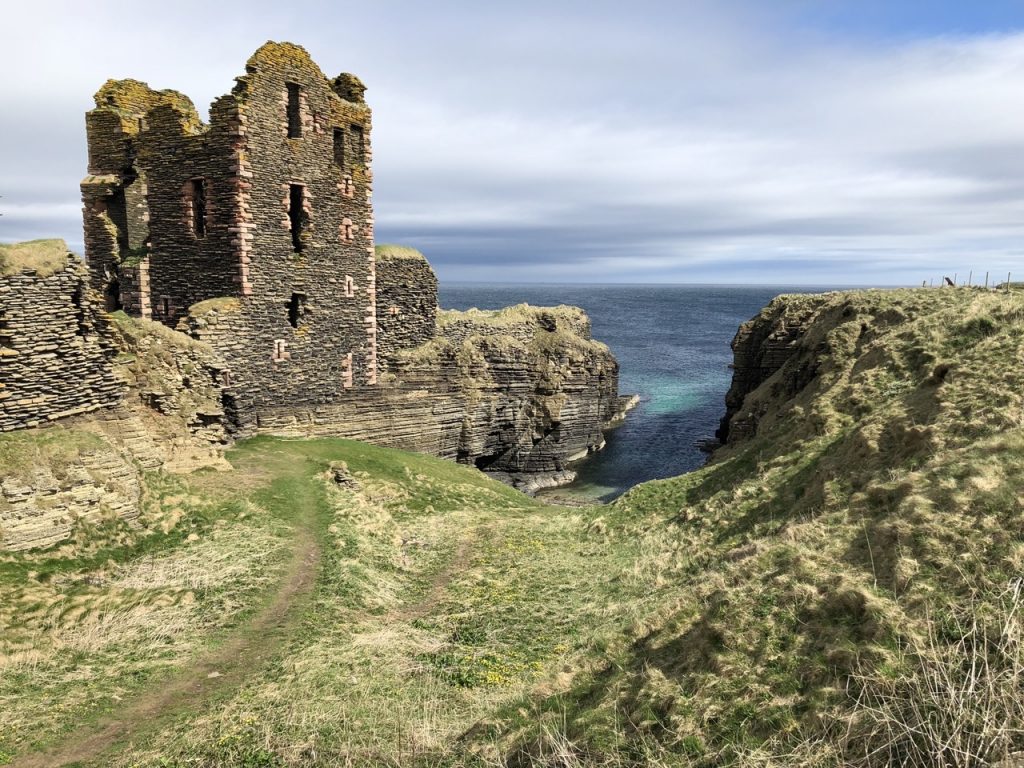
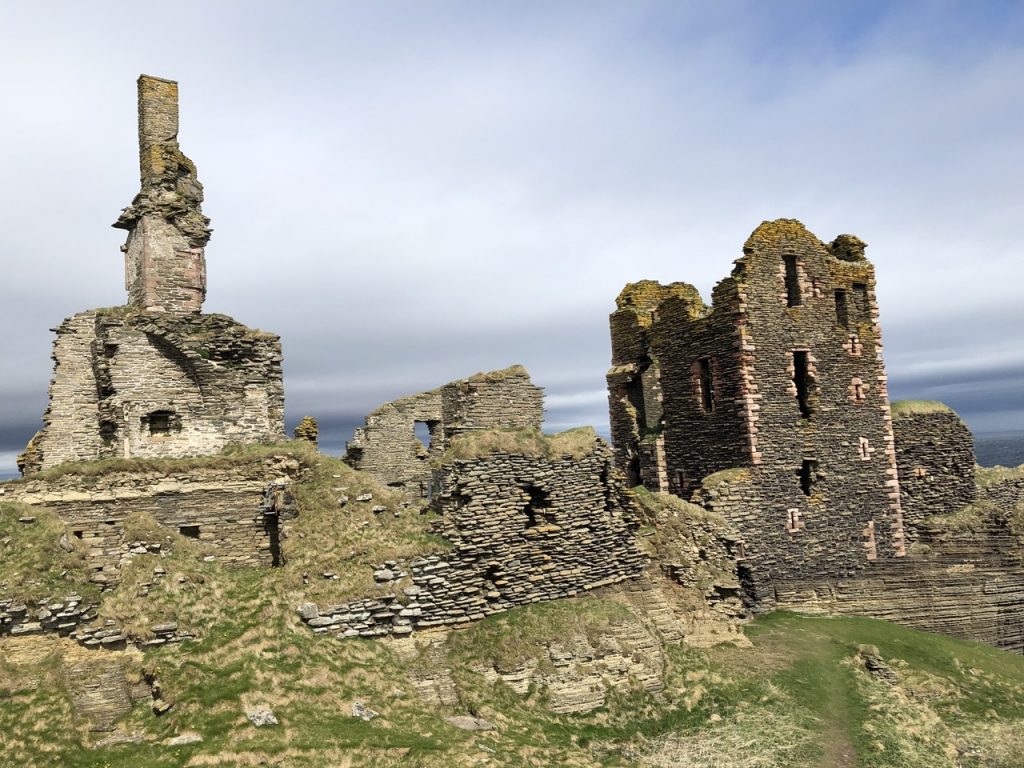
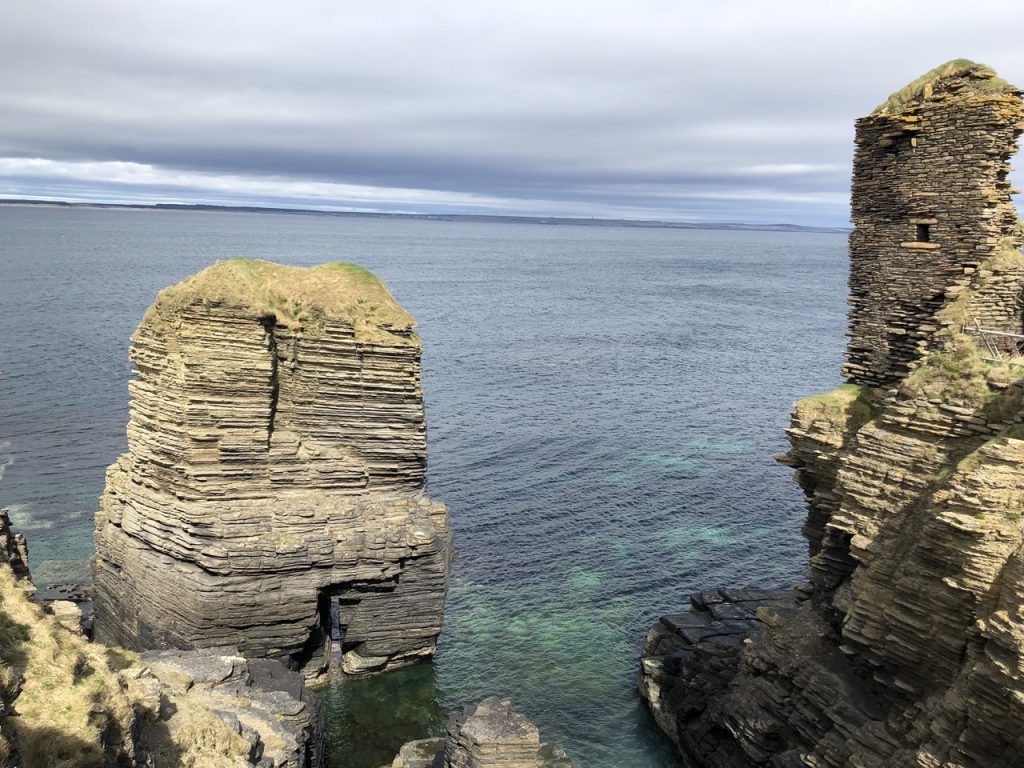
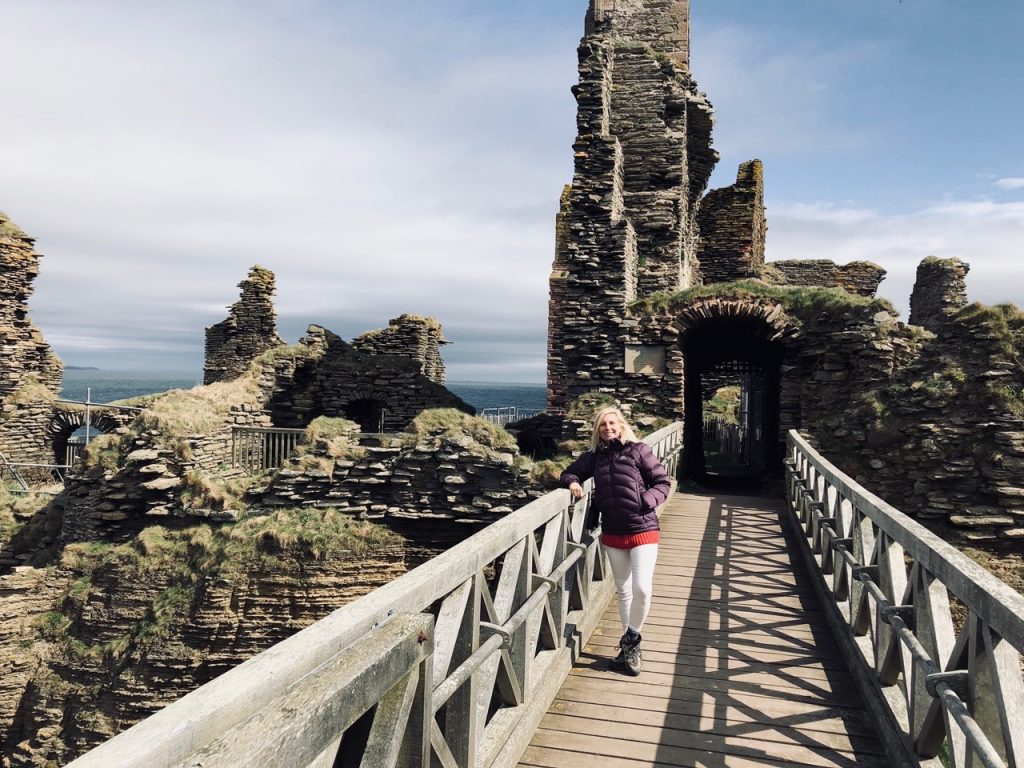
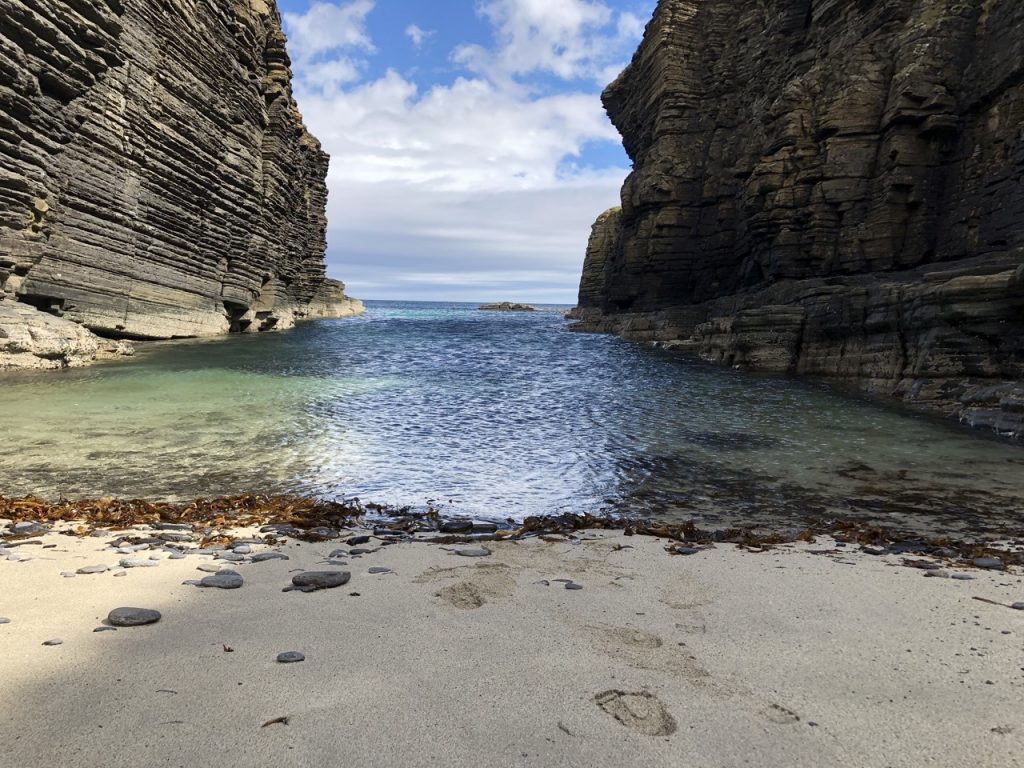
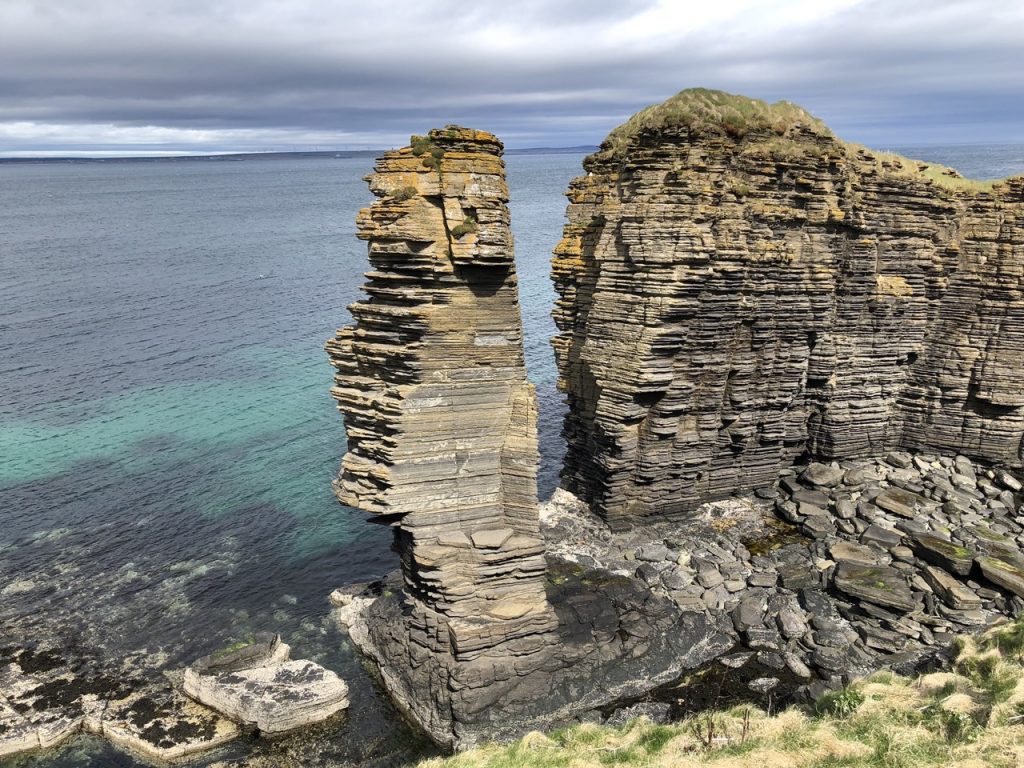
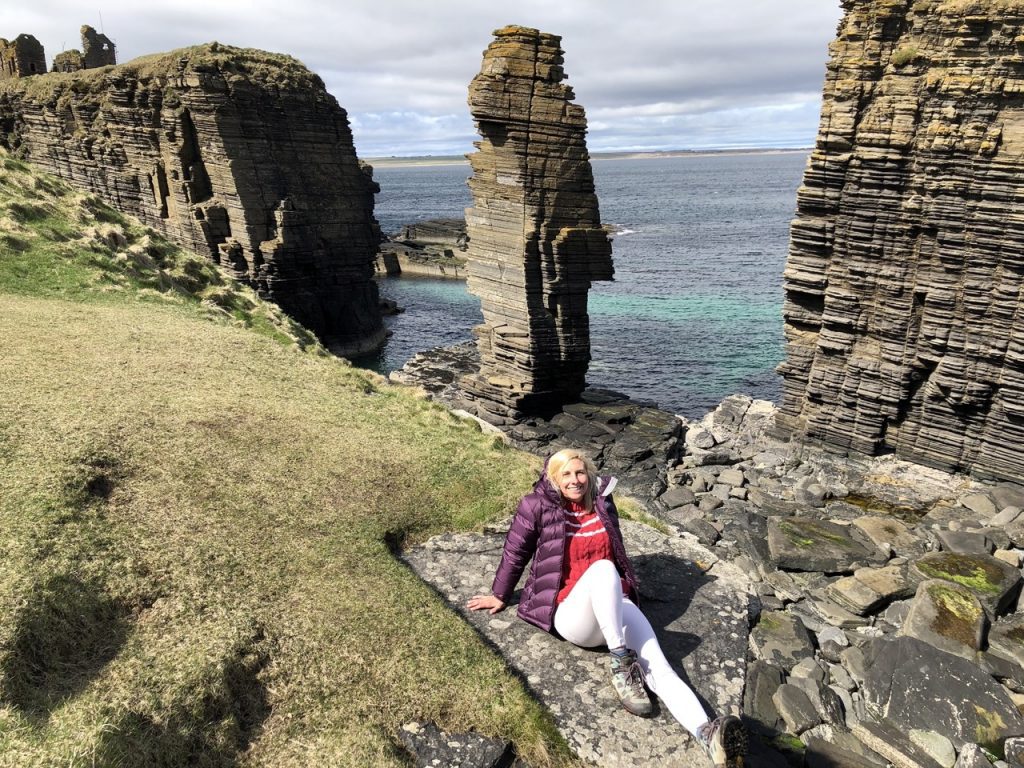
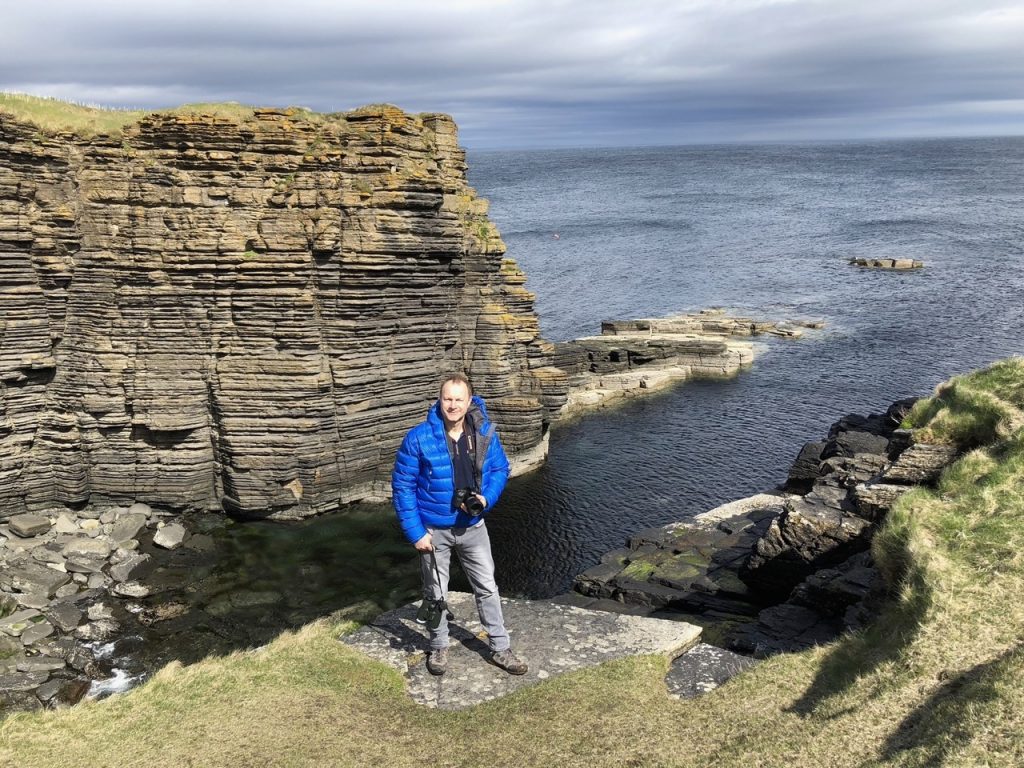
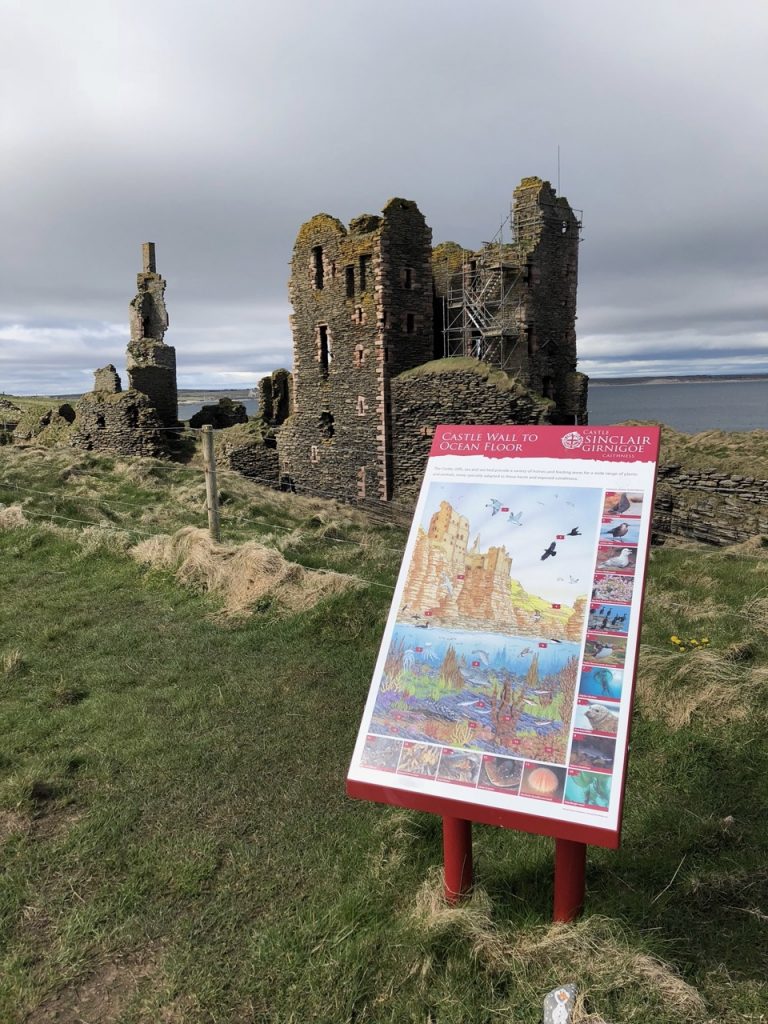
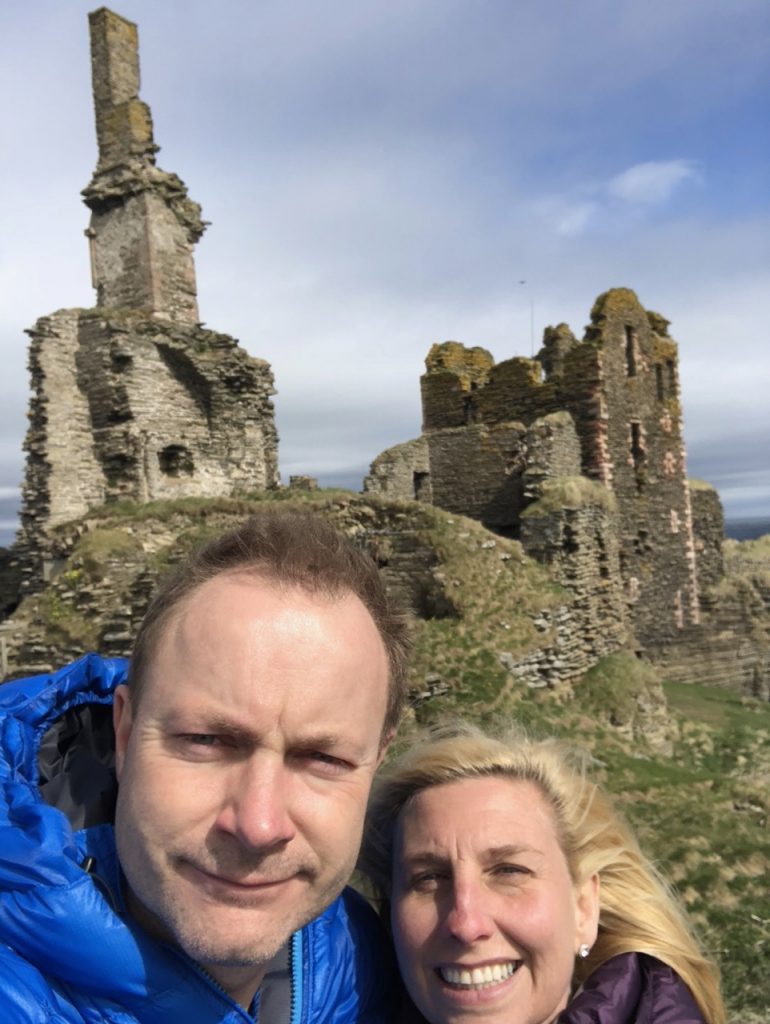
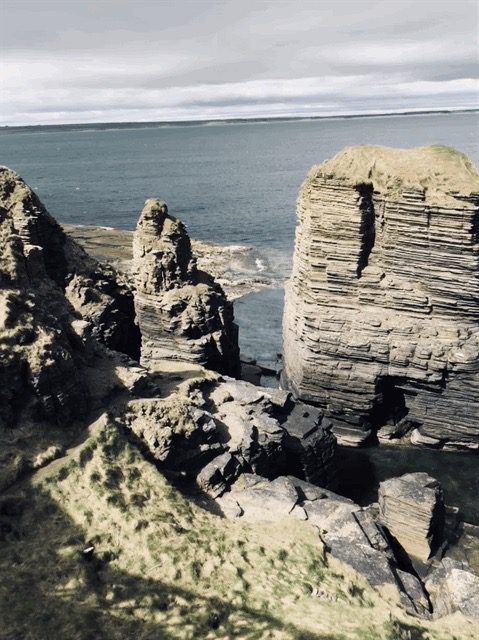
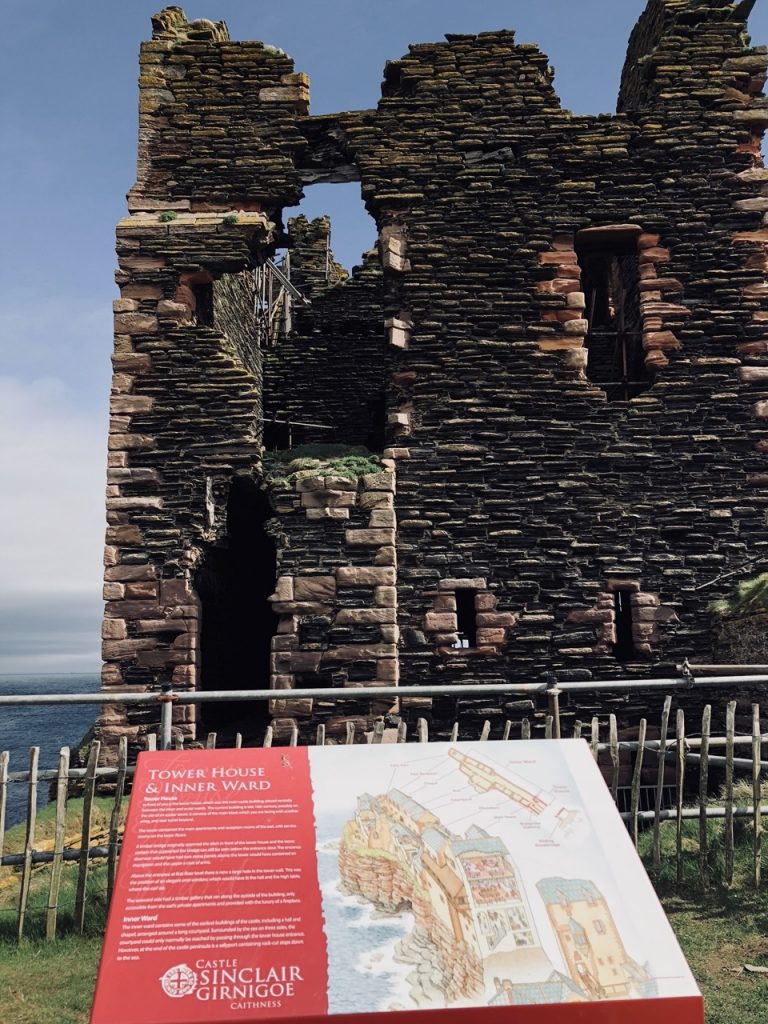
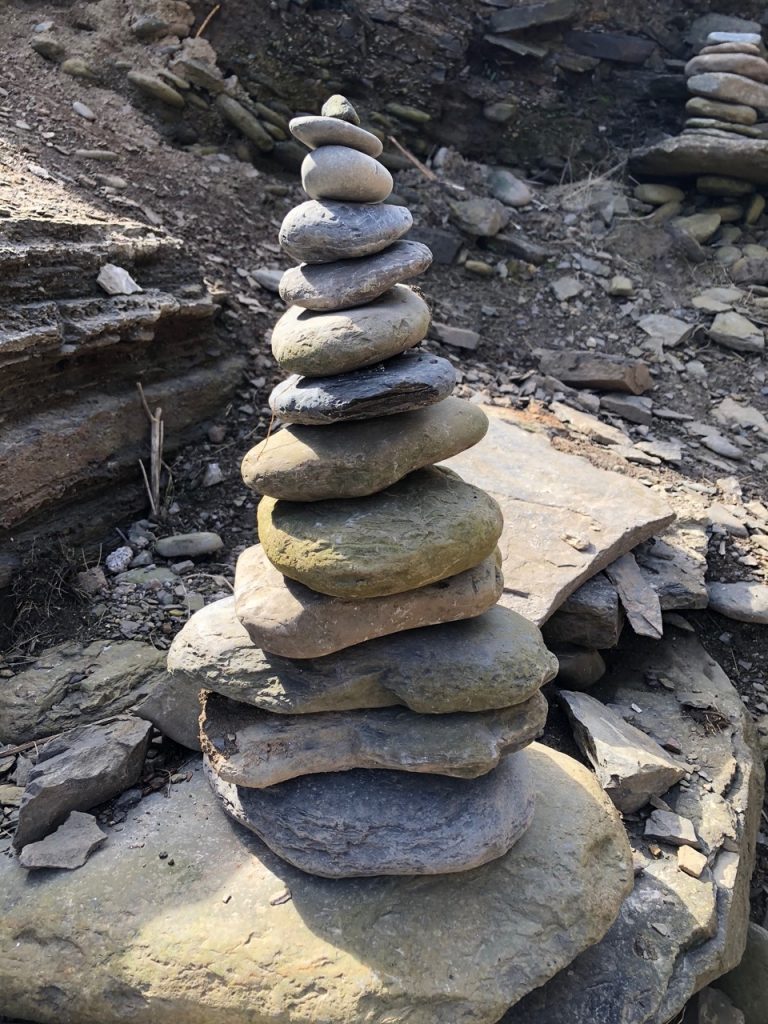
We stayed at Ackergill Tower which is located on the coast of Sinclair’s Bay, about 4 km north of Wick, Caithness, in northern Scotland. It was built in the early 16th century, and is a category A listed building. The building is a five-storey oblong tower house. The four-storey wing to the rear was added in the early 18th century. The hotel closed in 2019 and is now a private residence. It was very comfortable with great food and ambiance.
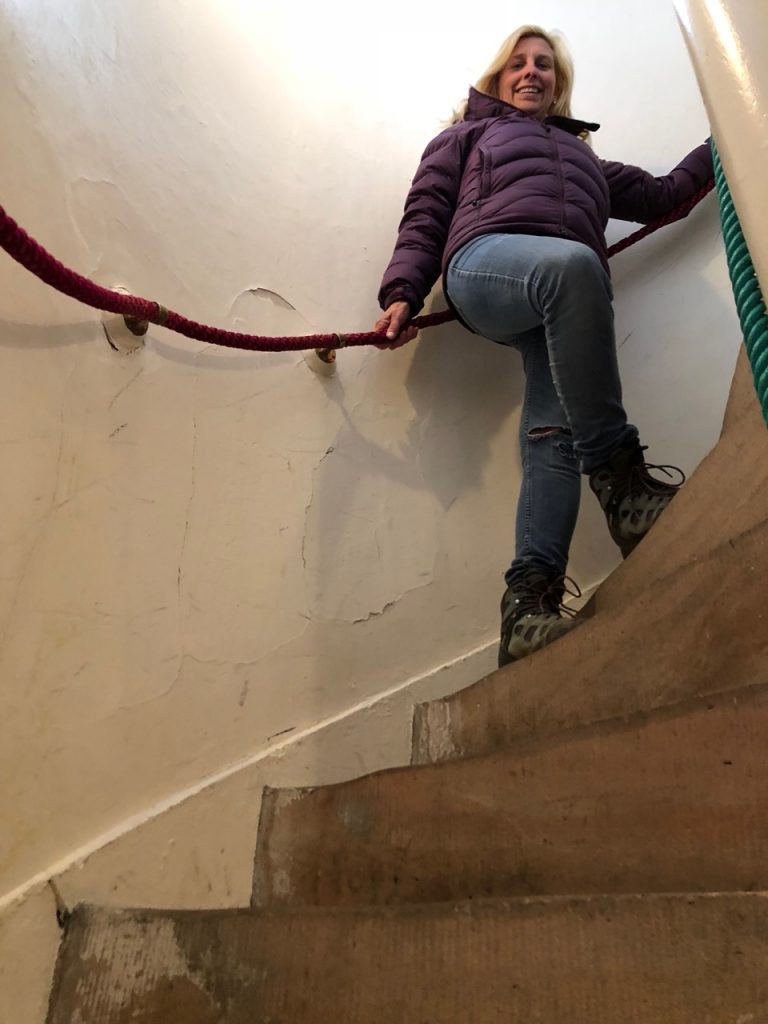
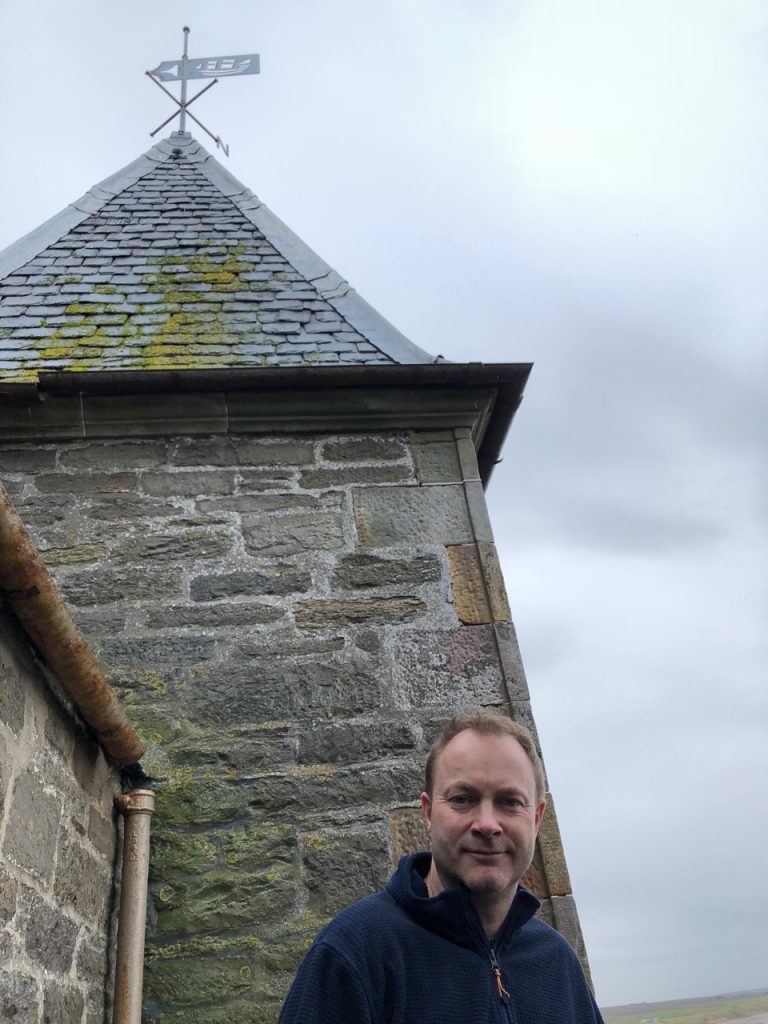
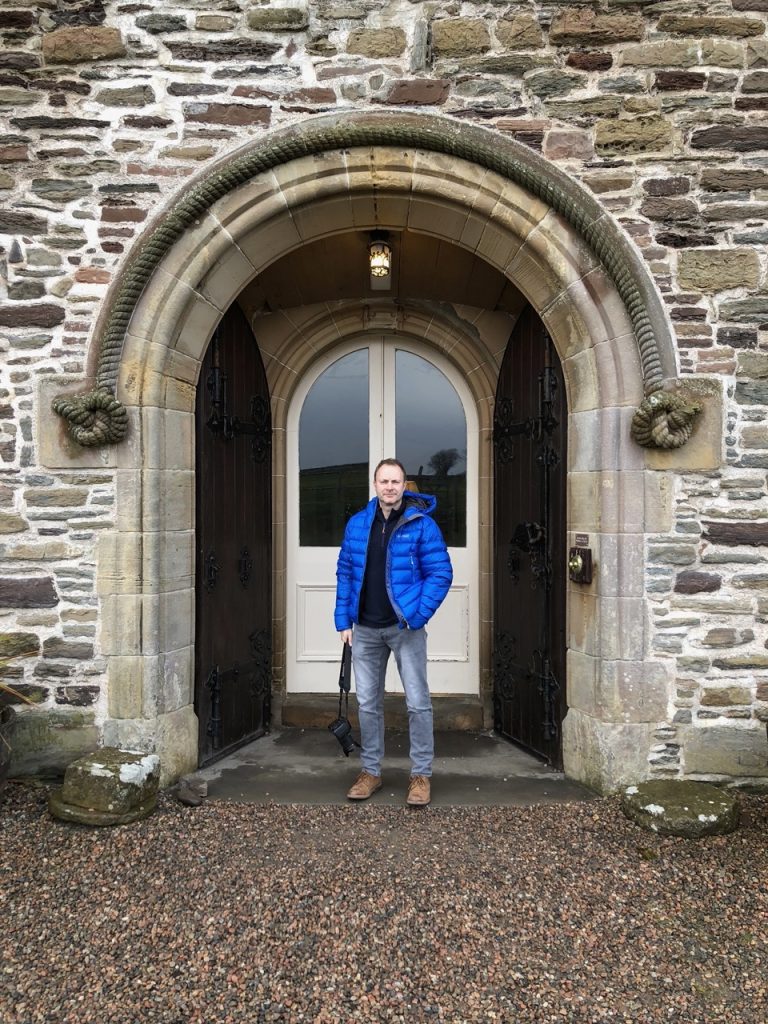
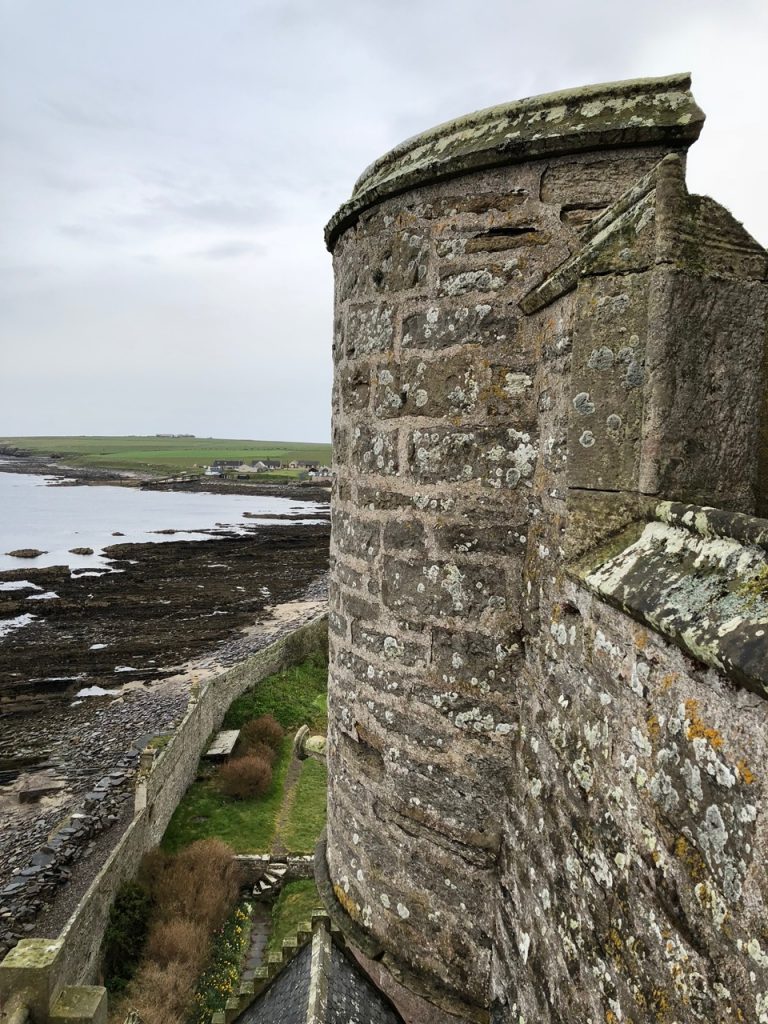
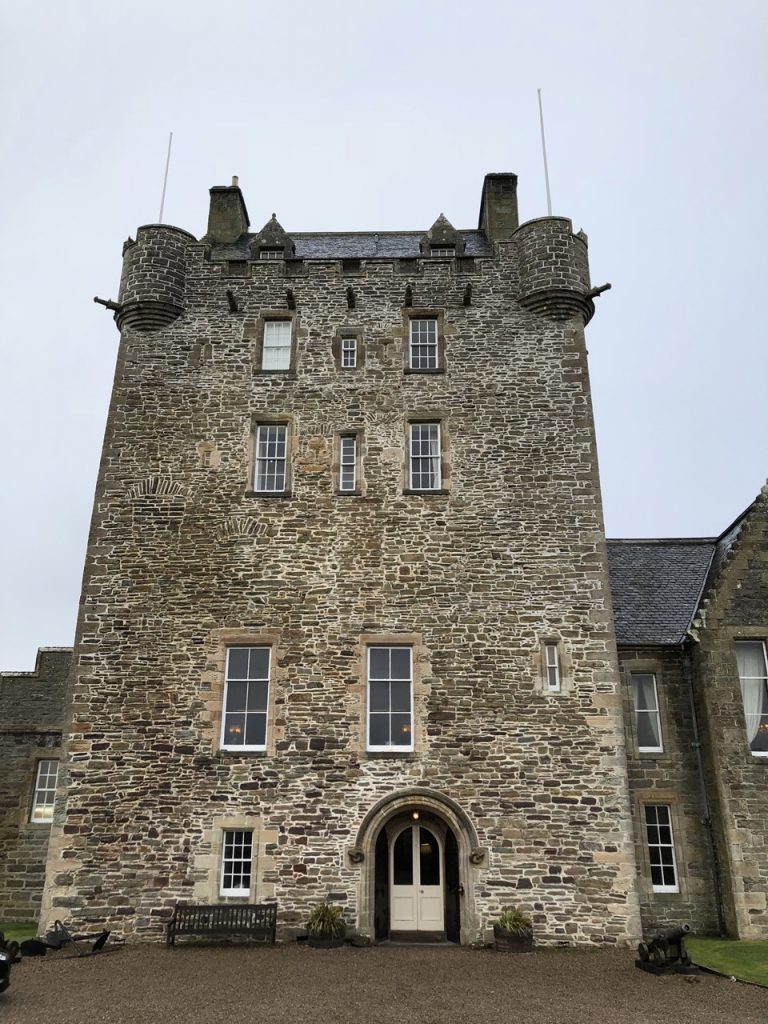
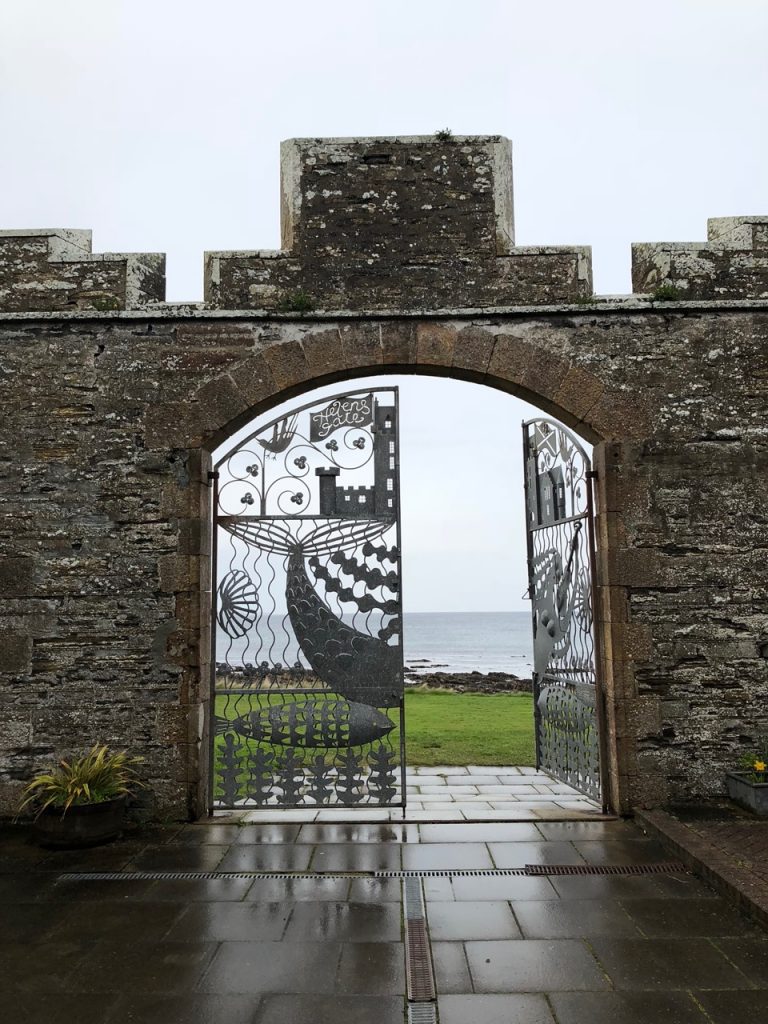
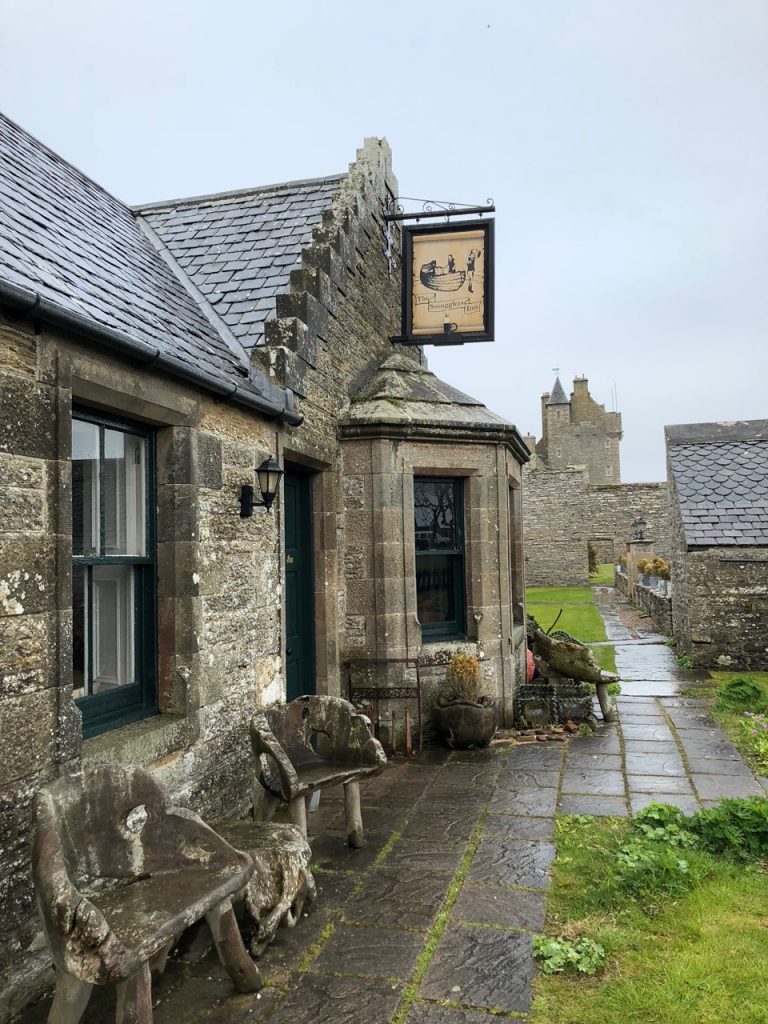
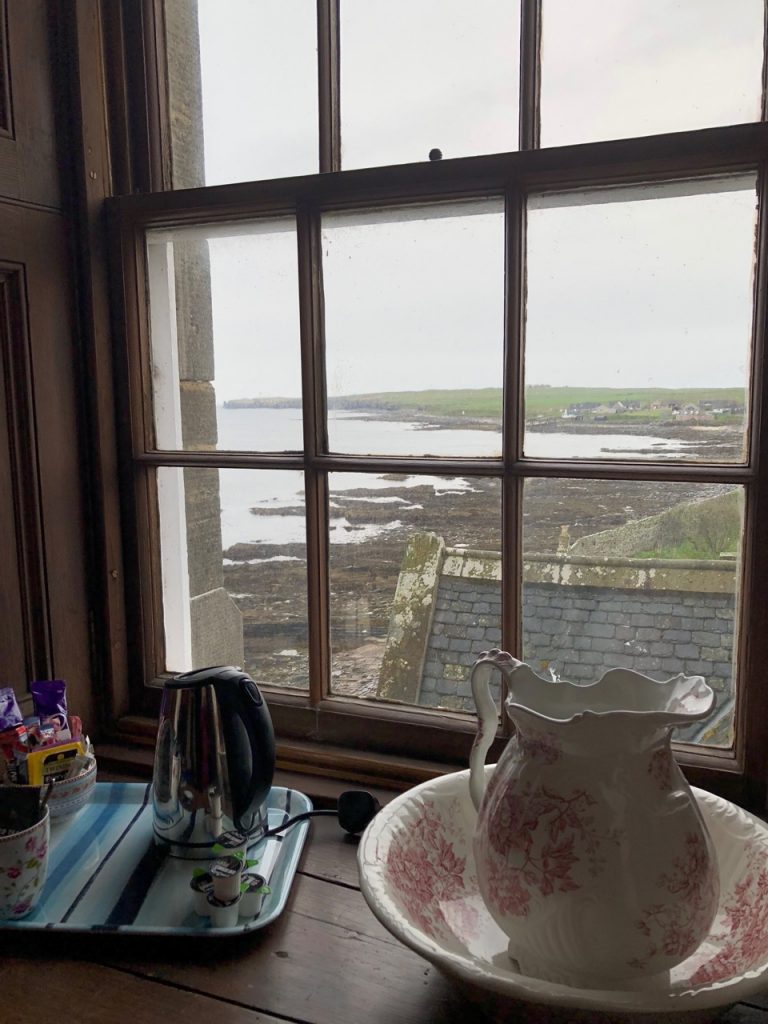
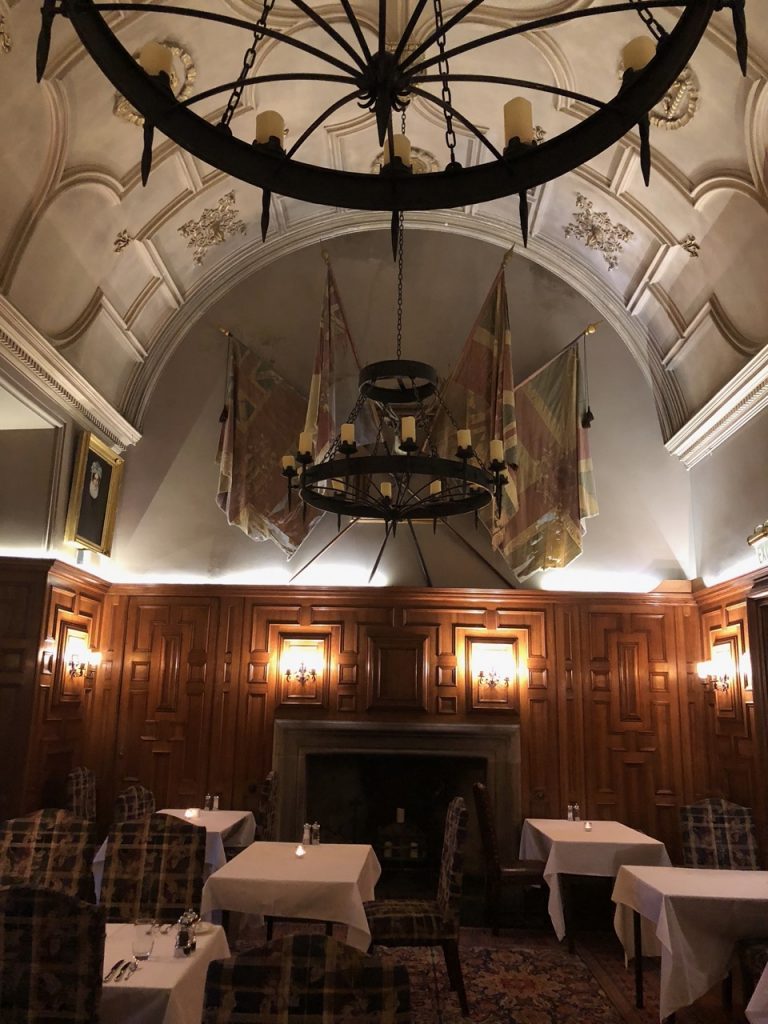
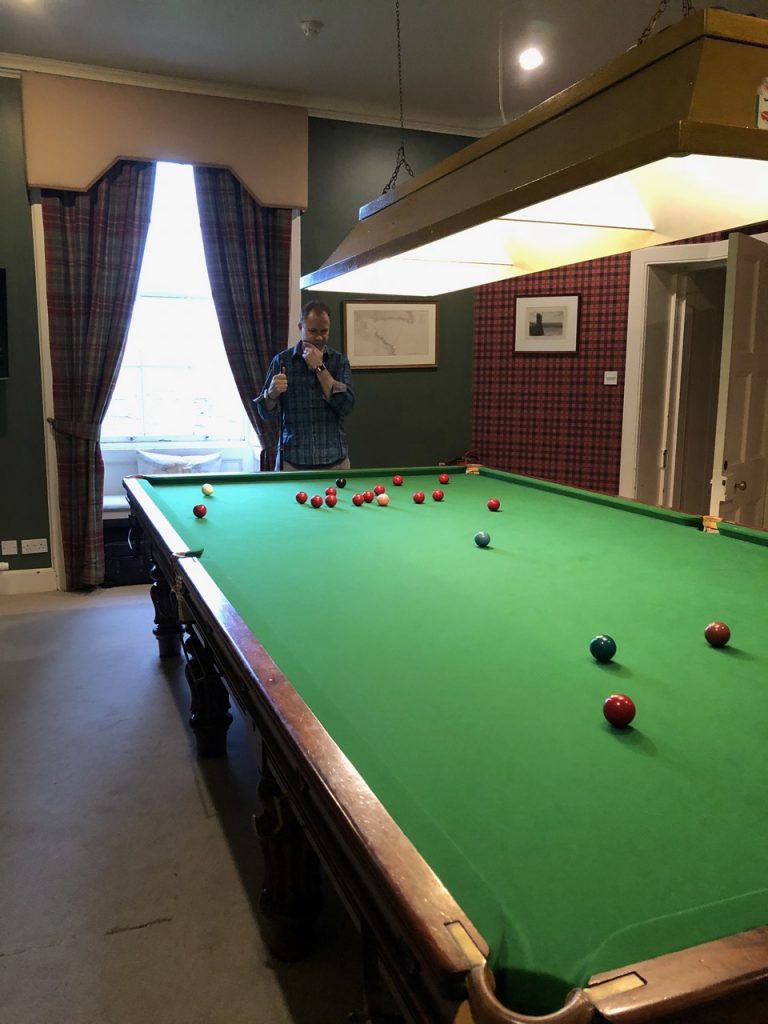
We were up bright and early and headed straight off after breakfast to John O Groats. John o’ Groats (Scottish Gaelic: Taigh Iain Ghròt) is a village 2.5 mi (4 km) northeast of Canisbay, Caithness, in the far north of Scotland. John o’ Groats lies on Great Britain’s northeastern tip, and is popular with tourists as one end of the longest distance between two inhabited points on the British mainland, with Land’s End in Cornwall lying 876 mi (1,410 km) southwest, but it is not the northernmost point of mainland Great Britain, which is the nearby Dunnet Head.
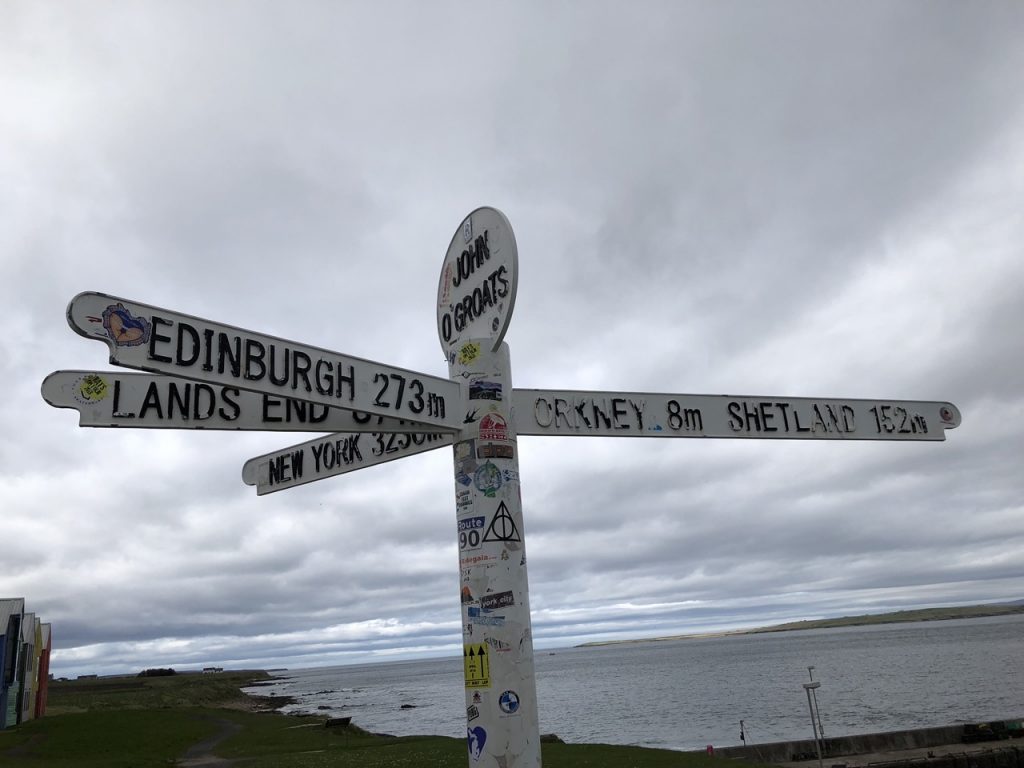
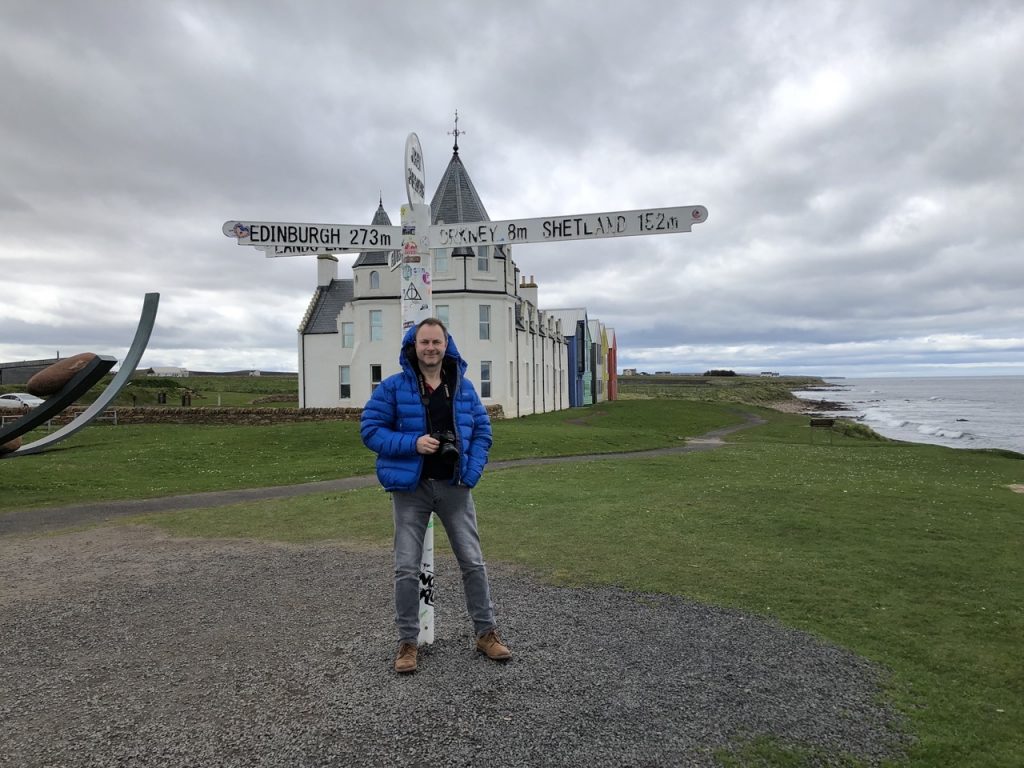
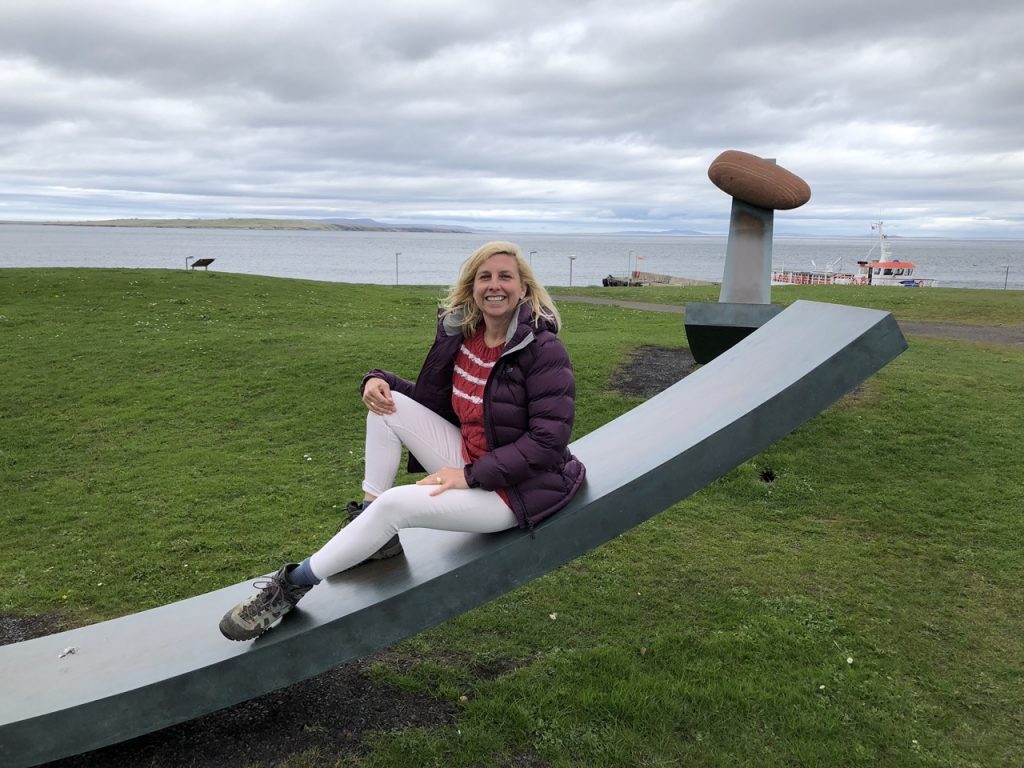
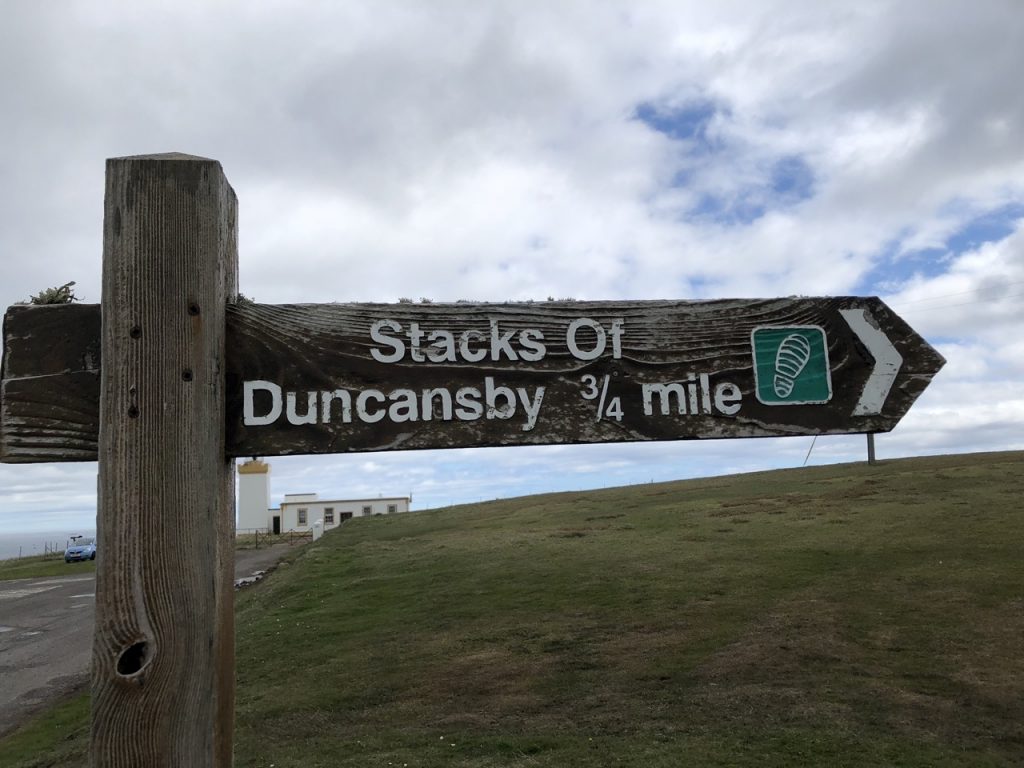
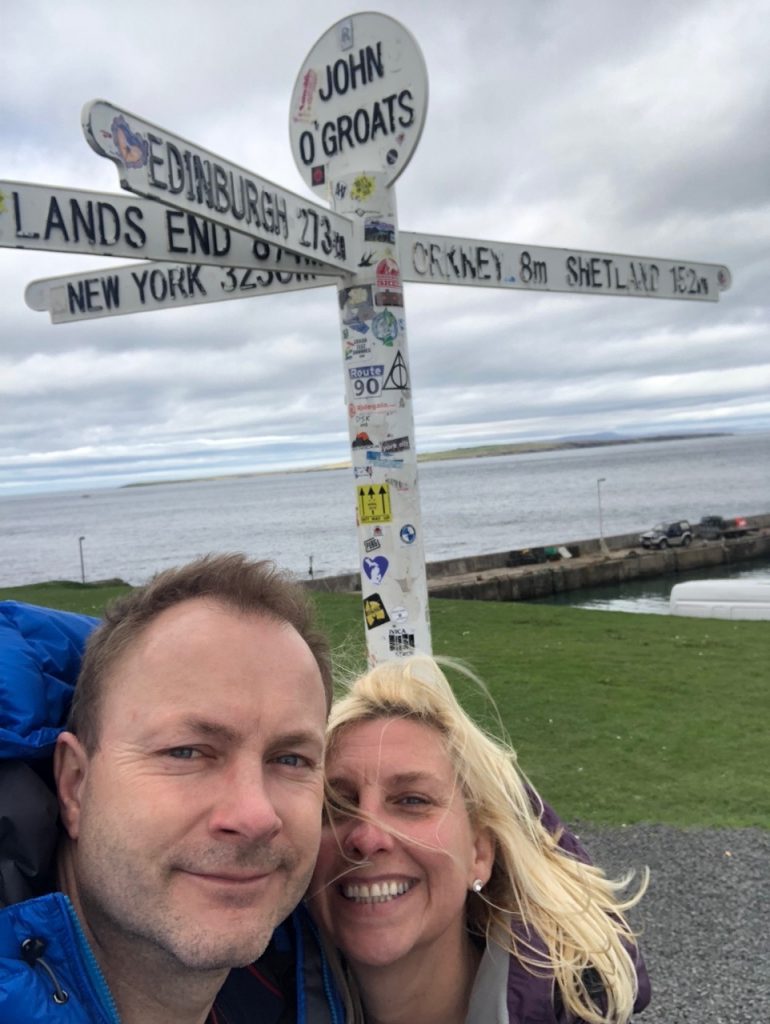
We drove to Dunnet Head for a brisk walk. Dunnet Head is a great place to see puffins, razorbills, guillemots, fulmars and kittiwakes. Other species may be seen at sea such as gannets and herring gulls. Be prepared to experience the sights, sounds and smells of a busy seabird colony!
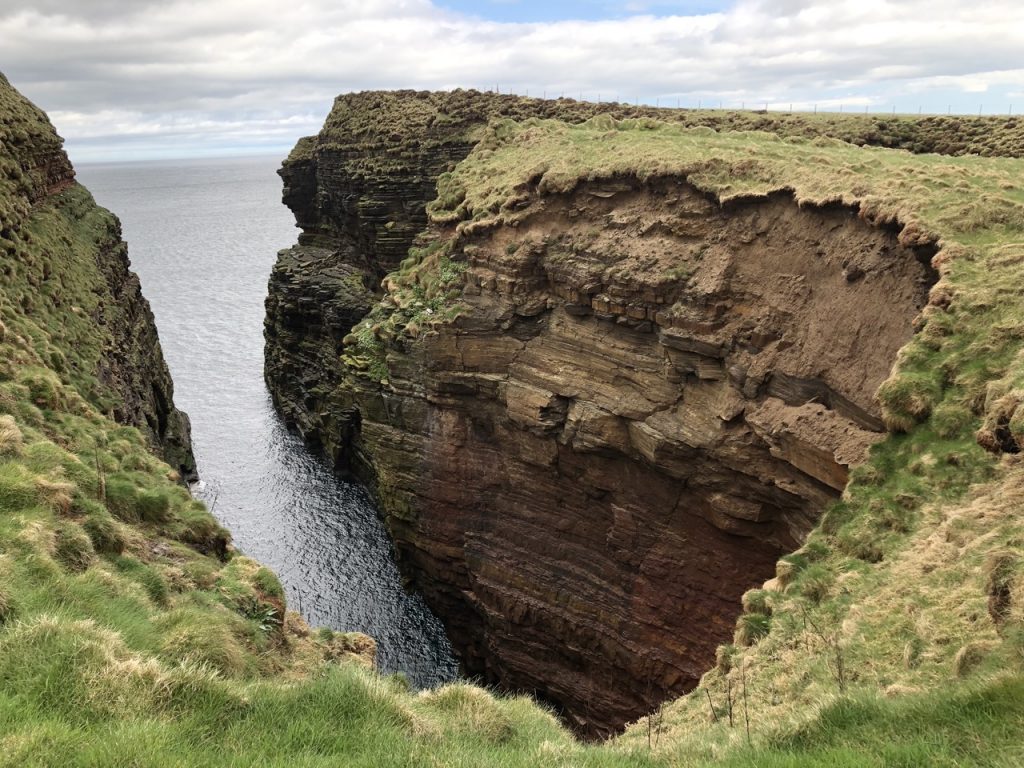
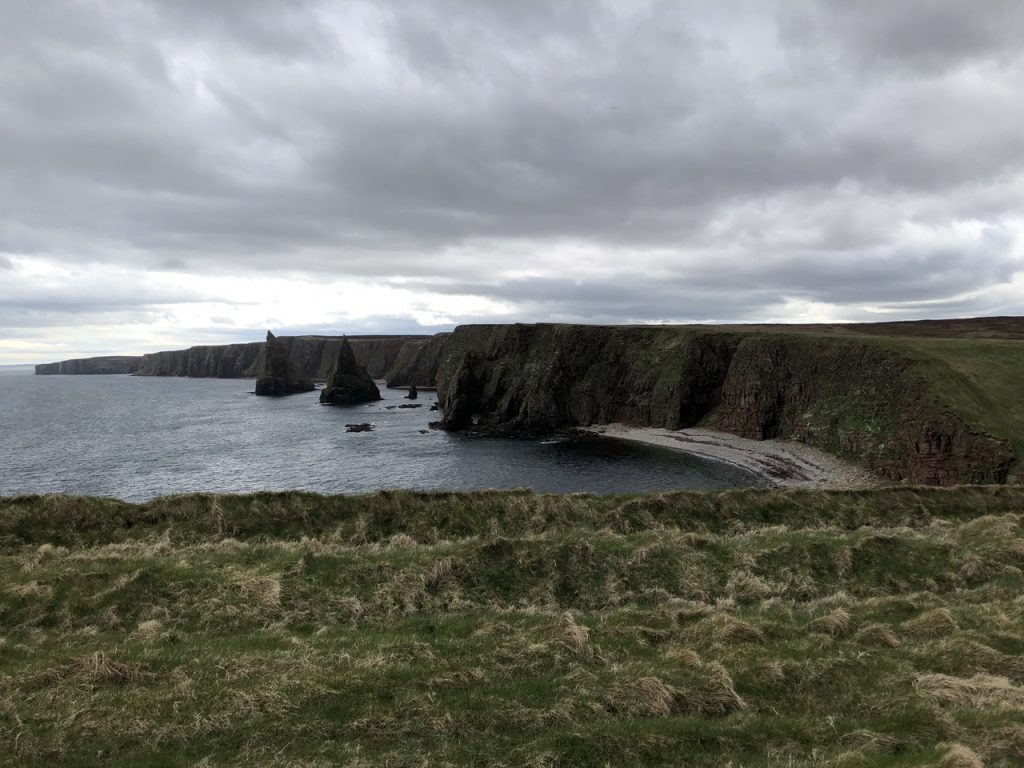
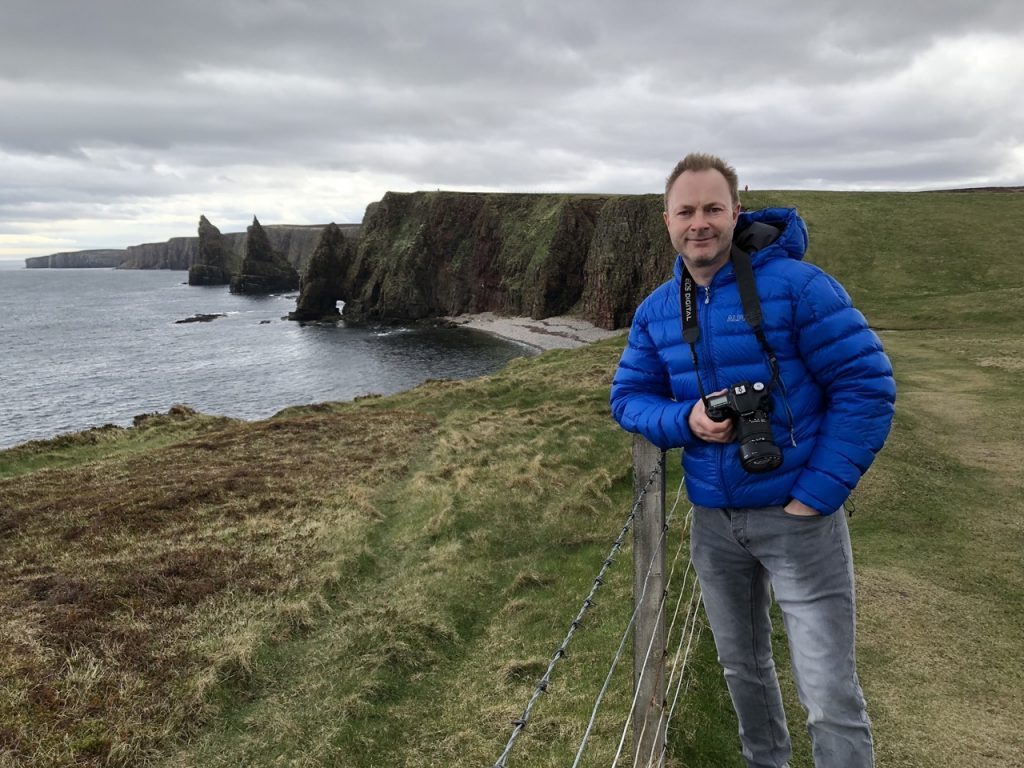
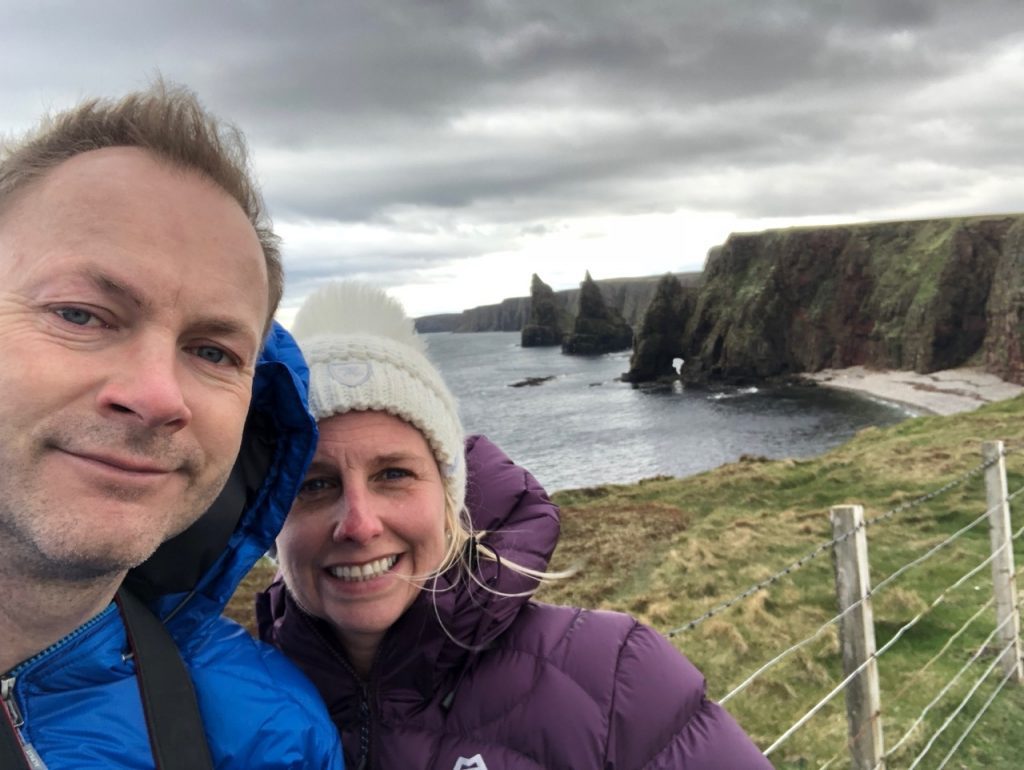
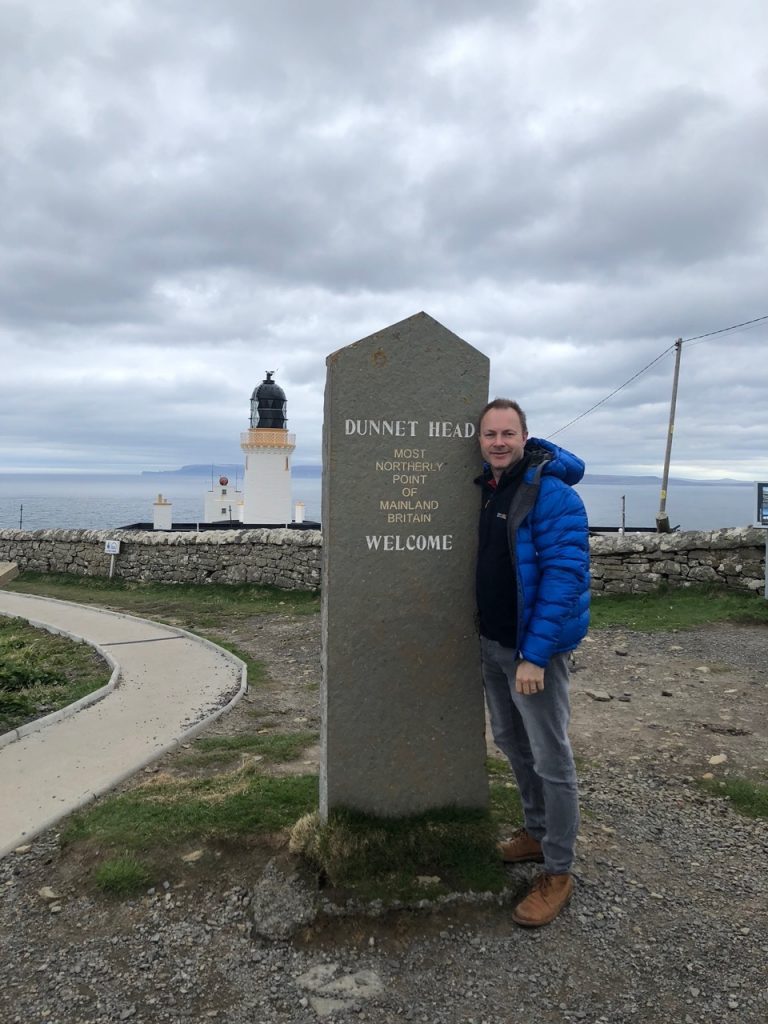
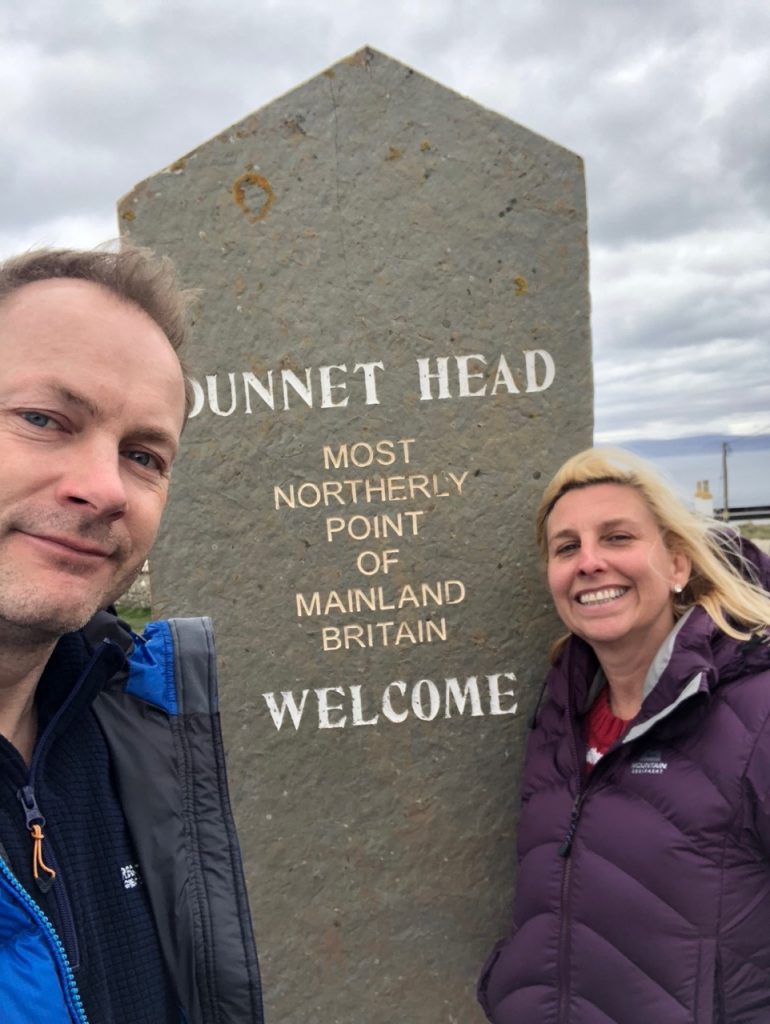
We drove to Castle May – so excited to do this tour and it did not disappoint. The Queen Mother’s ex staff guided us and gave all sort of quirky insights into life here – fascinating. It was fun to see family photos on the mantle piece and her collection of favourite videos to watch.
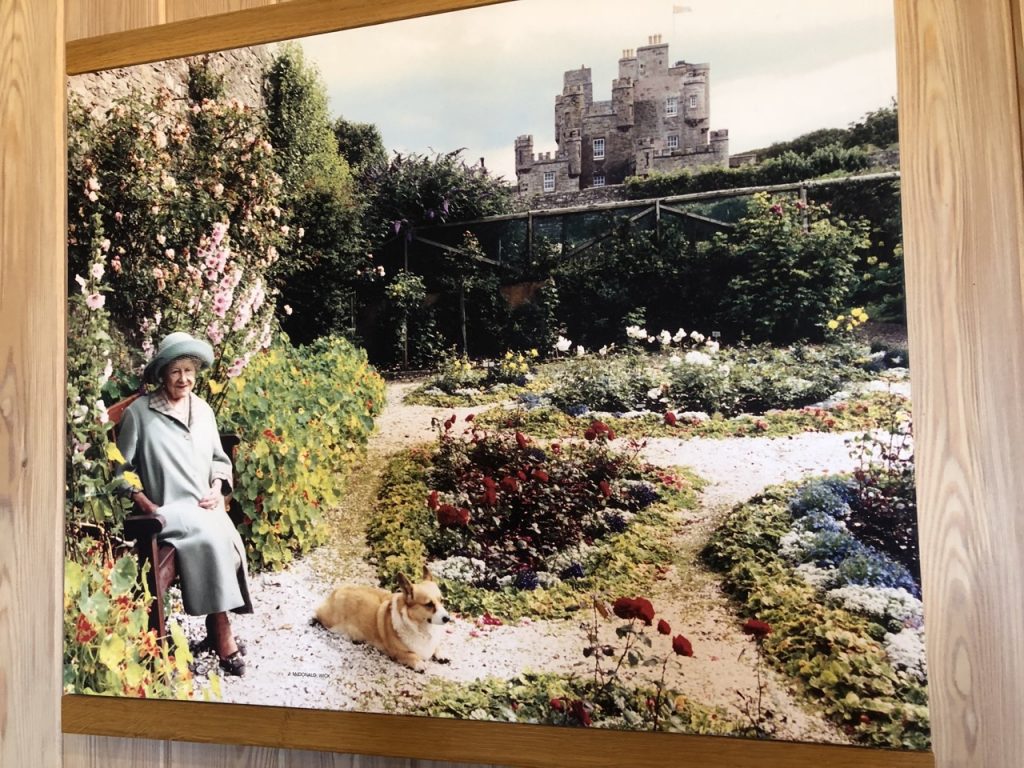
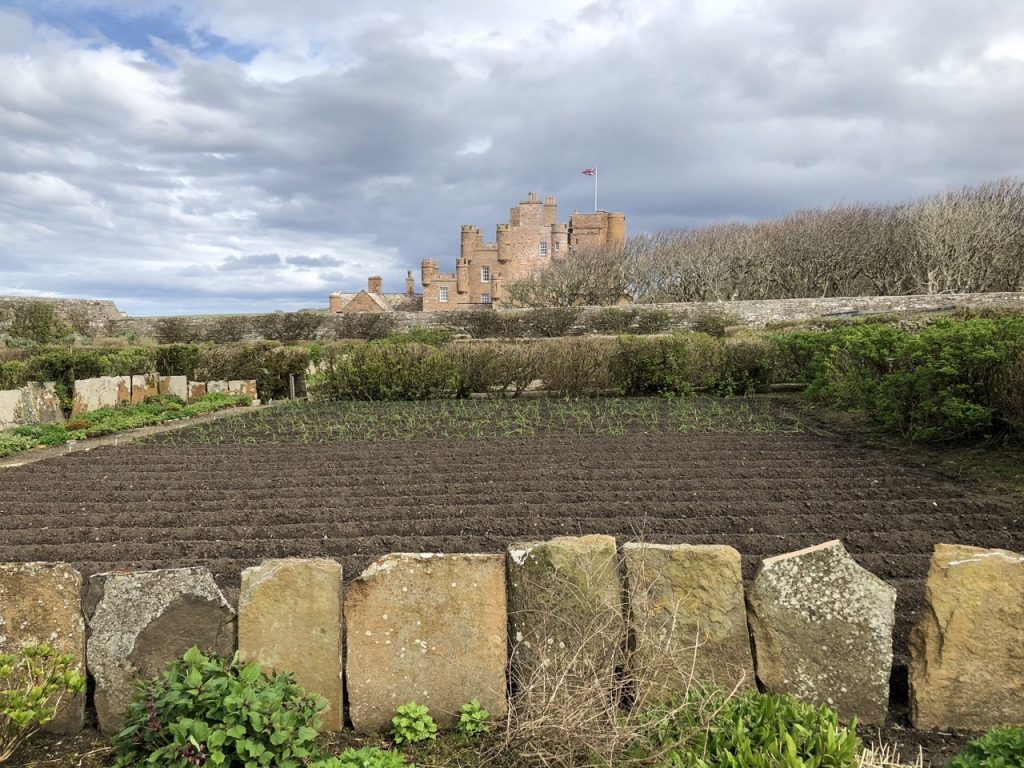
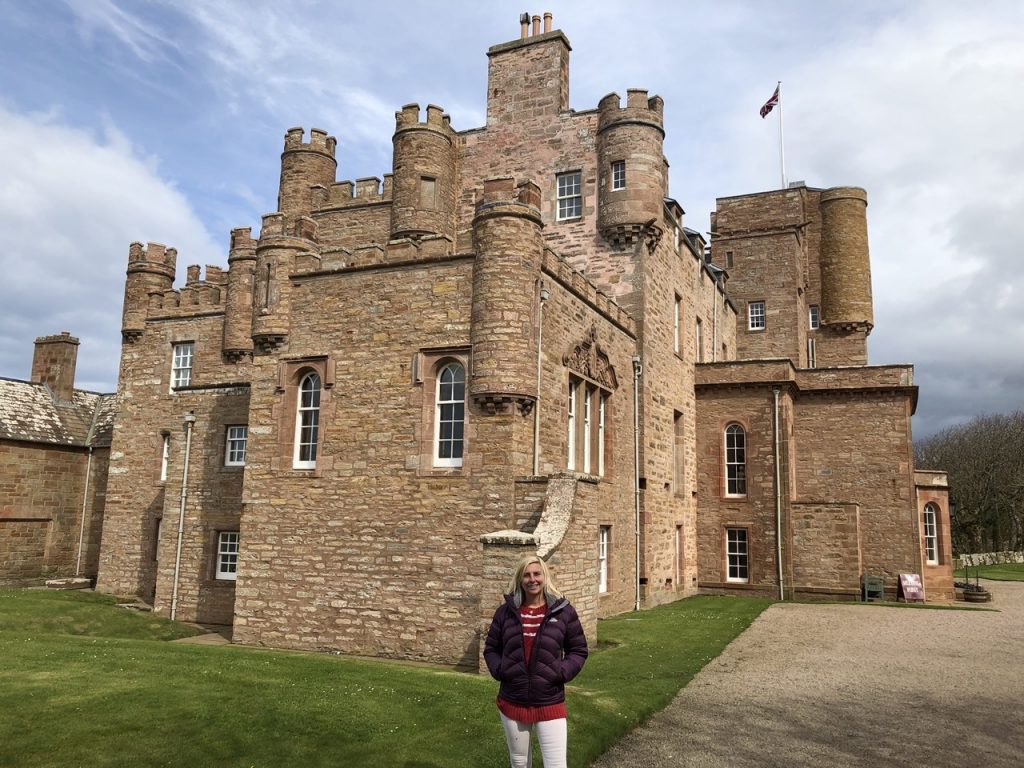
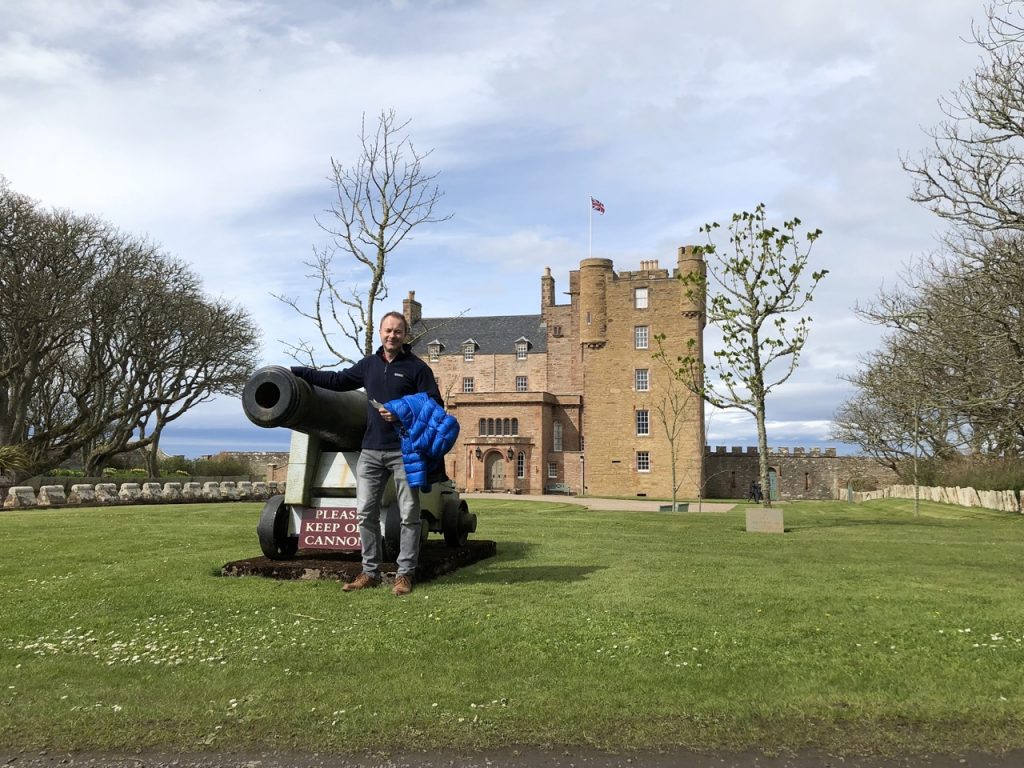
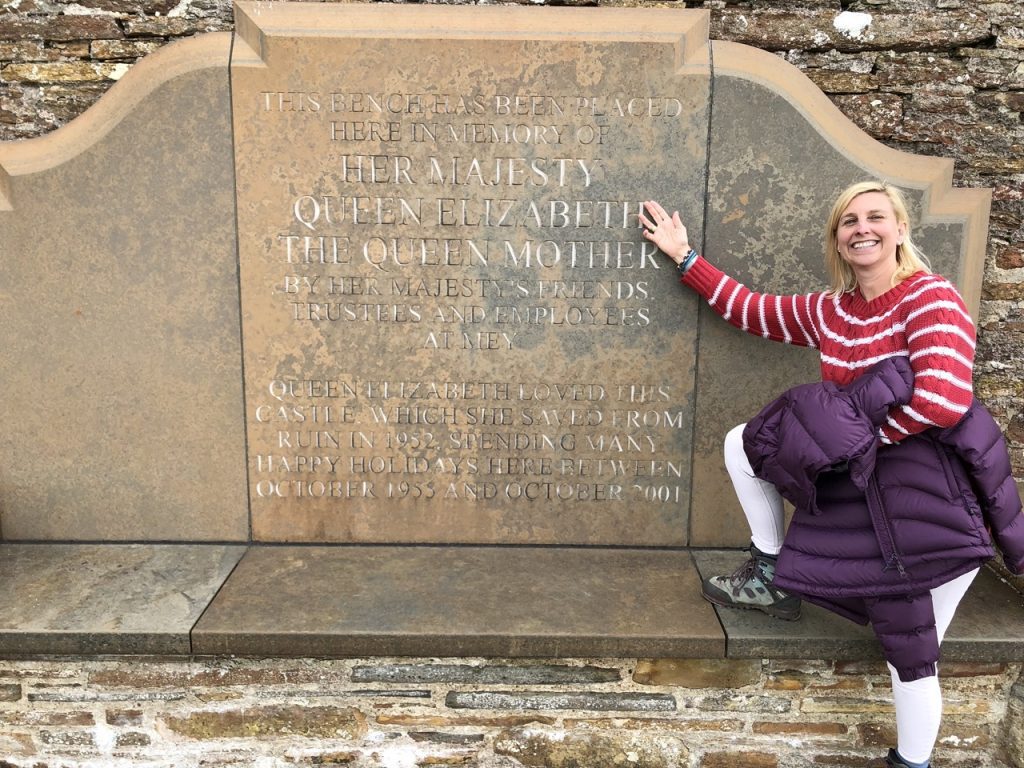
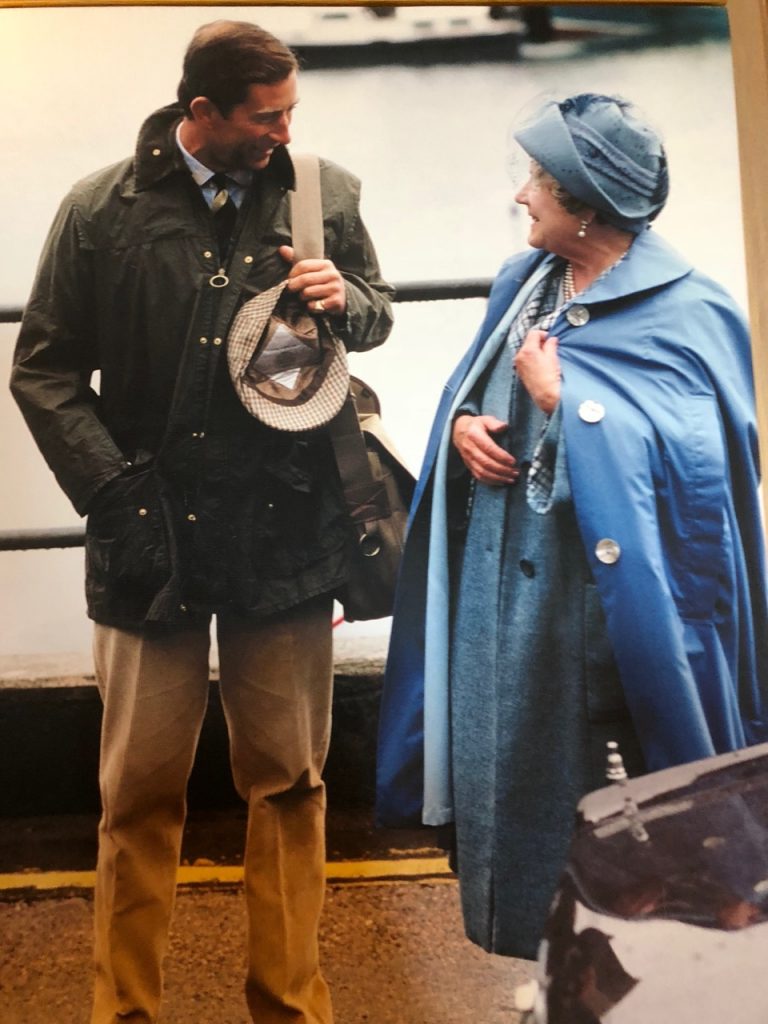
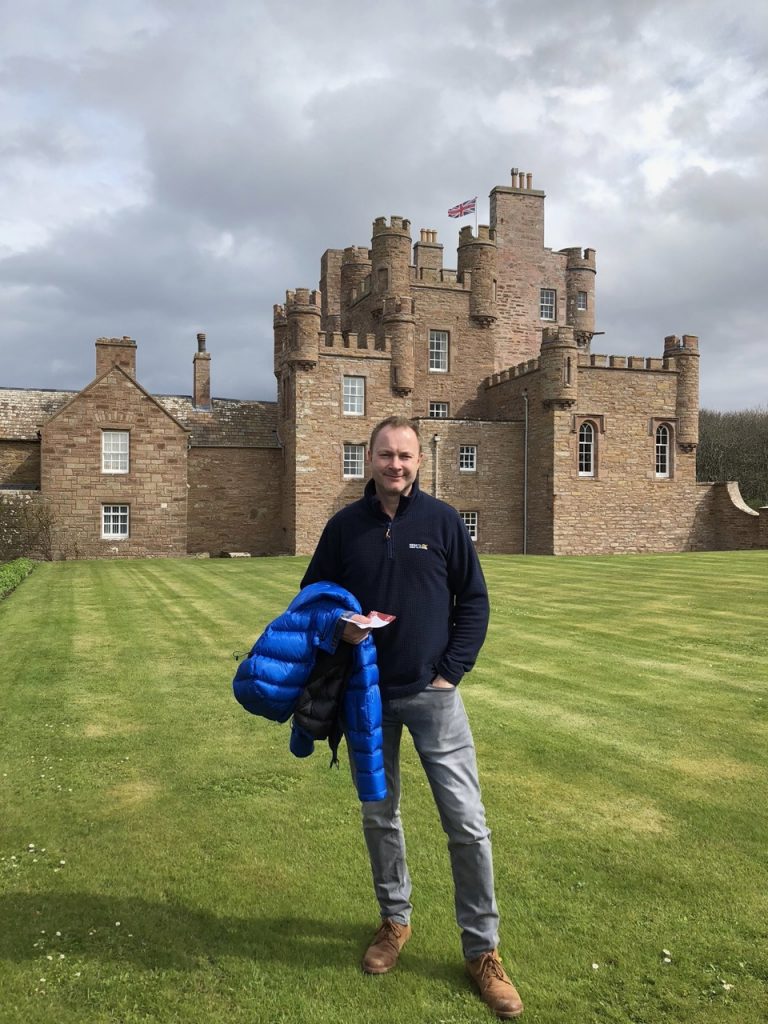
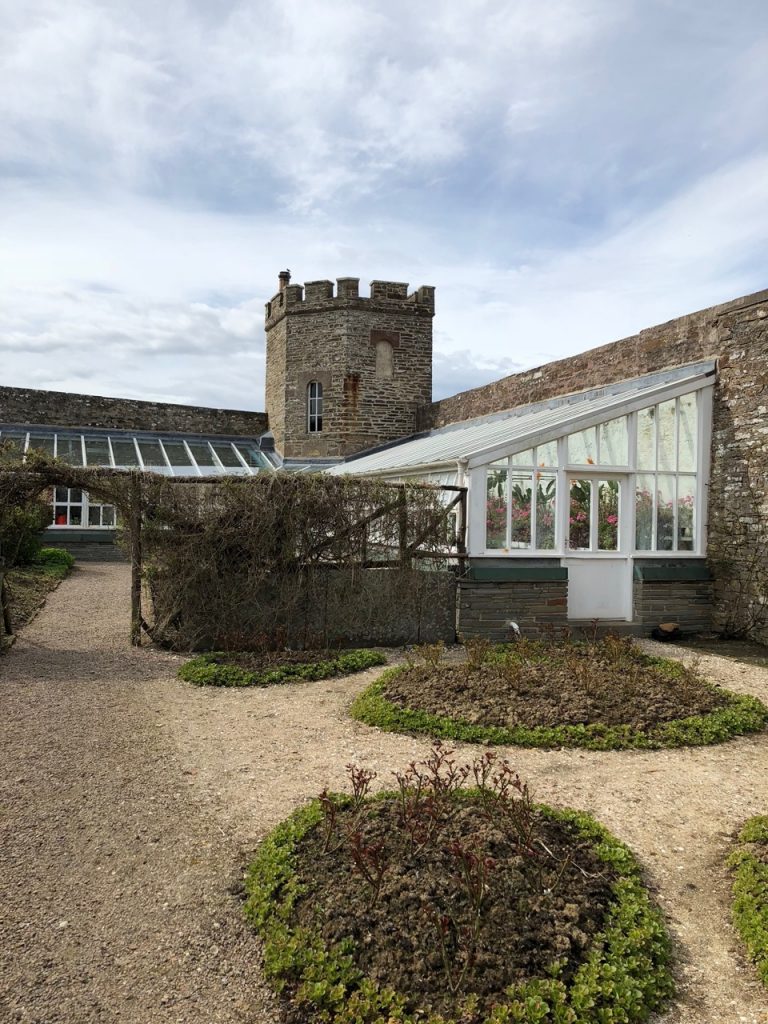
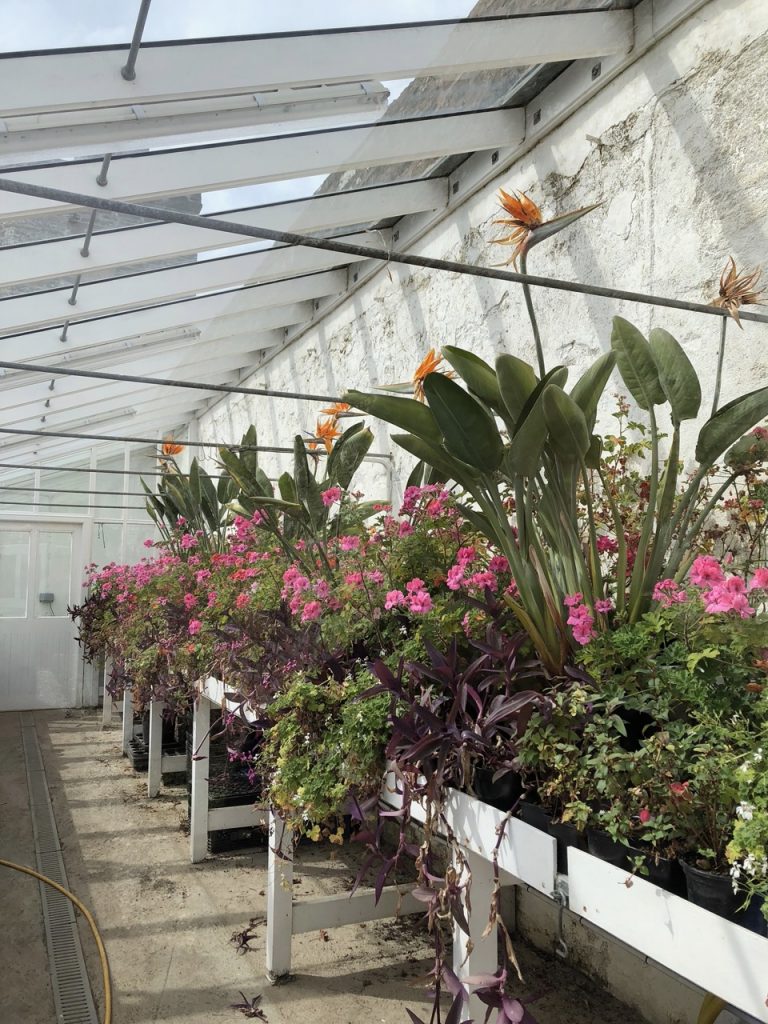
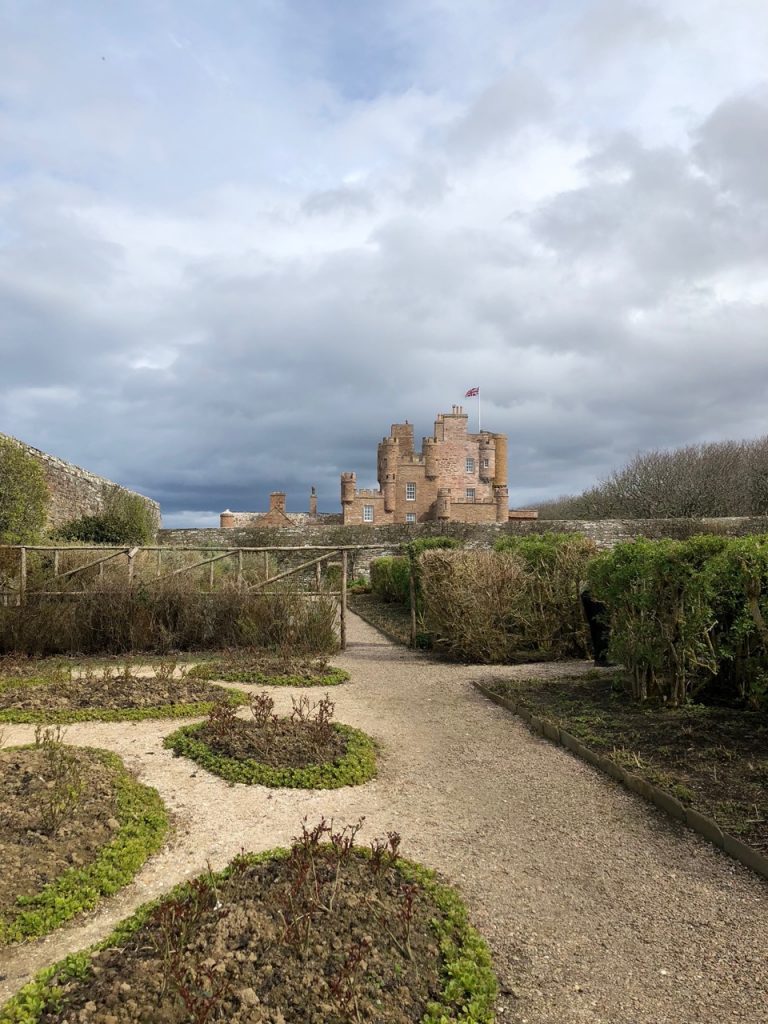
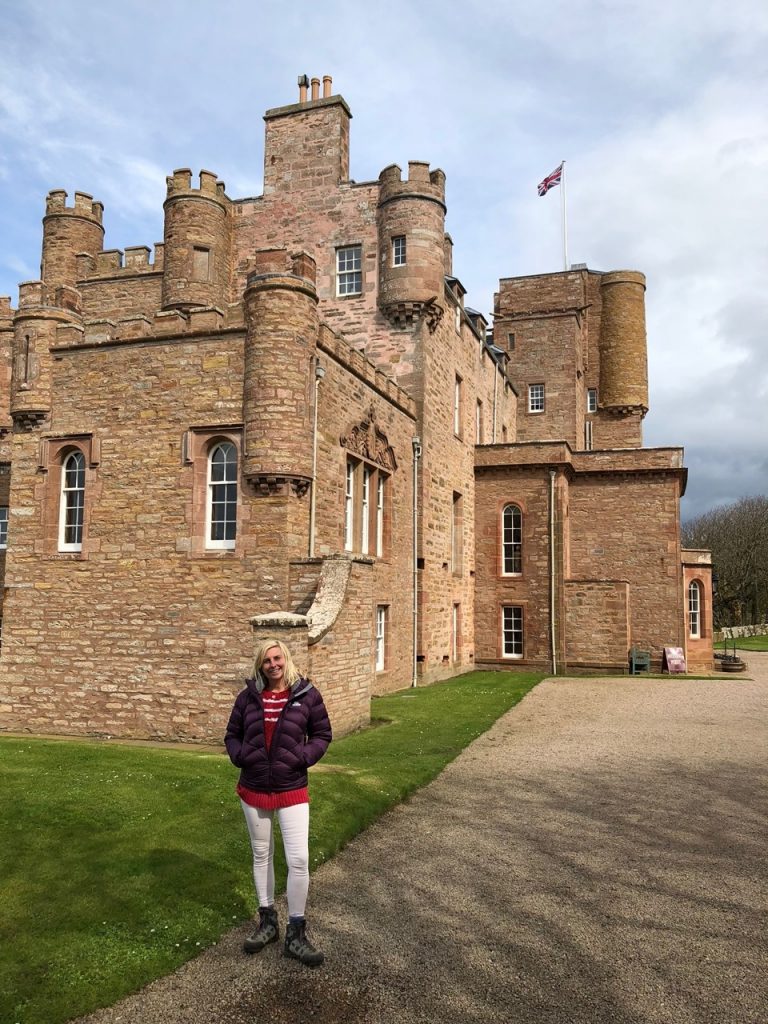
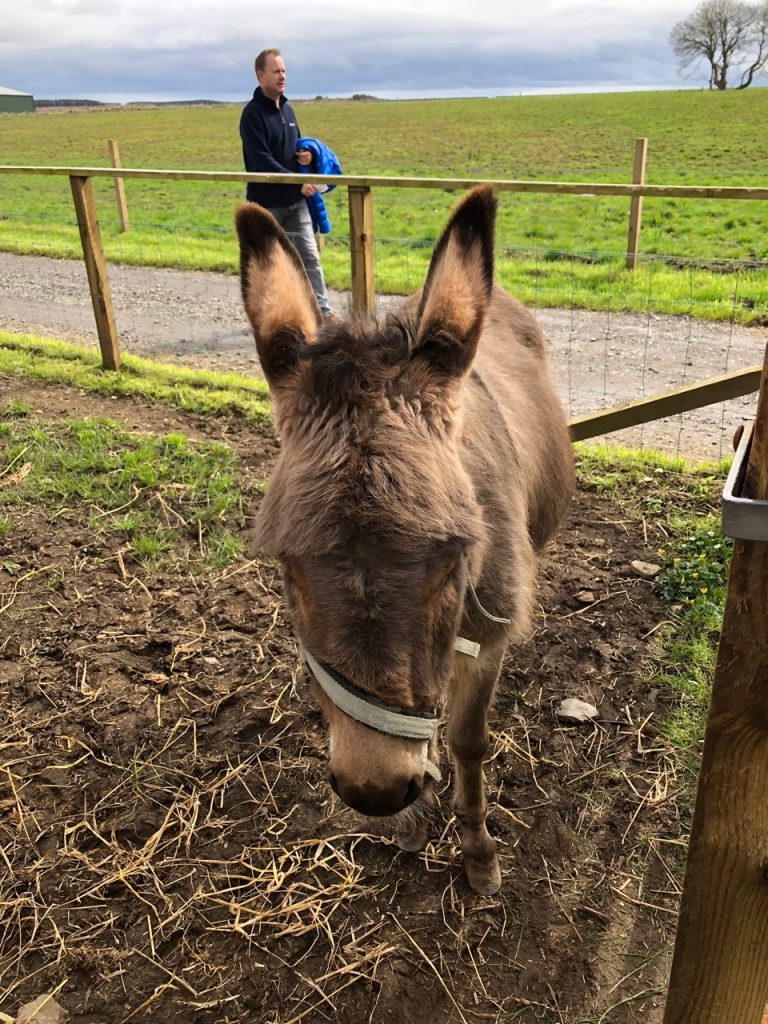
Whisky distilleries are more prevalent along the eastern part of the route between Inverness and Dunnet and include Glen Ord Distillery, Glenmorangie Distillery, Clynelish Distillery, Dalmore Distillery, and Old Pulteney Distillery. For non-whisky stops, consider Black Isle Brewery and Dunnet Bay Distillery (best known for its gin and vodkas). Most distilleries give public tours and tastings, but some you’ll need to book in advance. We did not have time on this trip to sample any …saved for later!
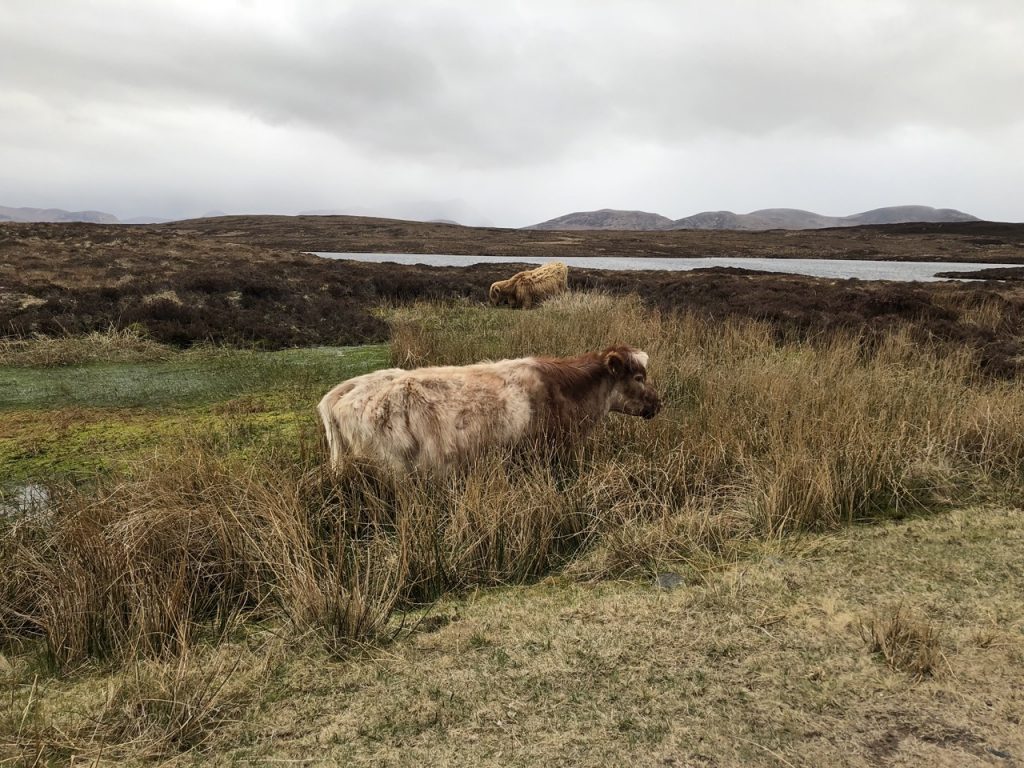
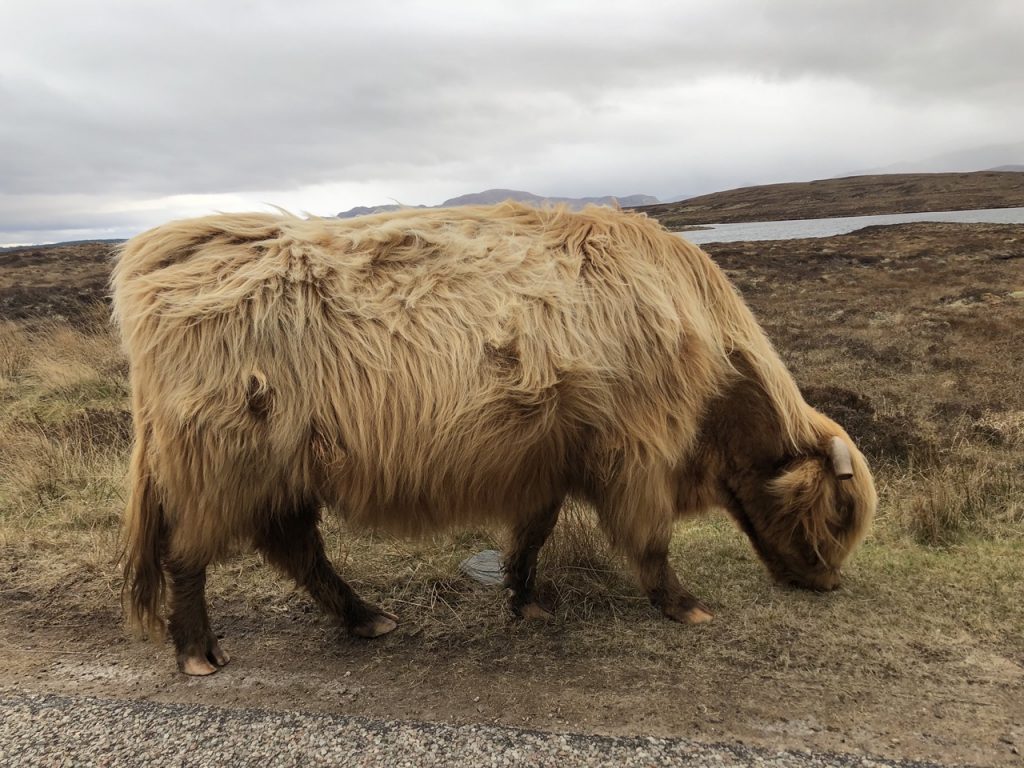
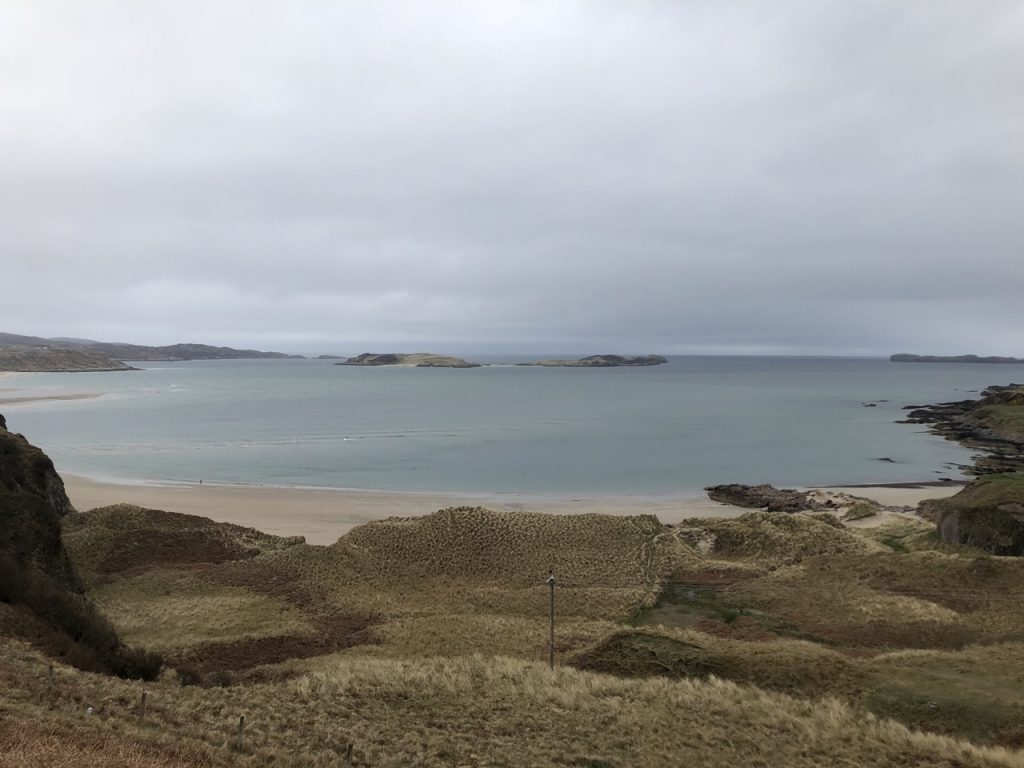
Those interested in Scottish wildlife should be able to find some spots of interest. For those interested in sea mammals or seabirds I’d recommend the section between Inverness and Thurso. Chanonry Point (one of the most popular spots), North Kessock, Fort George, and Spey Bay are popular places near Inverness to spot bottlenose dolphins as well as potentially seals, porpoises, and whales. The Scottish Dolphin Center at Spey Bay is a great place to stop for more information on dolphins and other area wildlife.
For whale watching, we were told that Duncansby Head, Dunnet Bay, and Strathy Point are popular spots for whale watchers as well as for dolphins, porpoises, and other sea animals. There are wildlife boat tours you can do in the Caithness area for a better chance to see the wildlife. The Orkney Islands (can be reached by ferry from John O’ Groats) is also a great place for wildlife, including sea mammals, voles, and sea birds.
We did a walk around Coldbackie and Moine.
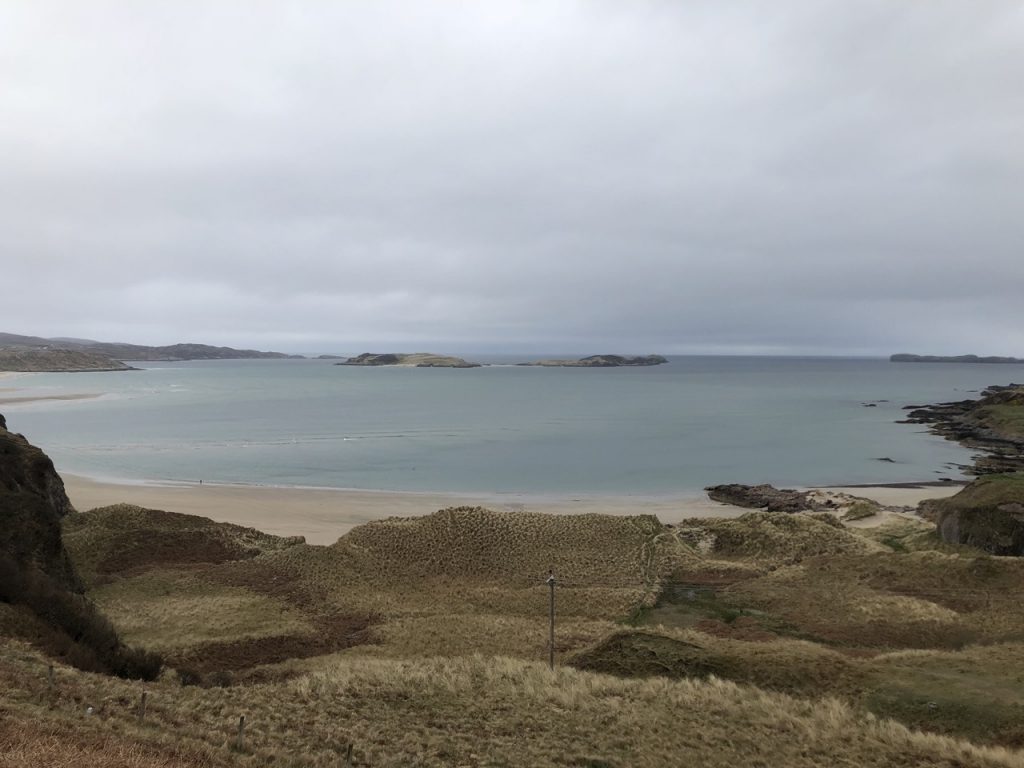
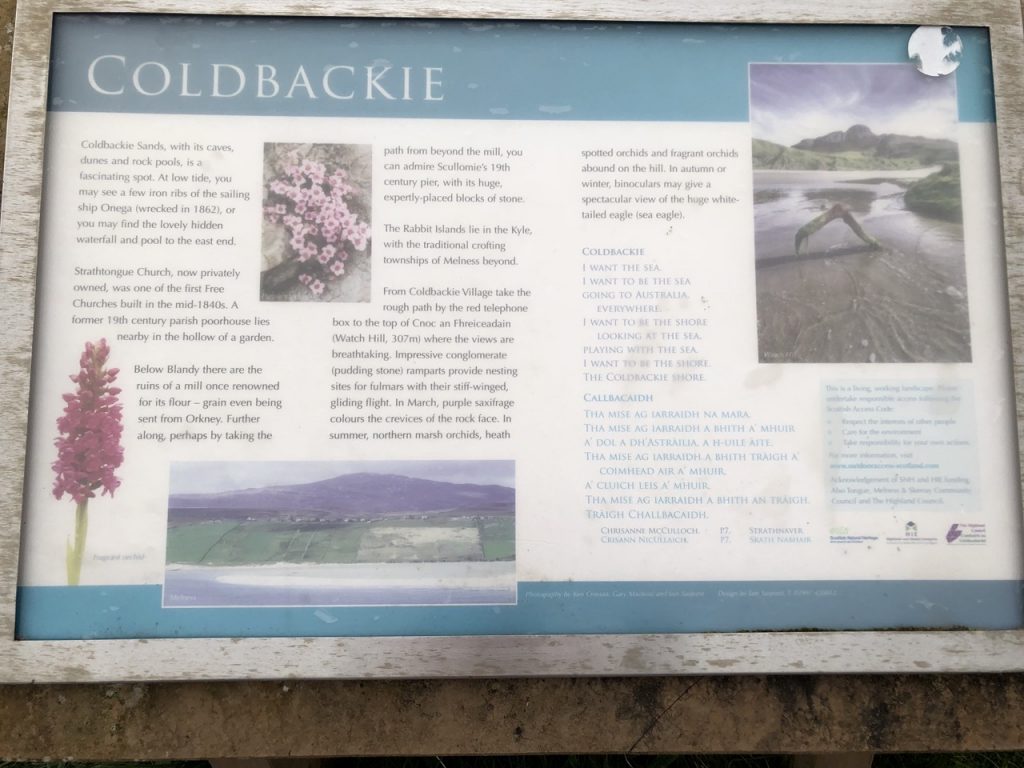
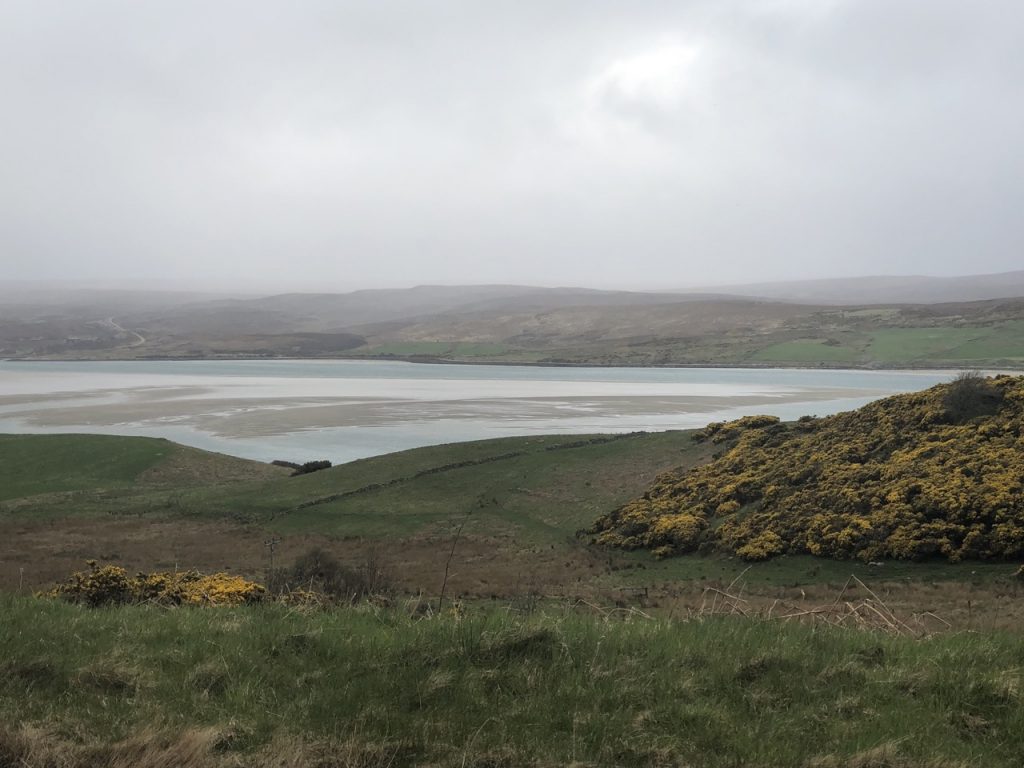
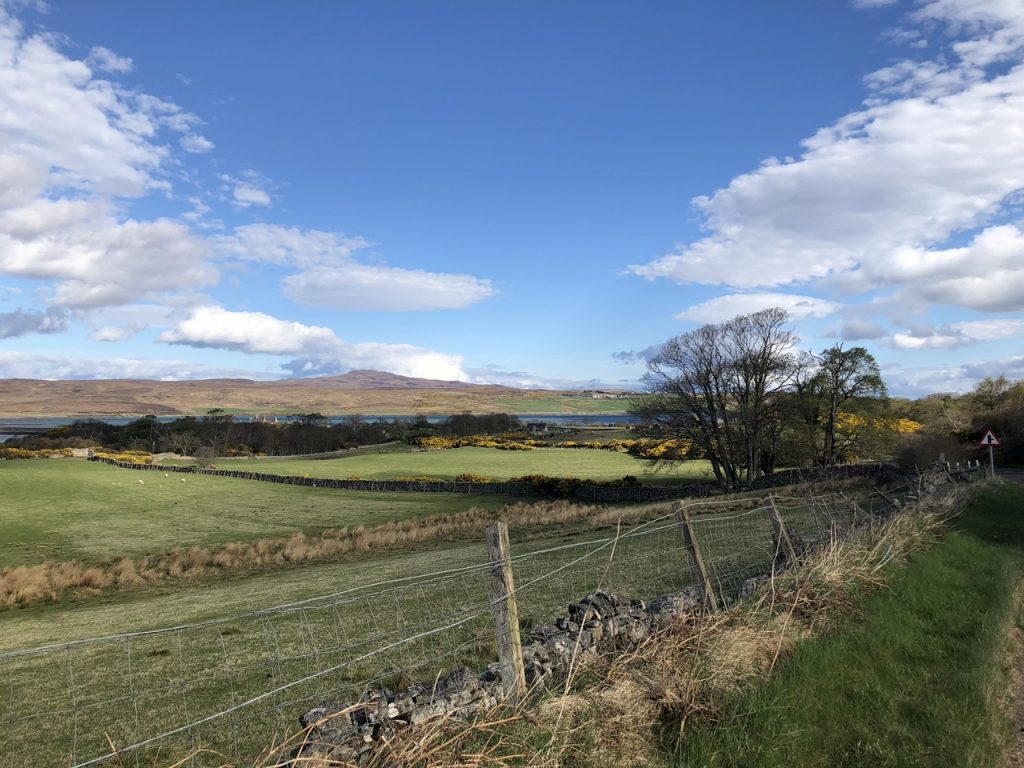
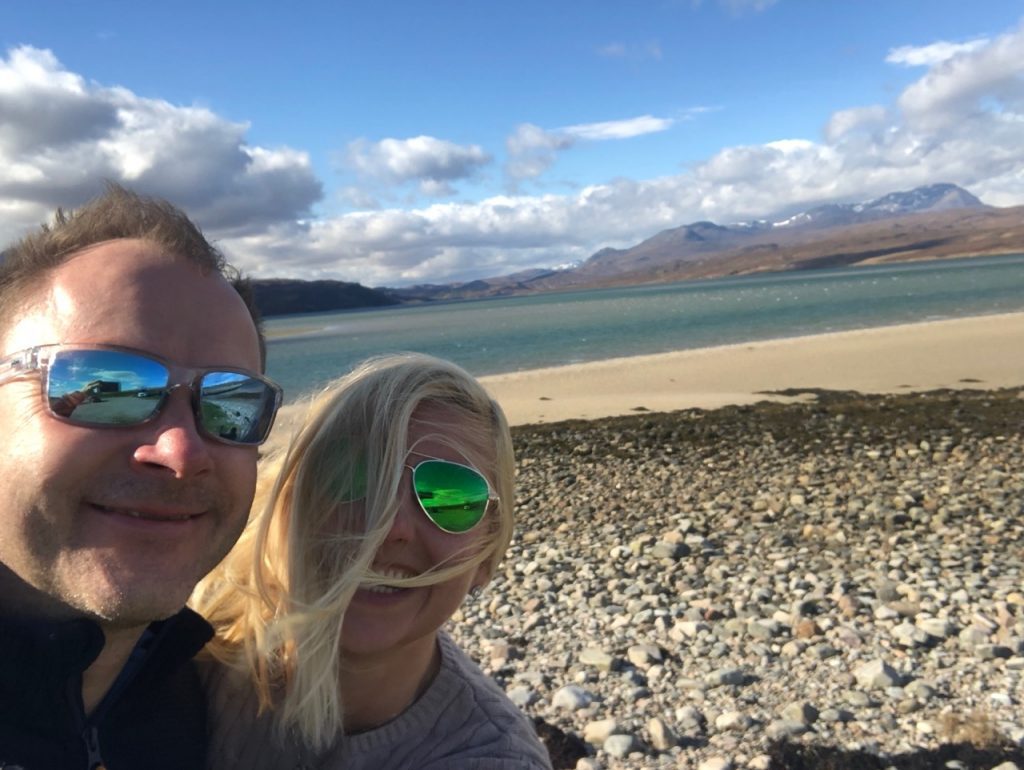
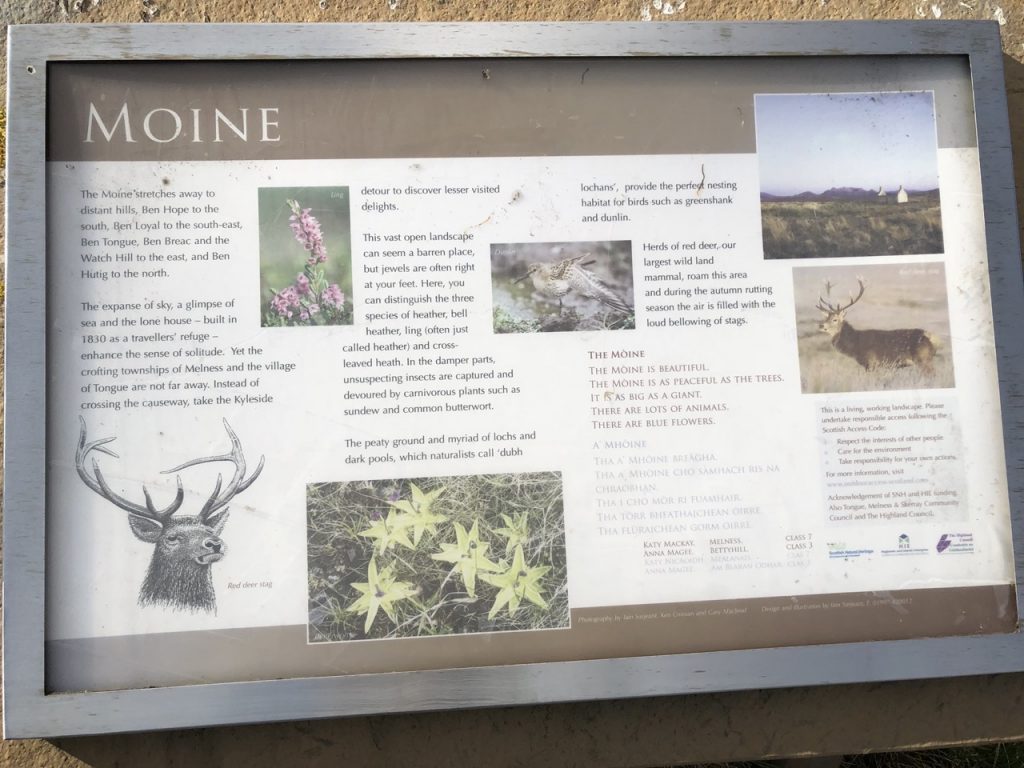
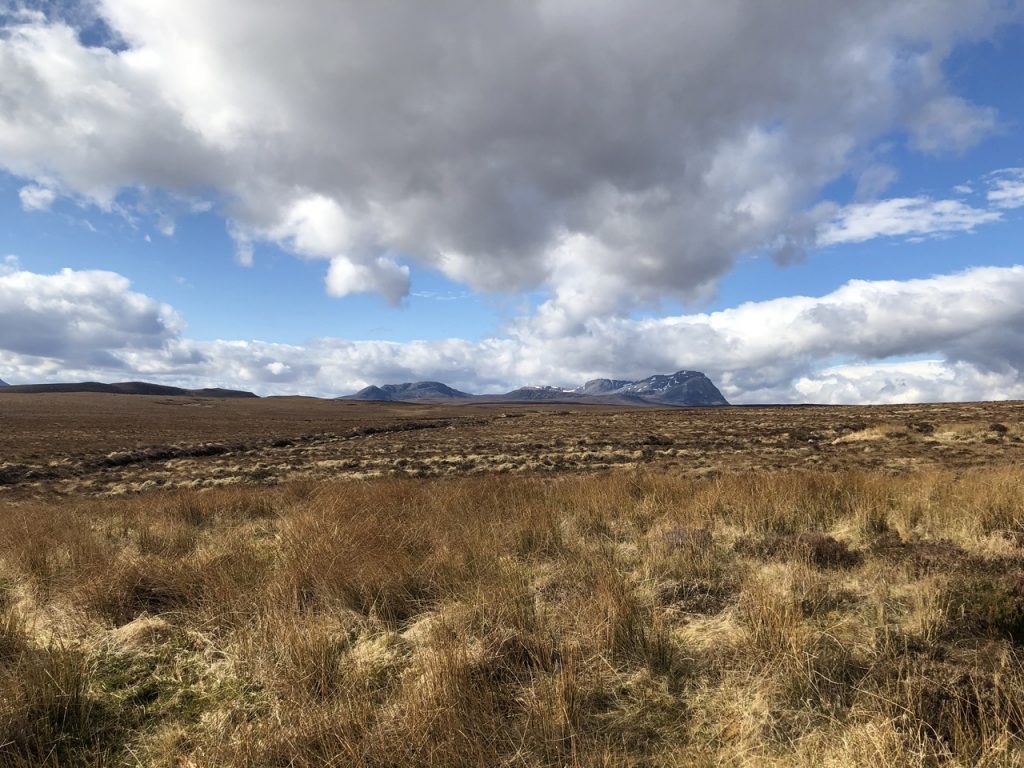
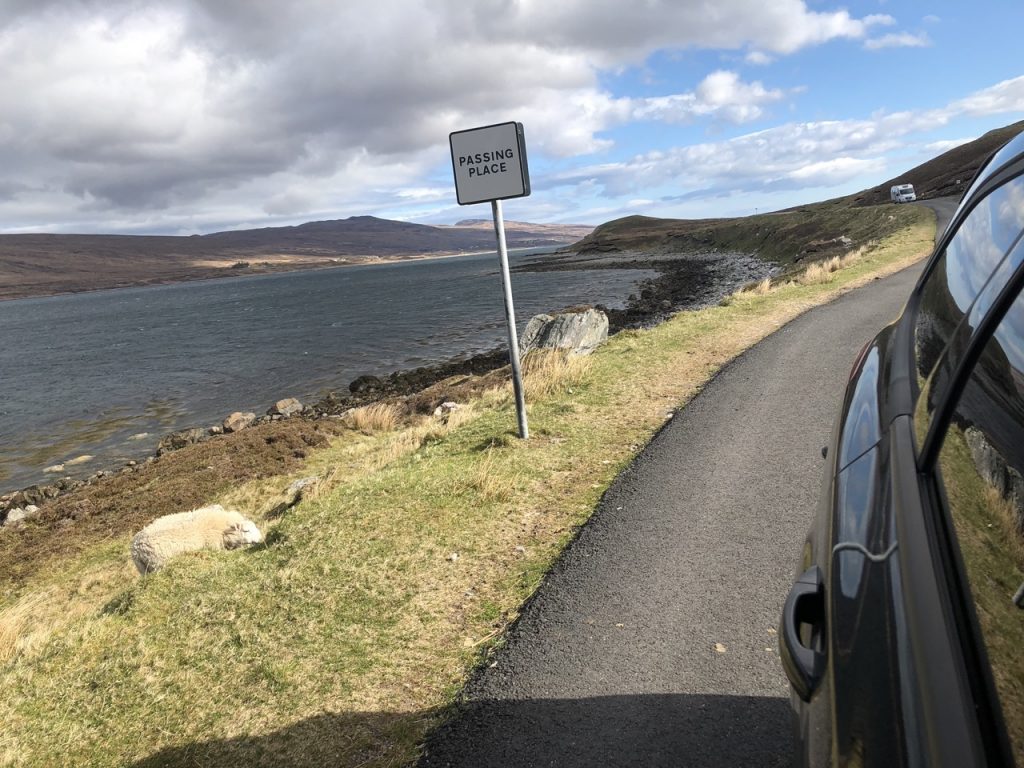
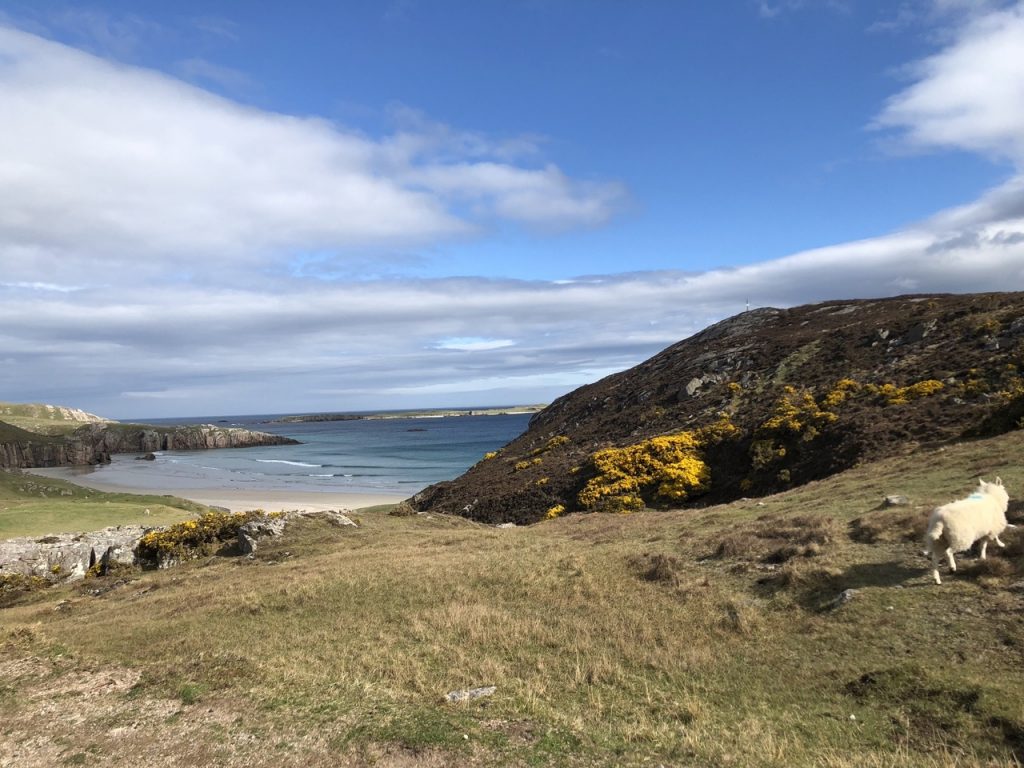
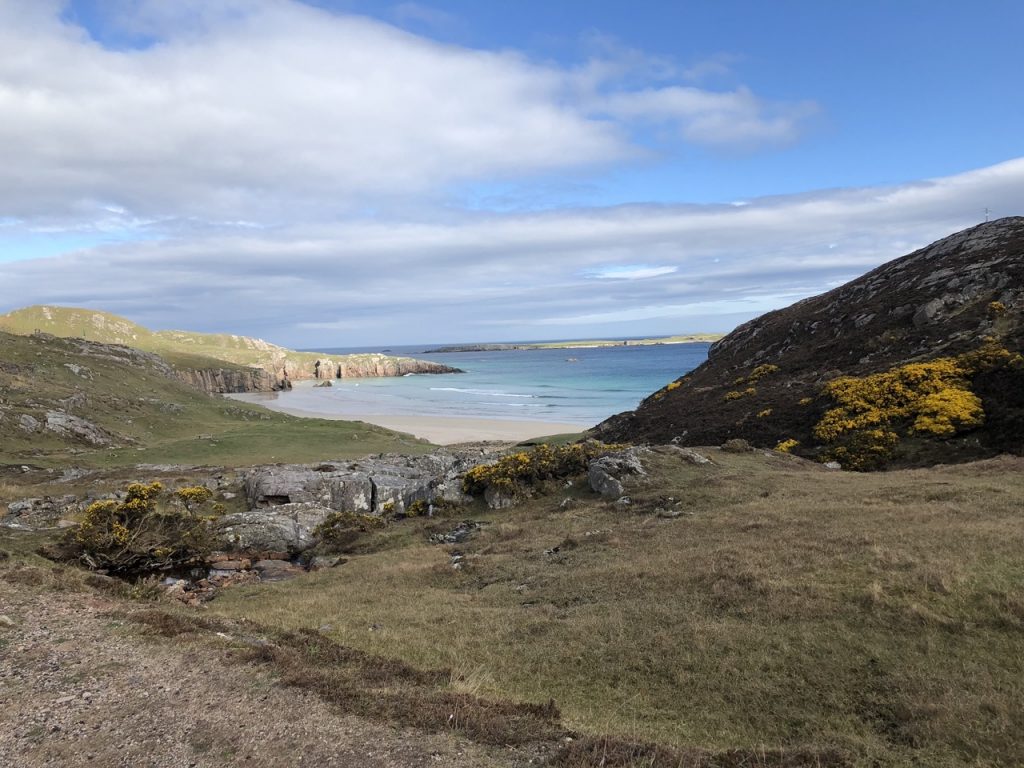
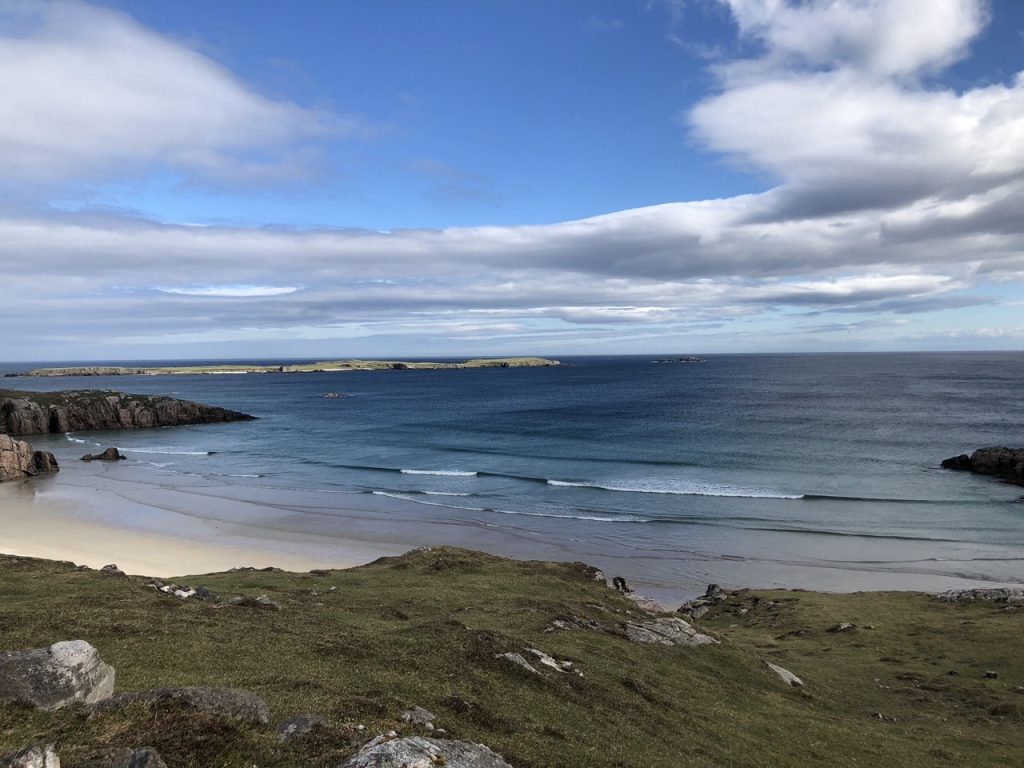
Deer lovers can spot red deer throughout the Scottish Highlands and the best time to see them is early in the morning in the fields away from villages. We saw loads of them, especially along the western and southern parts of the route. If you want to get really up close to a large herd of deer, we can recommend a guided tour with gamekeeper Colin at Reraig Forest near Lochcarron.
We spent the next two nights at the lovely Tongue Hotel.
We were very excited to head to Cape Wrath the next day! Cape Wrath is one of Britain’s iconic cornerstones where the north and west coasts of Scotland meet. There are stunning & spectacular views with dramatic coastlines, the expansive Atlantic Ocean and a vast moorland wilderness all in one place. There is no land mass between here and the Arctic, Orkney can be seen to the north east and the Western Isles viewed to the south west. BUT the crossing was cancelled due to adverse weather – we would have to try again later!
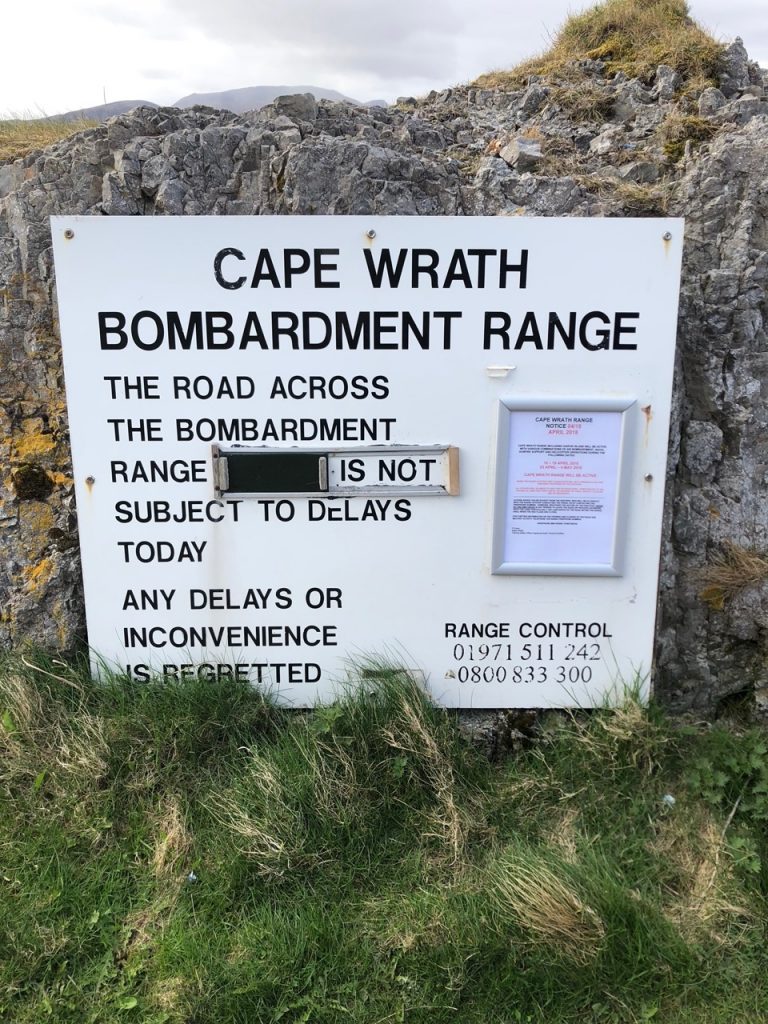
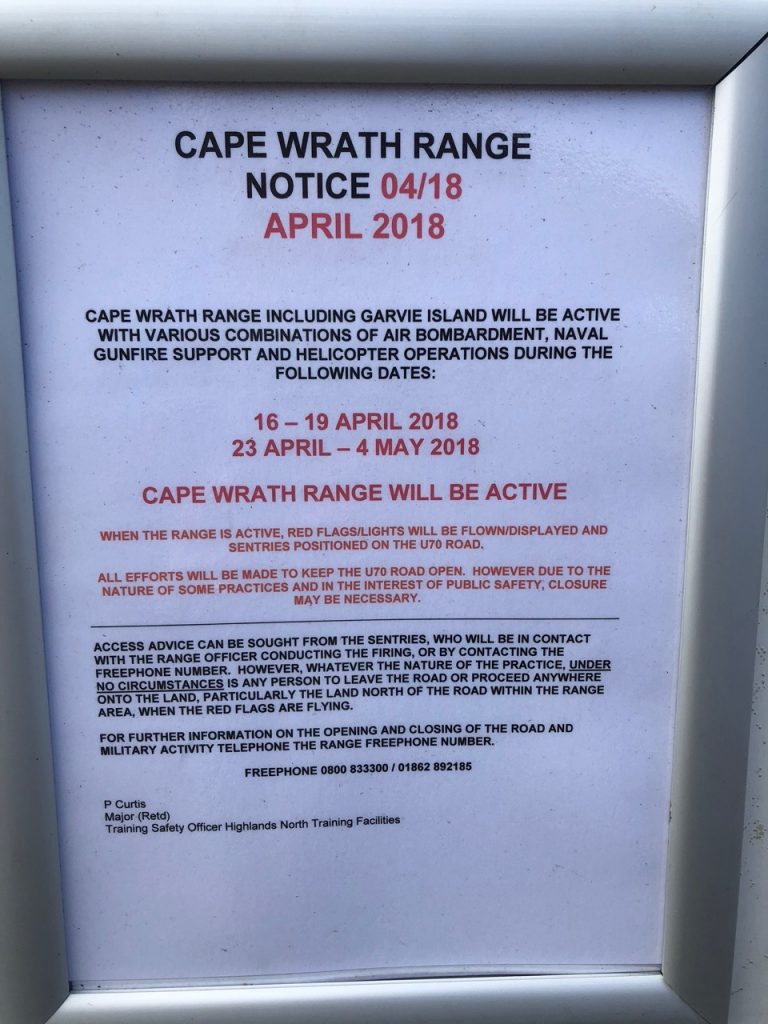
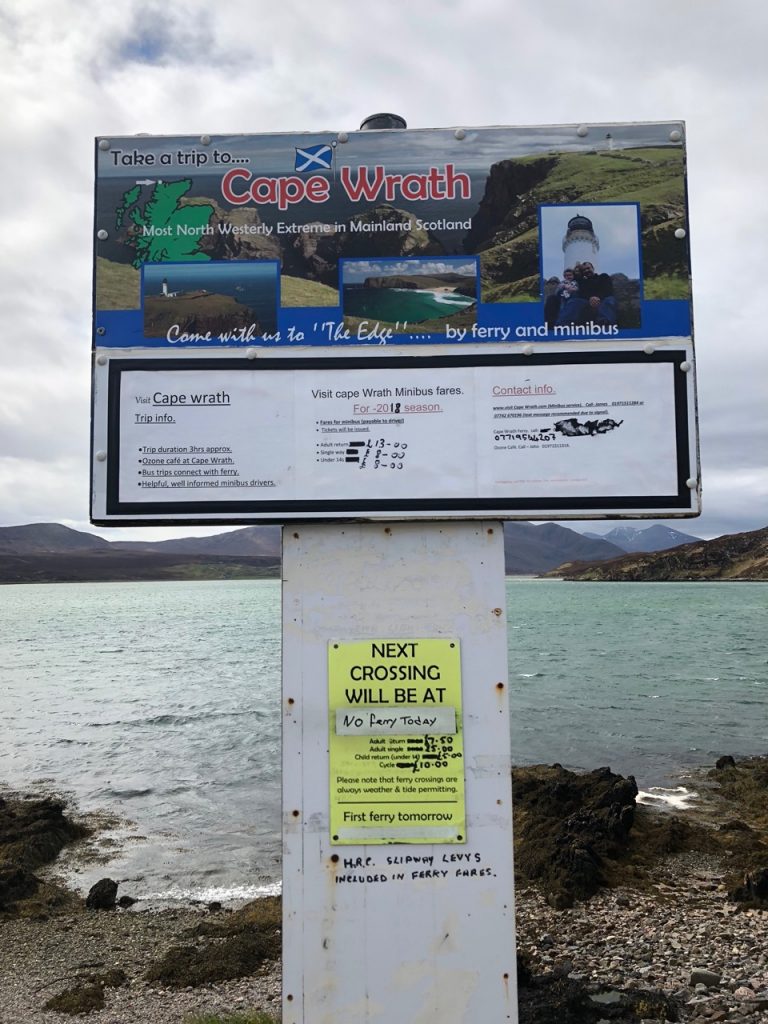
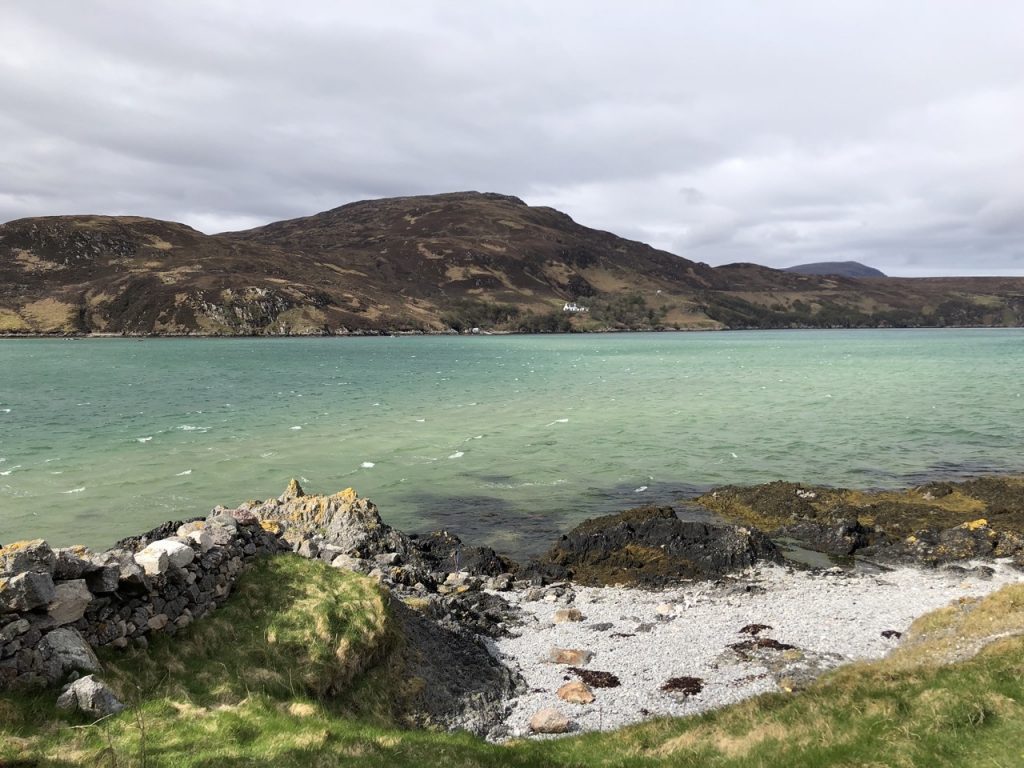
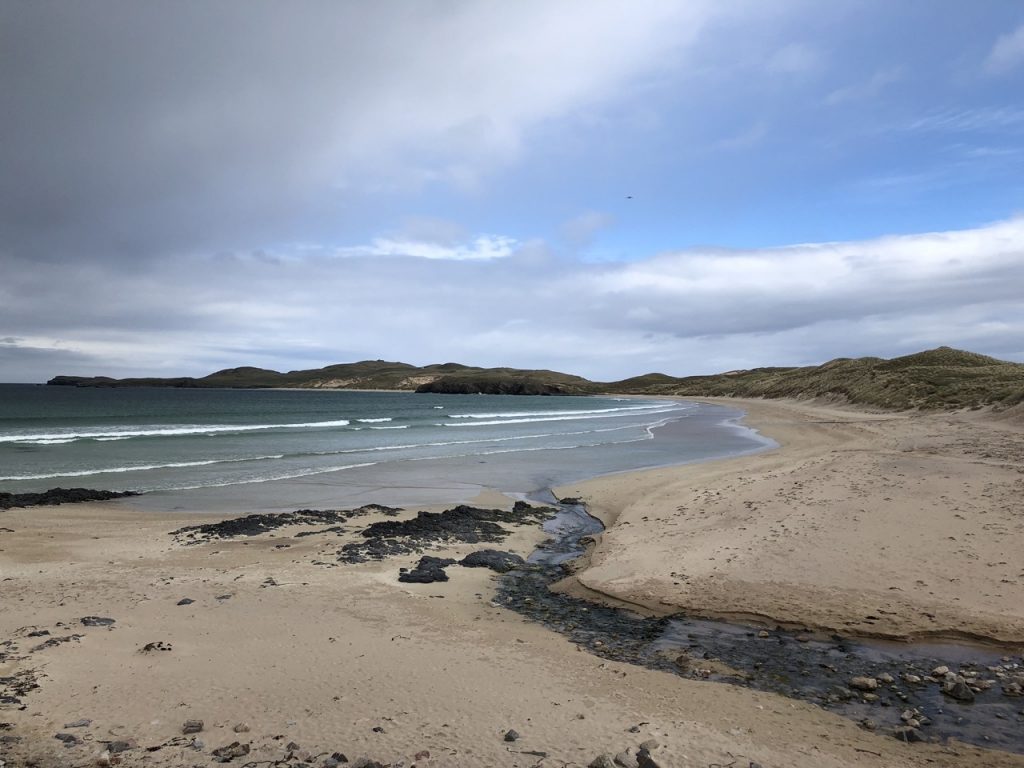
We headed to Smoo Caves instead. Smoo Cave is a large combined sea cave and freshwater cave in Durness in Sutherland, Highland, Scotland. The cave name is thought to originate from the Norse ‘smjugg’ or ‘smuga’, meaning a hole or hiding-place.
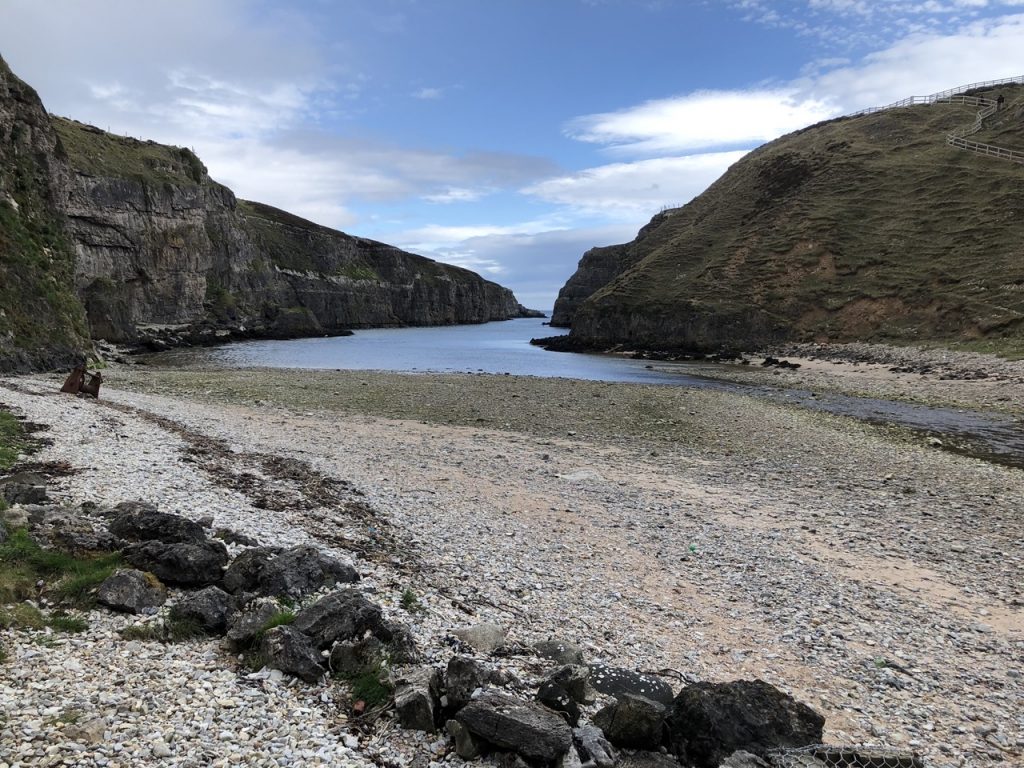
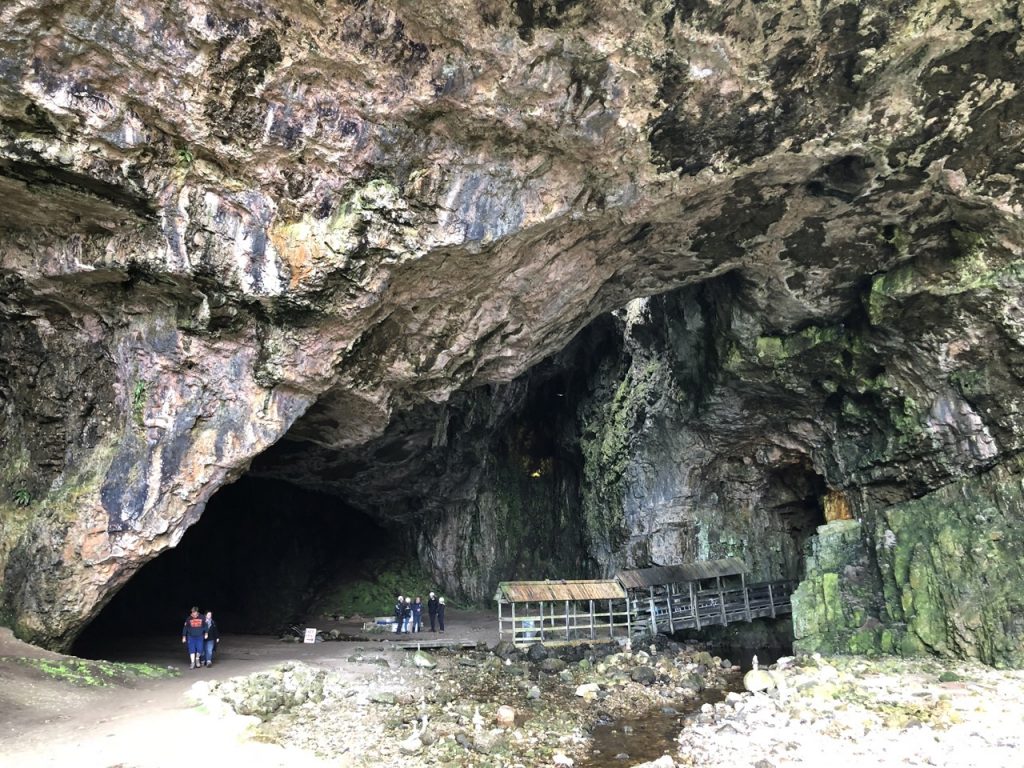

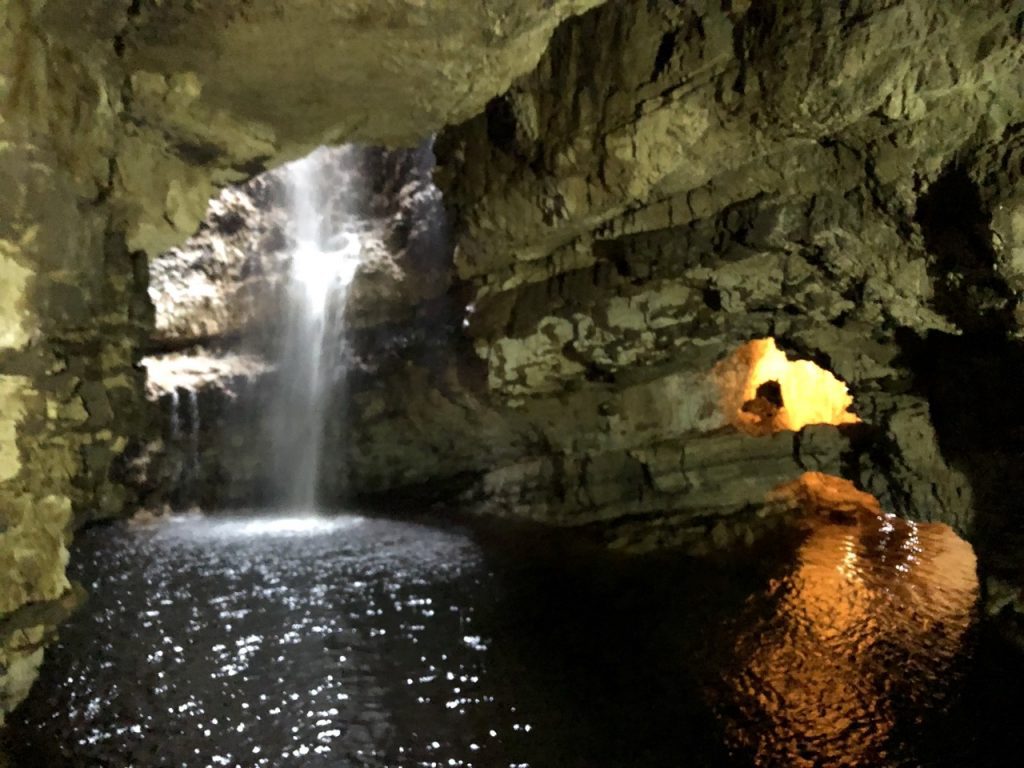
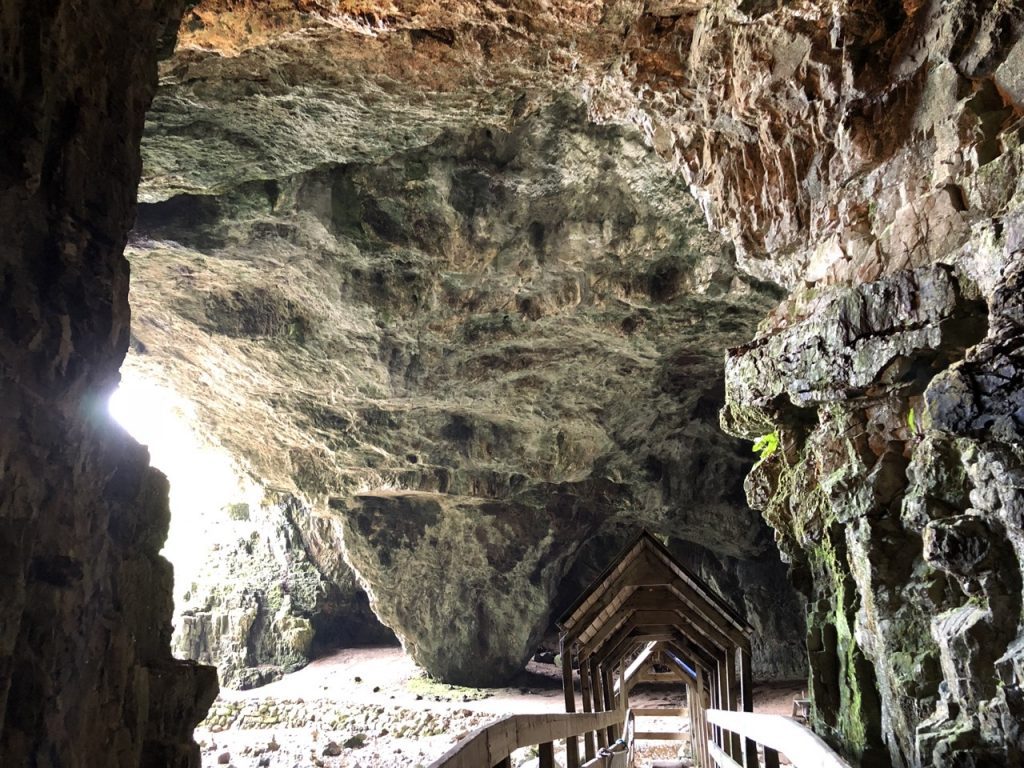
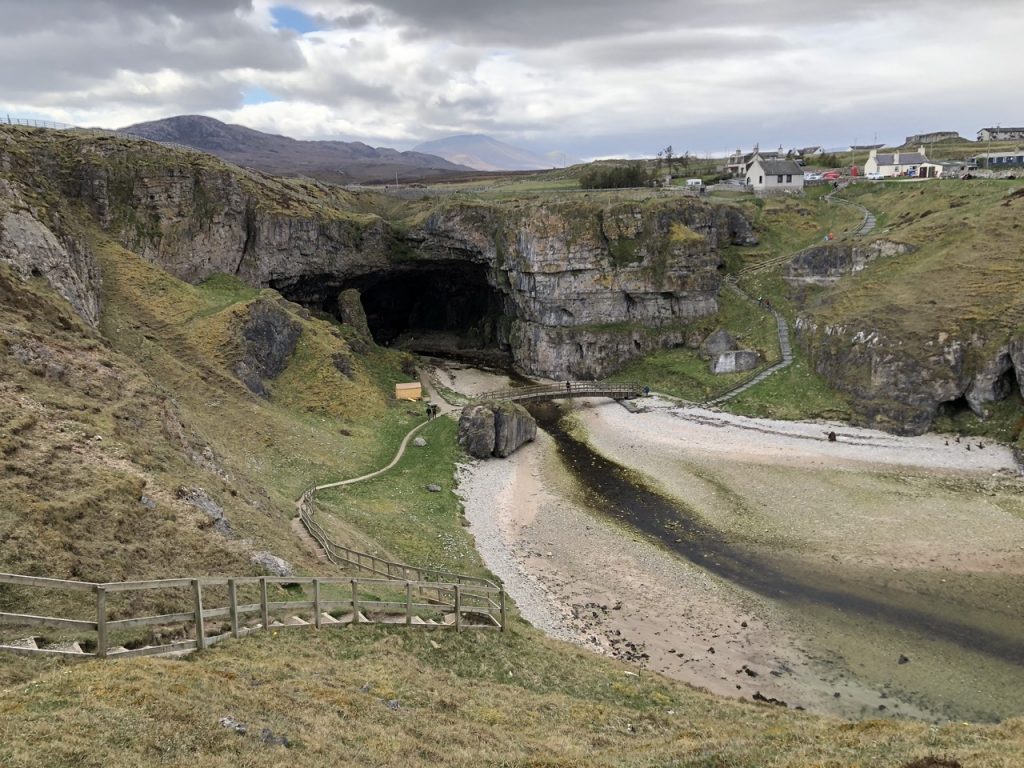
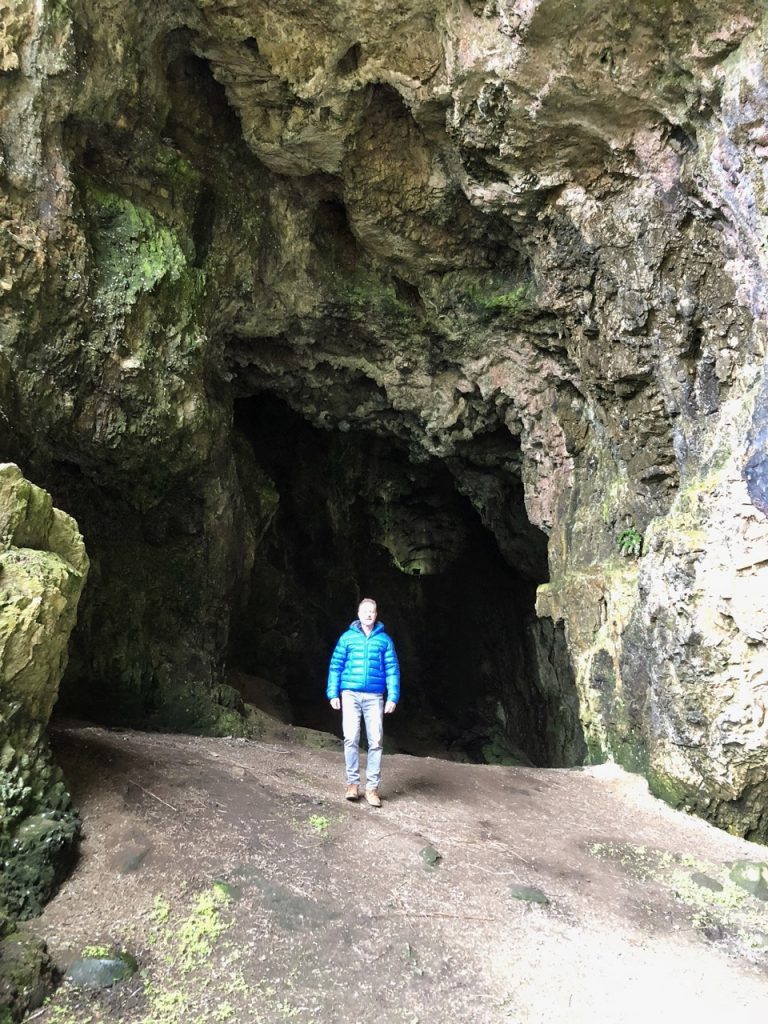
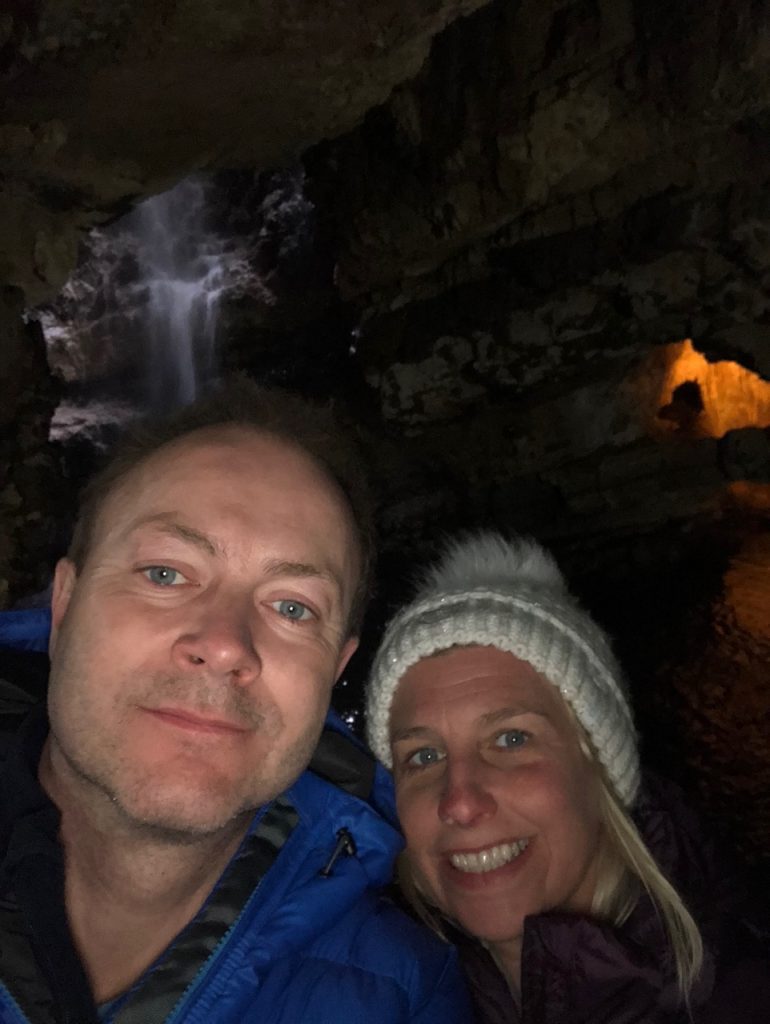
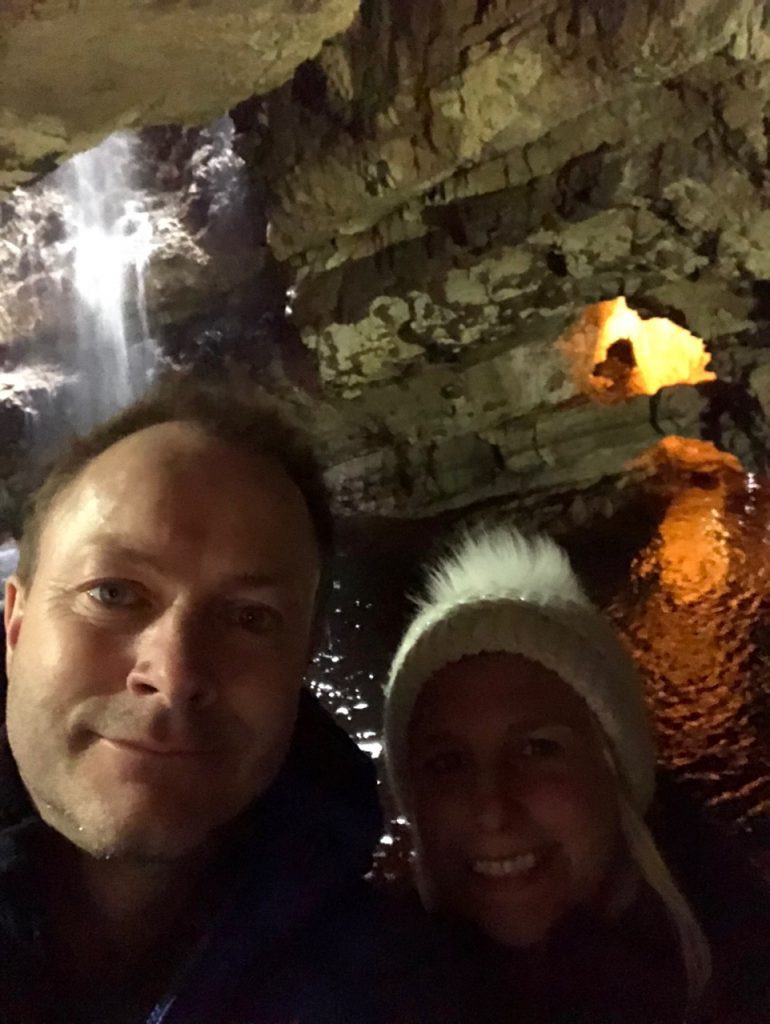
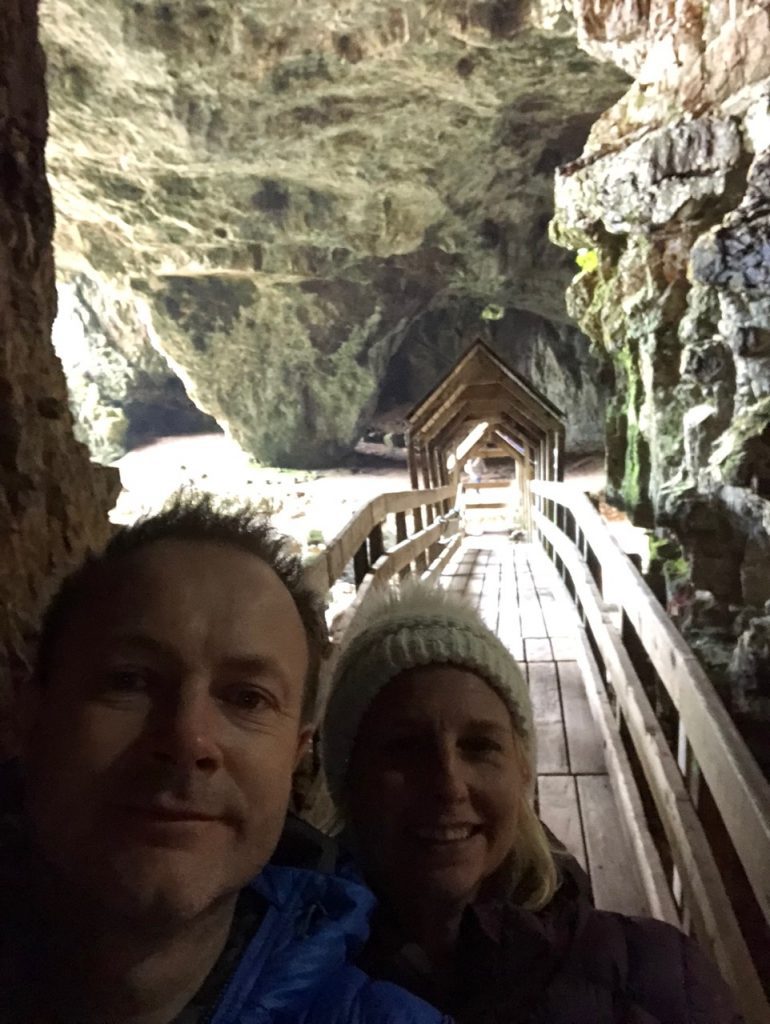
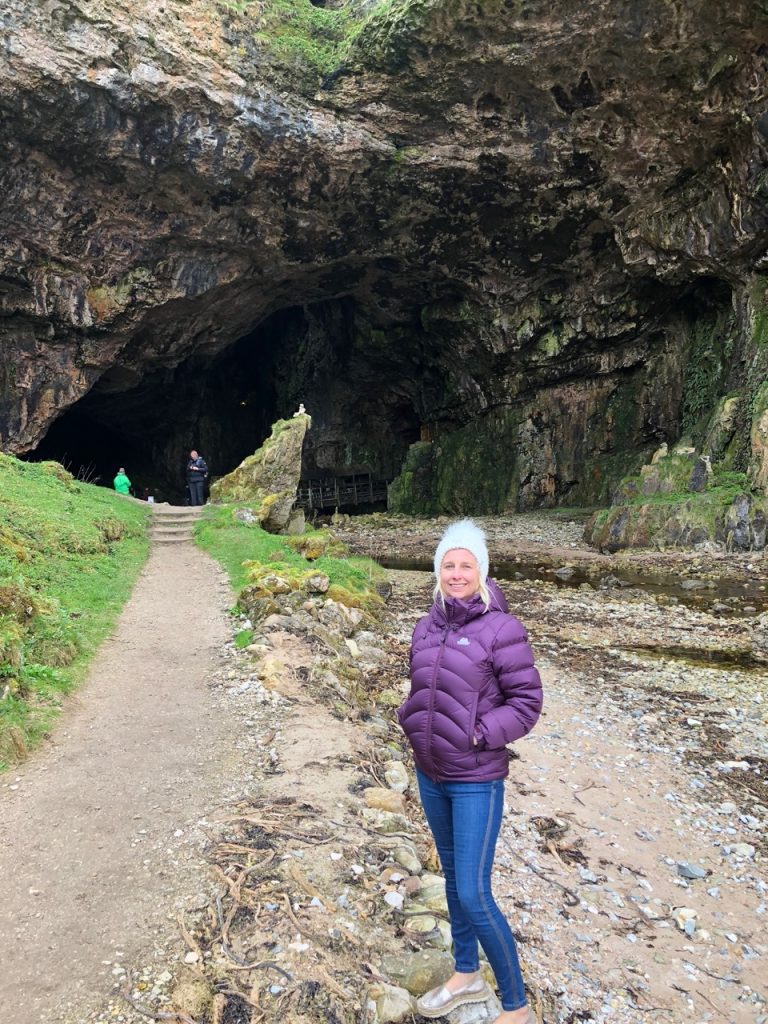
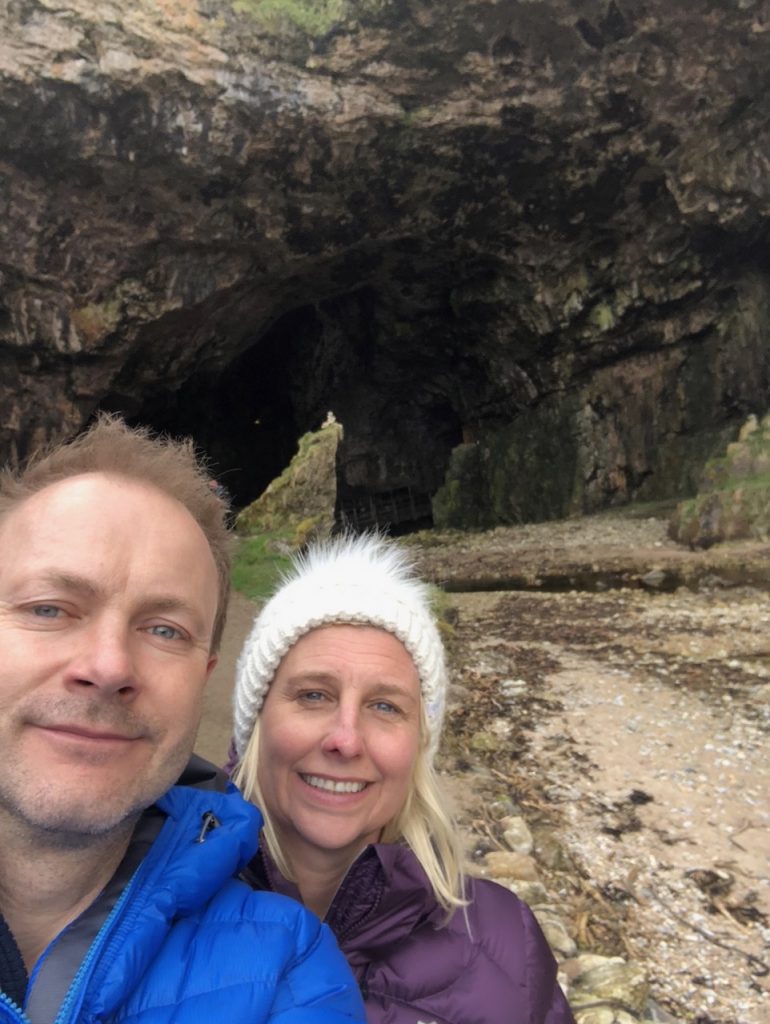
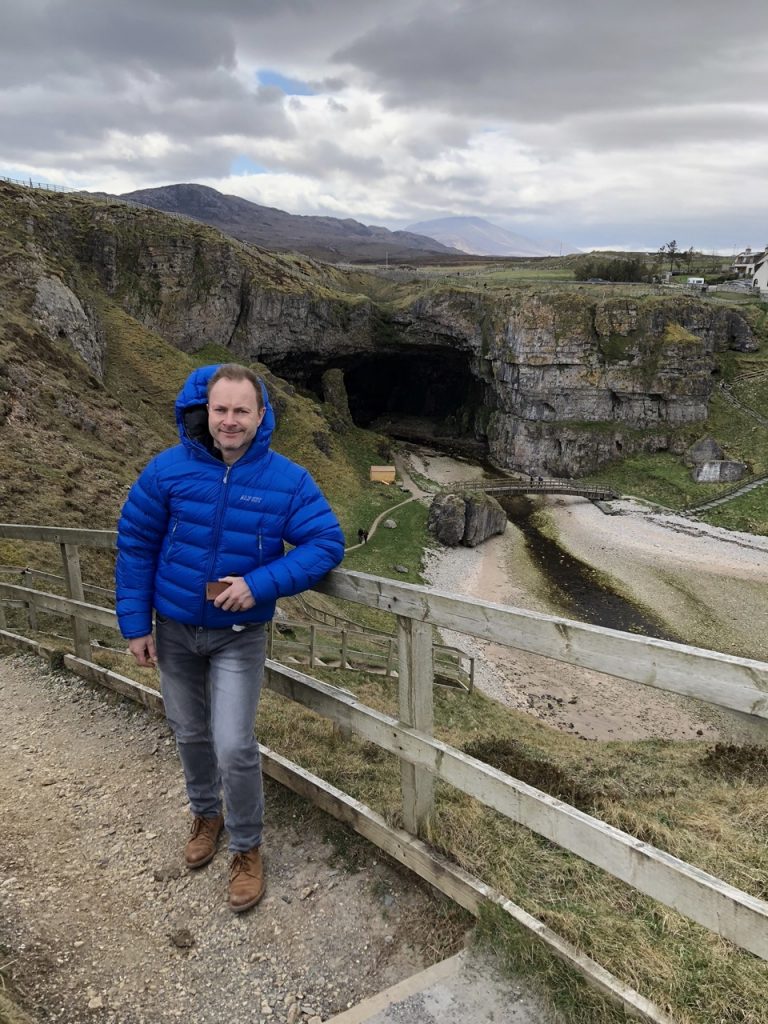
We stopped off at the ruins of an old church and then for a bite to eat.
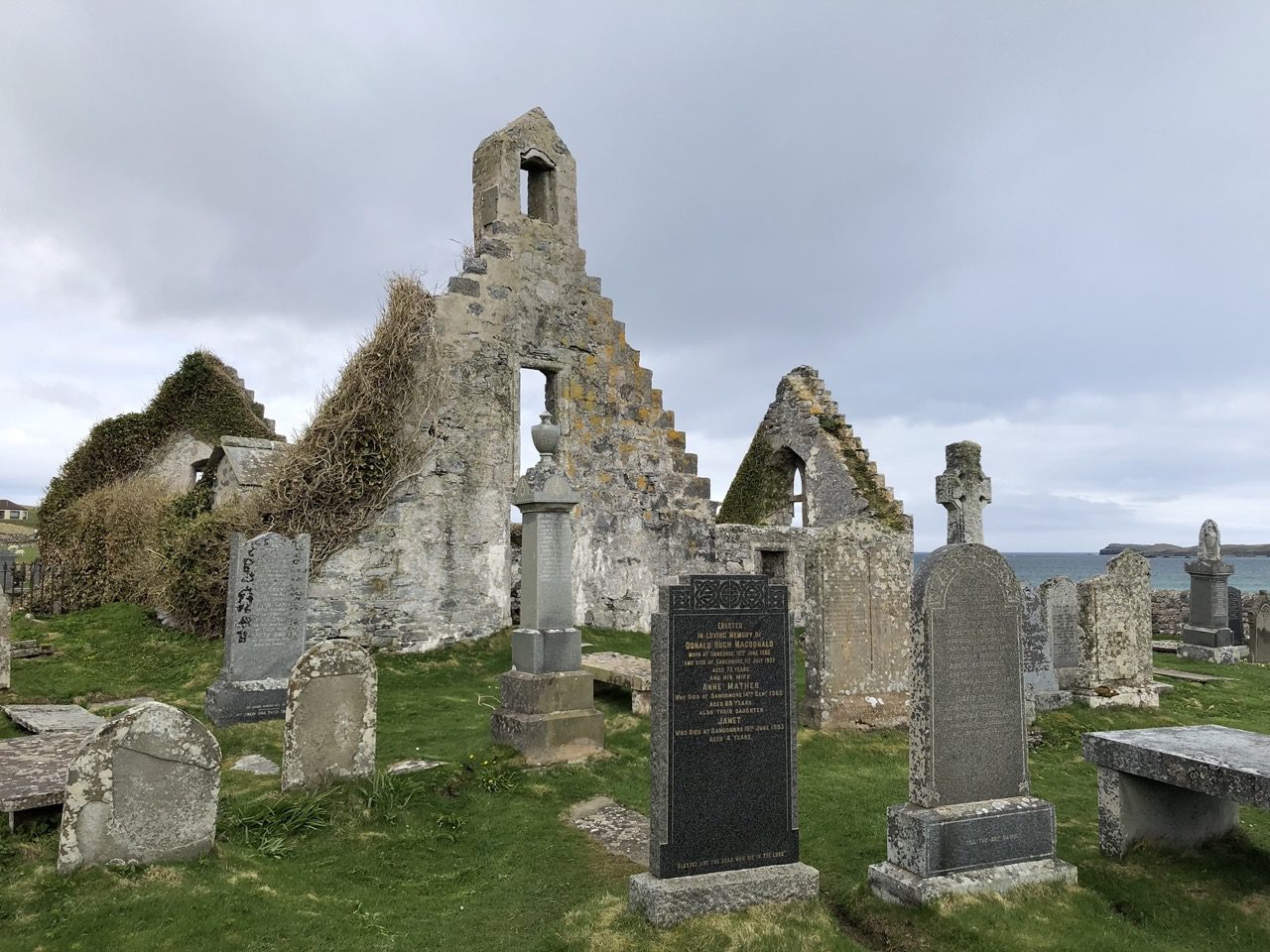
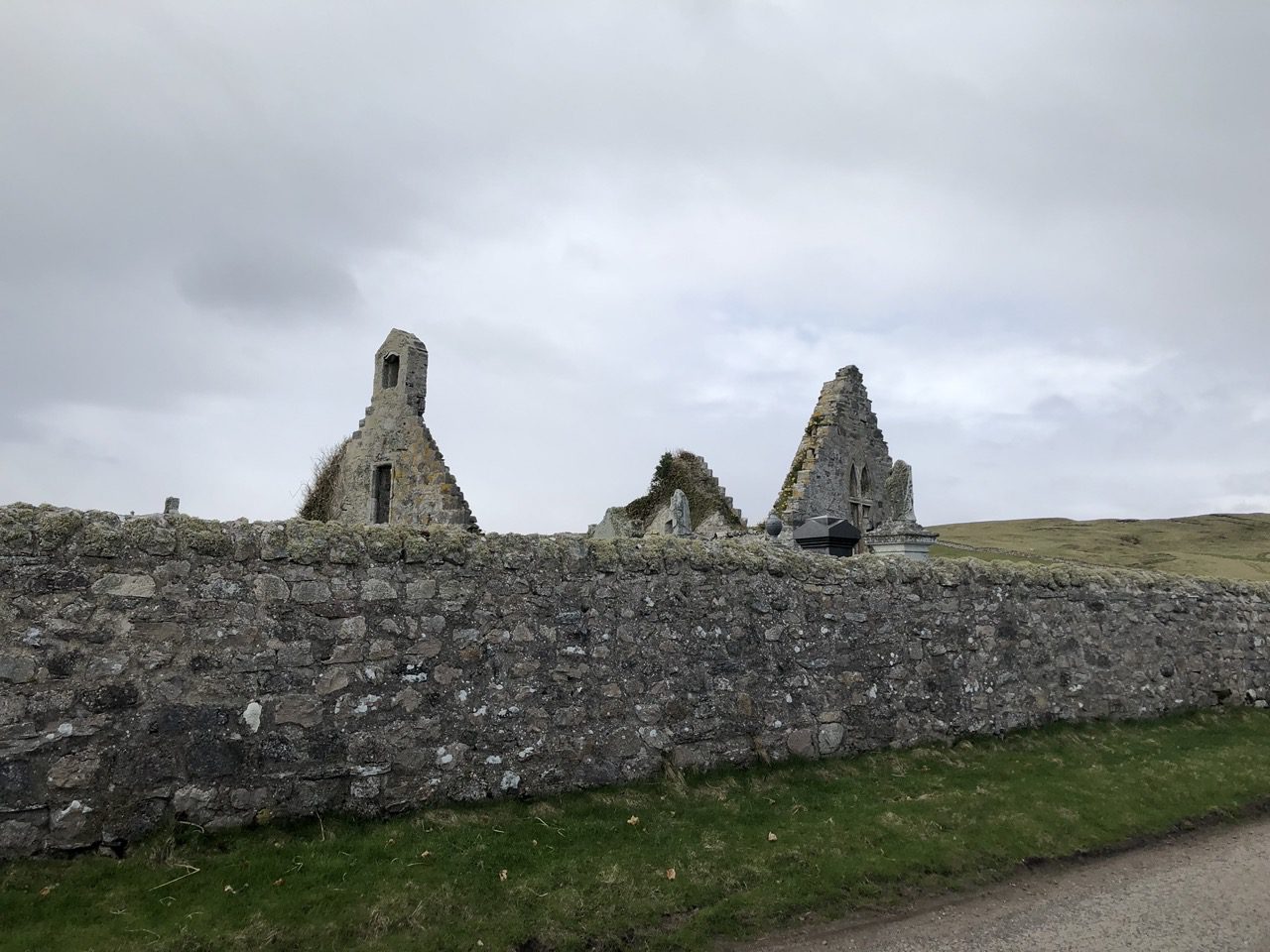
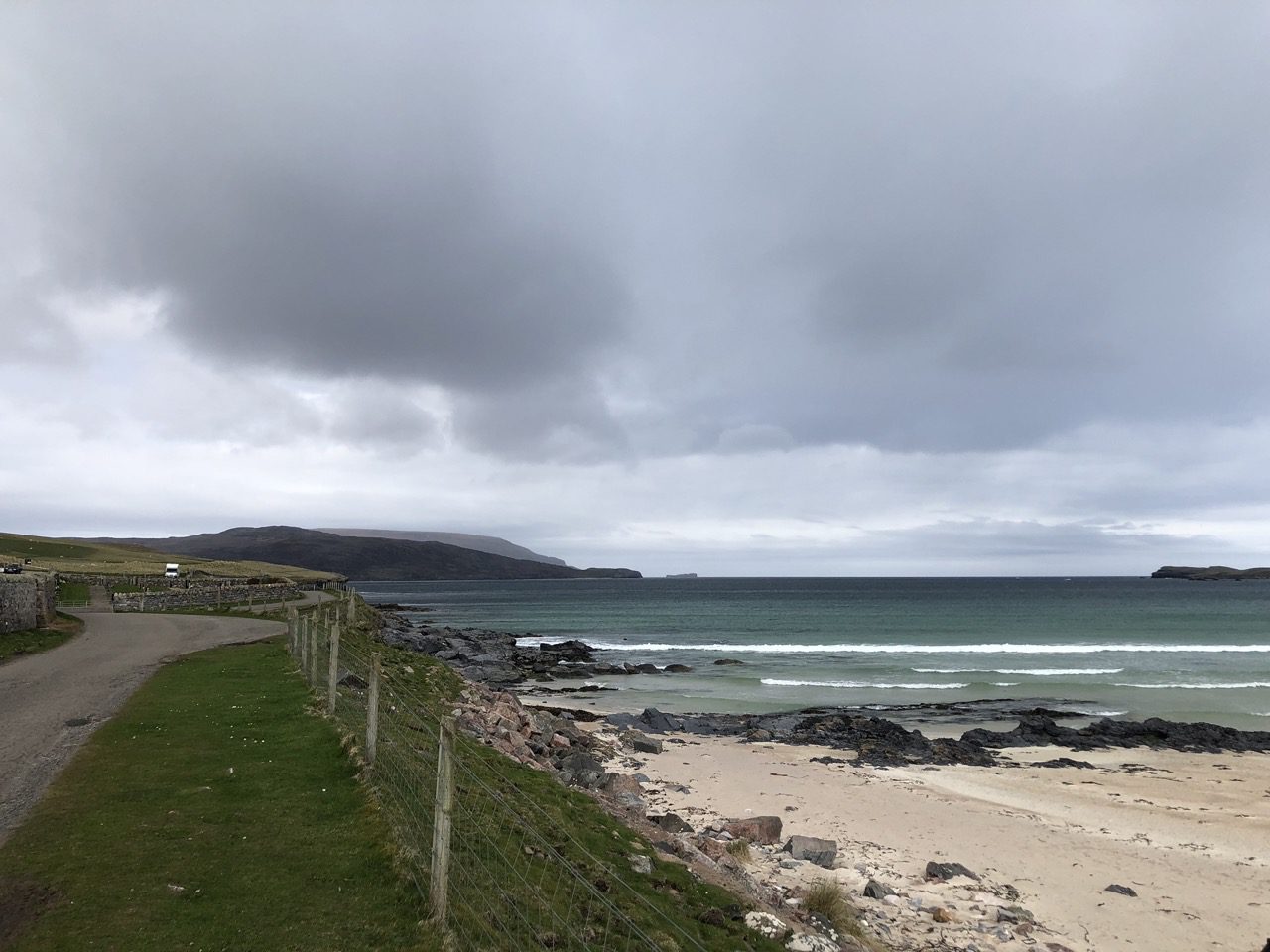
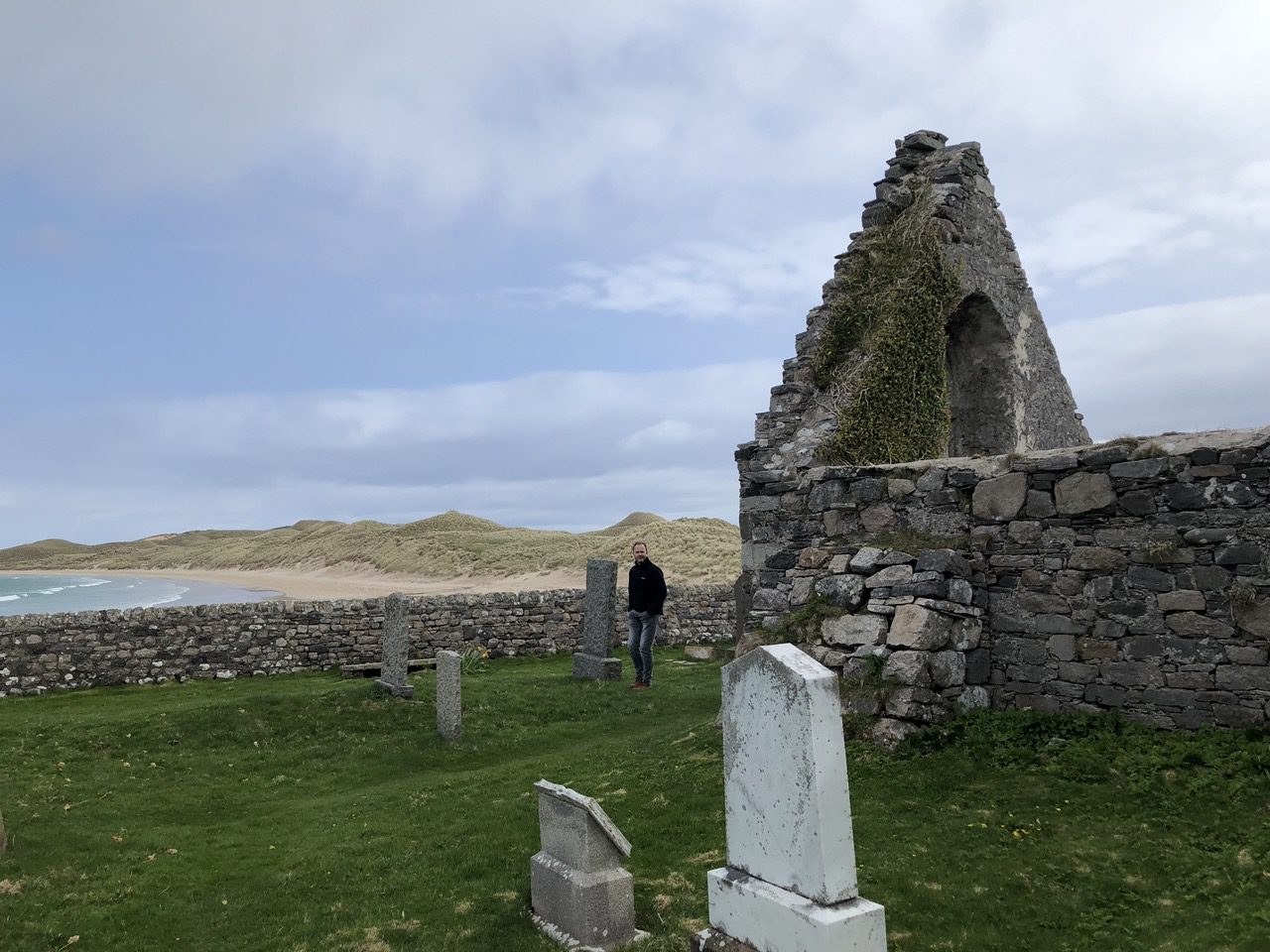
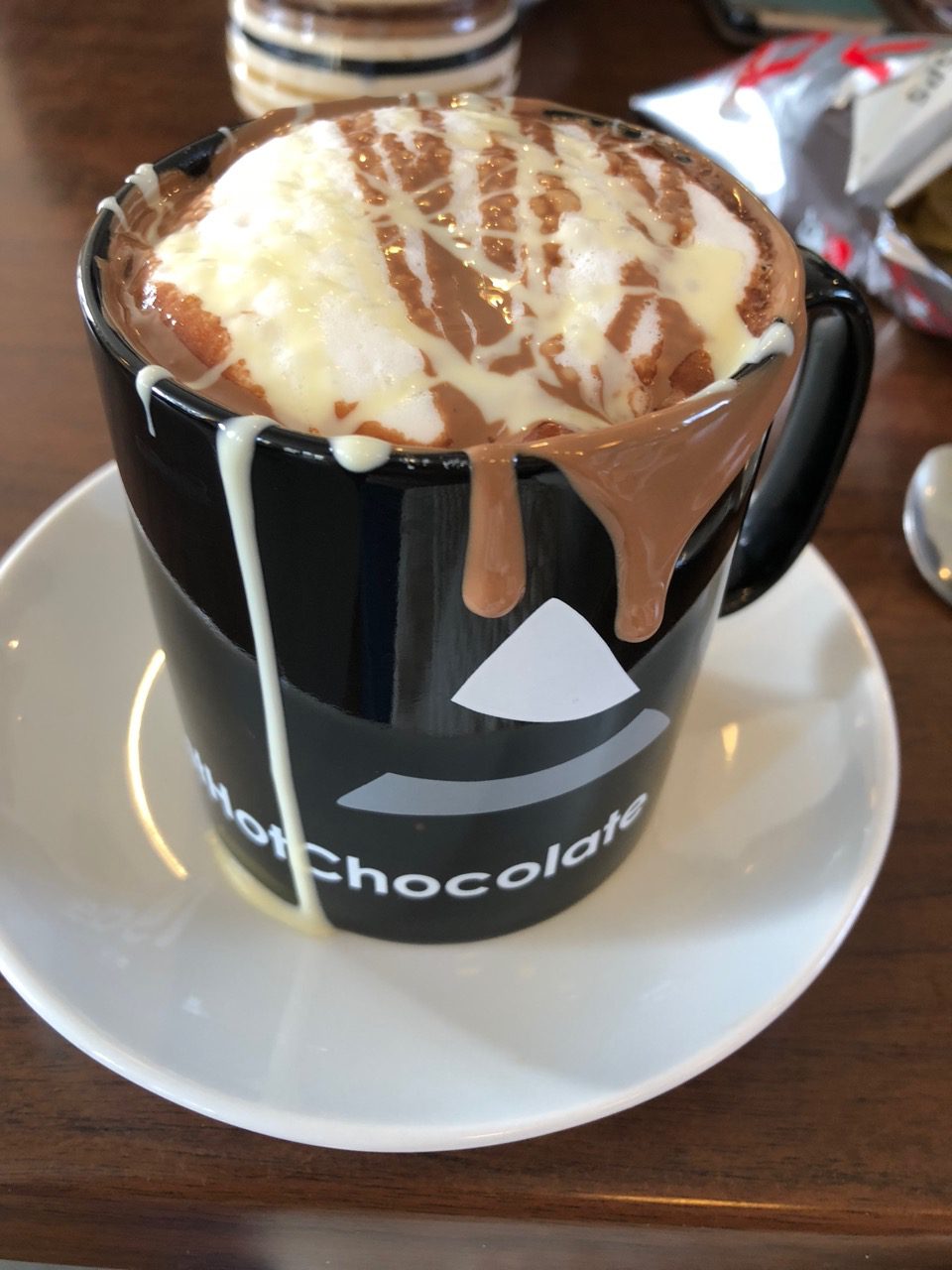
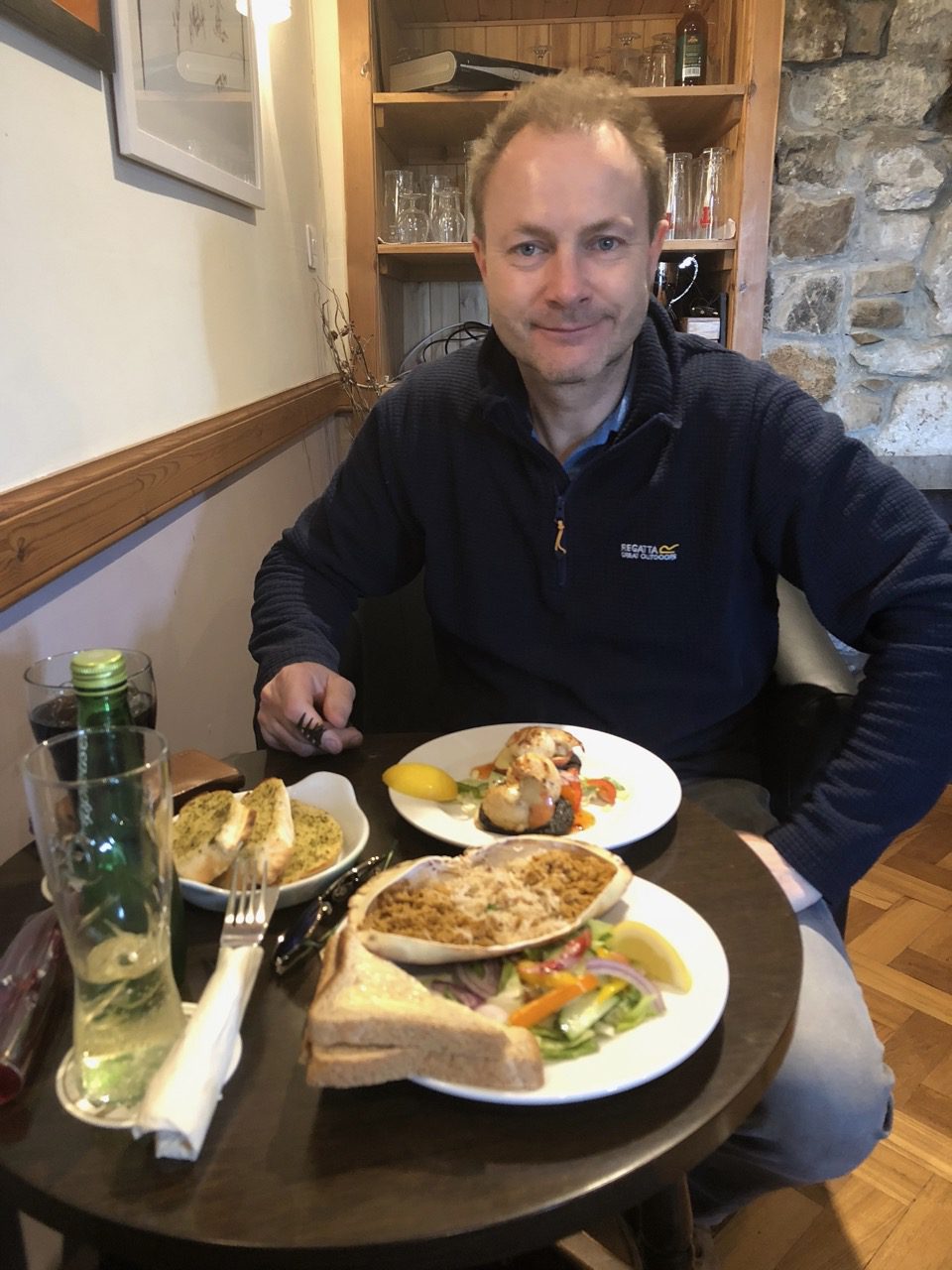
The next day it was time to climb Ben Hope… I had injured myself skiing in January and torn my MCL and fractured my tibia so had been in serious physio to regain my strength for this walk – the hard work and tears and pain had paid off as I was absolutely fine! It was a stunning drive in, a spectacular walk up and stunning views from the top – just WOW!!! This is why we love Scotland – there is nowhere like it. Ben Hope is a mountain in northern Scotland. It is the most northerly Munro, standing alone in the Flow Country south-east of Loch Hope in Sutherland. The mountain is a roughly triangular wedge, with a great crag on the west, with two lower shoulders to the south and northeast.
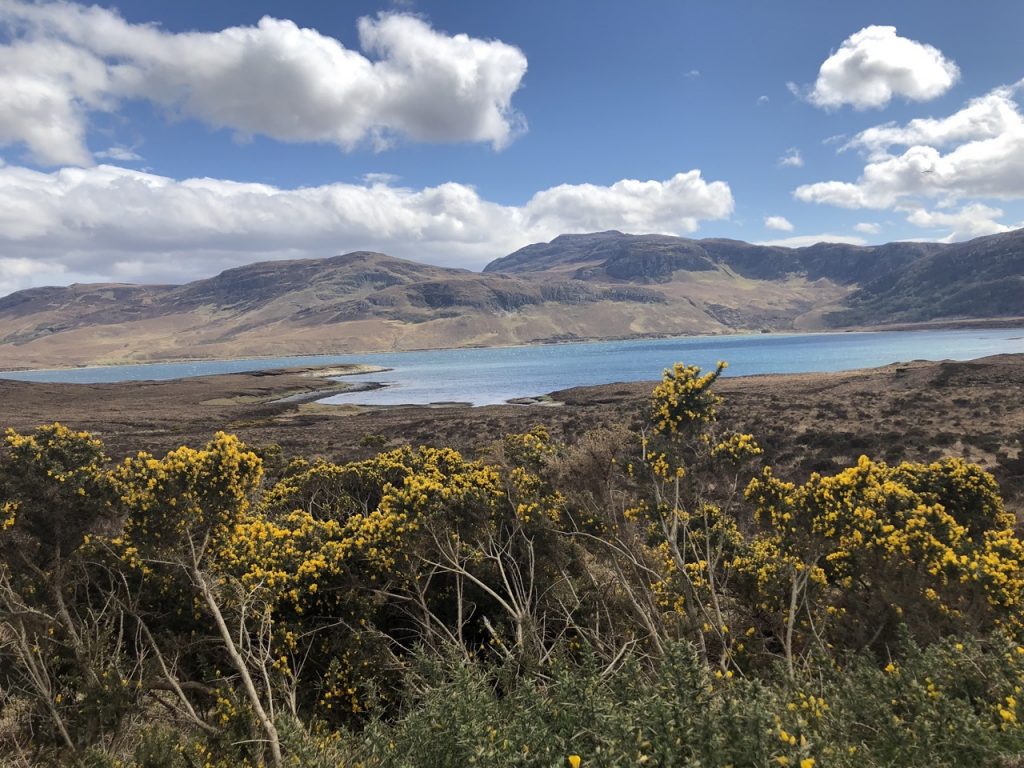
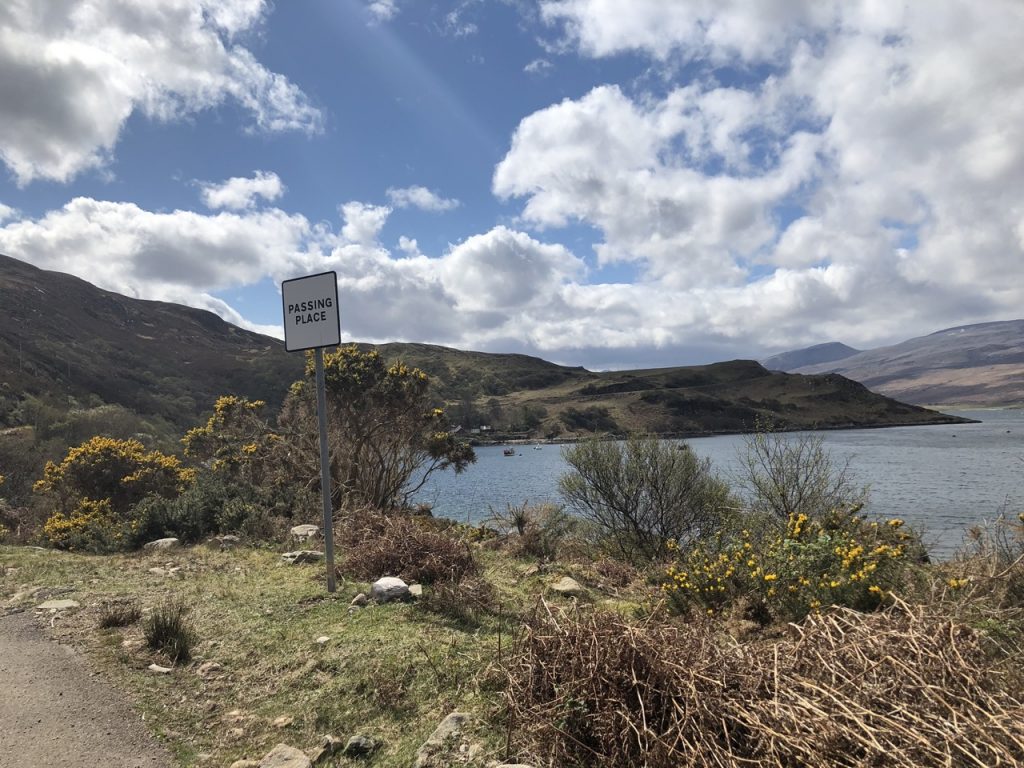
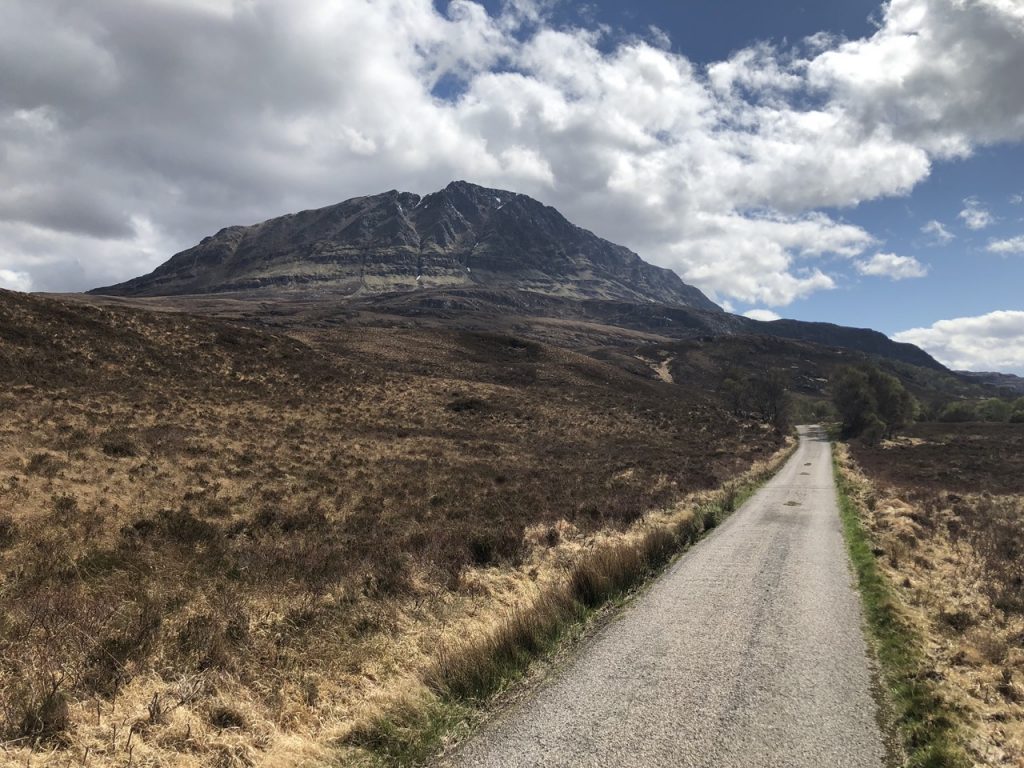
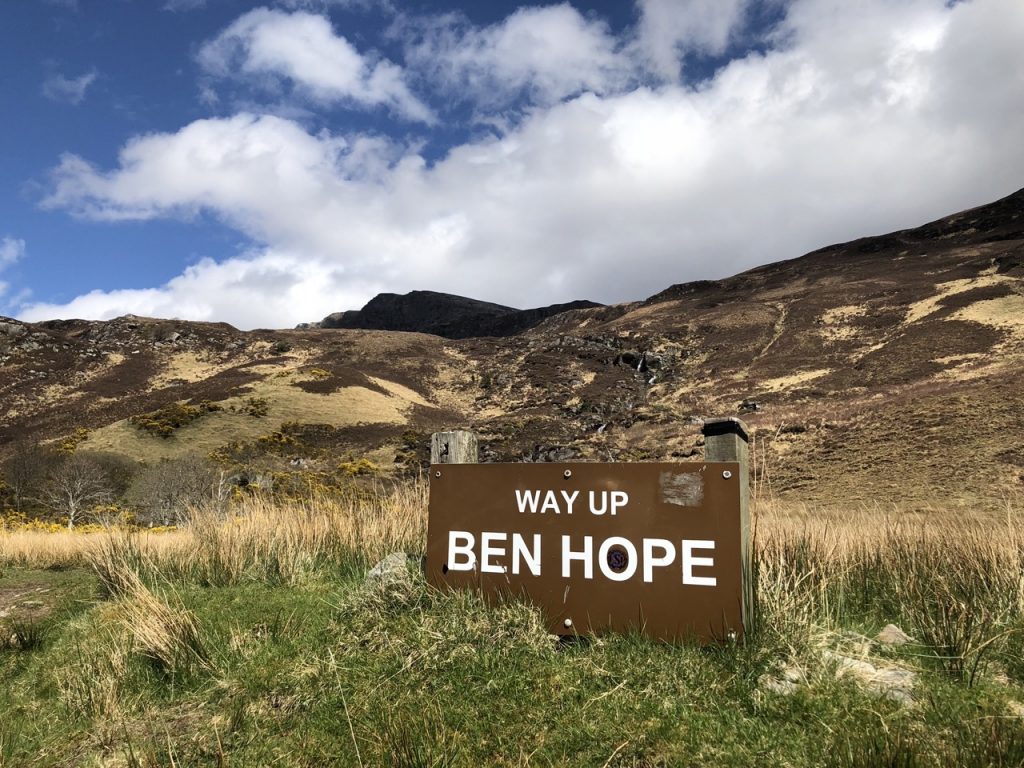
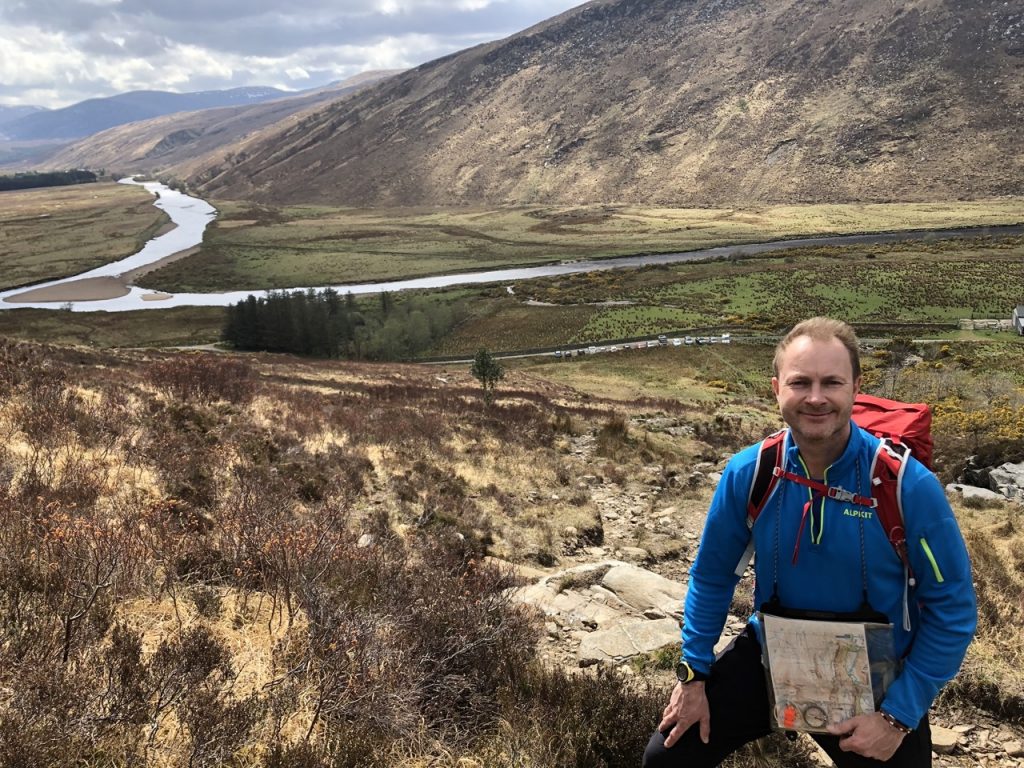
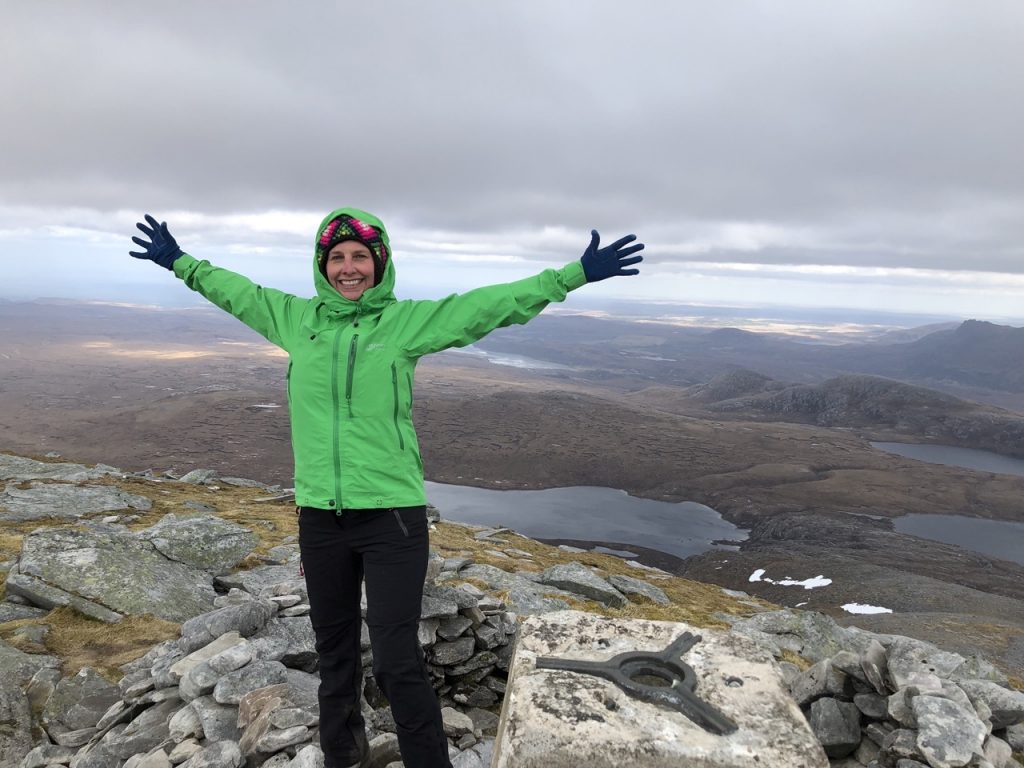
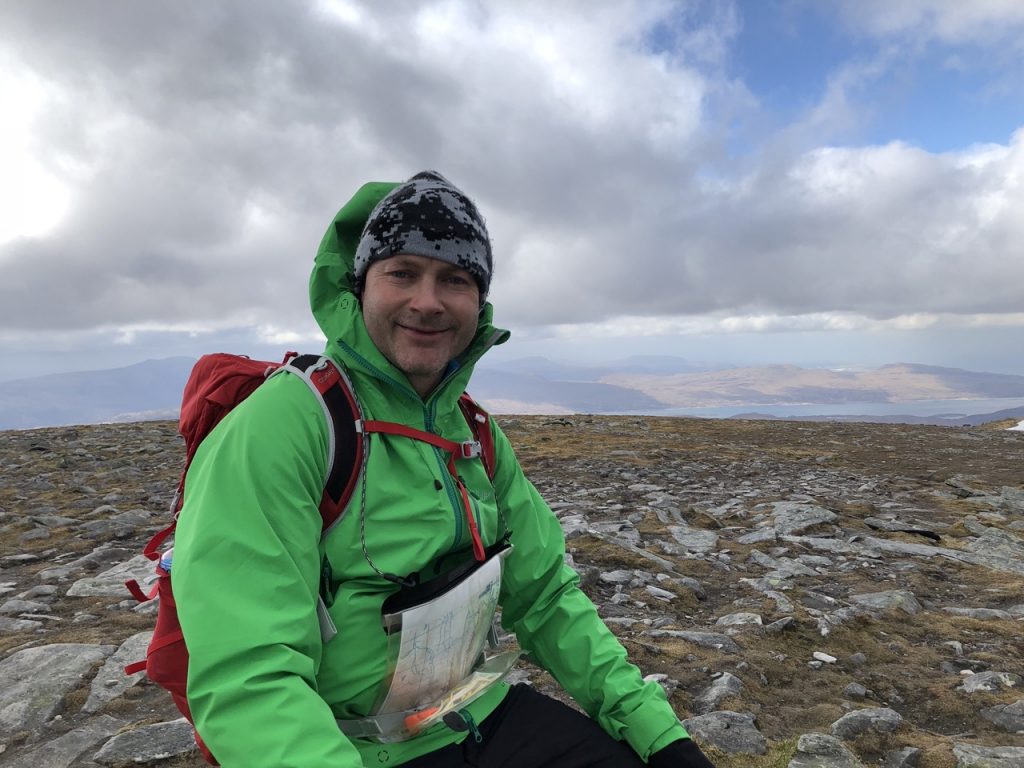
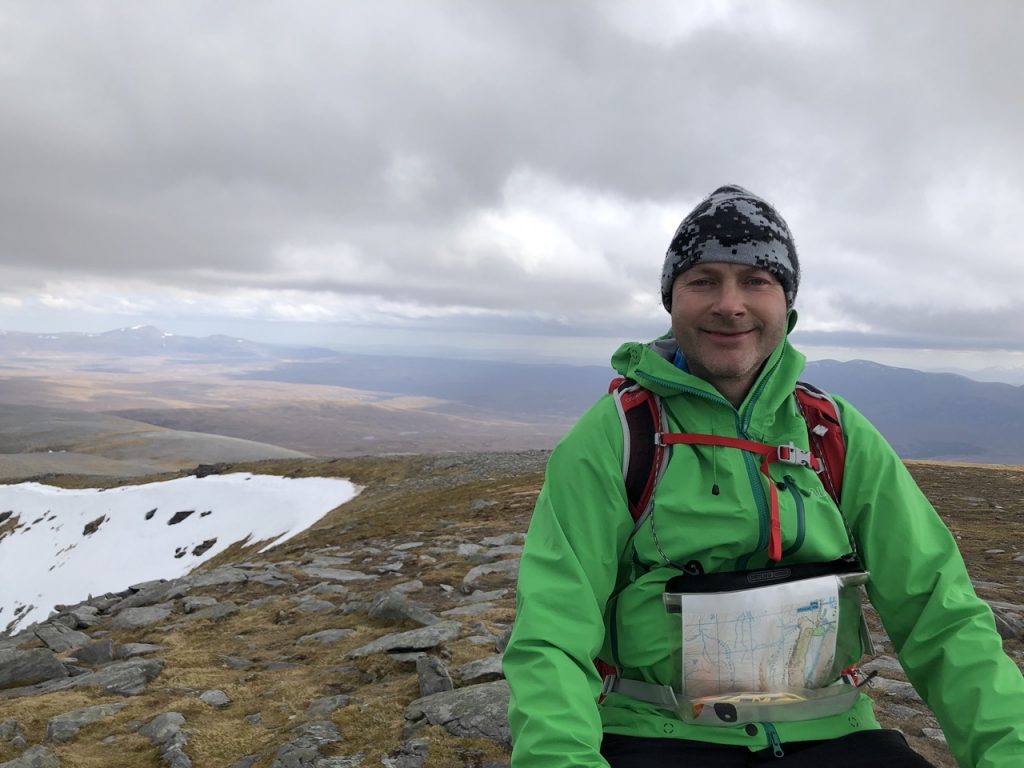
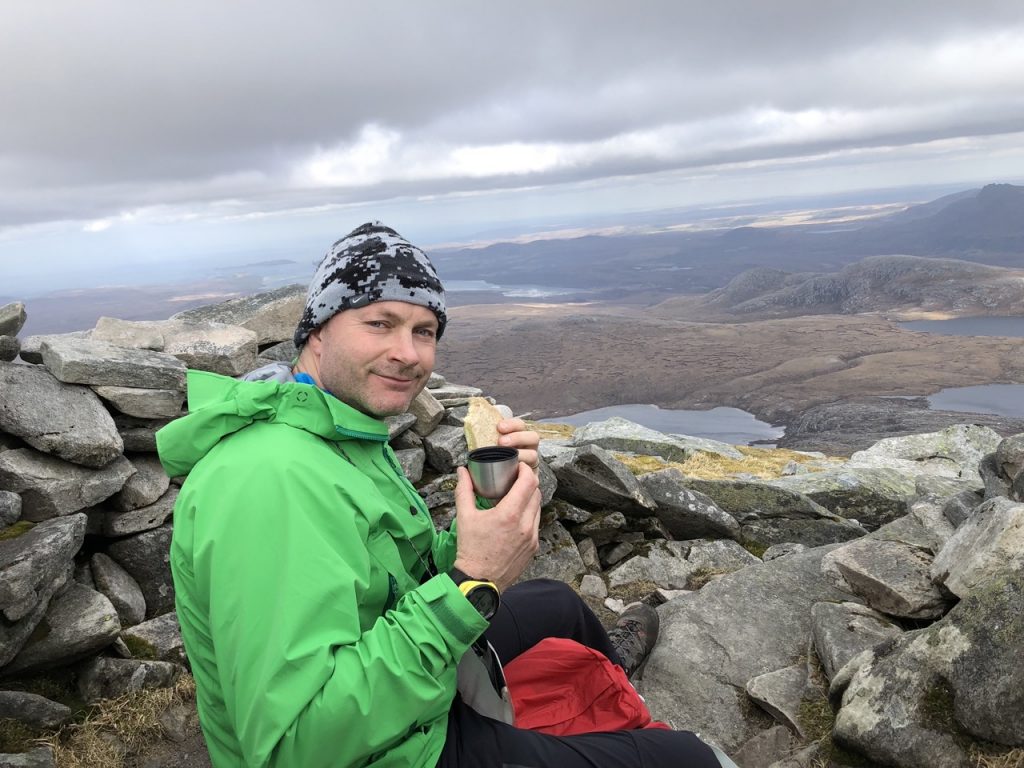
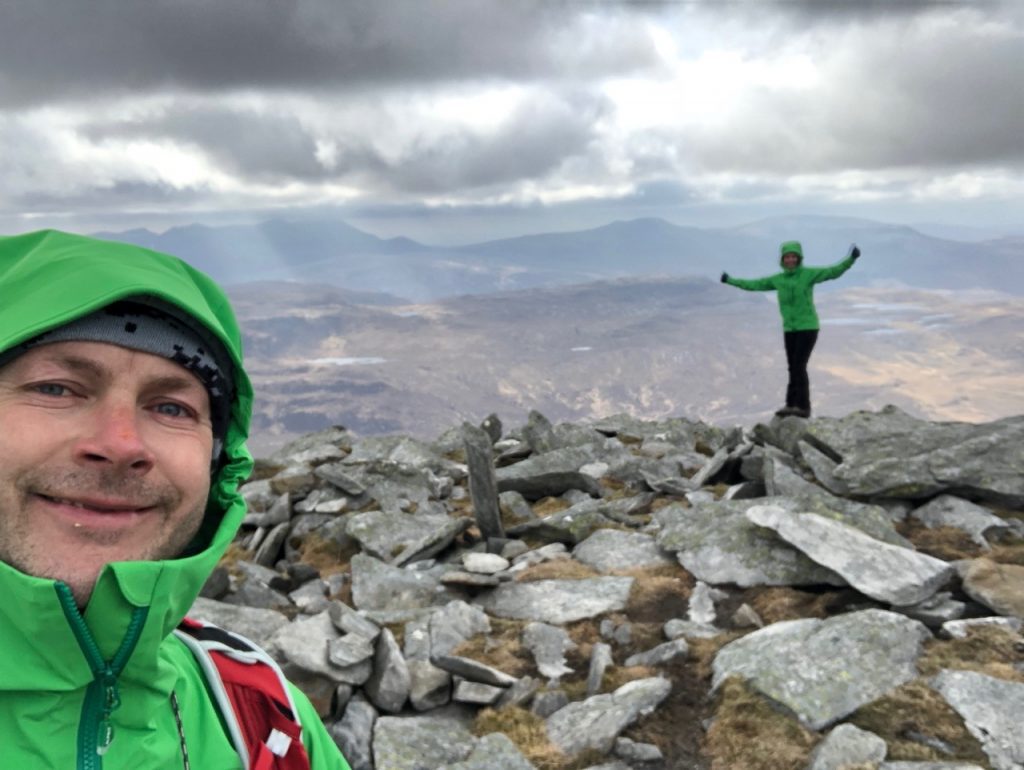
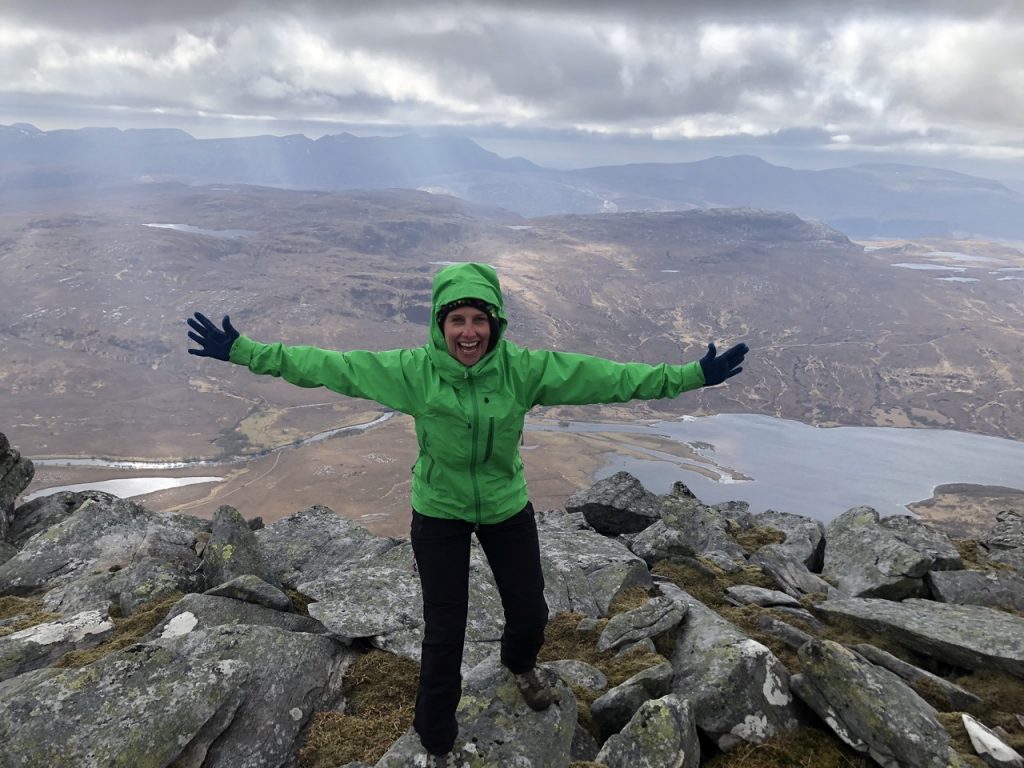
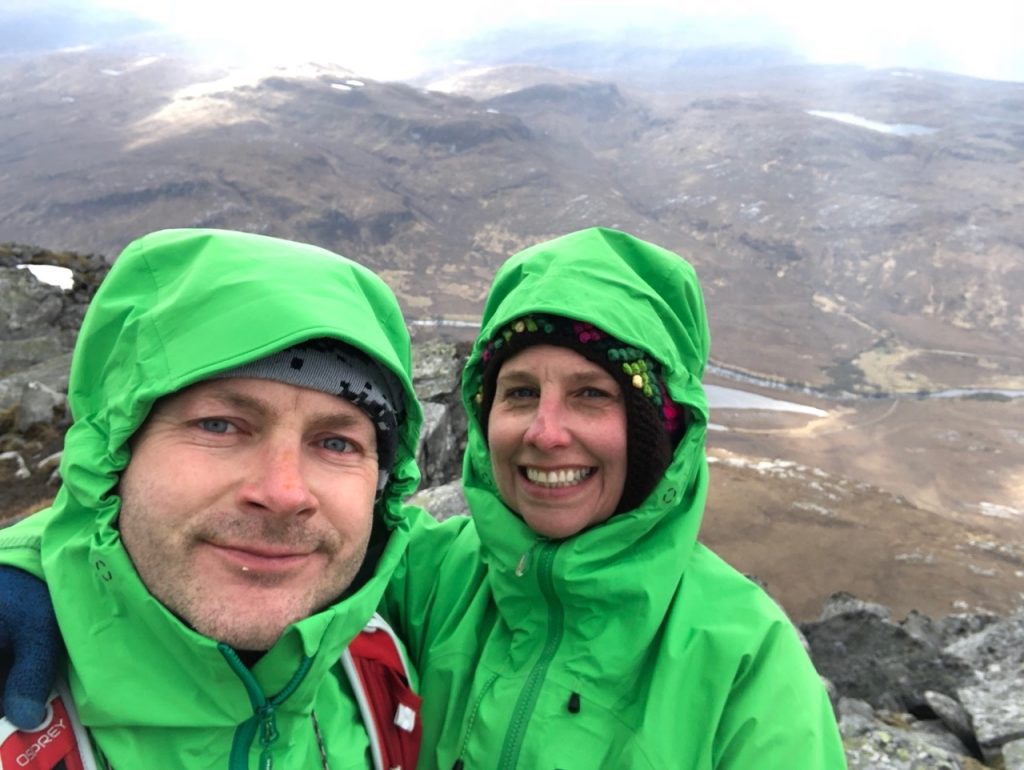
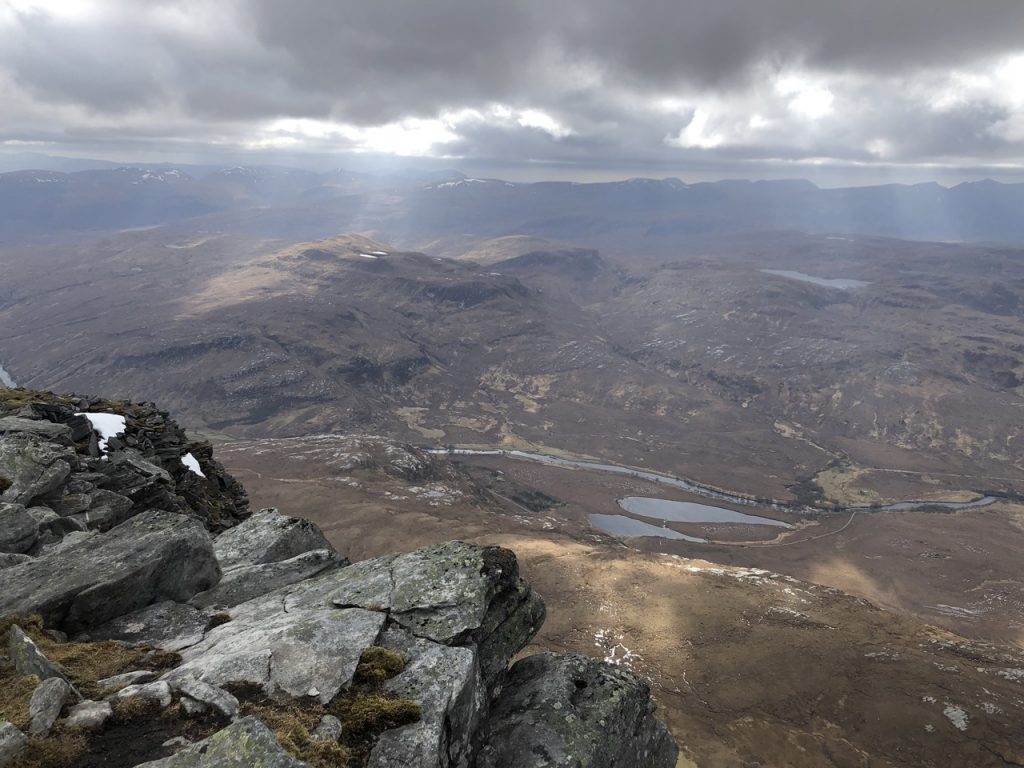
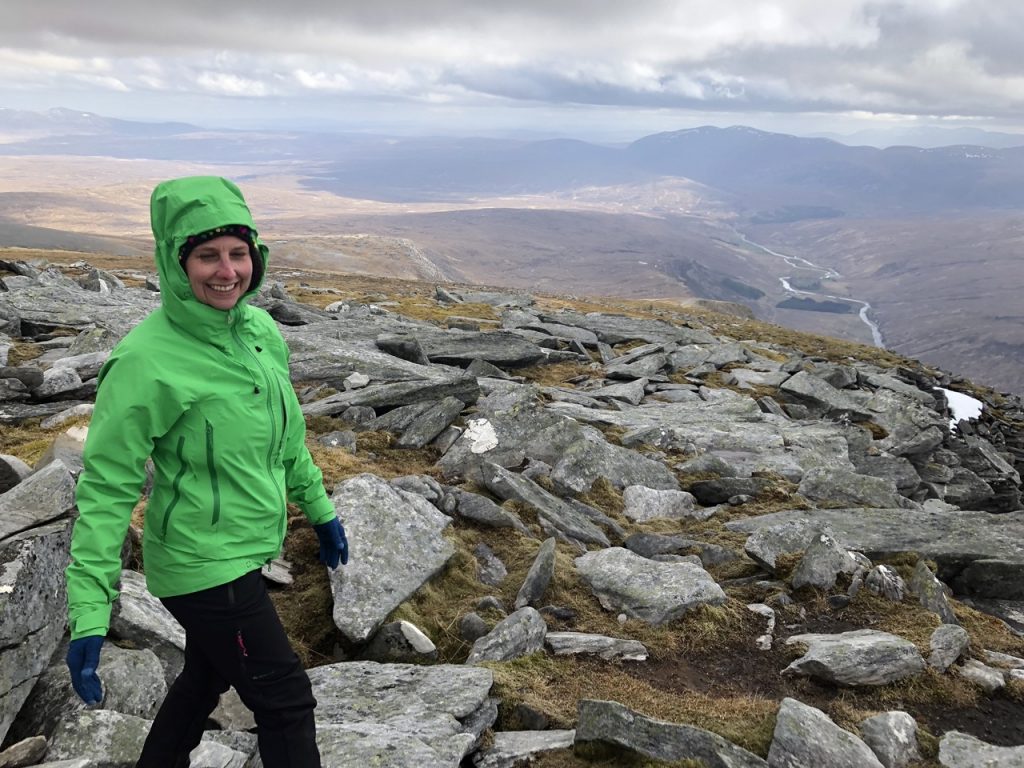
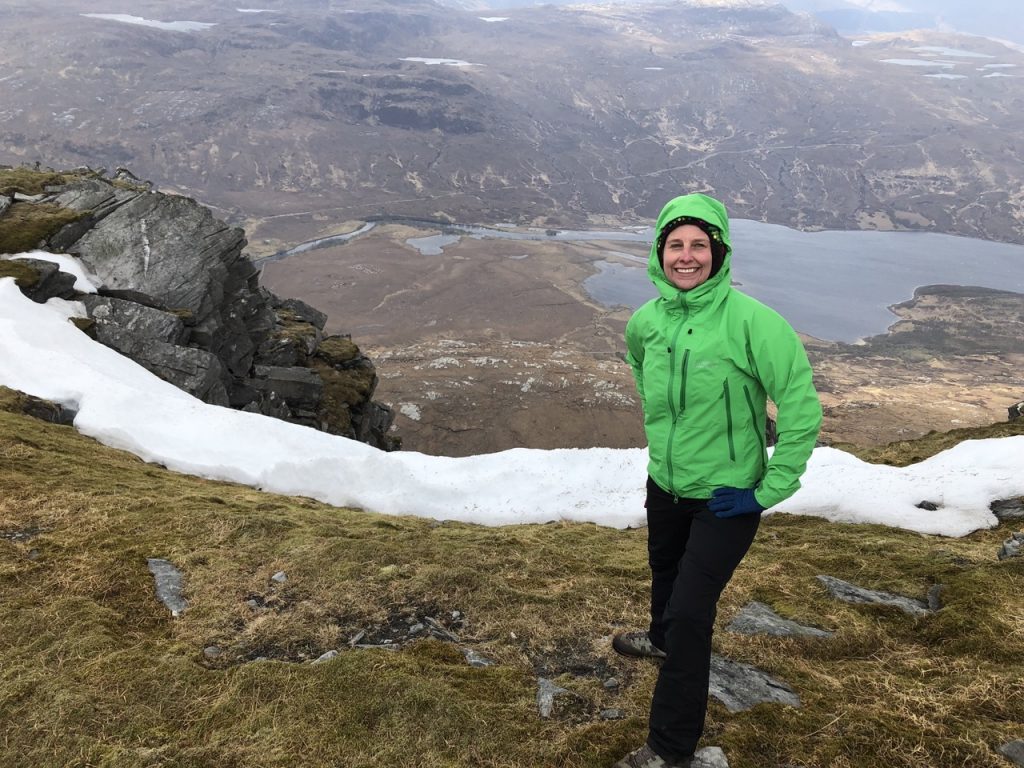
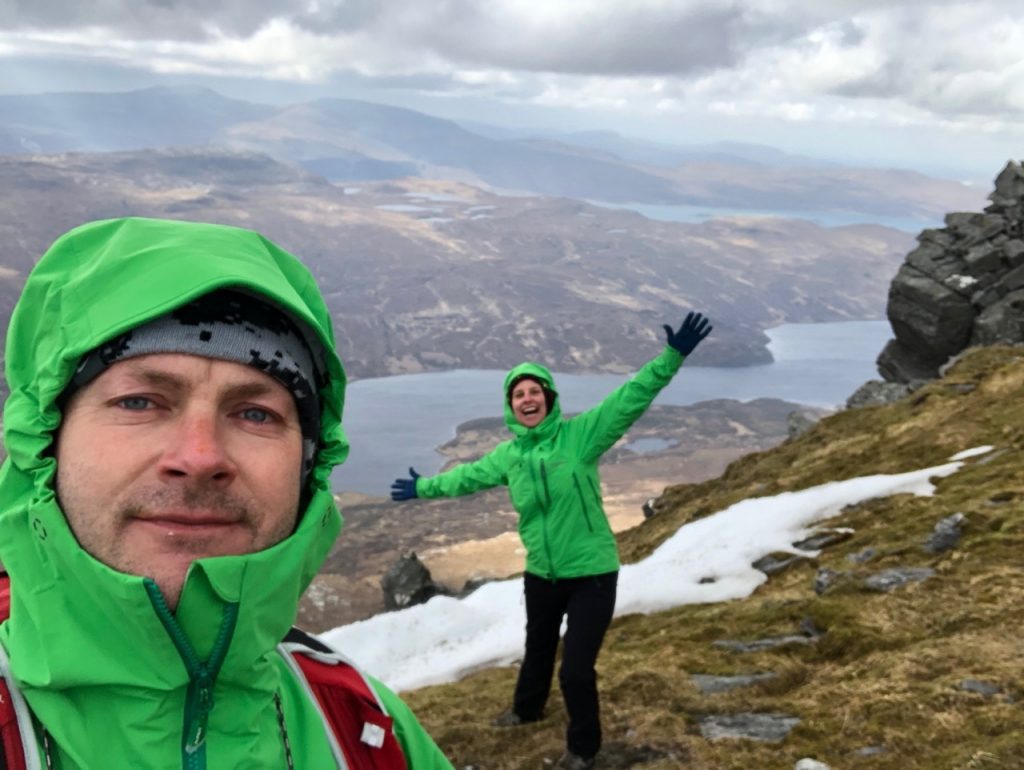
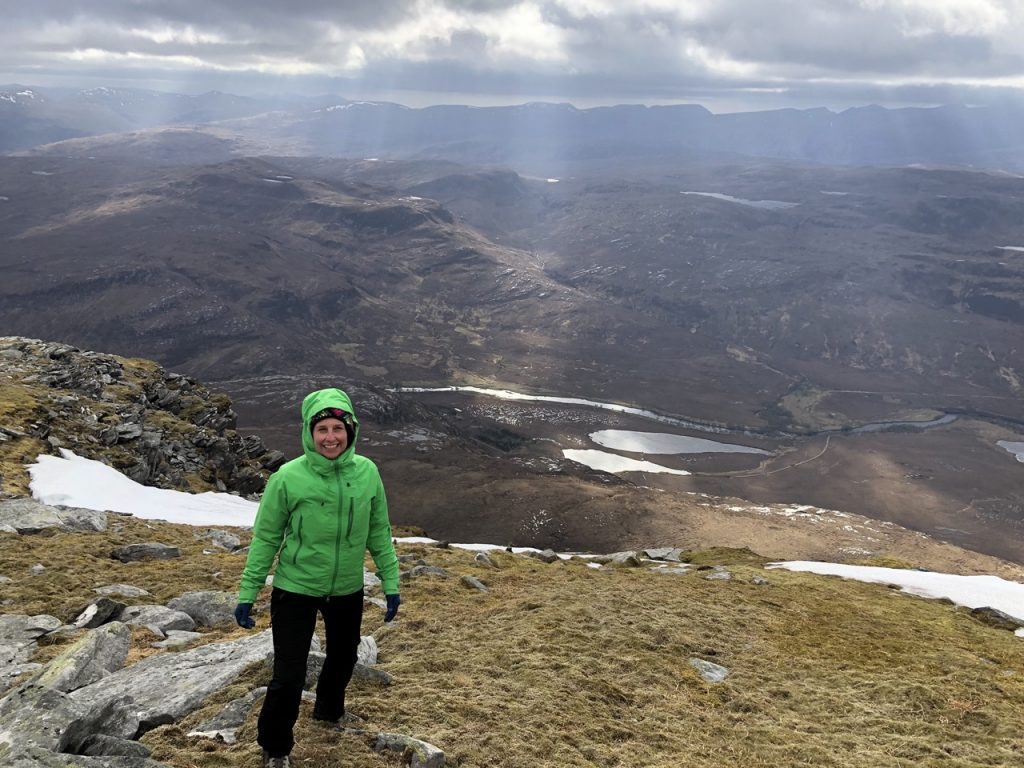
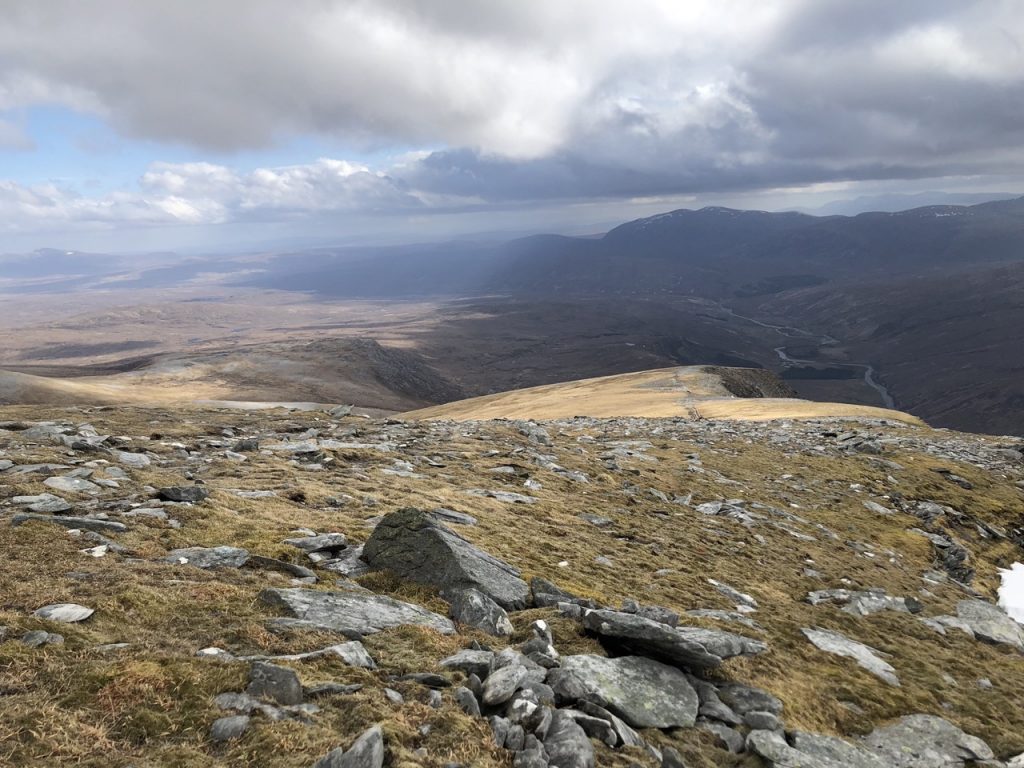
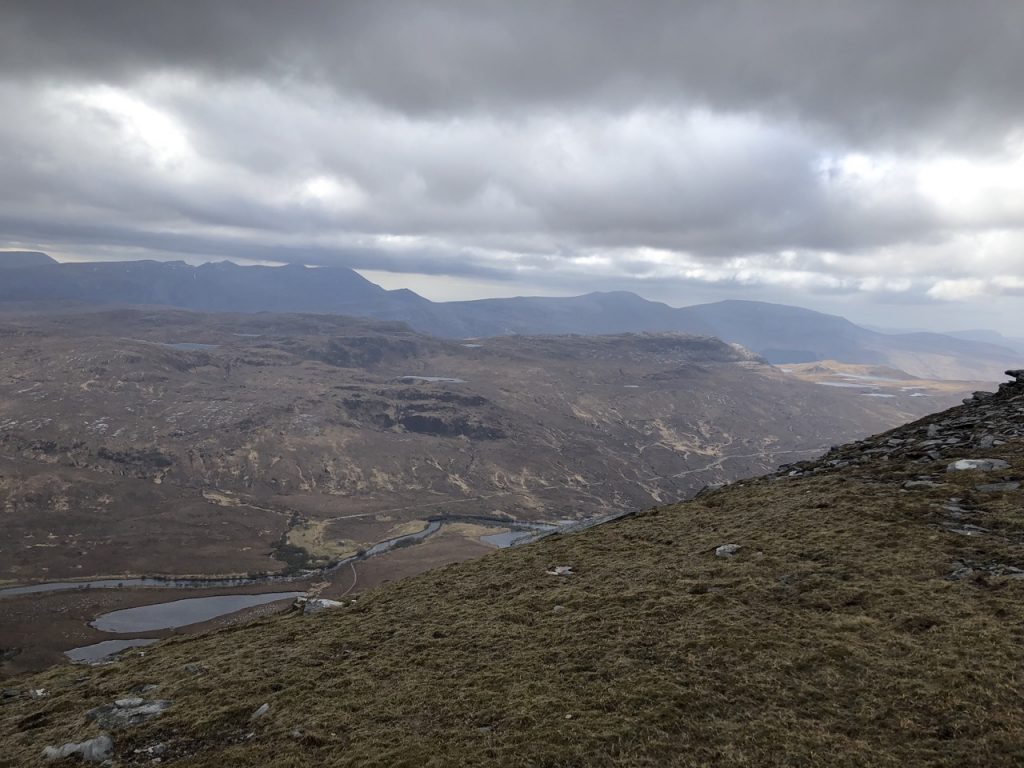
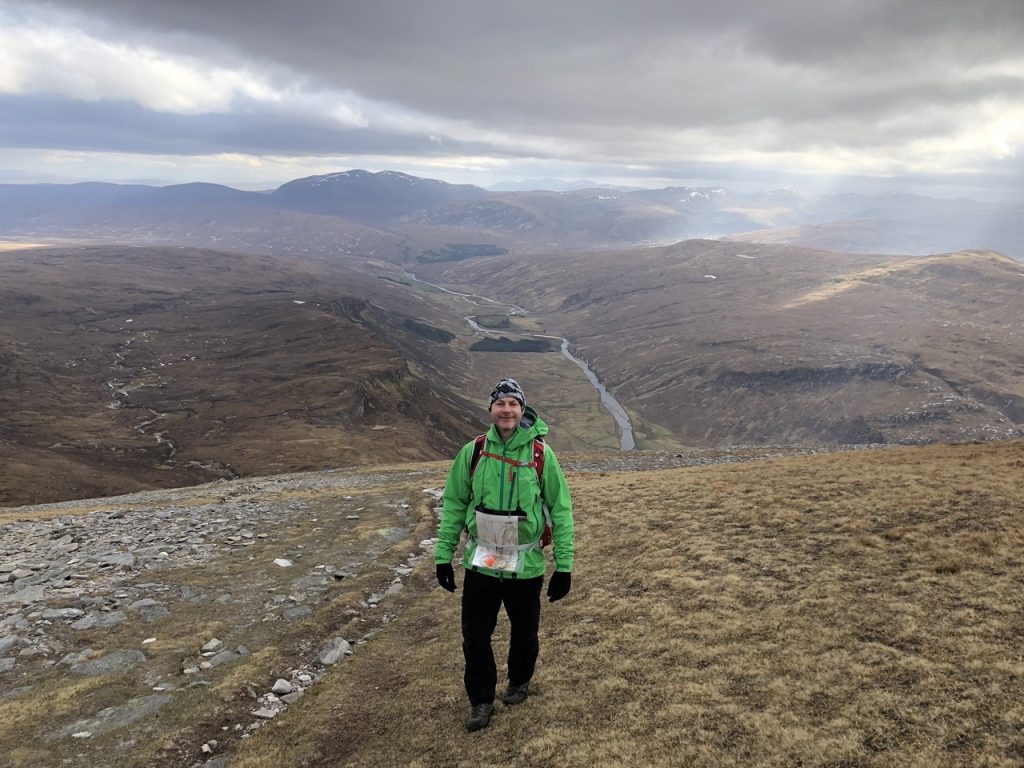
DIVINE.
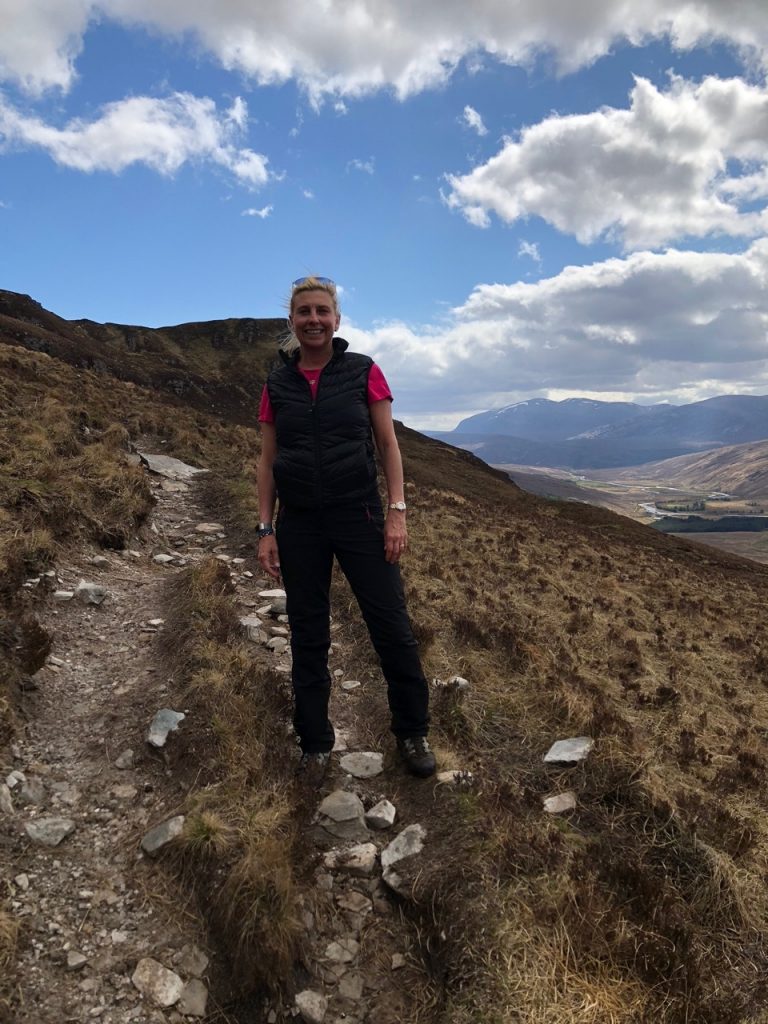
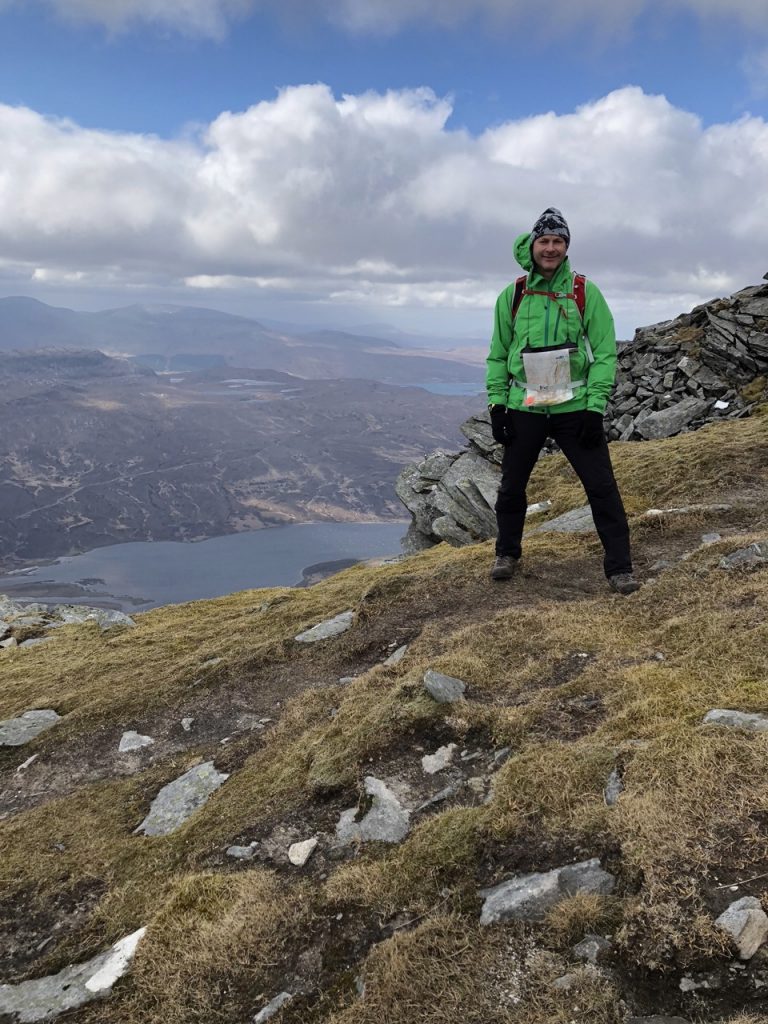
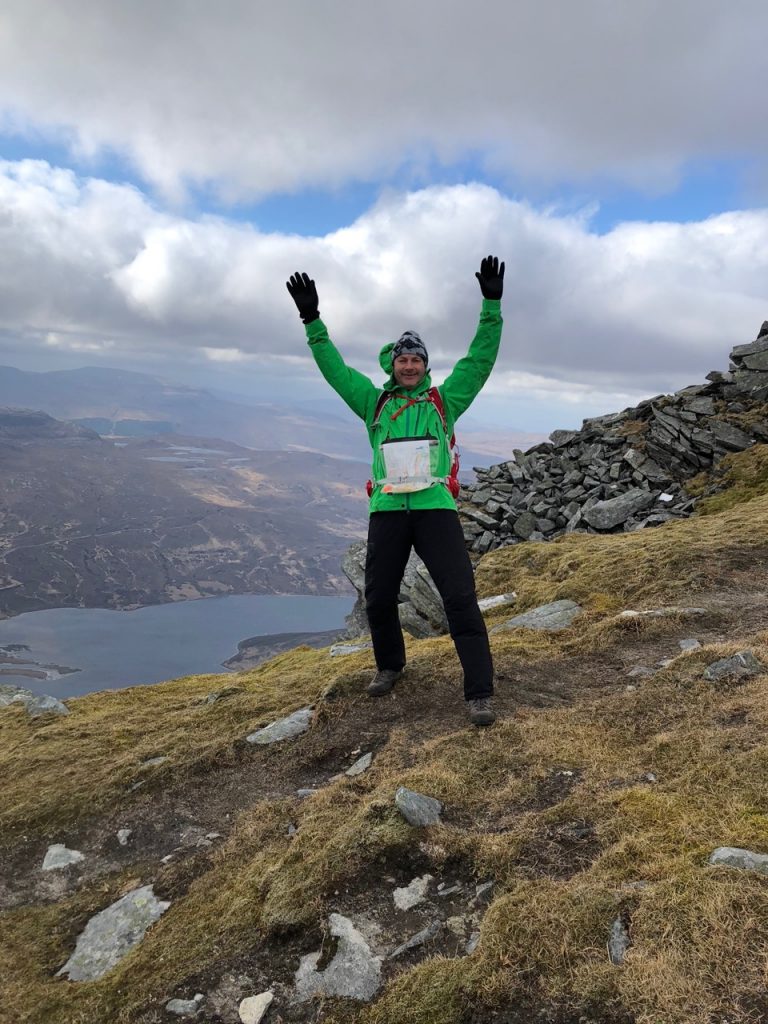
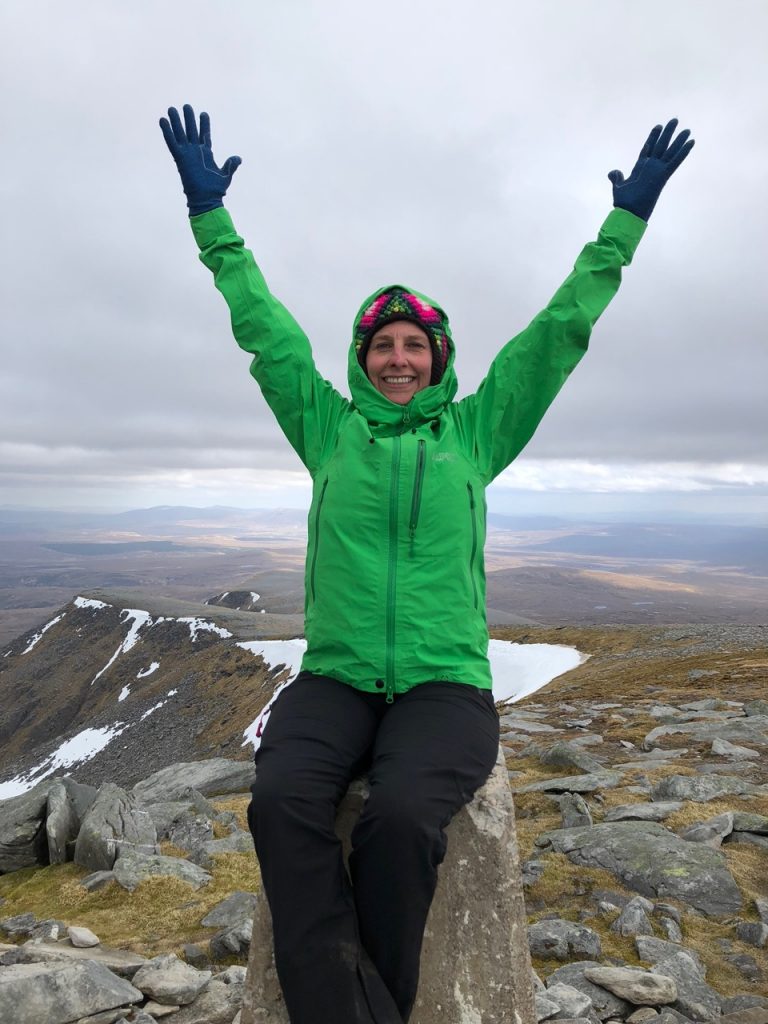
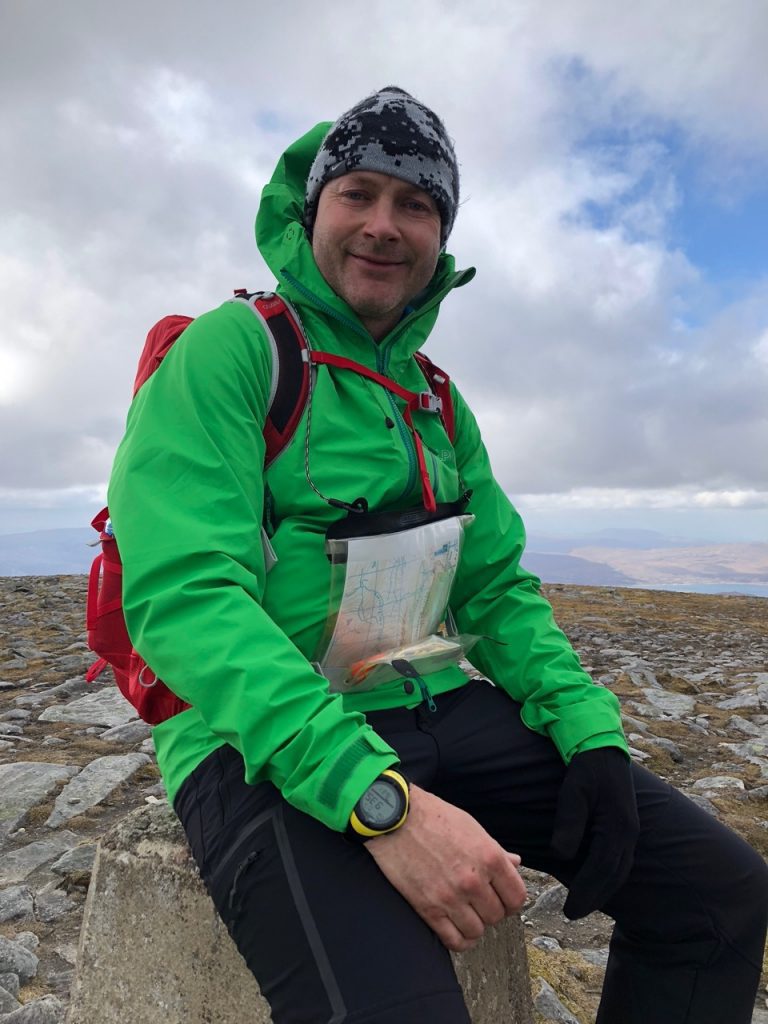
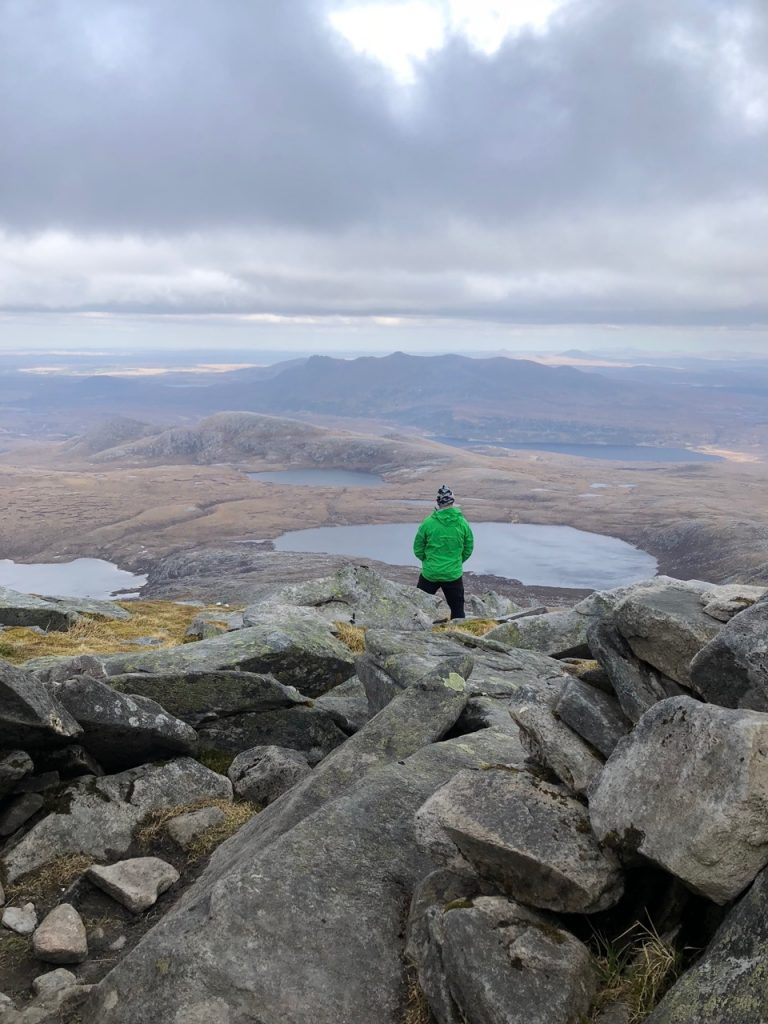
The next day was Take 2 for Cape Wrath – Great Success! The tiny ferry boat was in operation! Wild and remote! We were transported on a guided tour in a mini bus and then did some walking and exploring of our own. Sadly something had taken one of the sheep and the little lamb remained at the carcass – shame, so sad and they wouldn’t take the lamb in 🙁
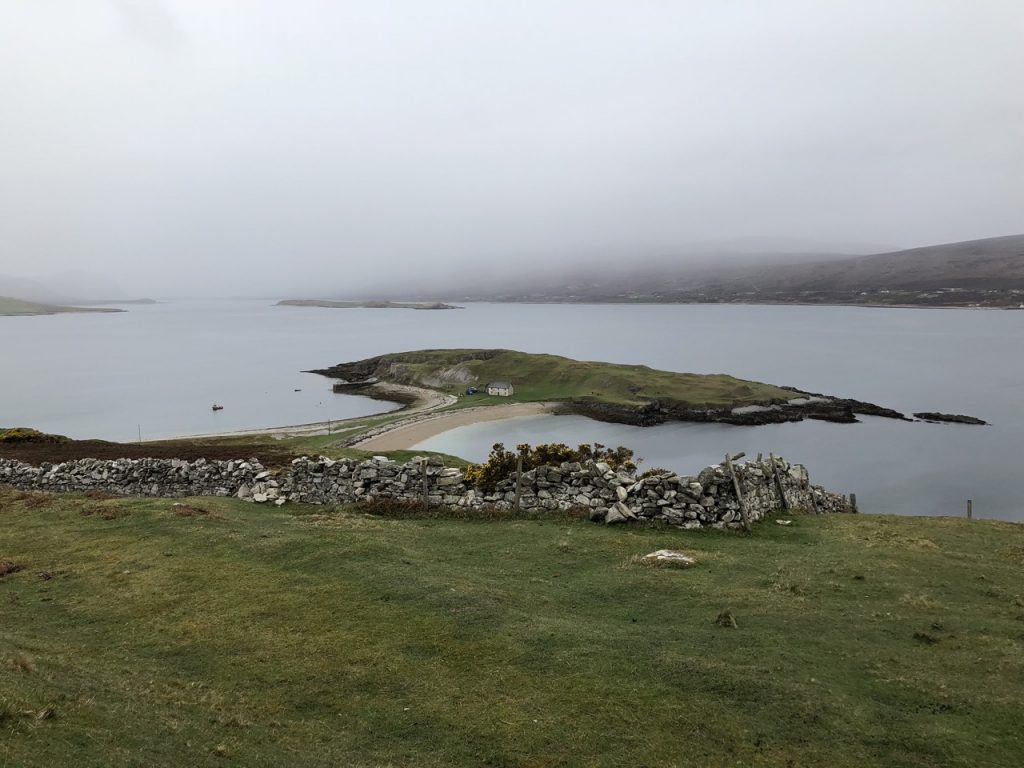
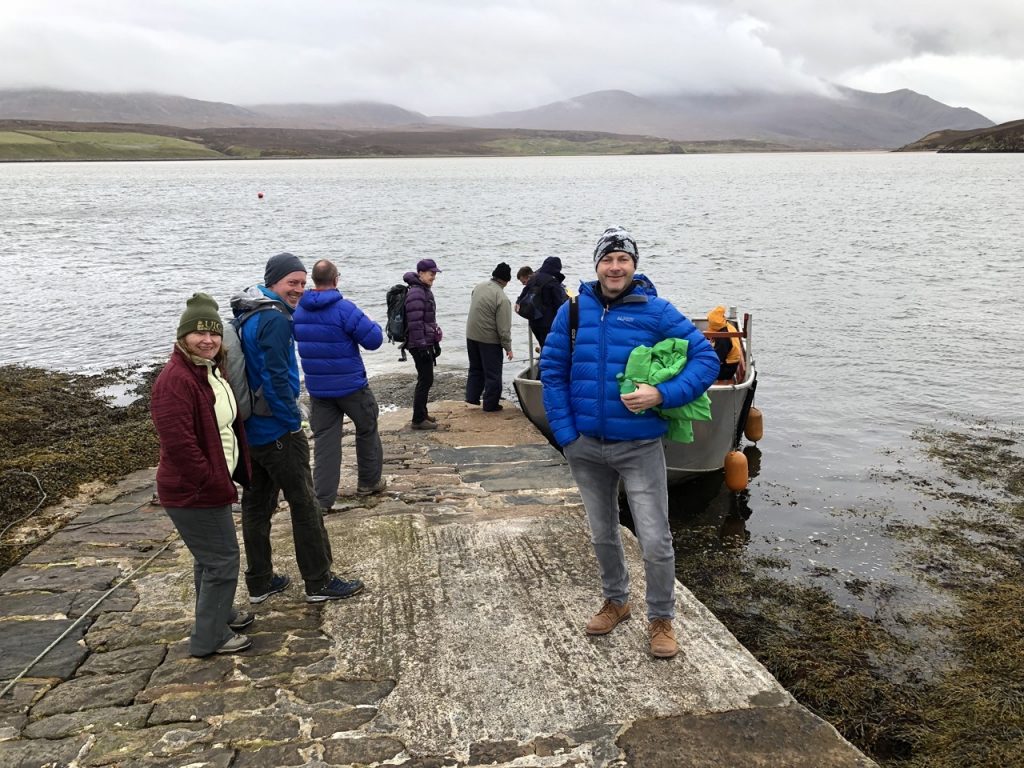
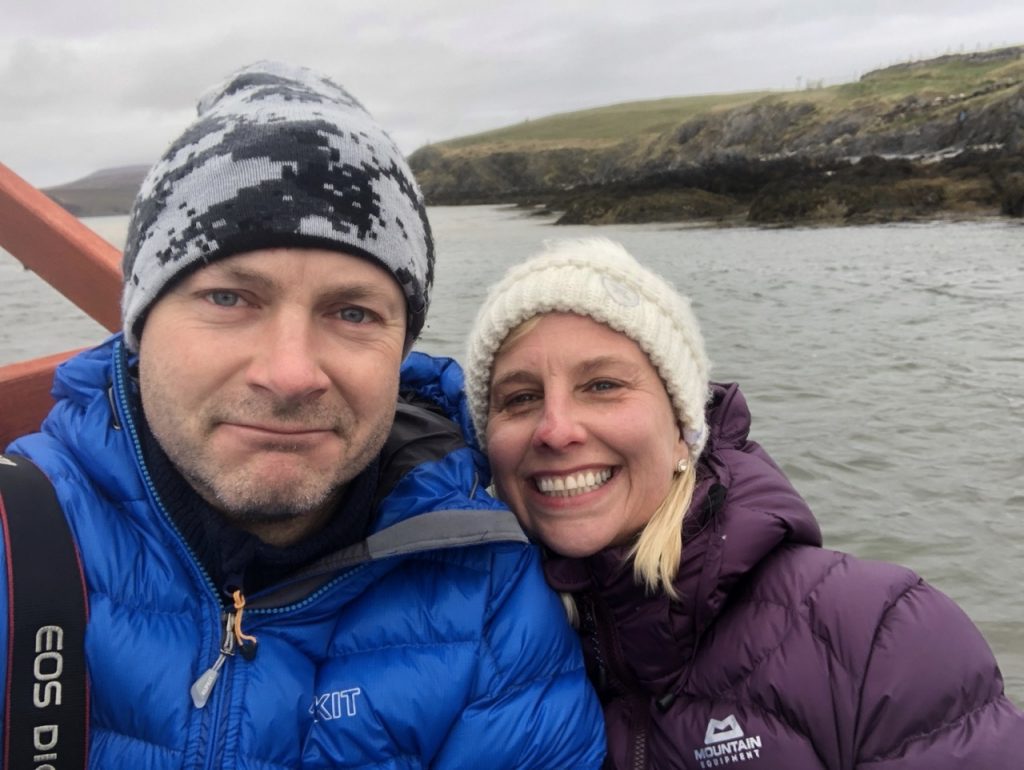
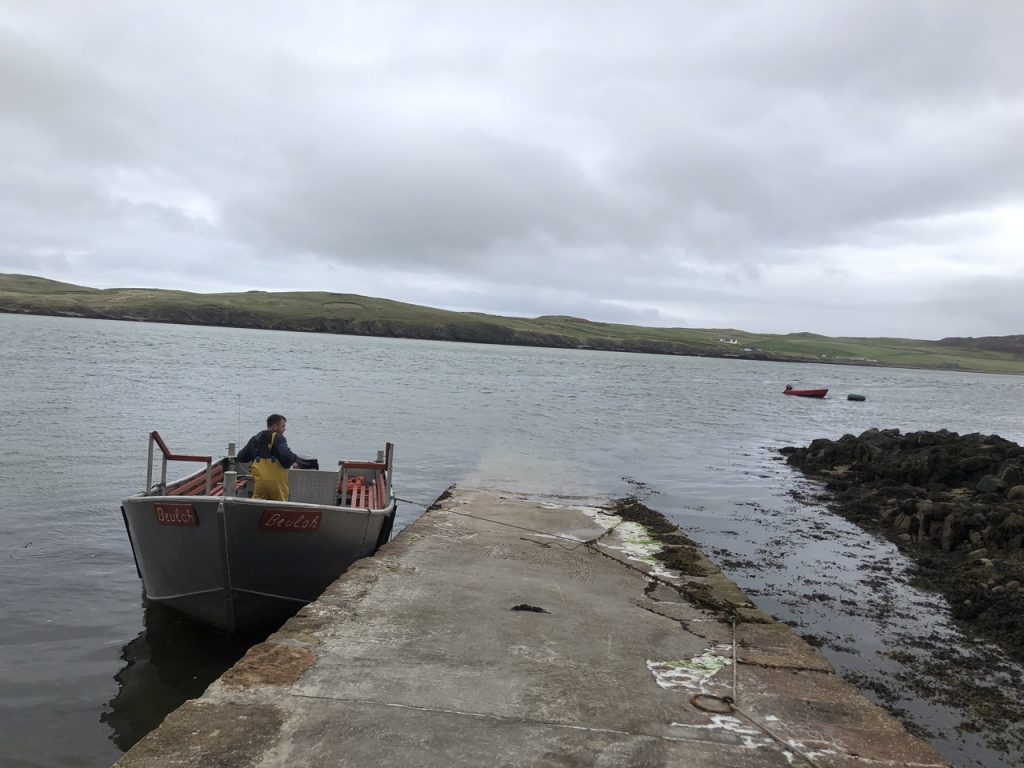
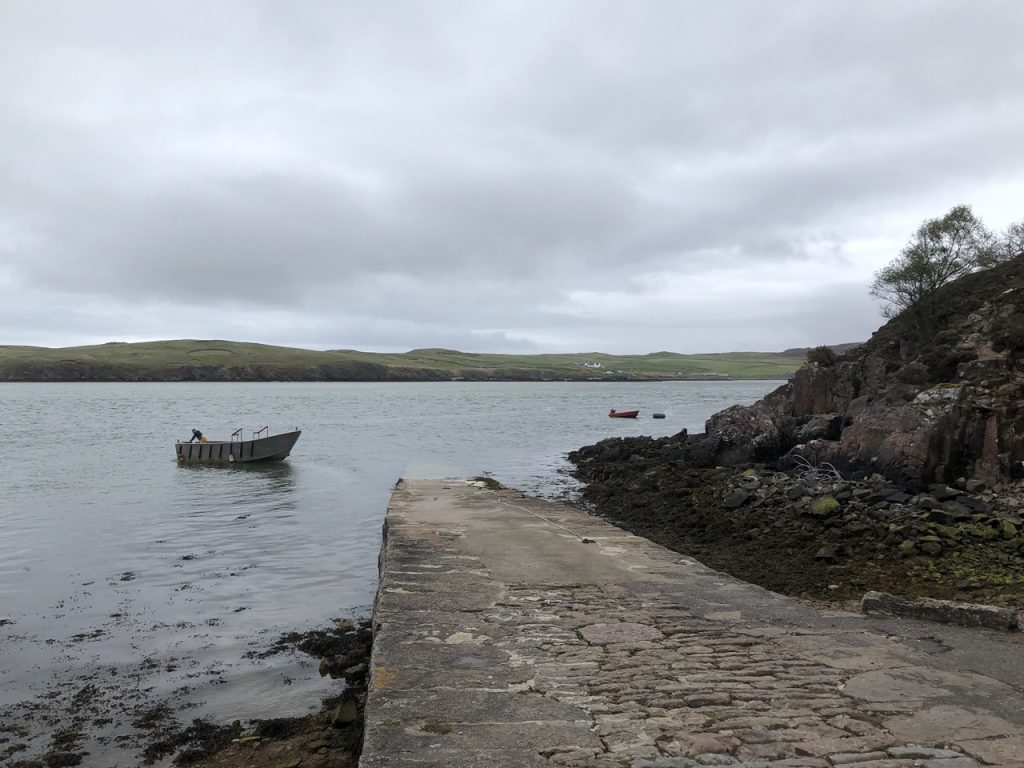
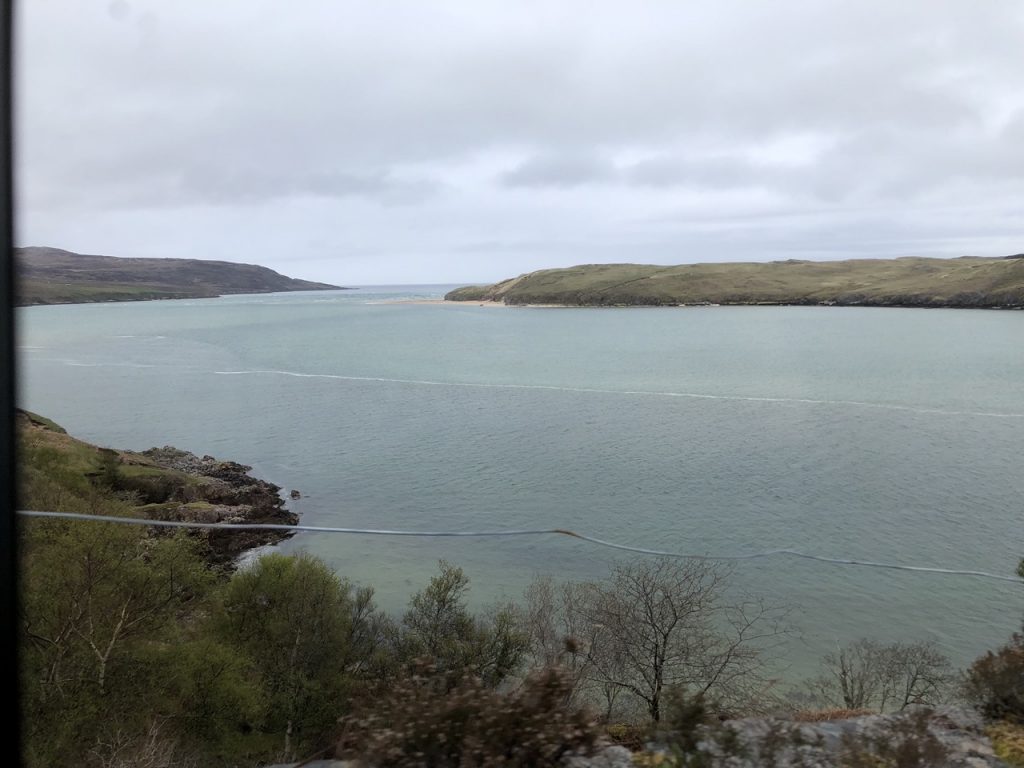
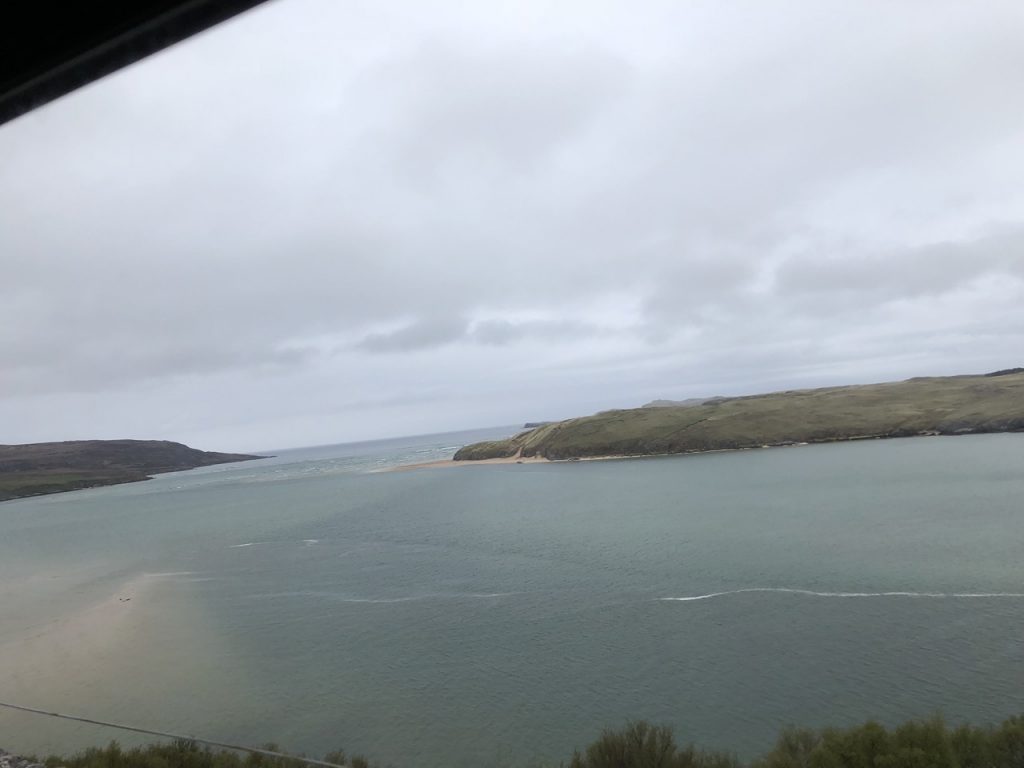
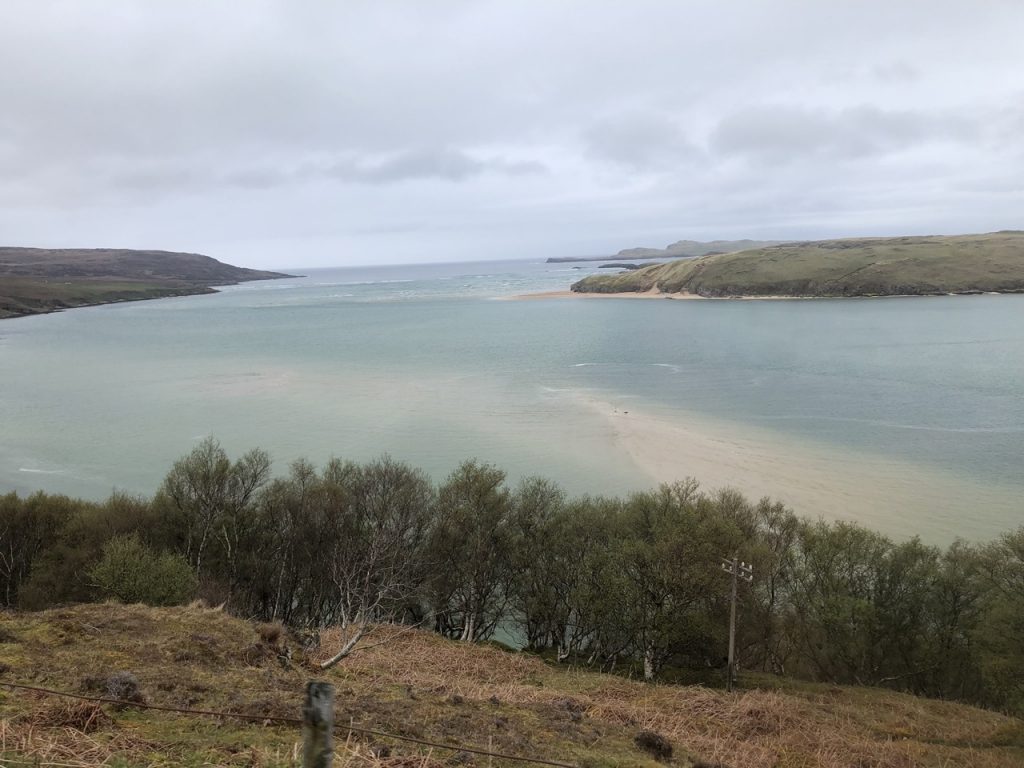
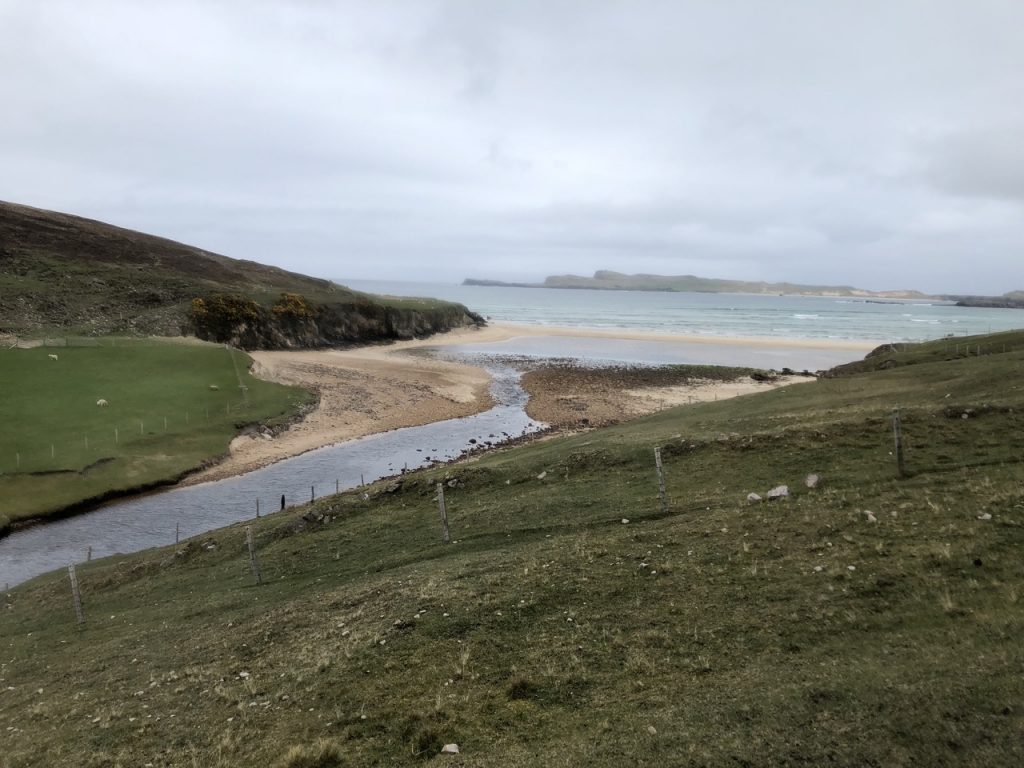
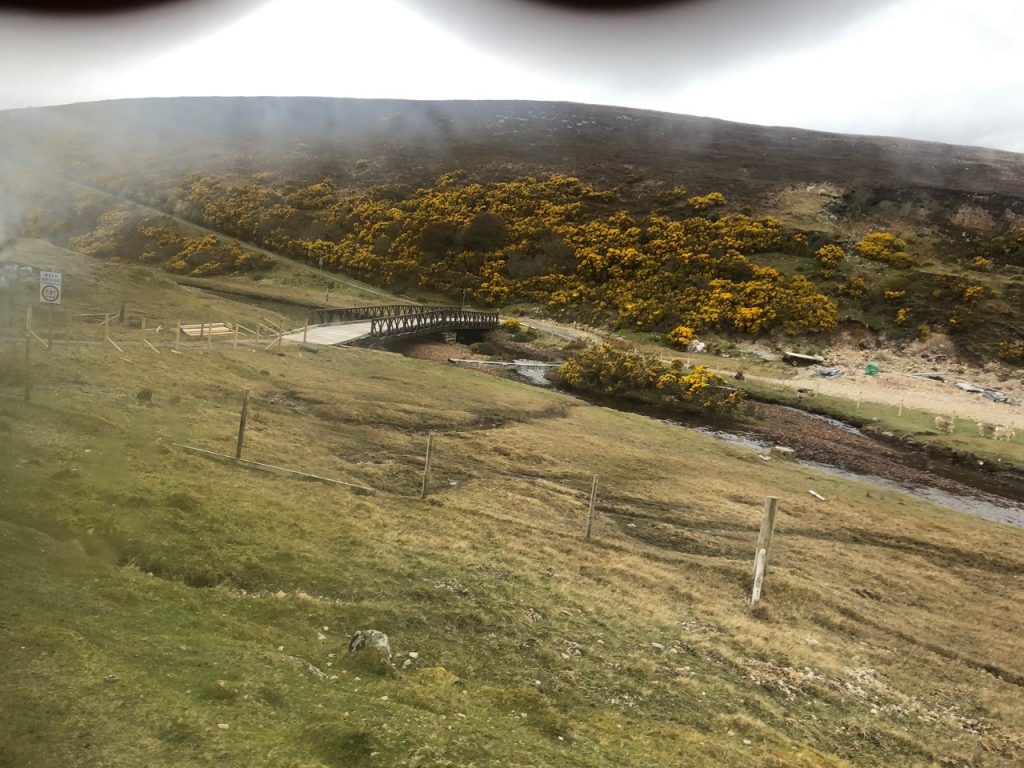
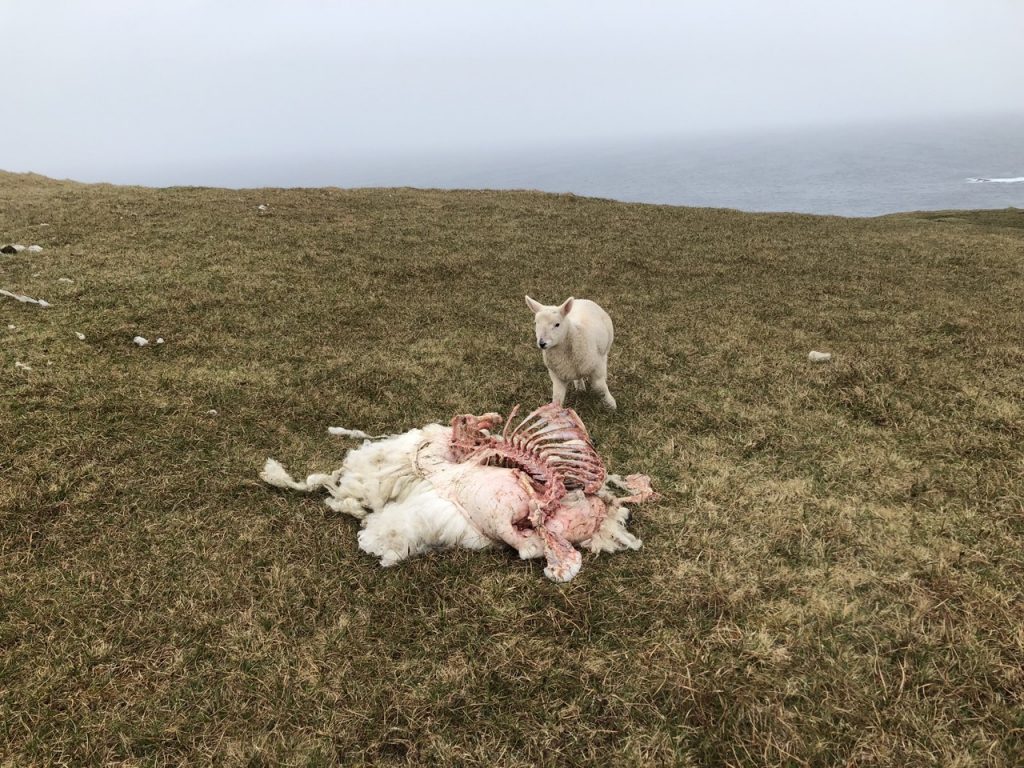
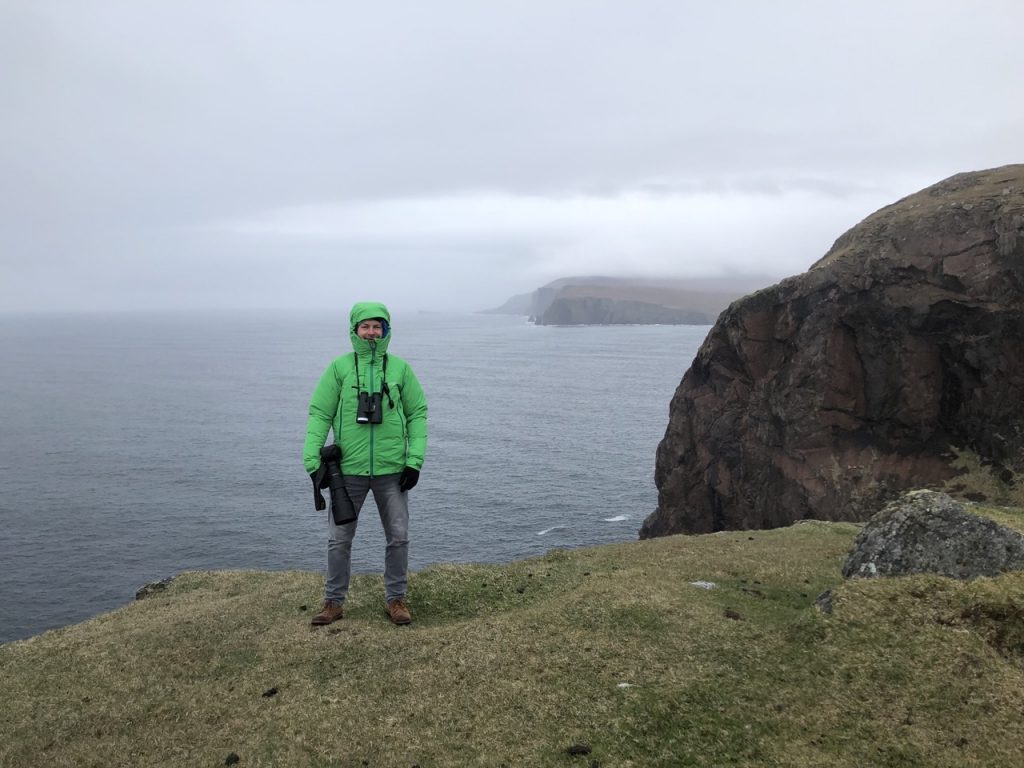
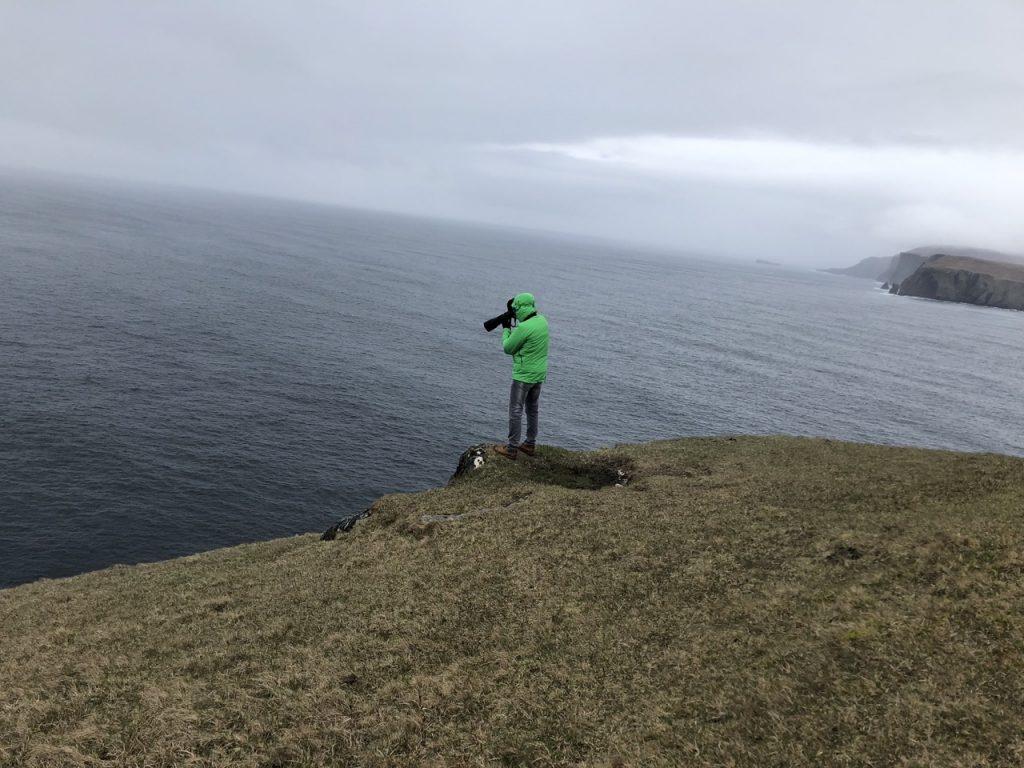
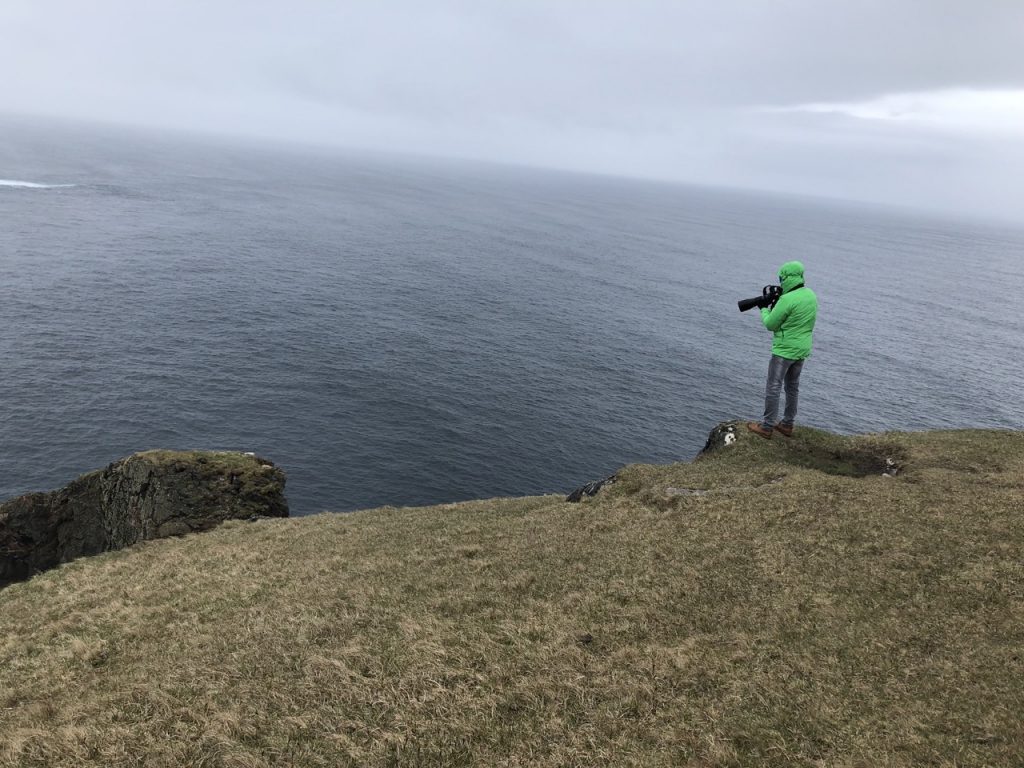
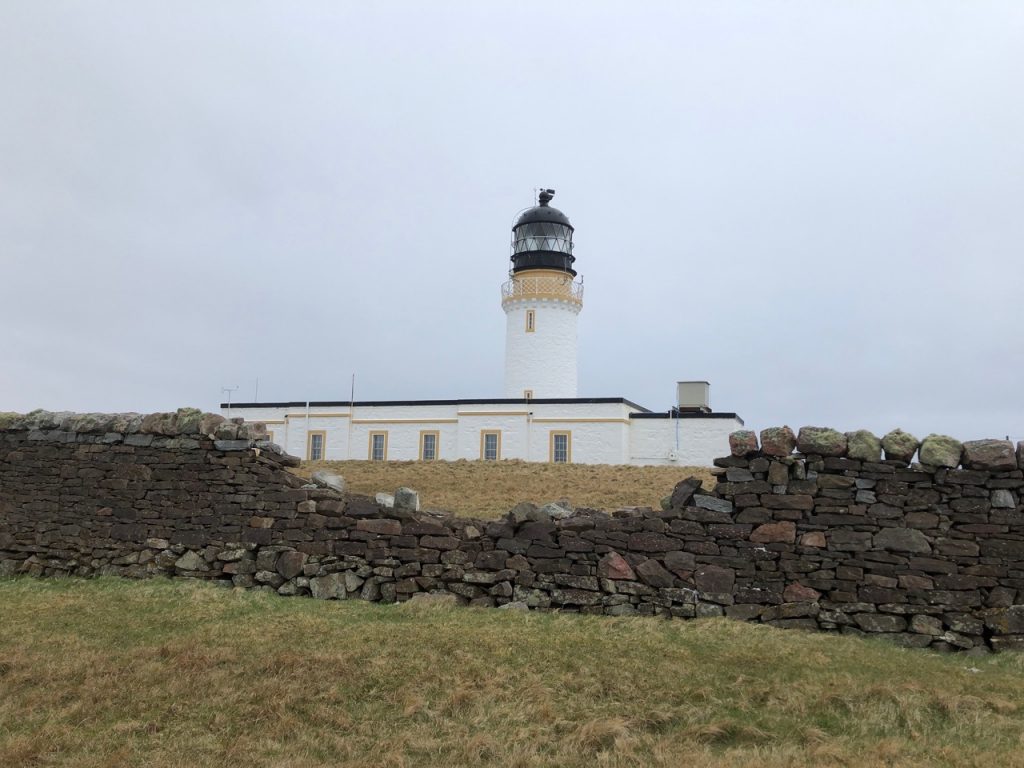
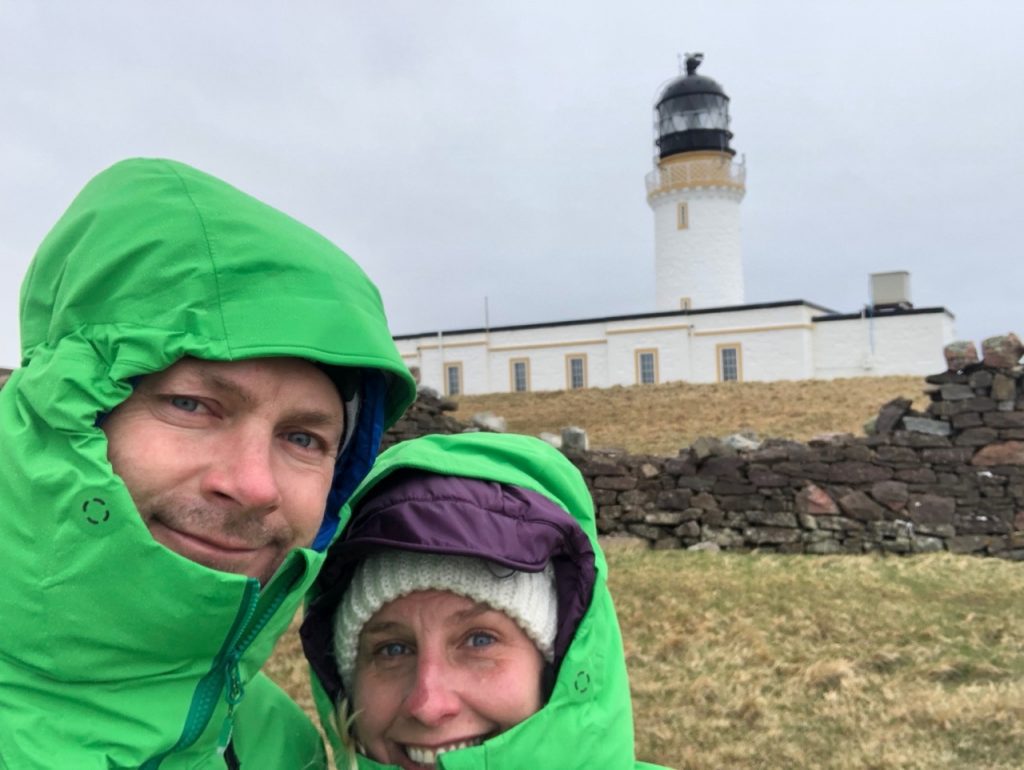
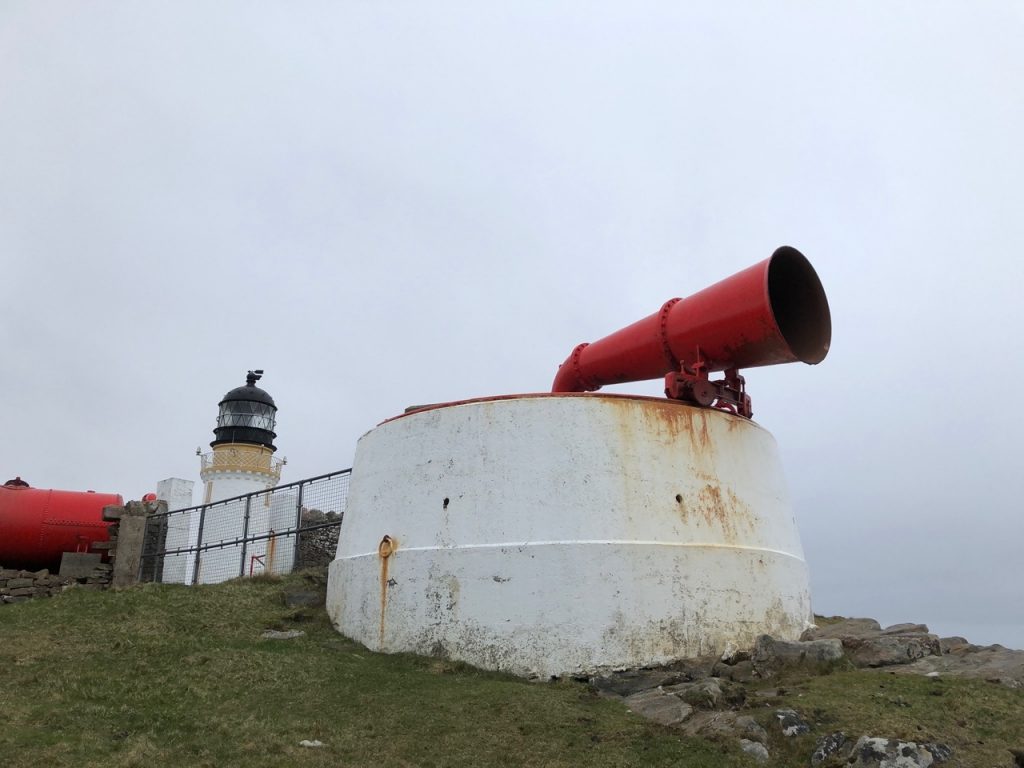
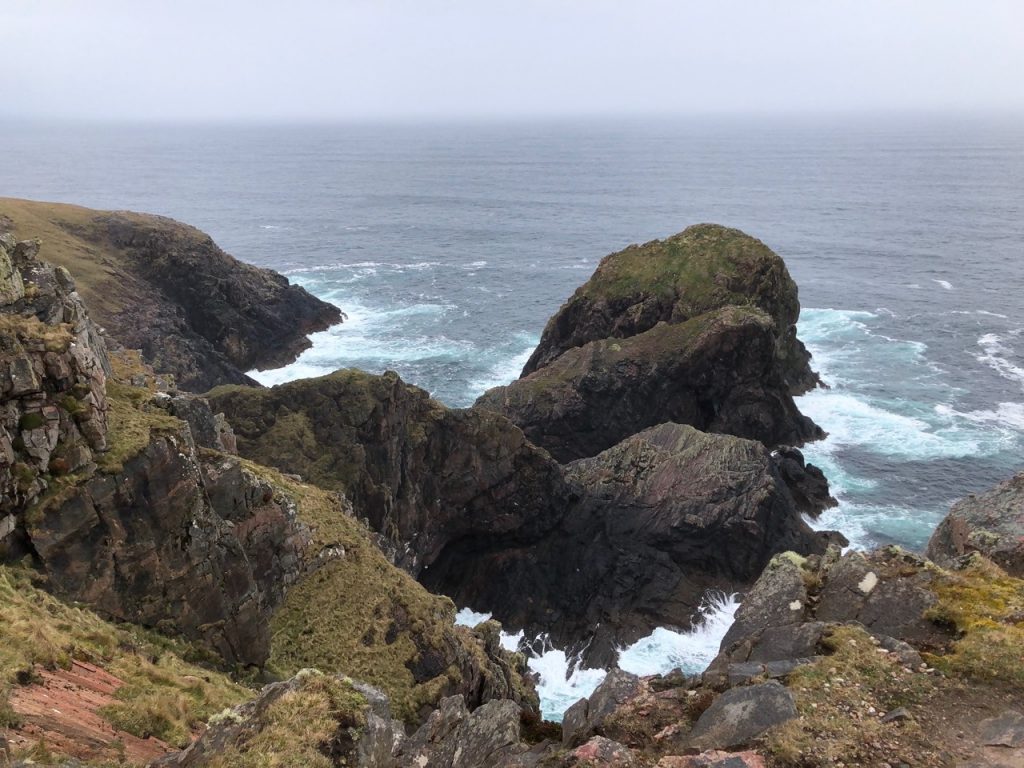
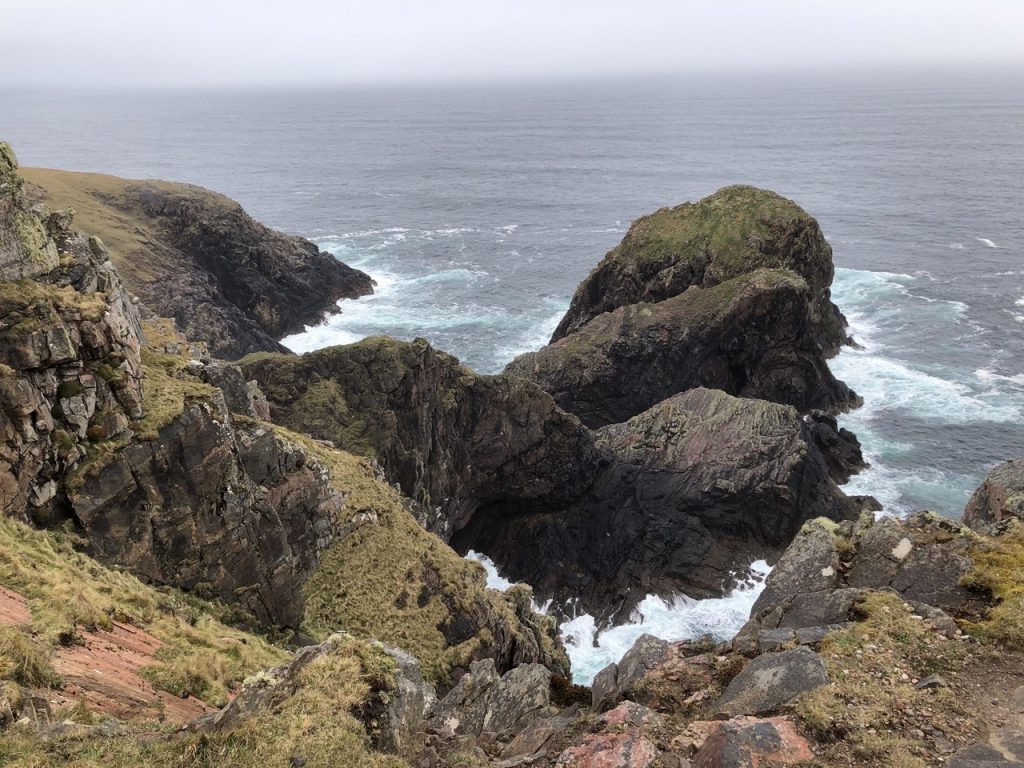
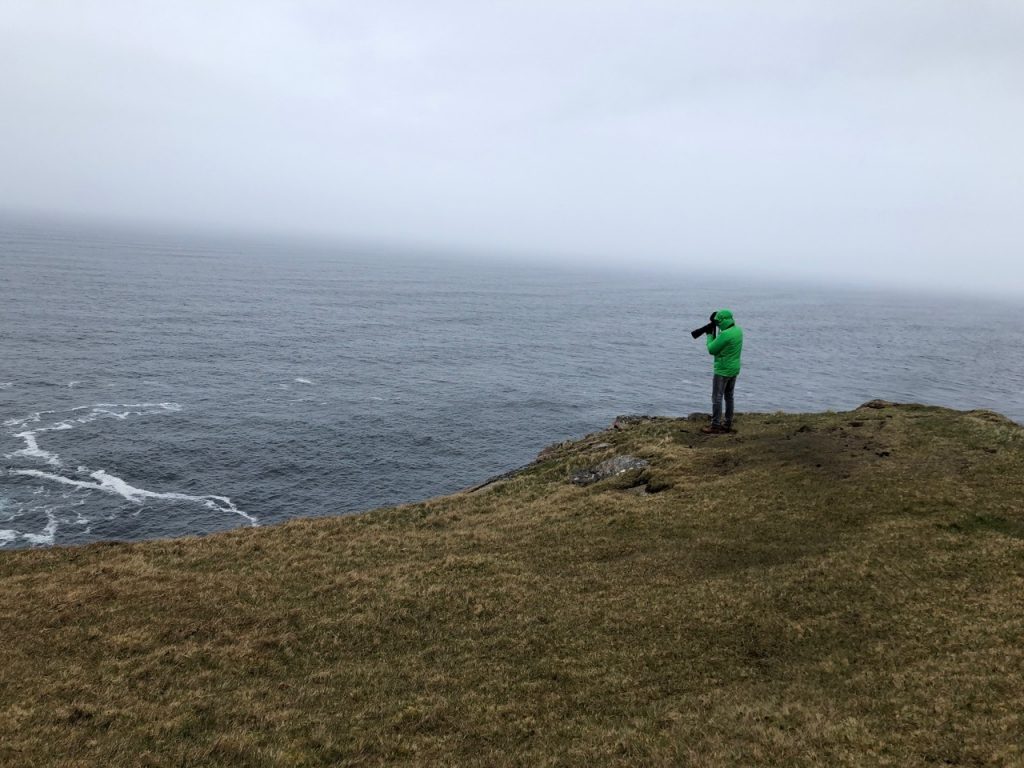
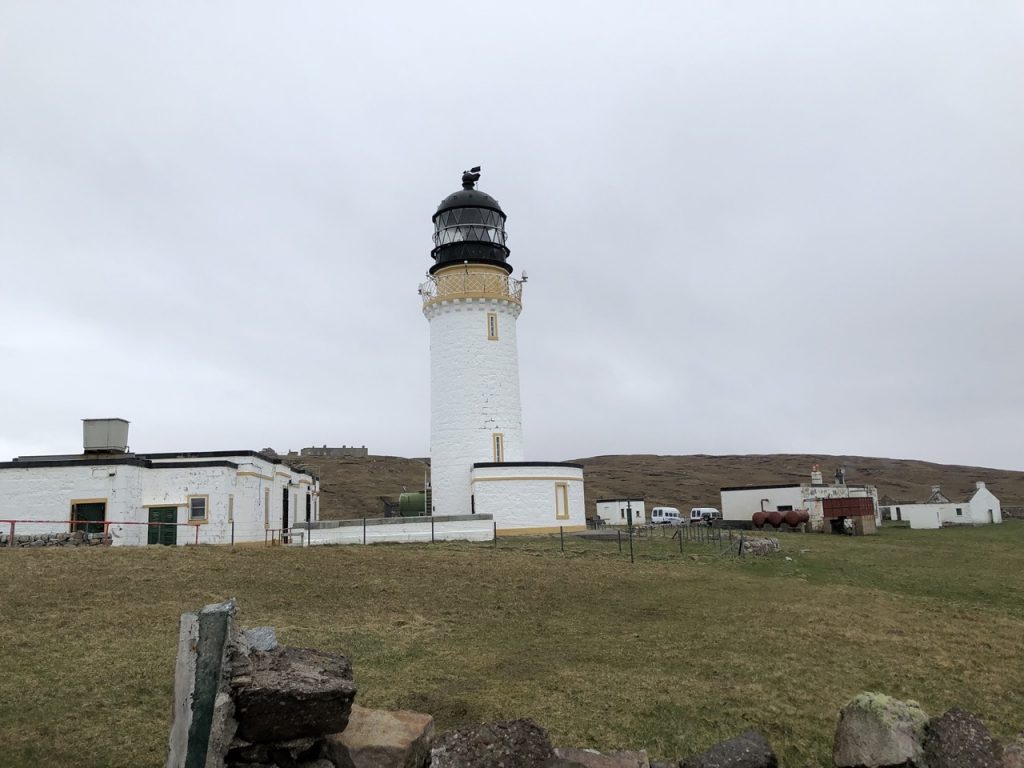
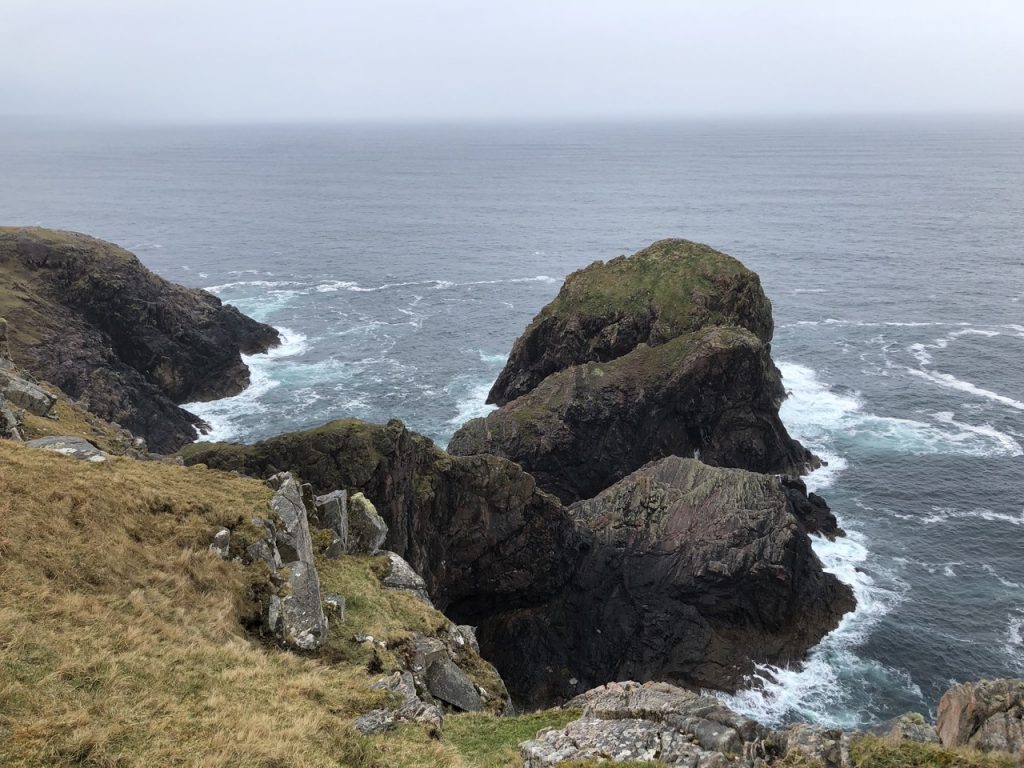
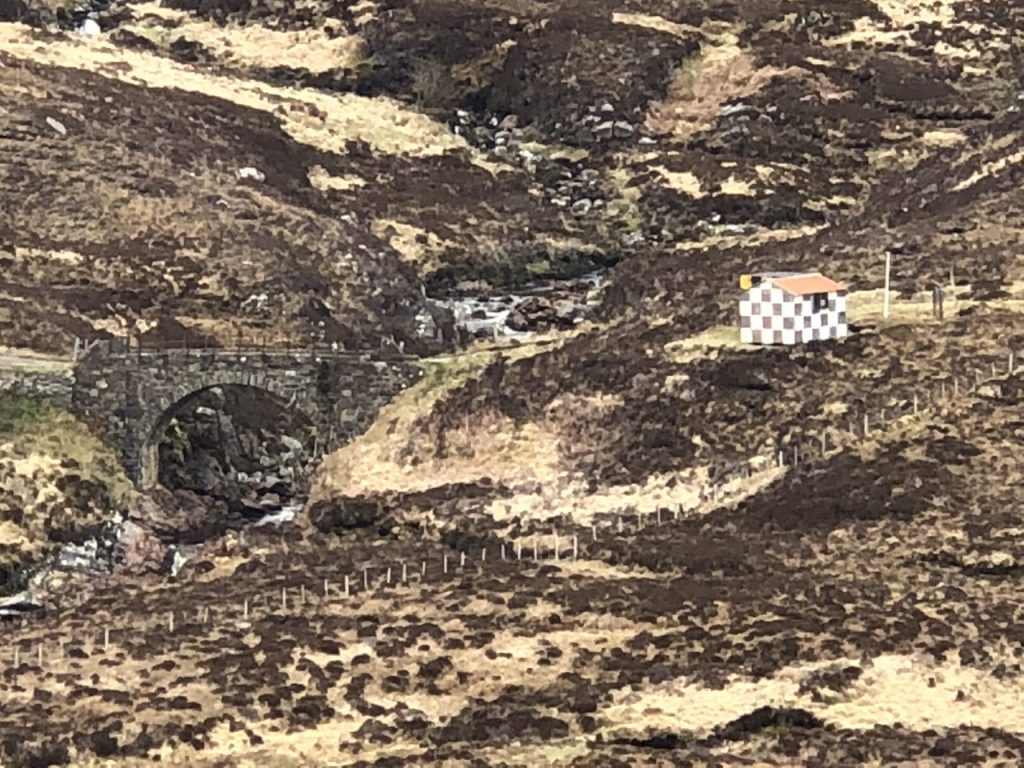
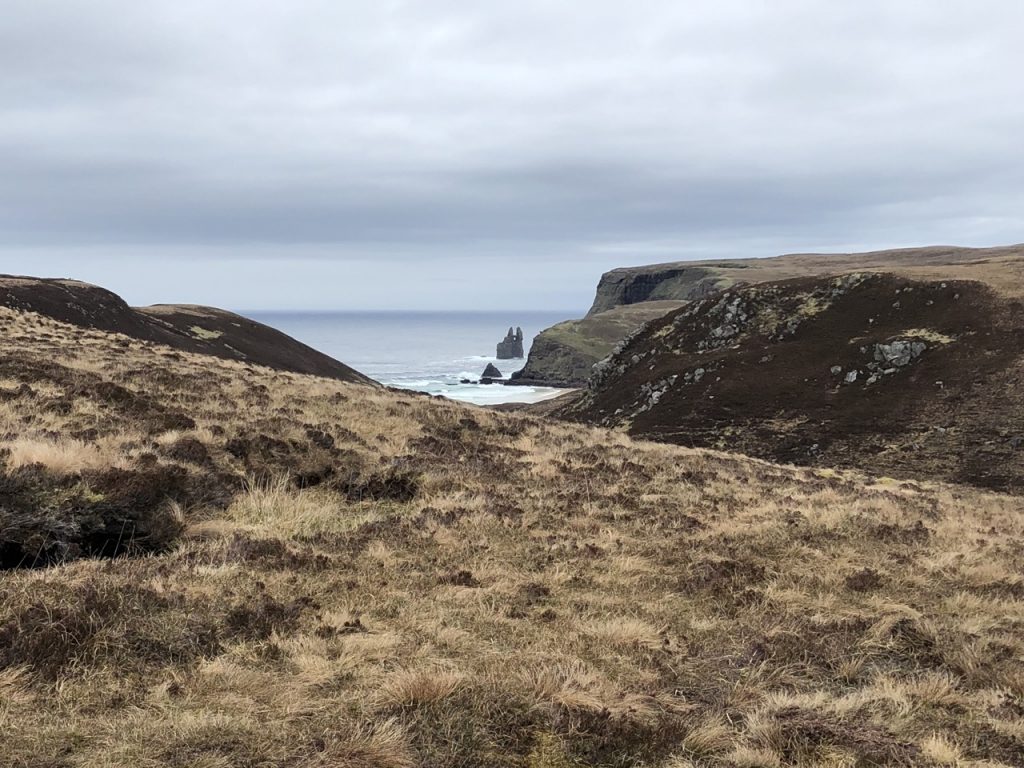
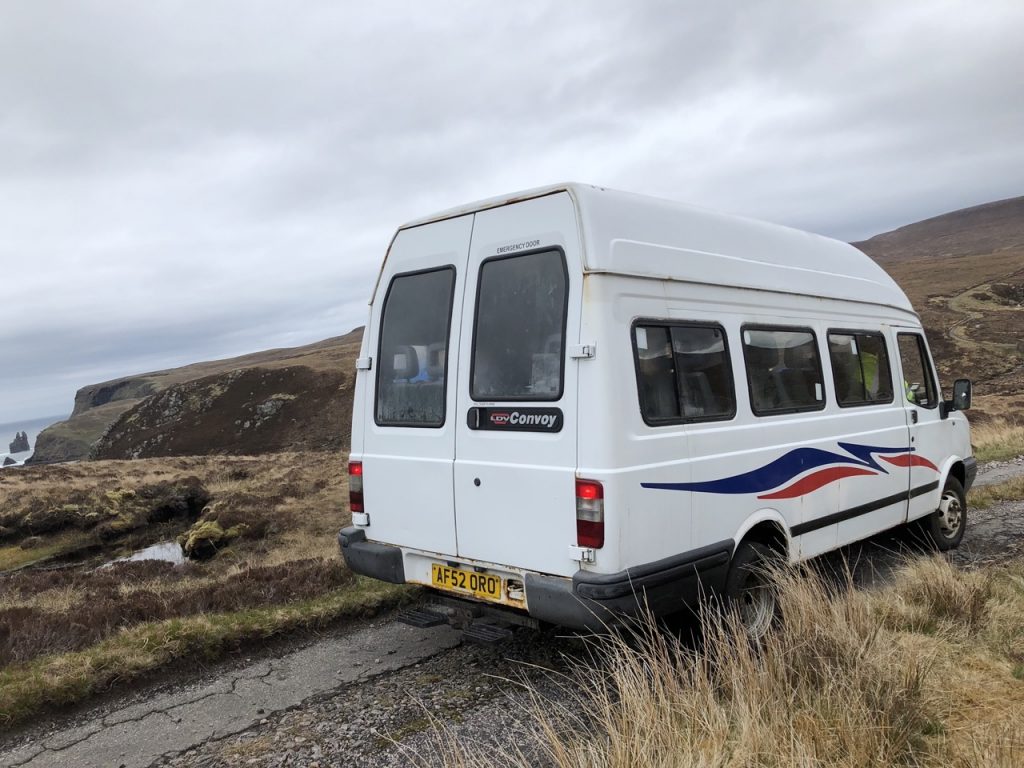
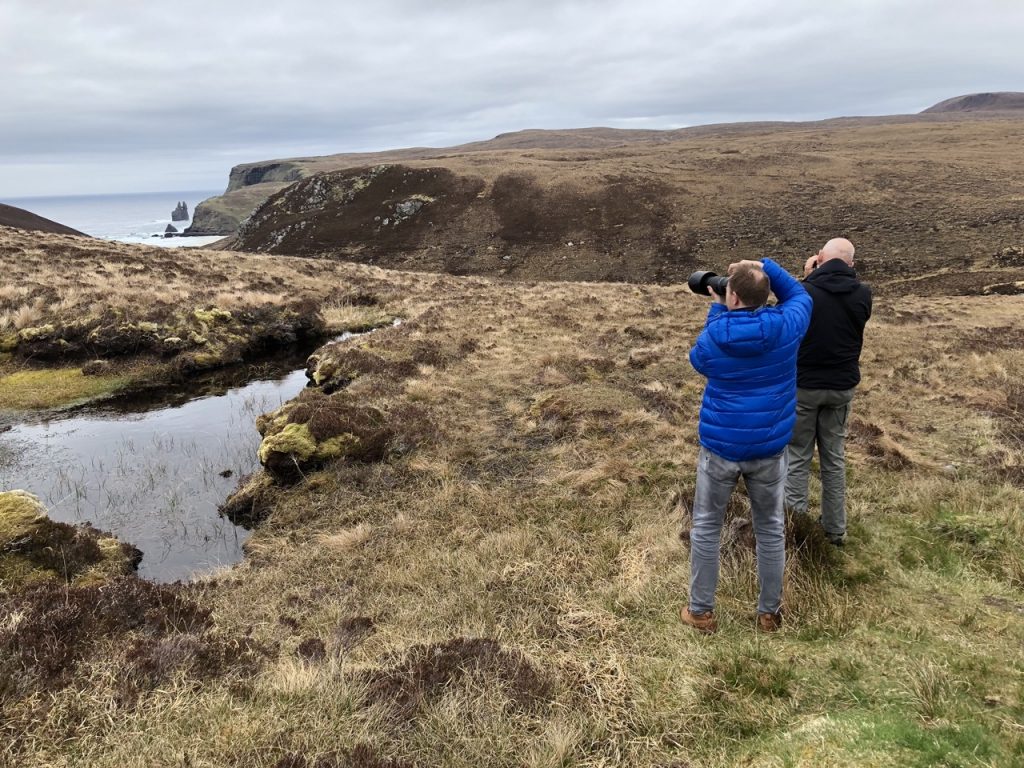
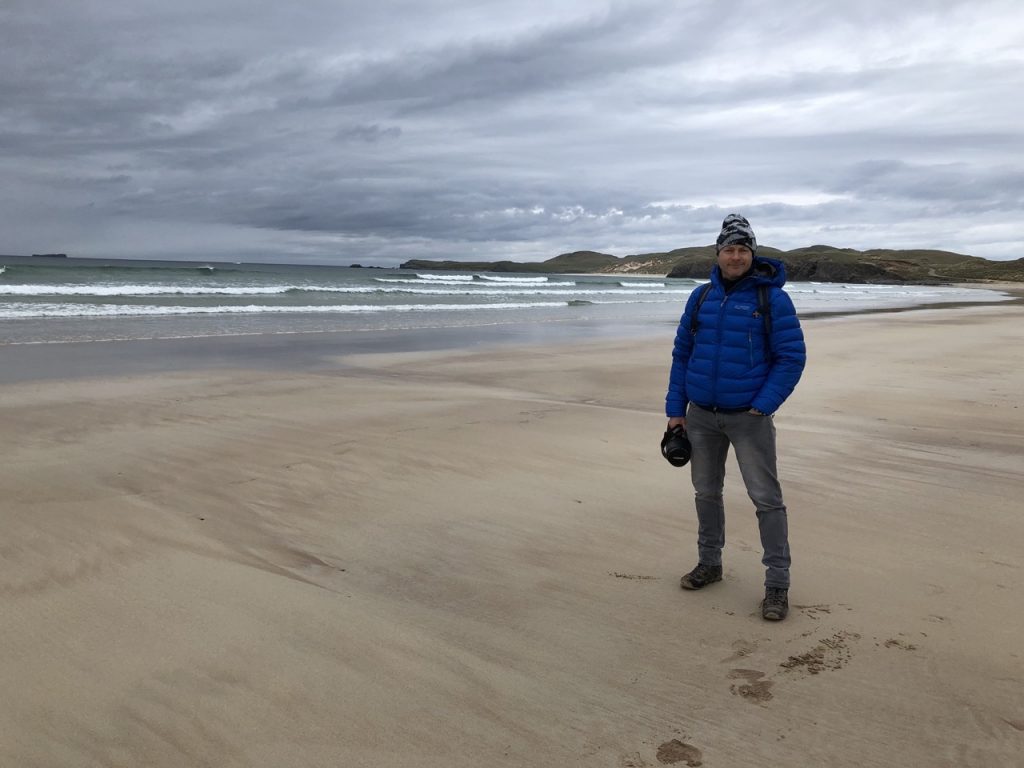
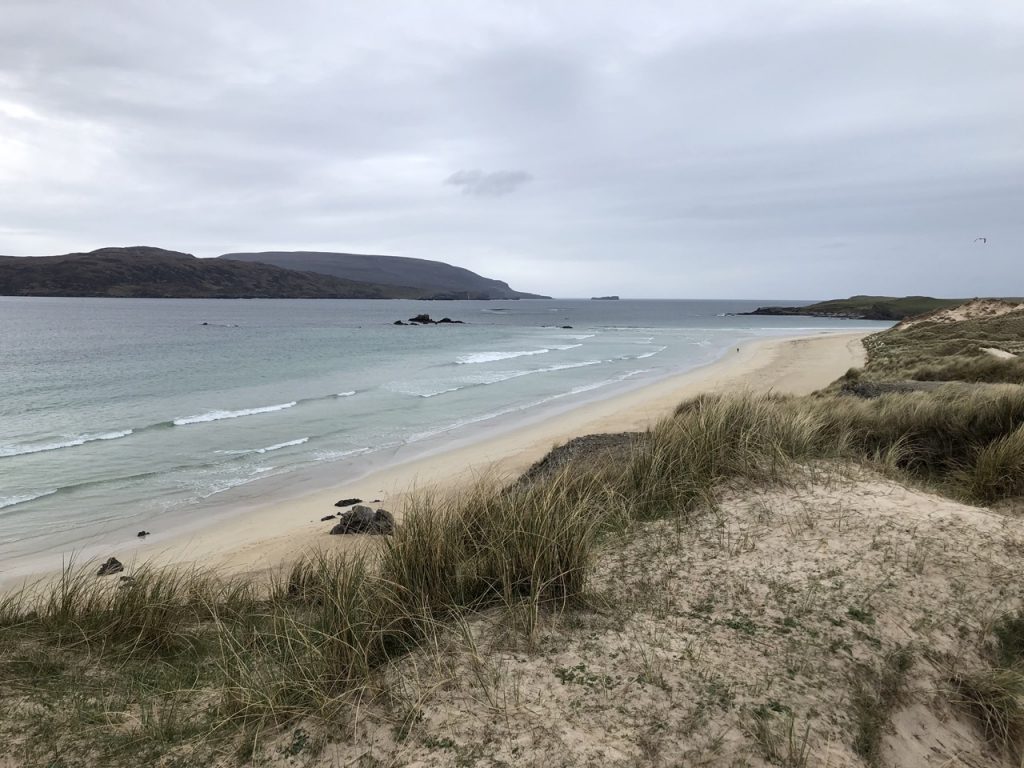
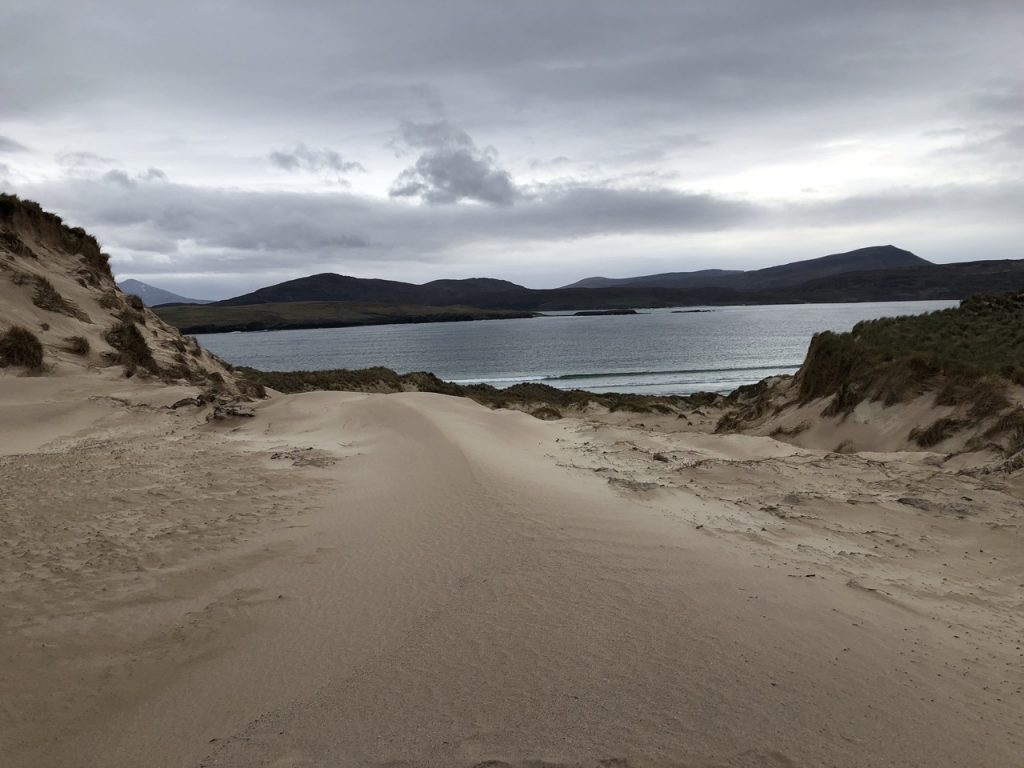
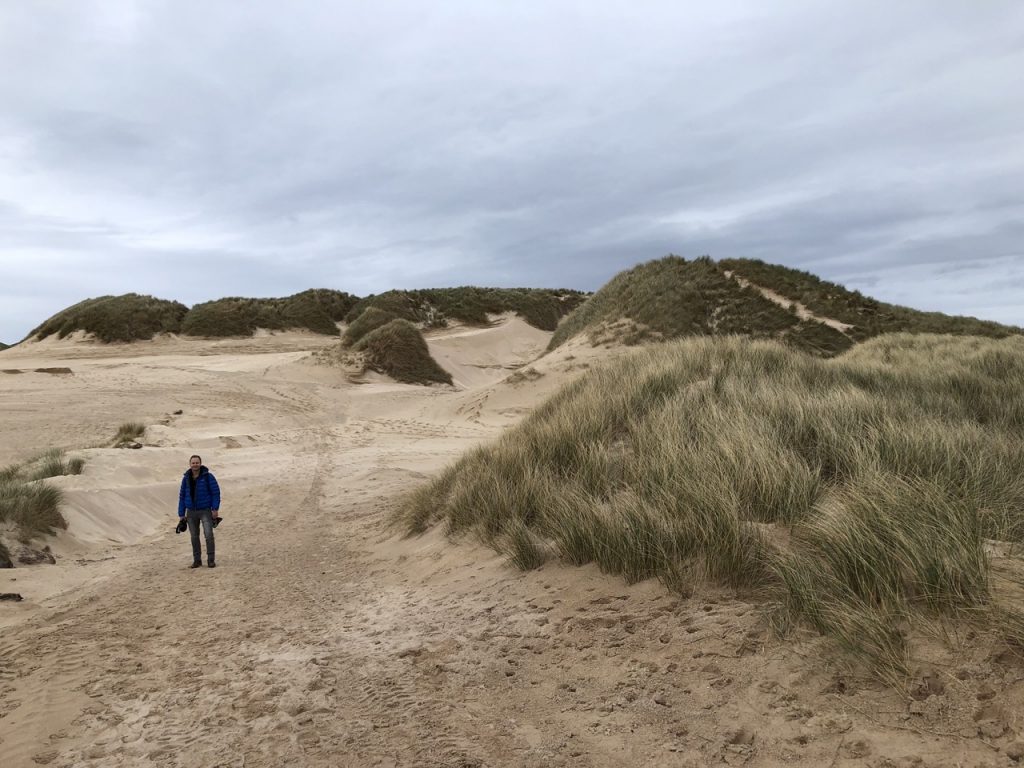
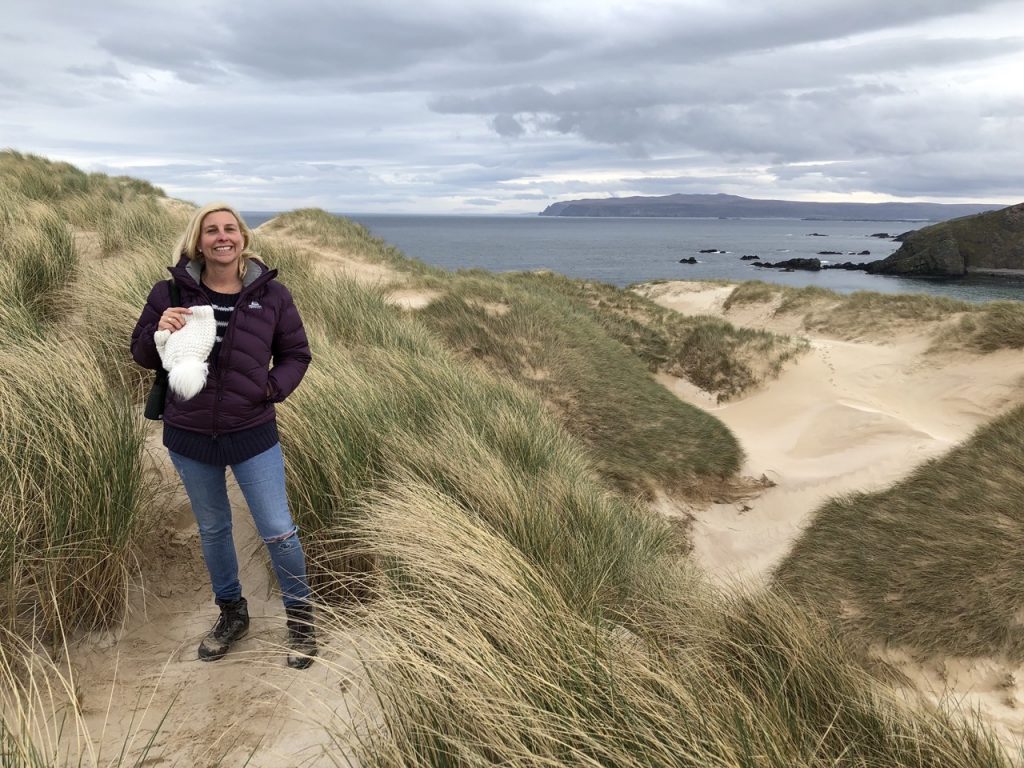
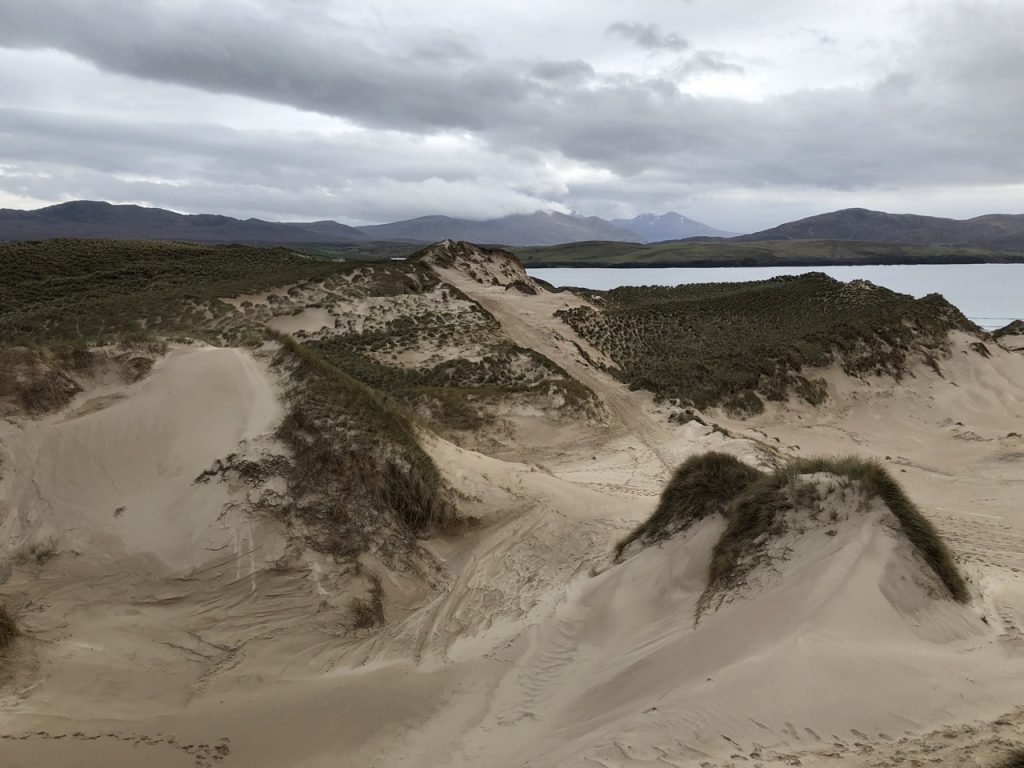
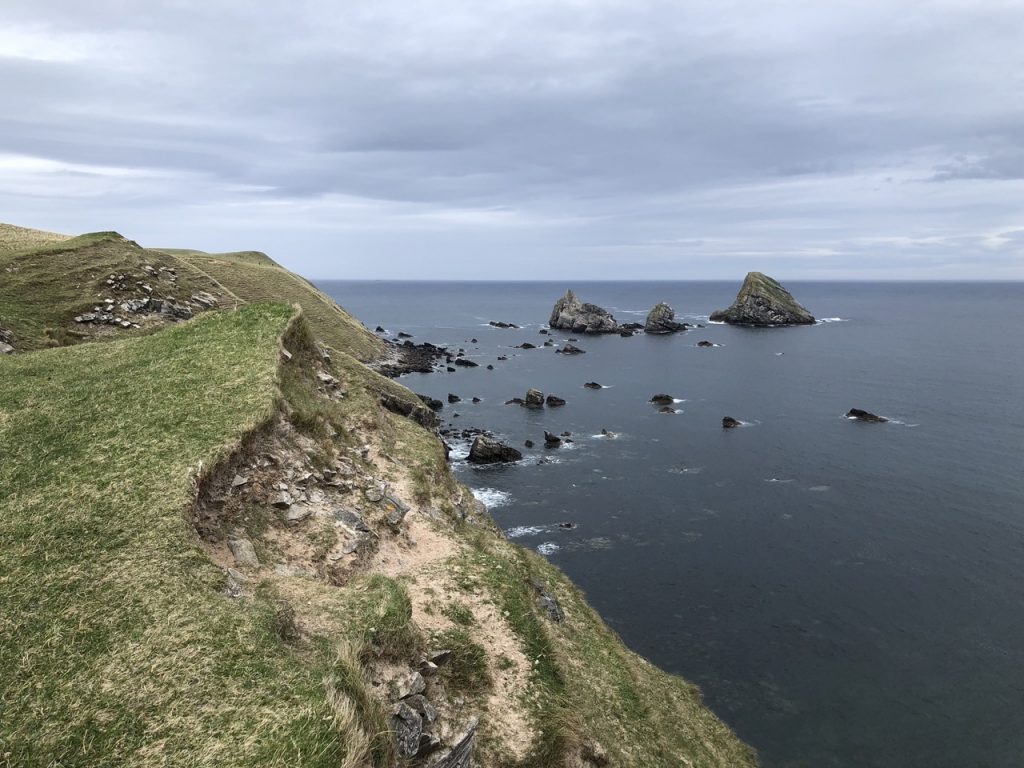
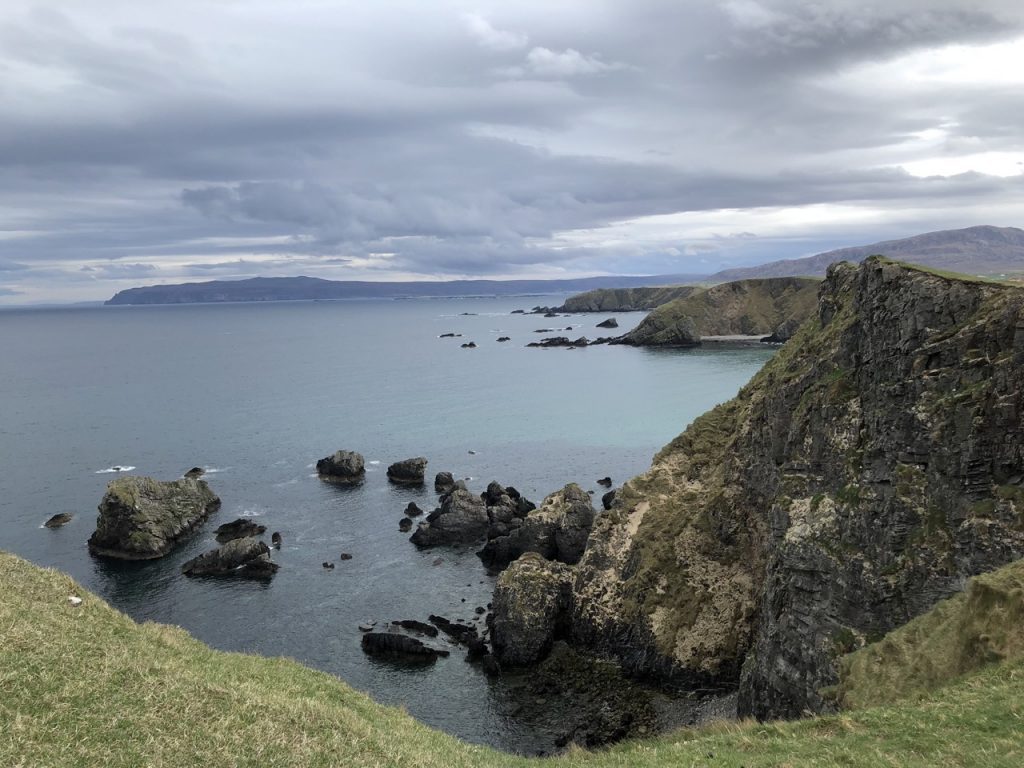
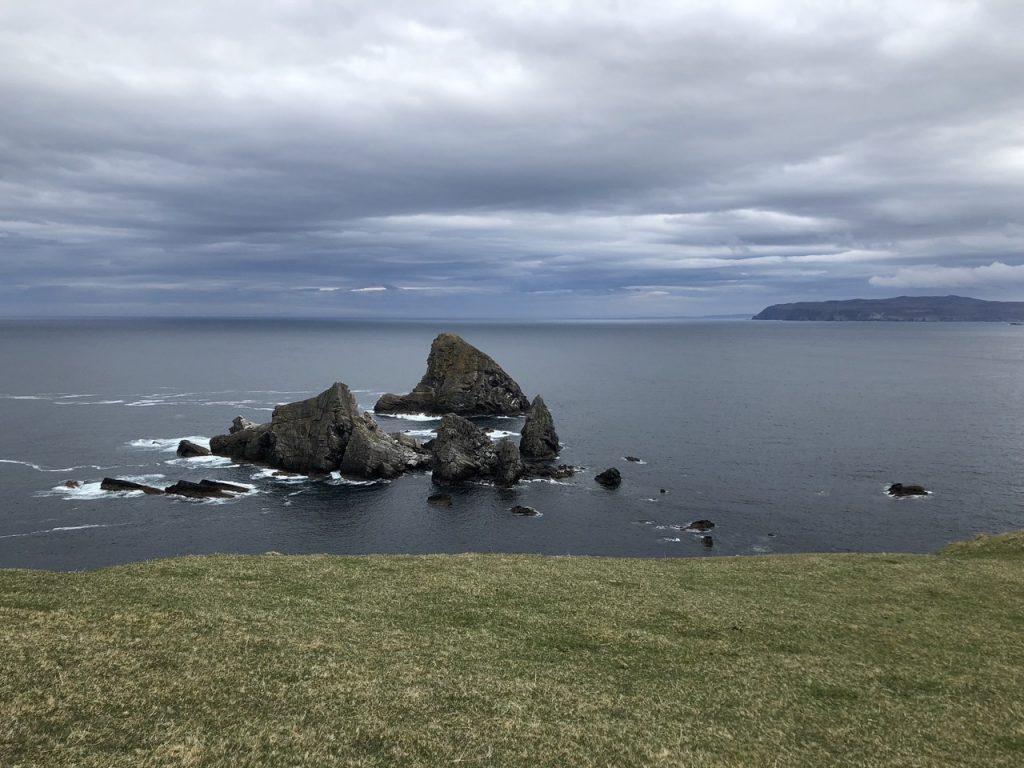
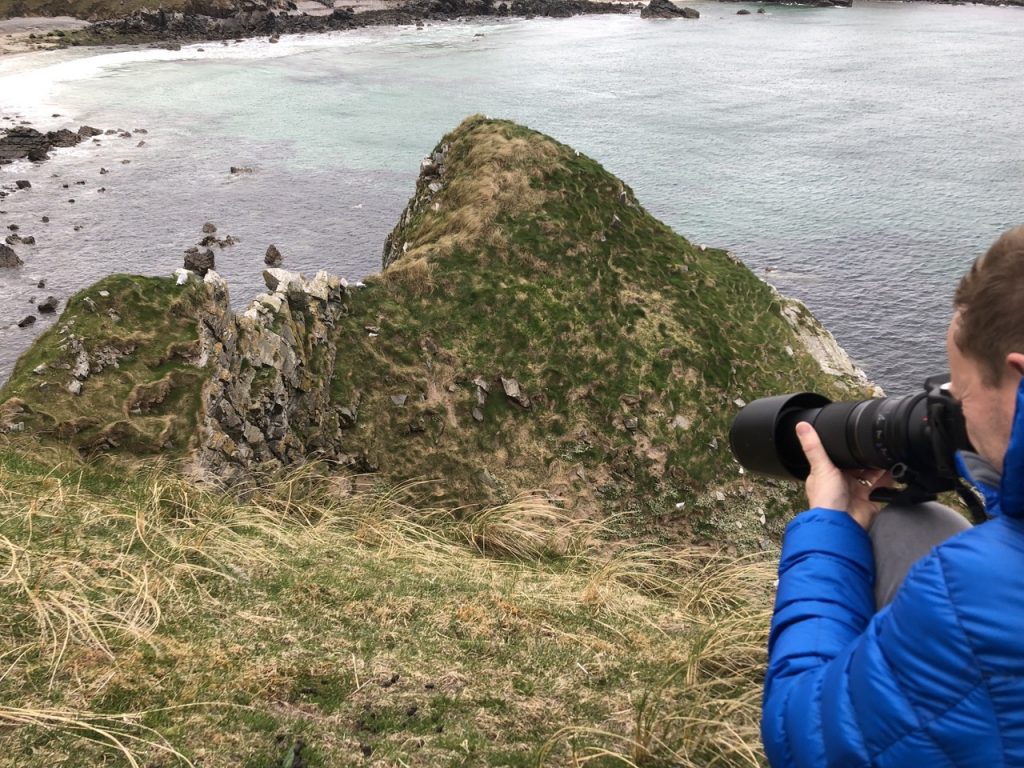
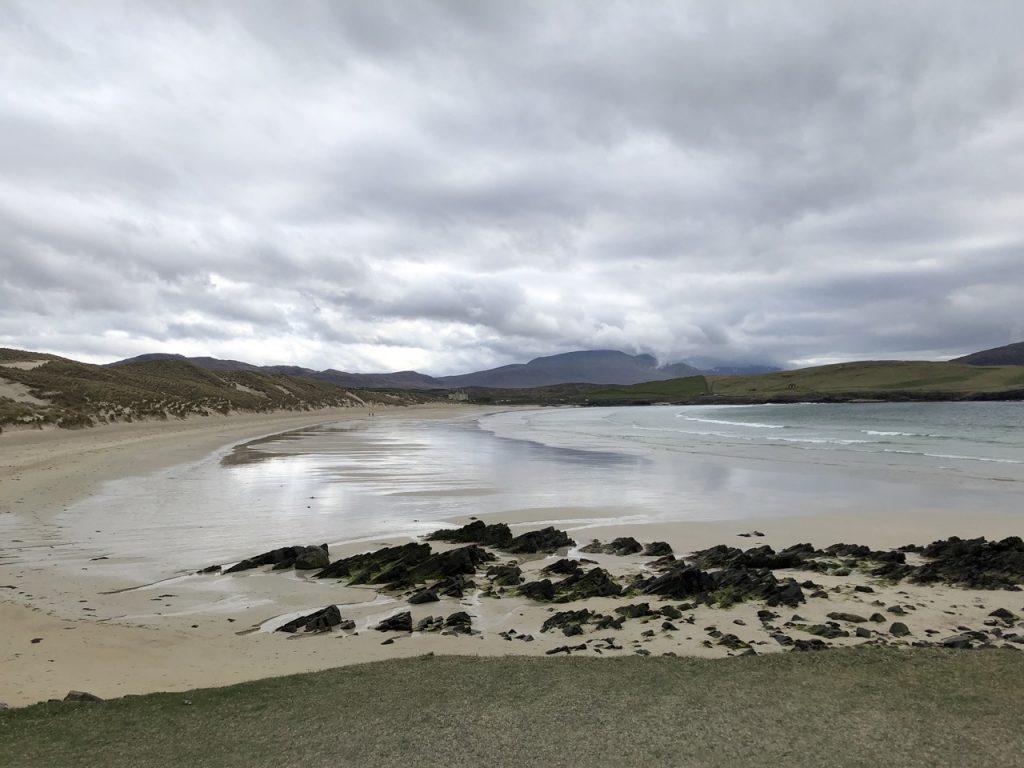
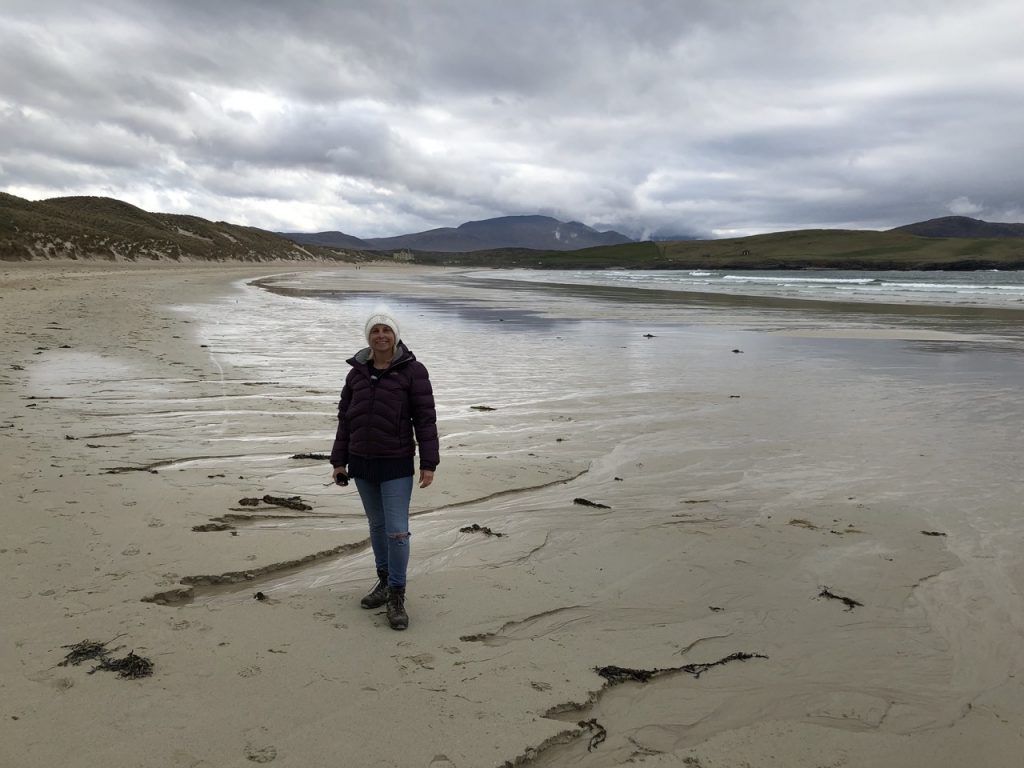
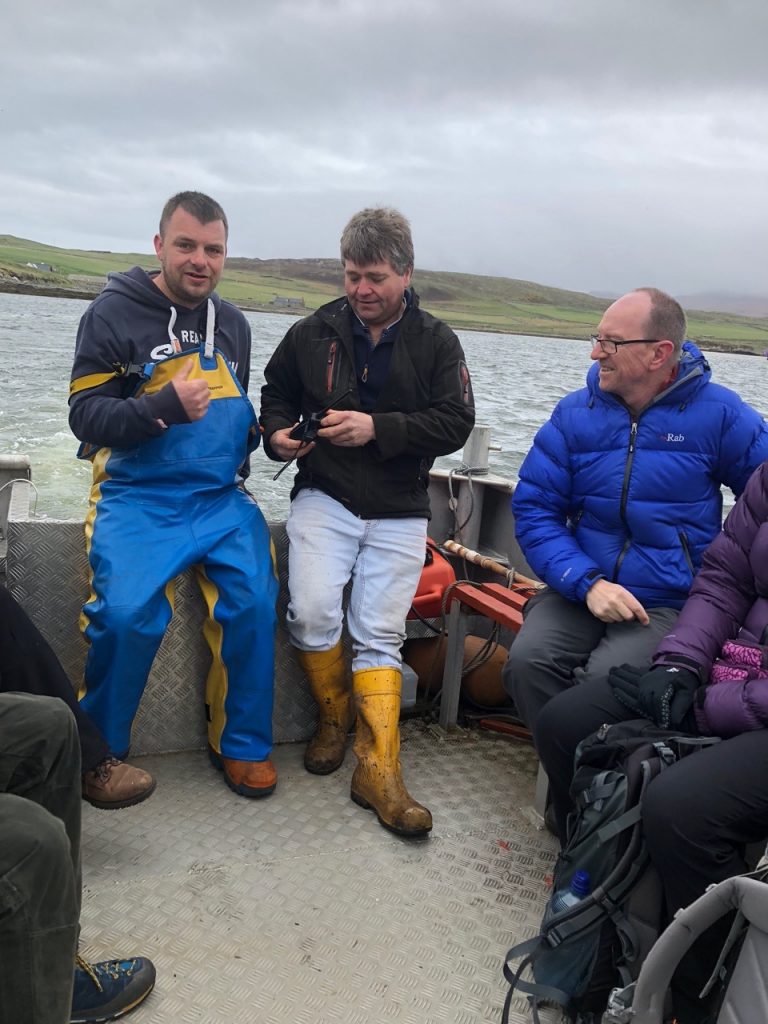
Bucket List tick – a great visit to such a remote part of the world. We drove on to our last stop at the Summer Isles Hotel. What a find… tucked away in the vast, natural and ruggedly beautiful landscape …just divine.
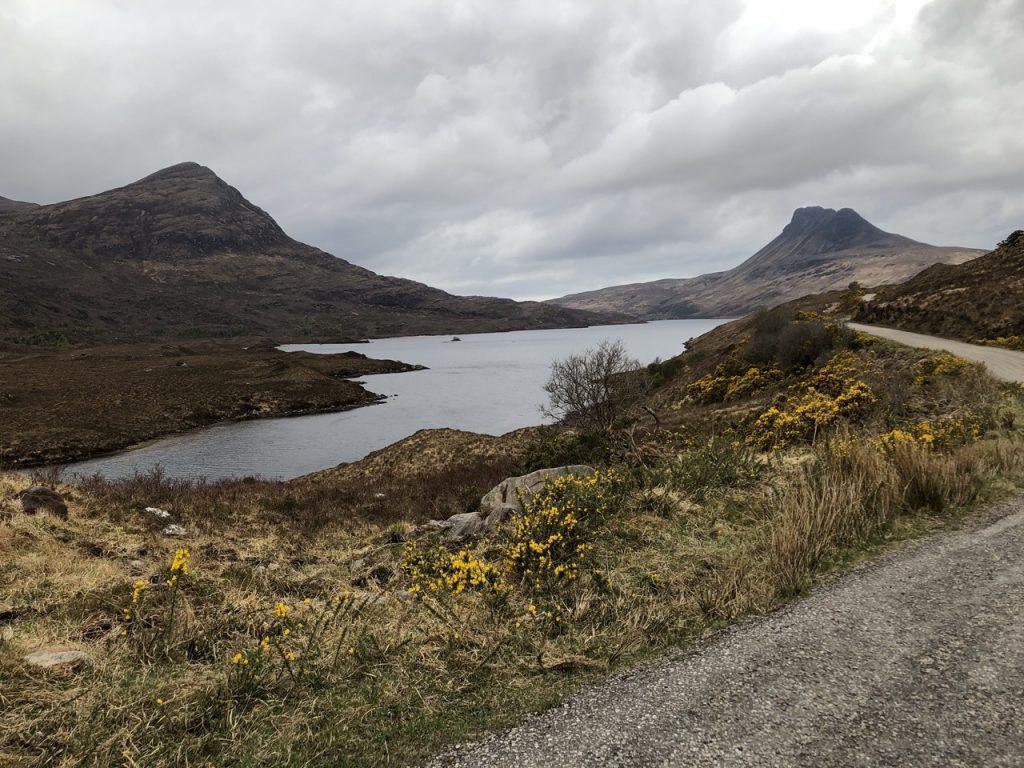
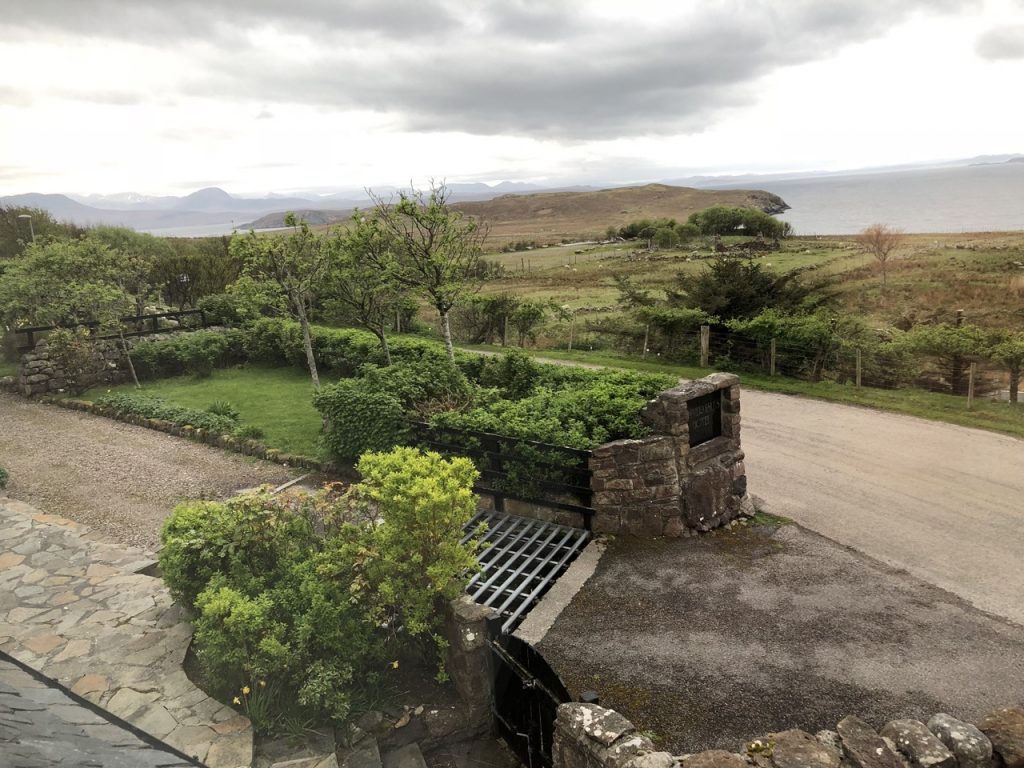
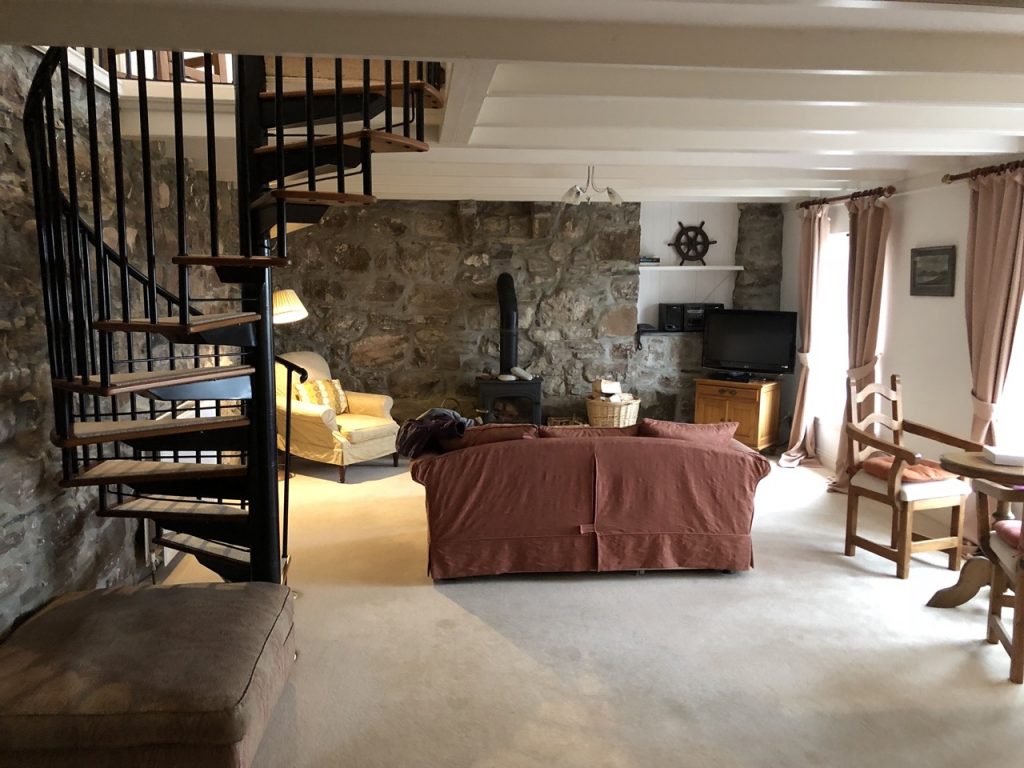
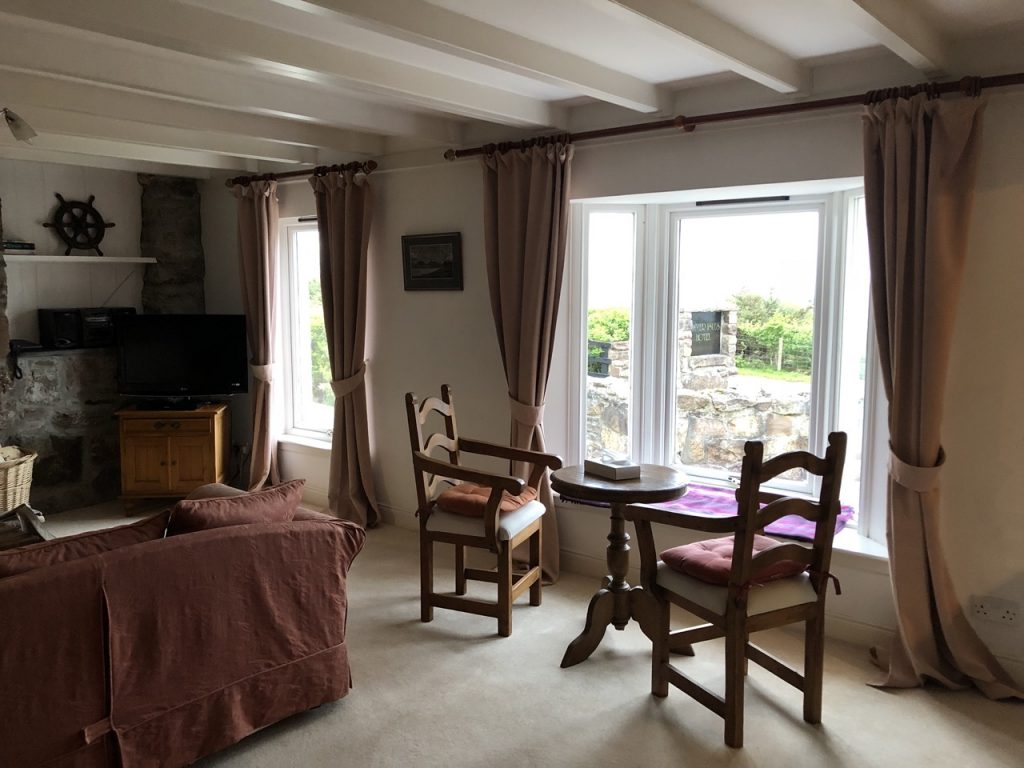
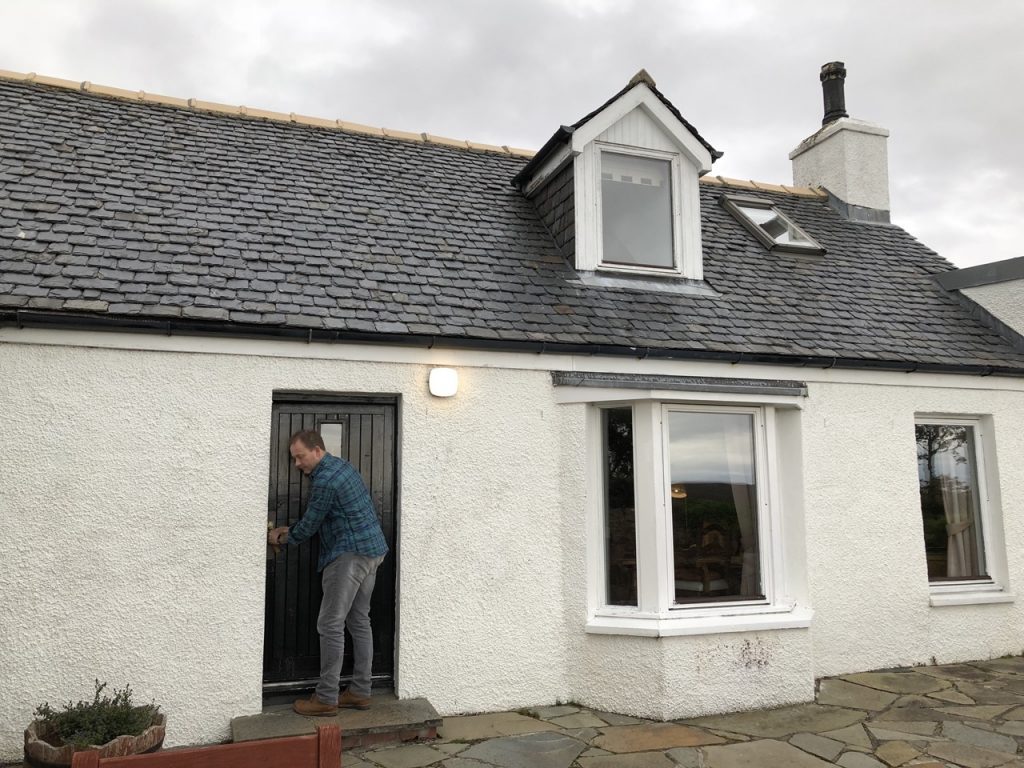
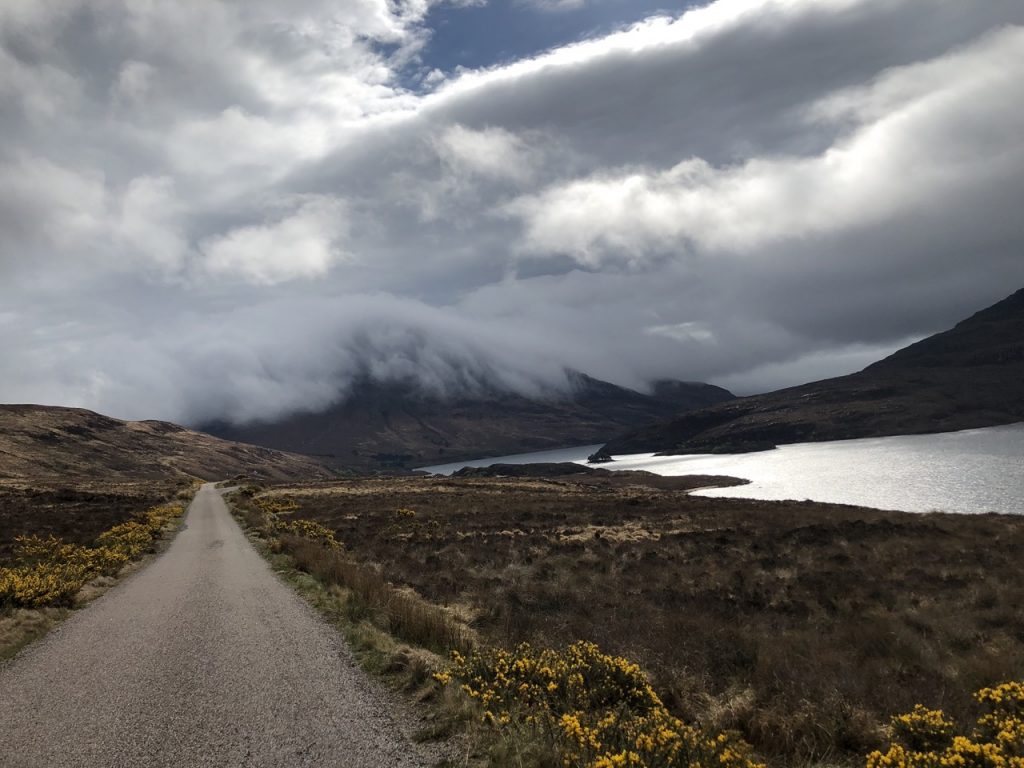
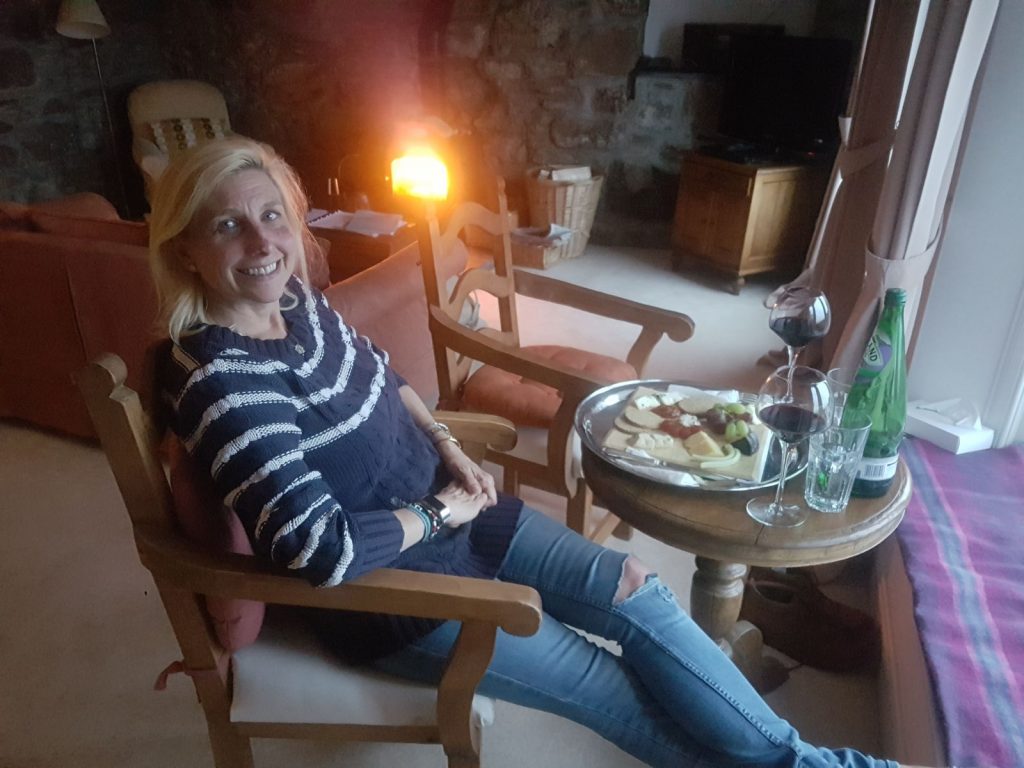
Our last lunch was overlooking a loch – quite lovely.
